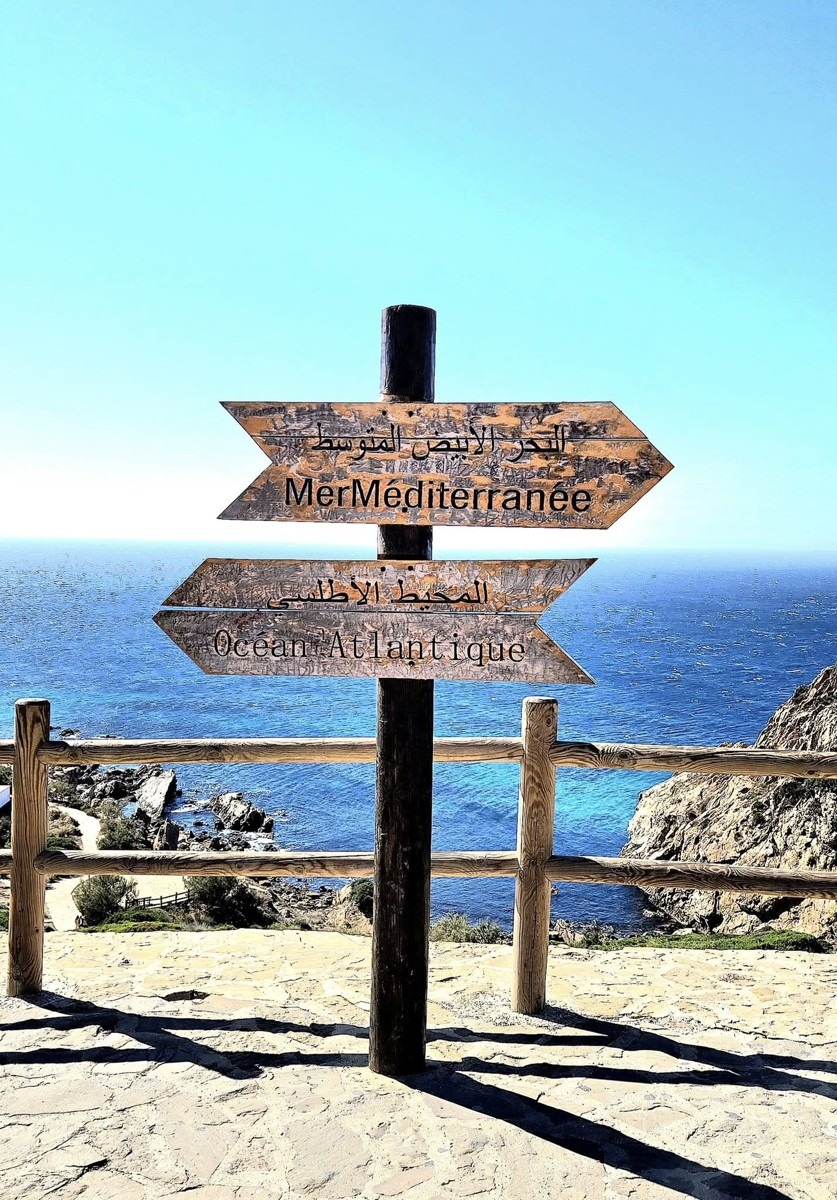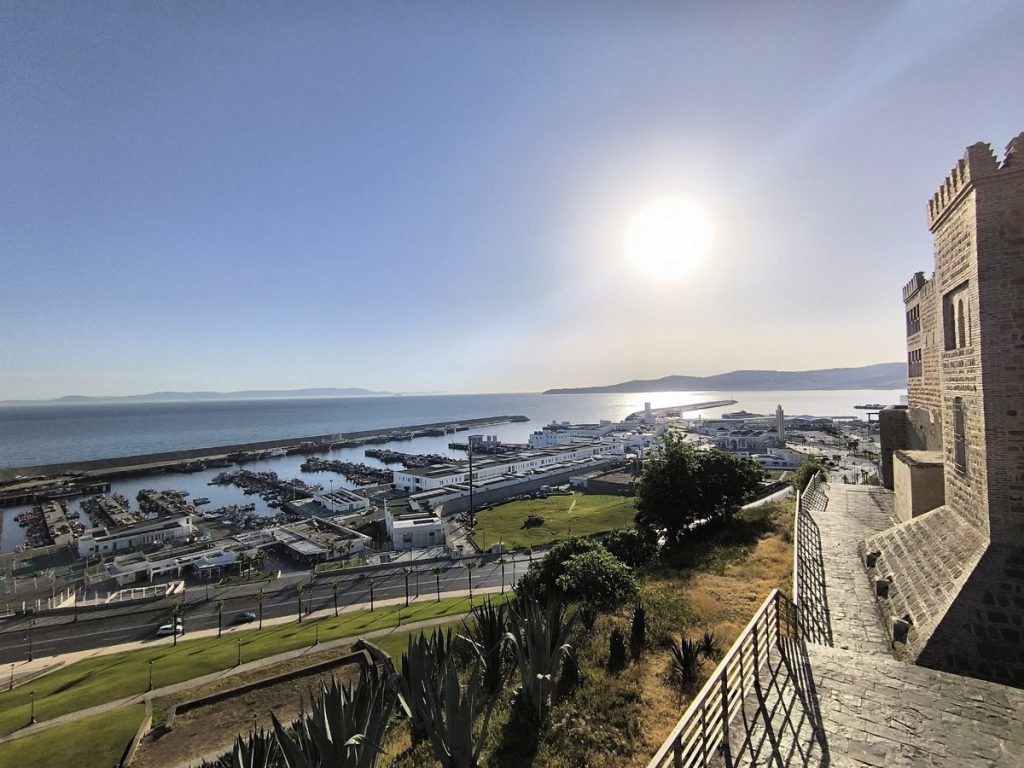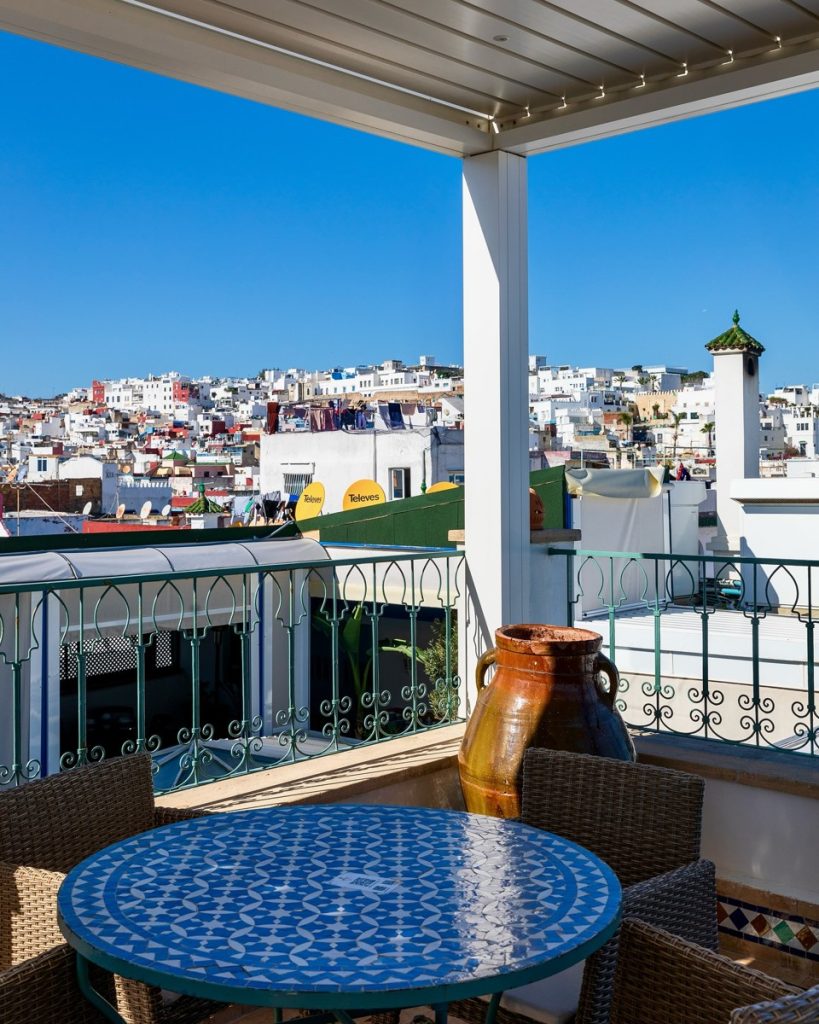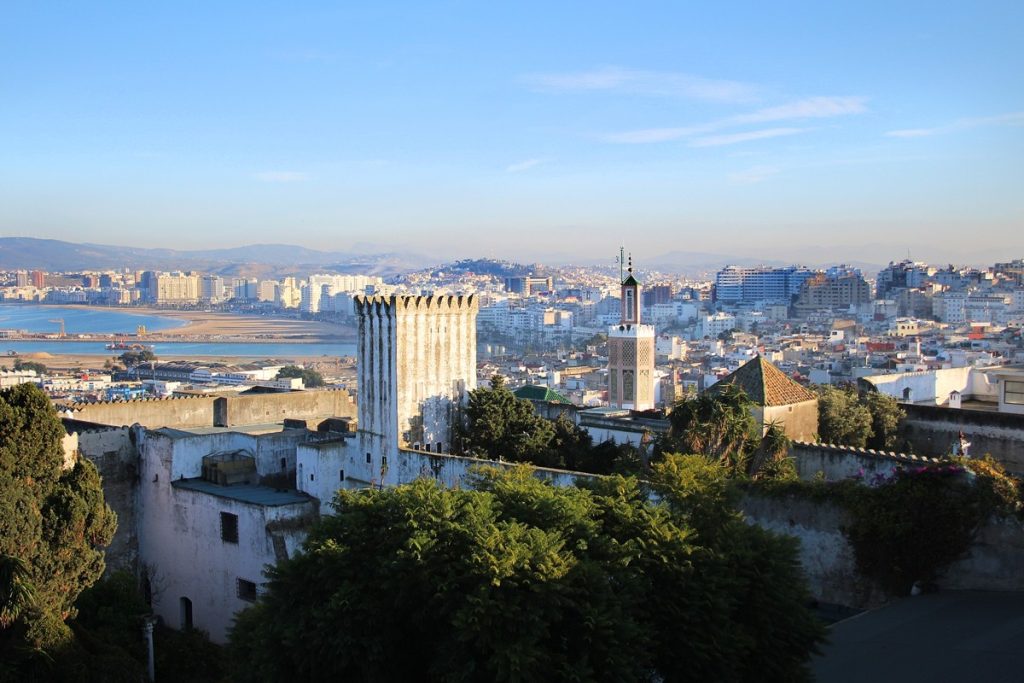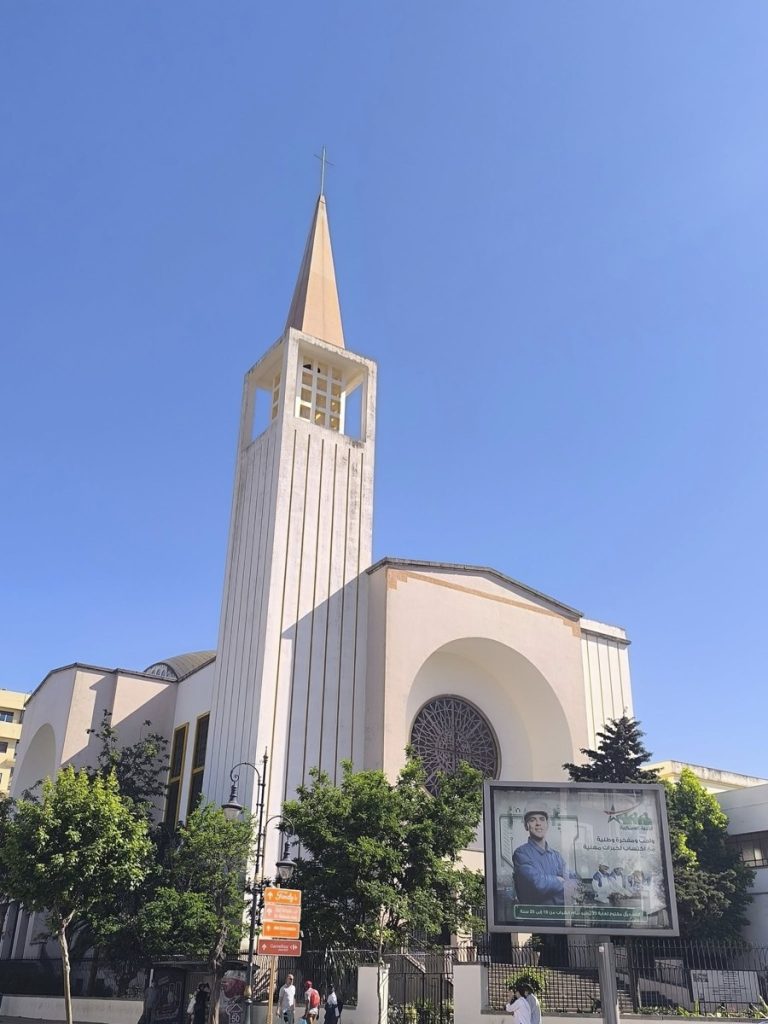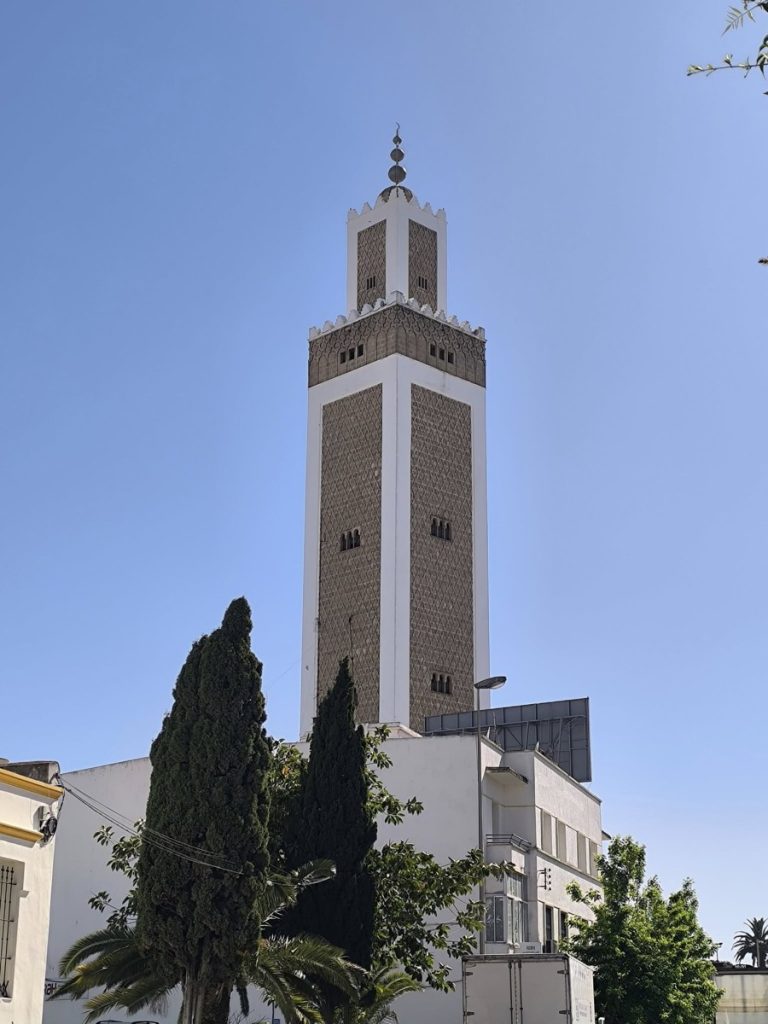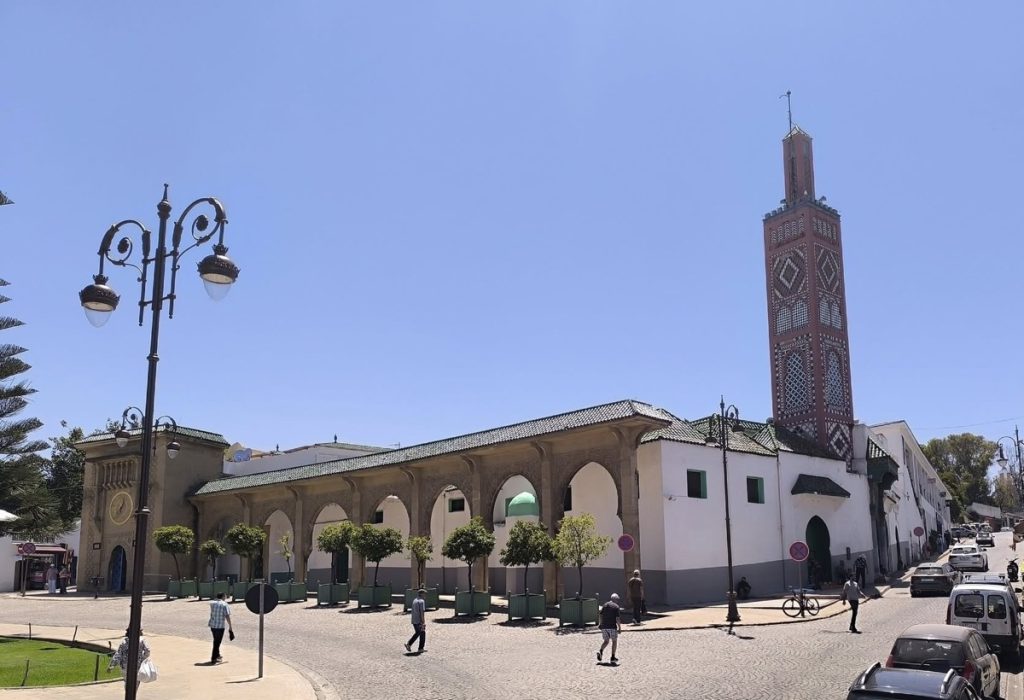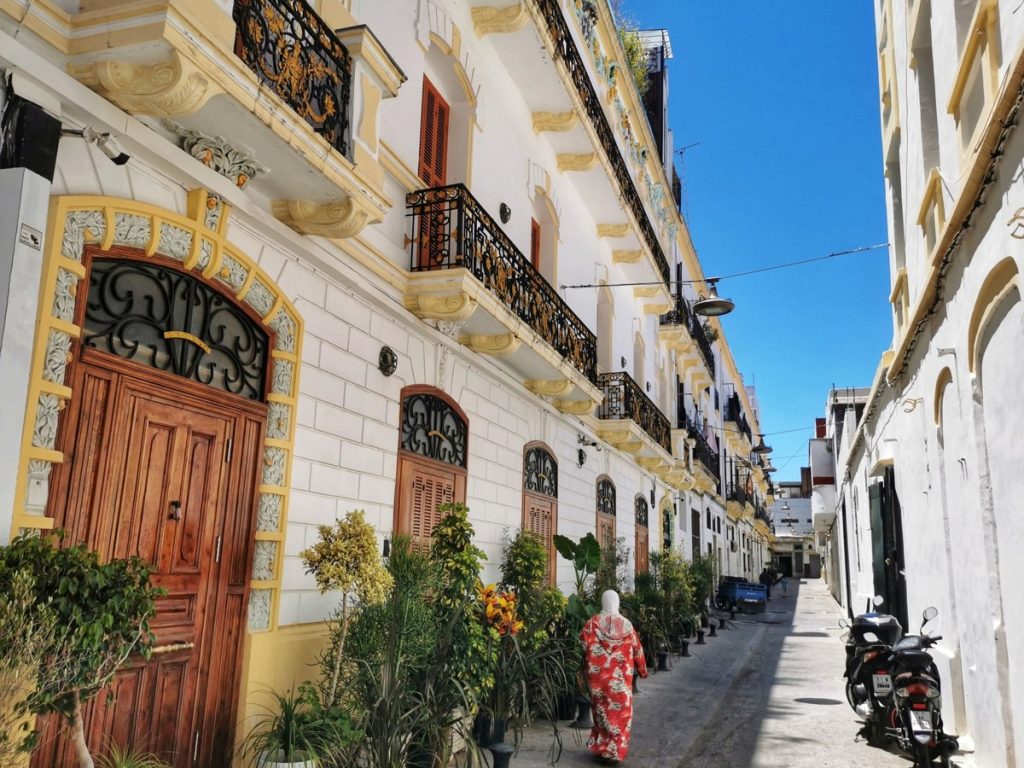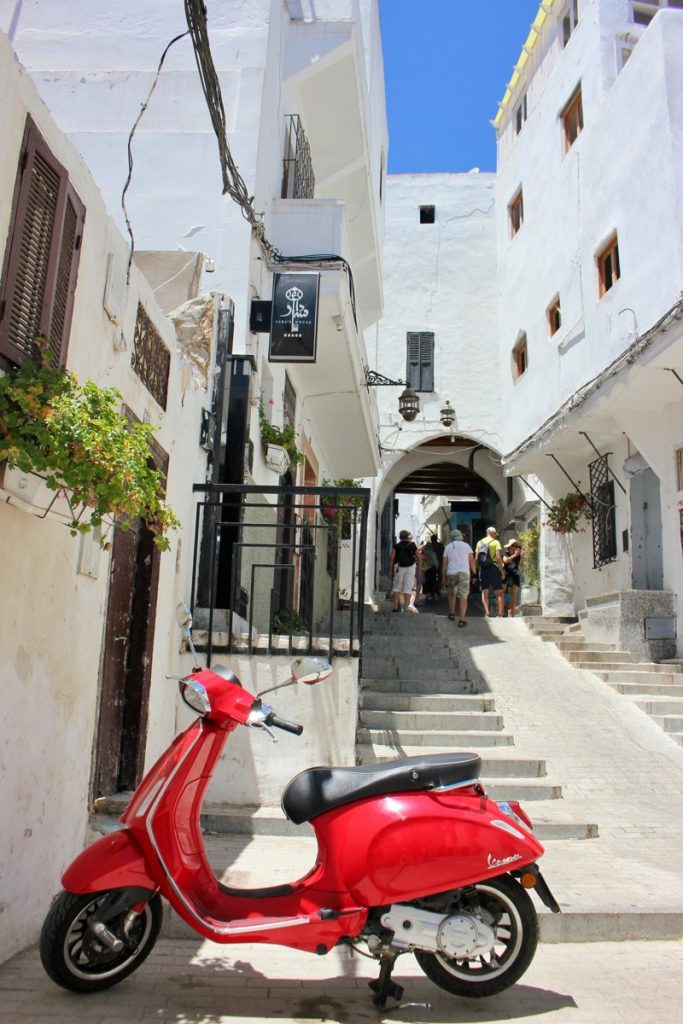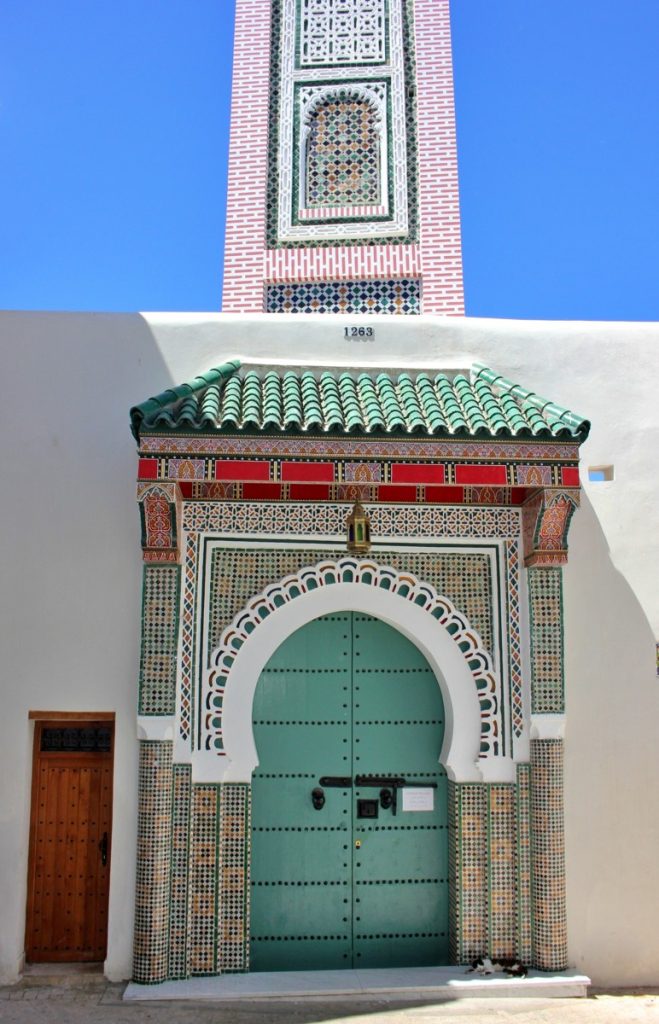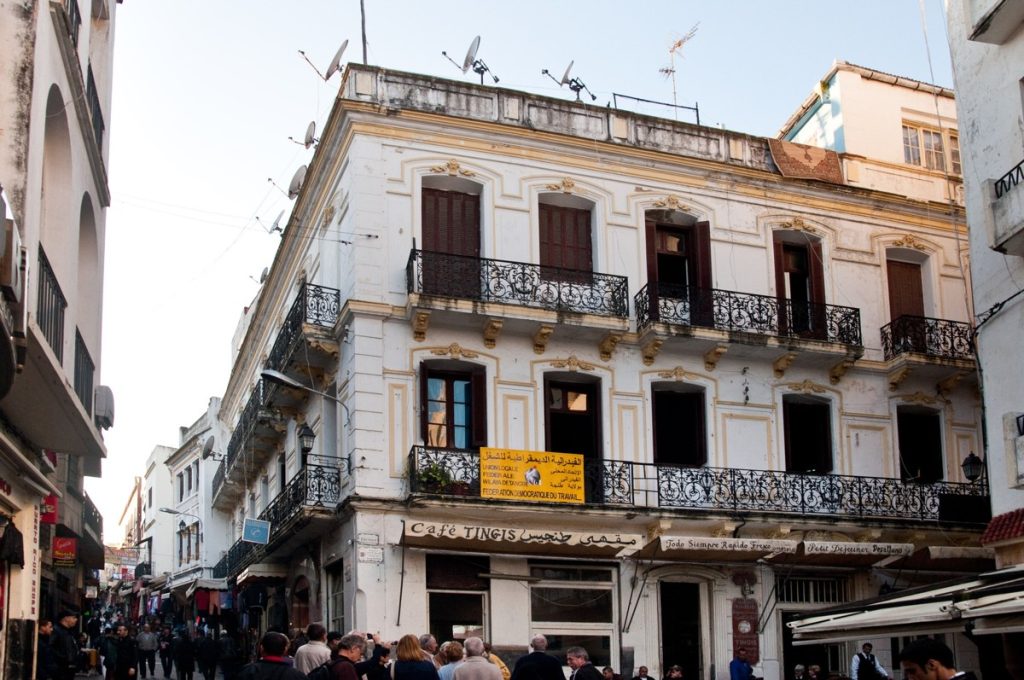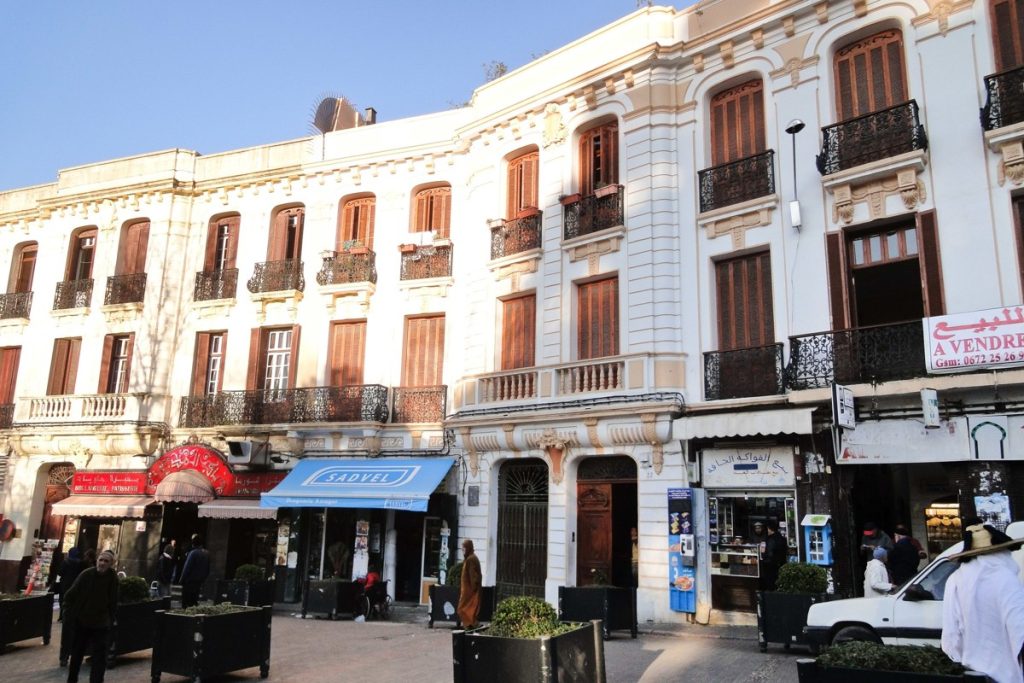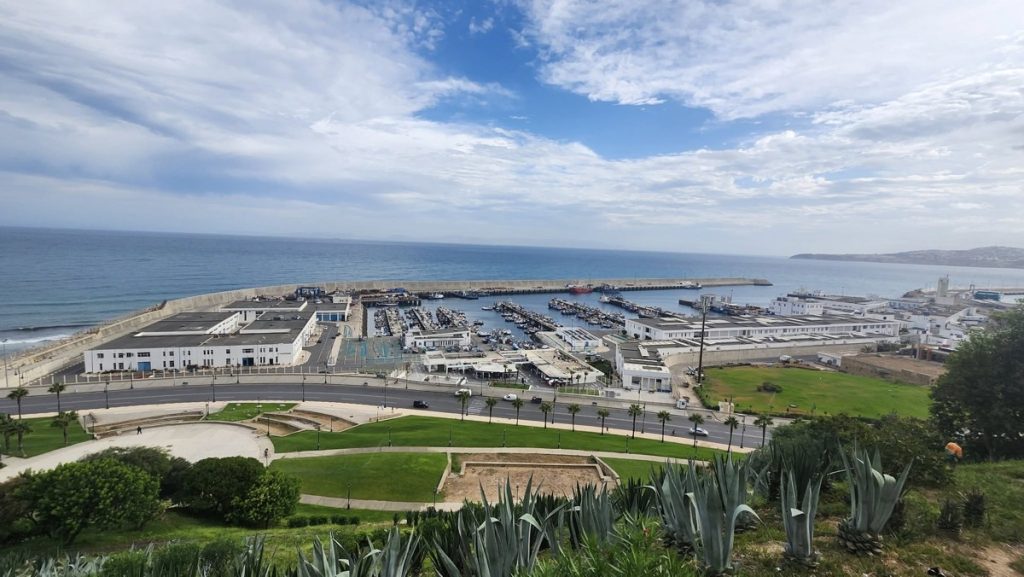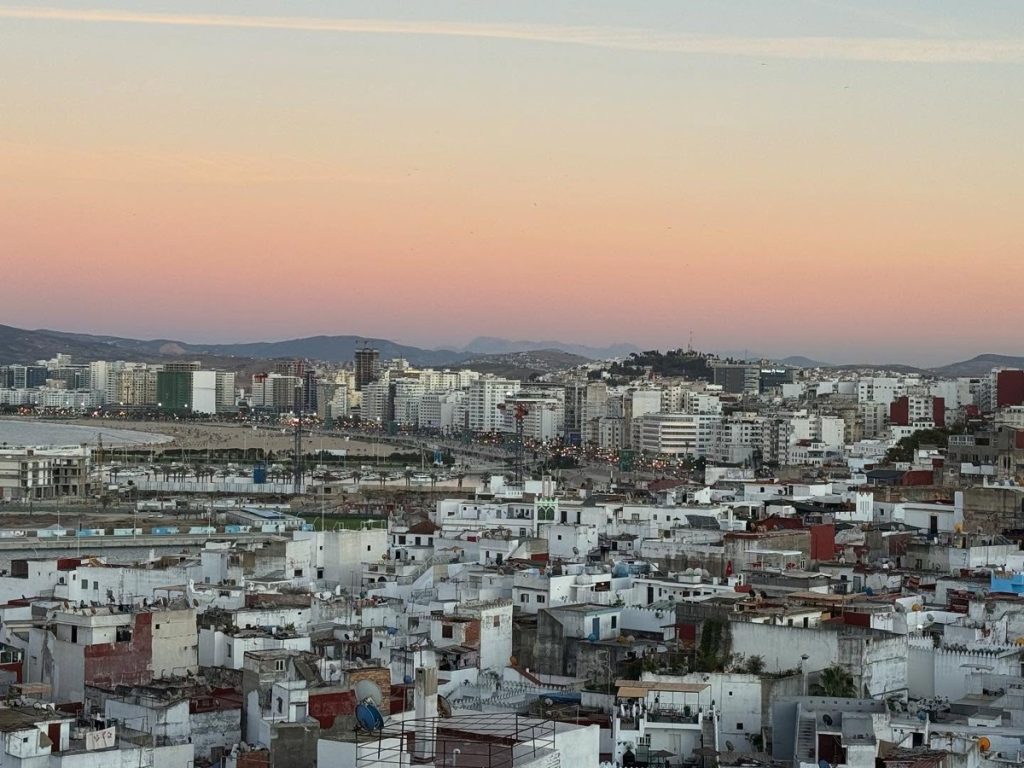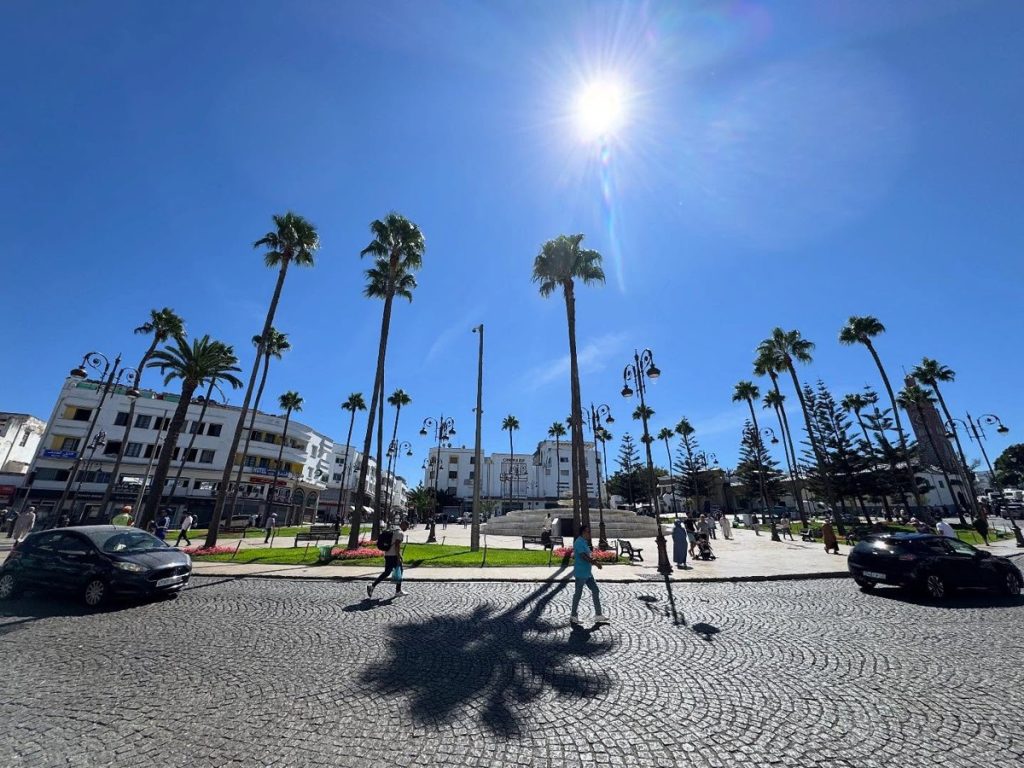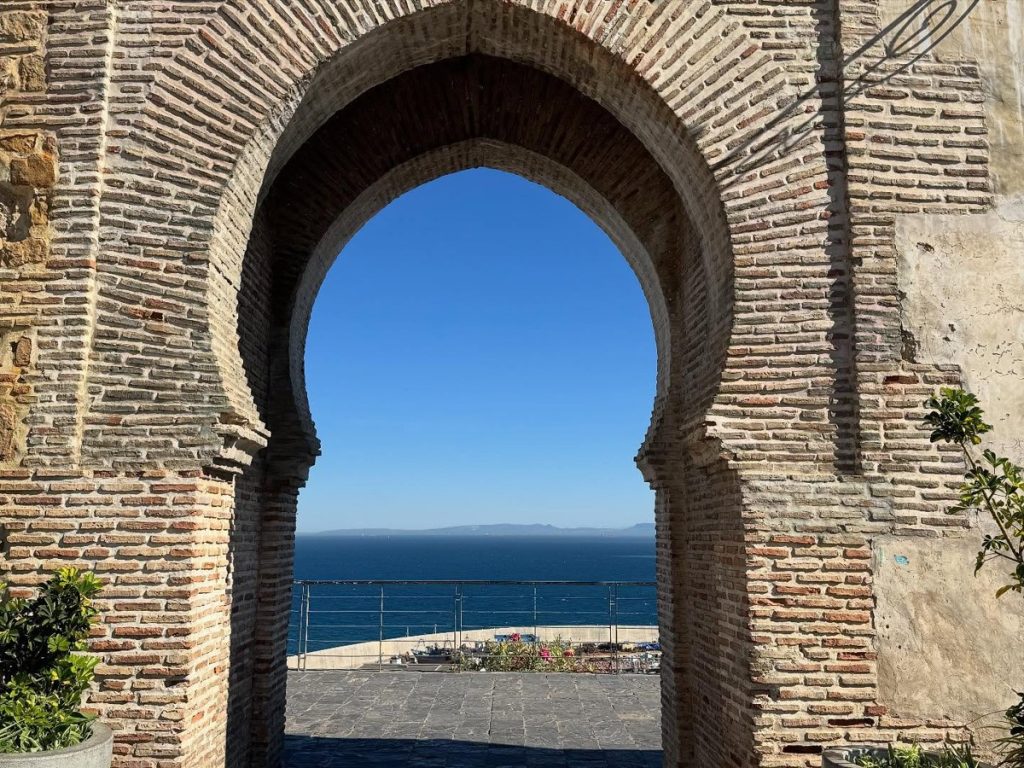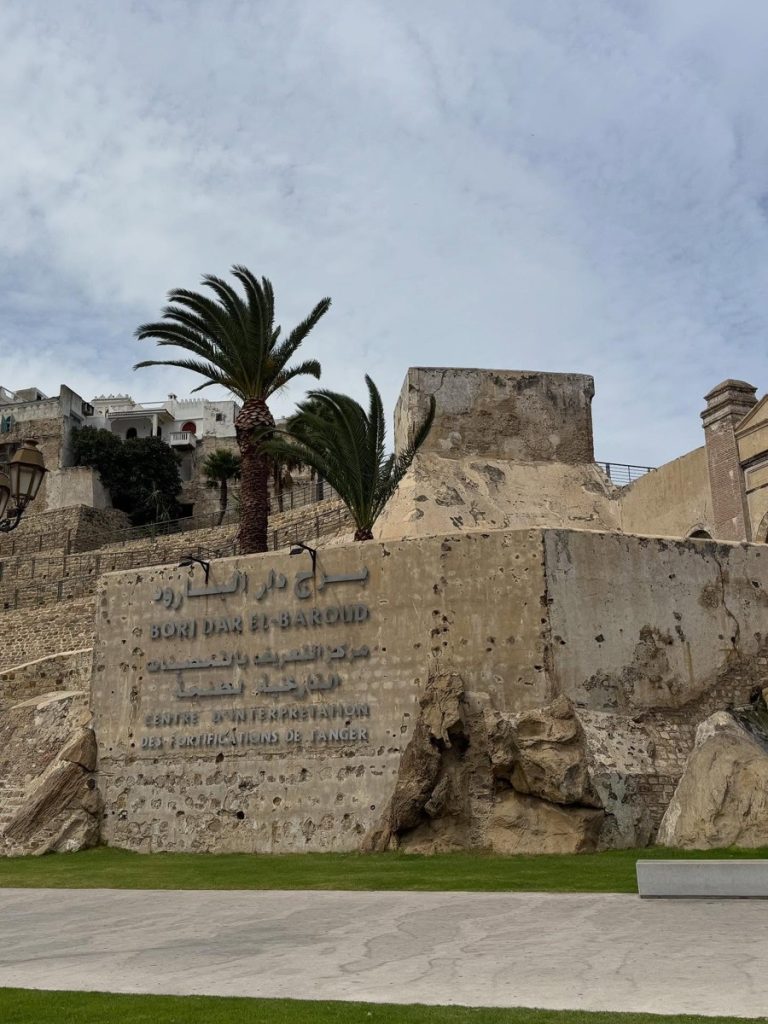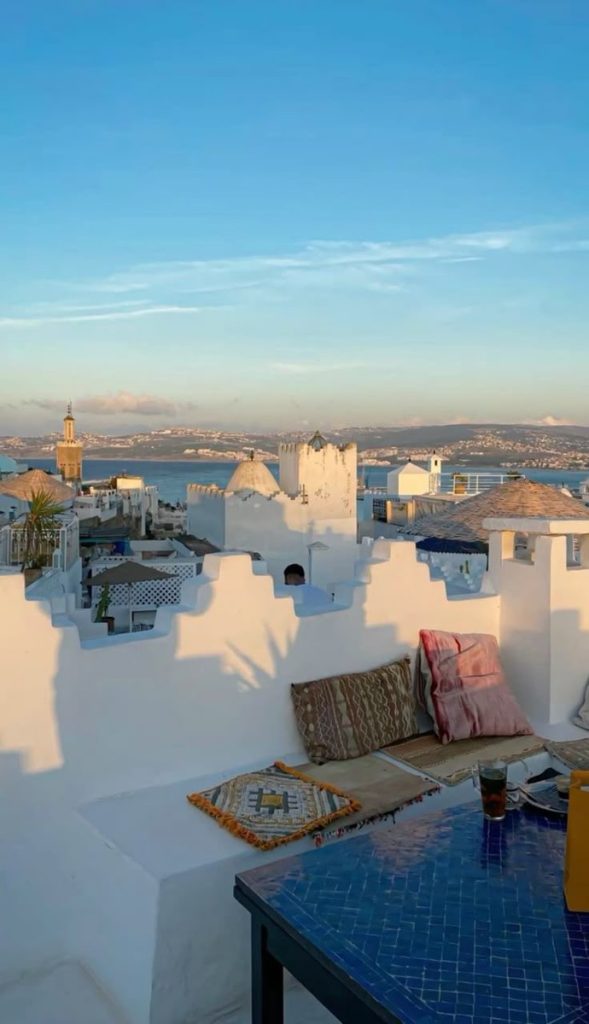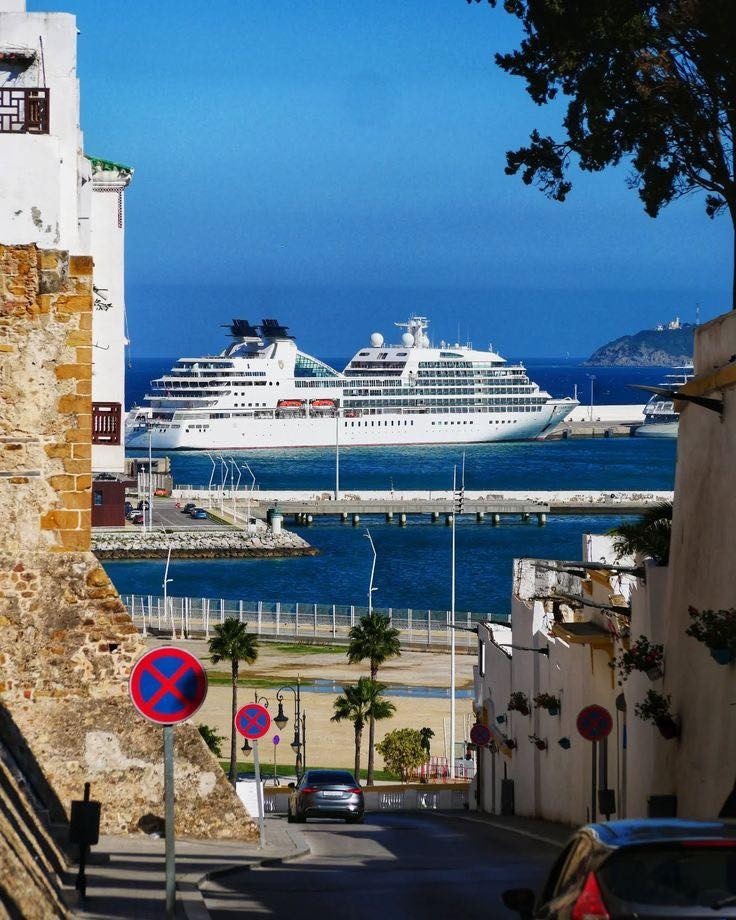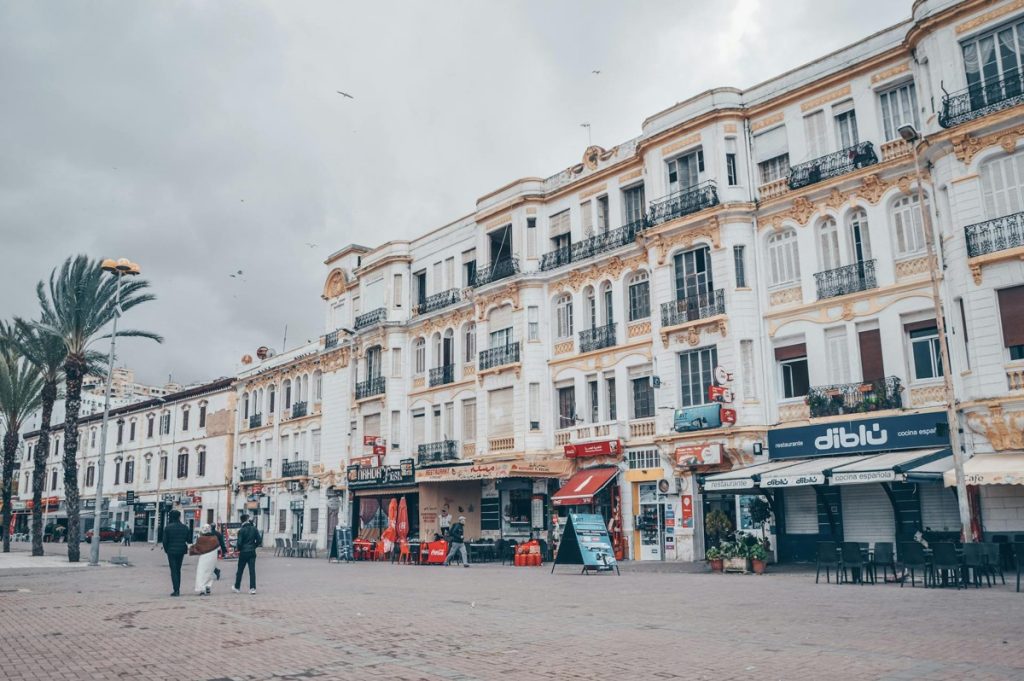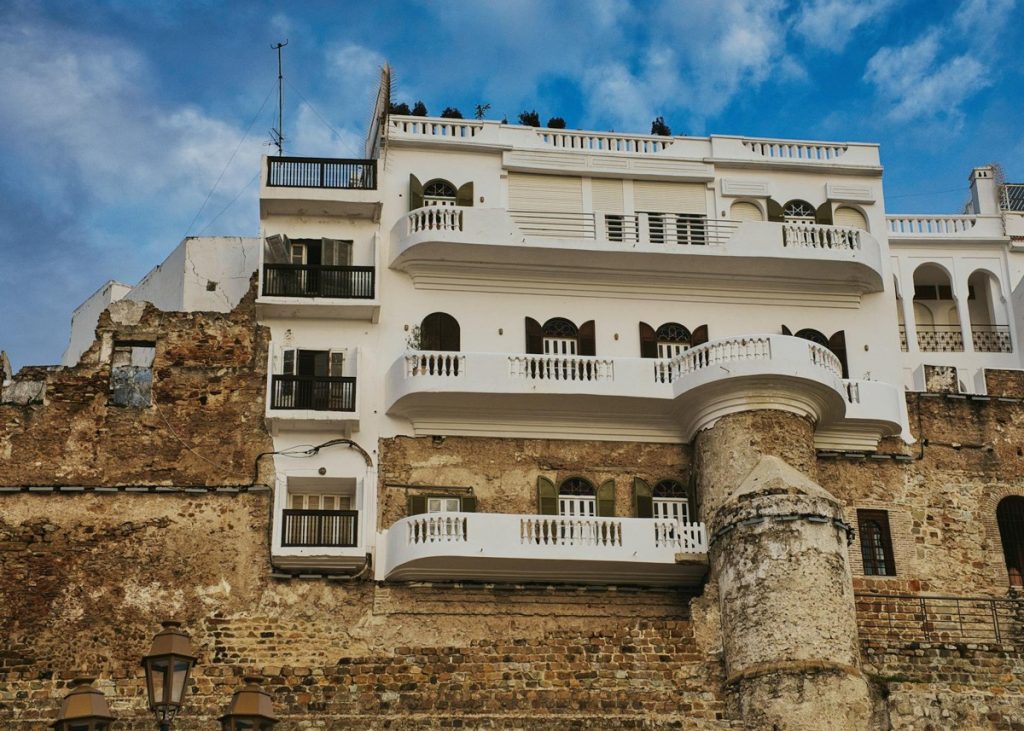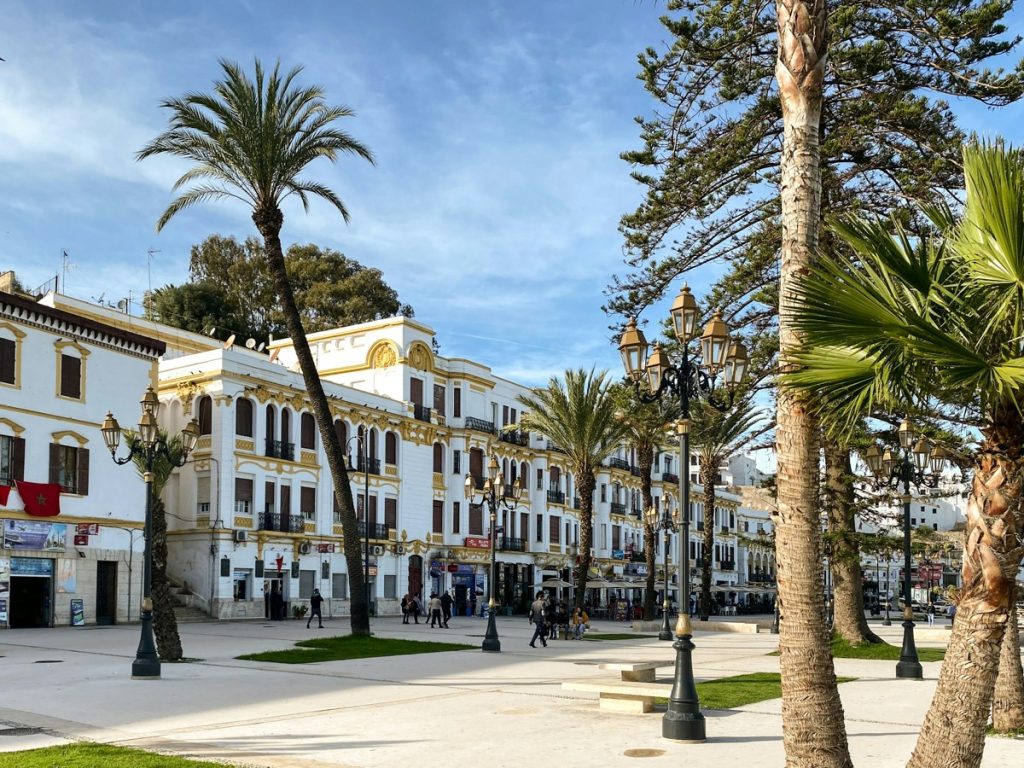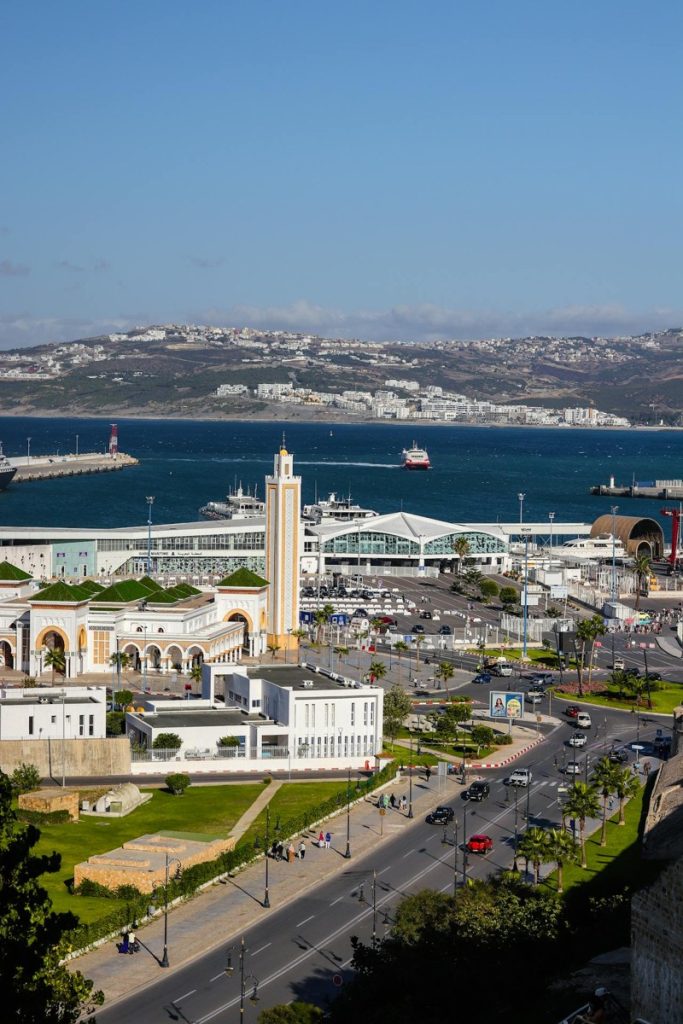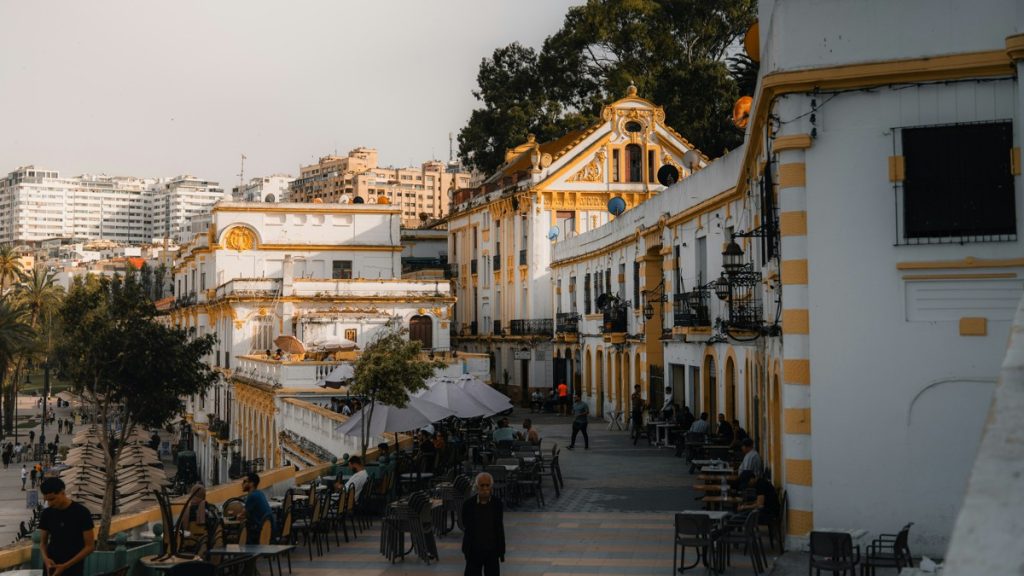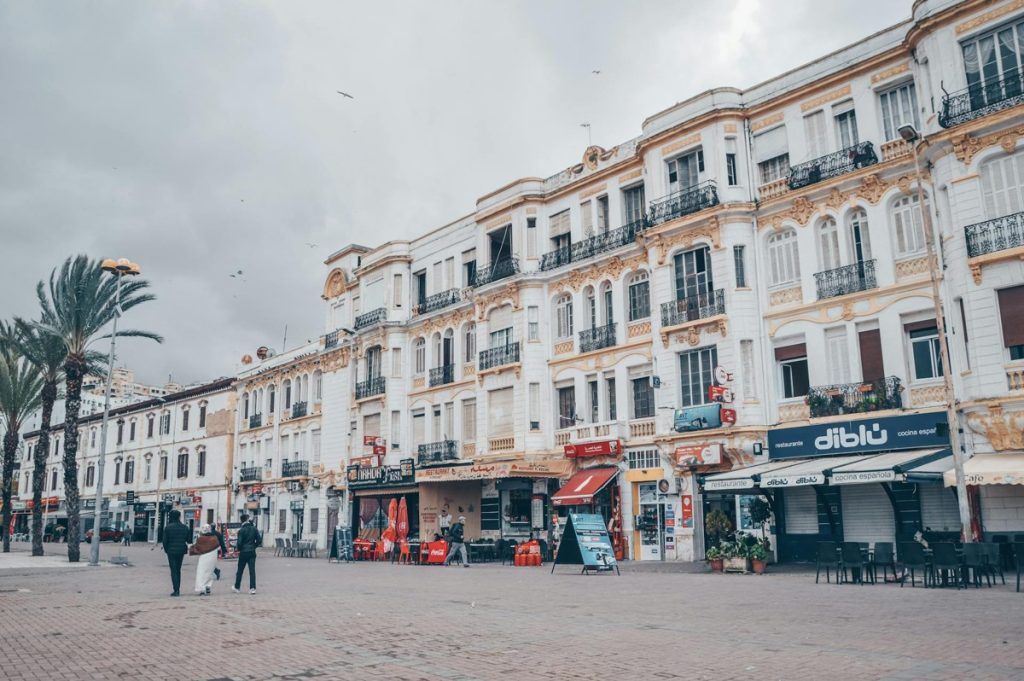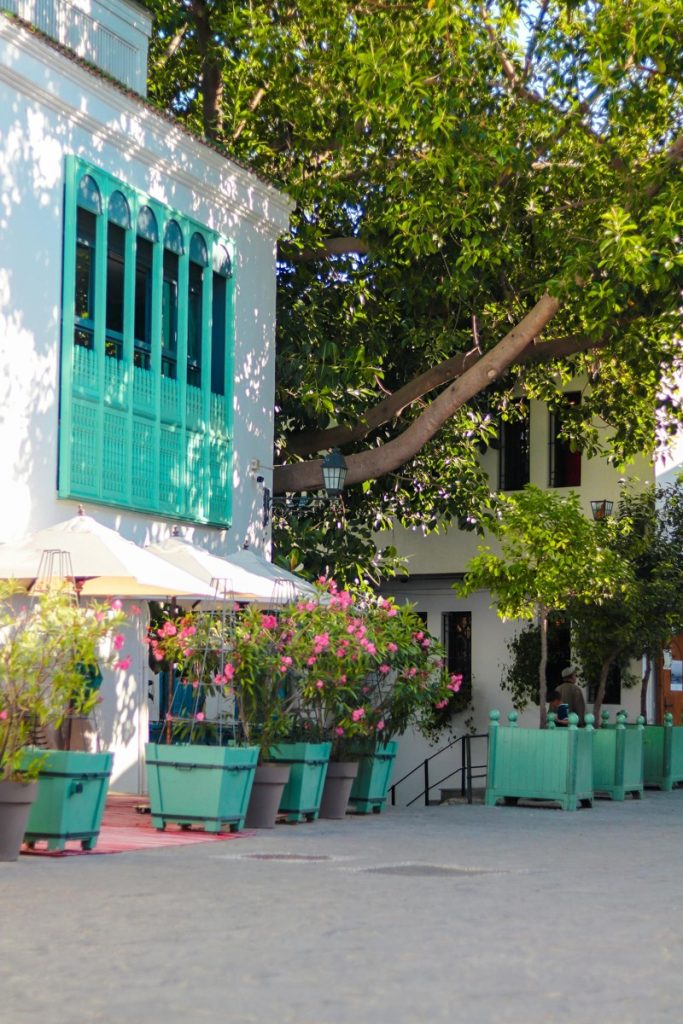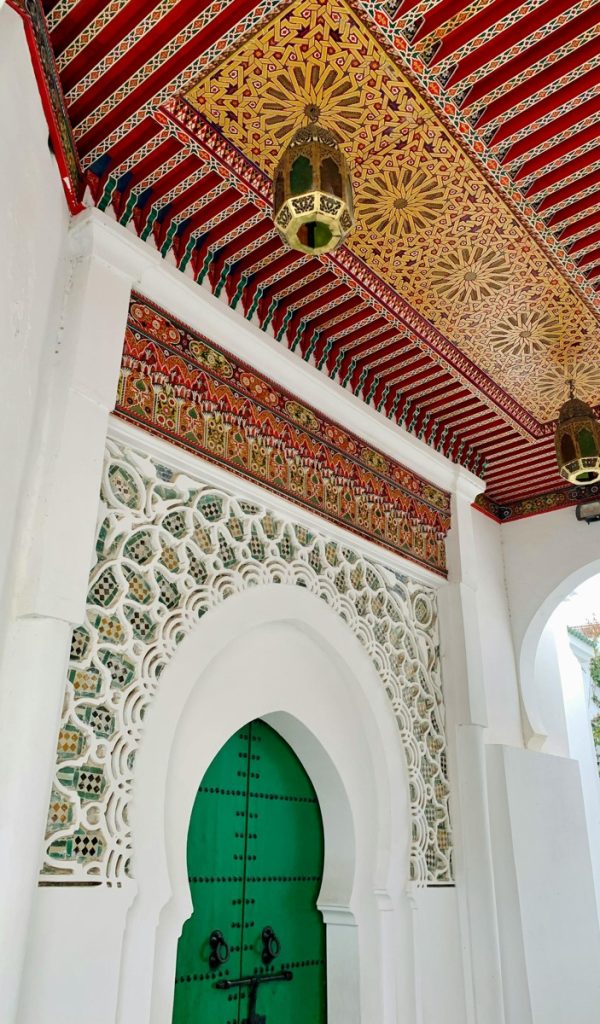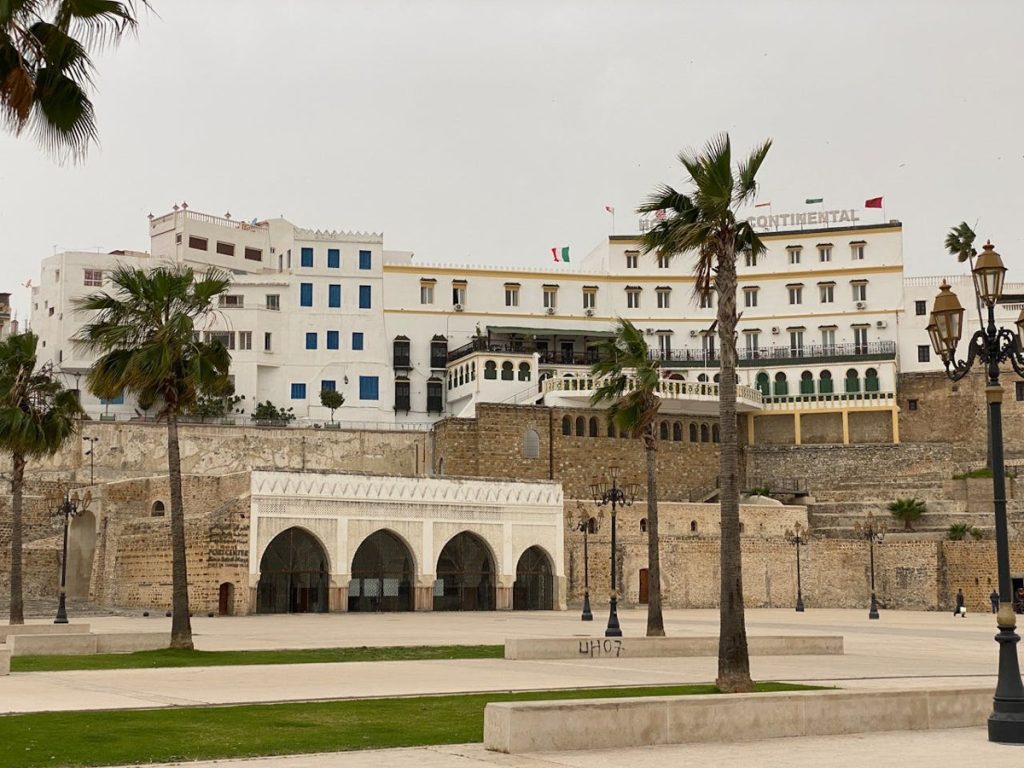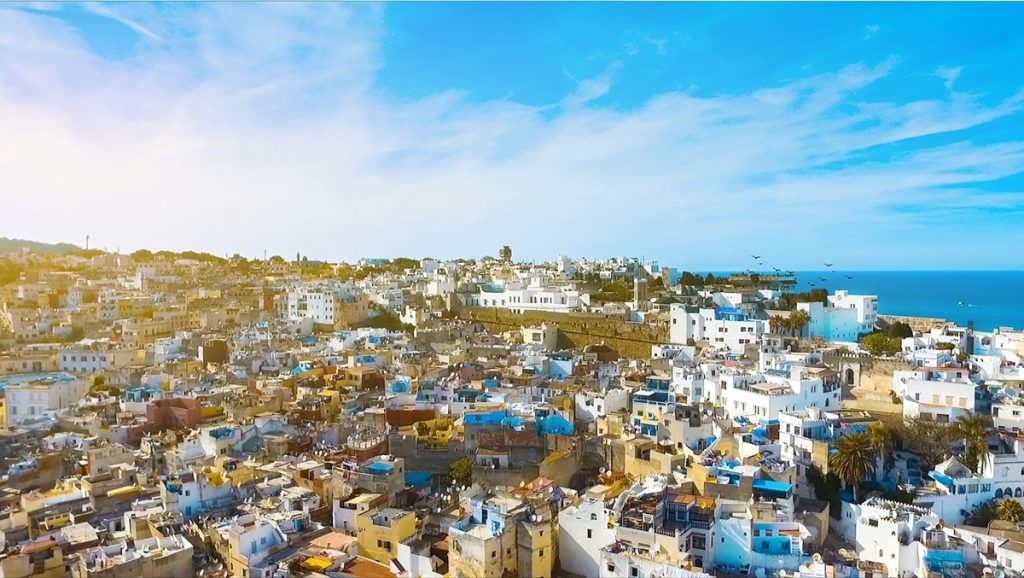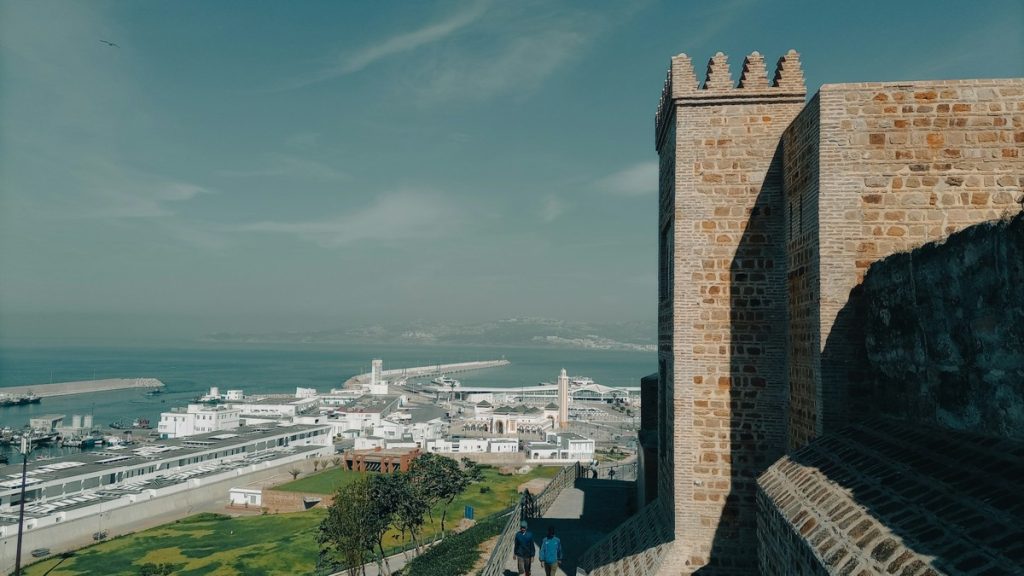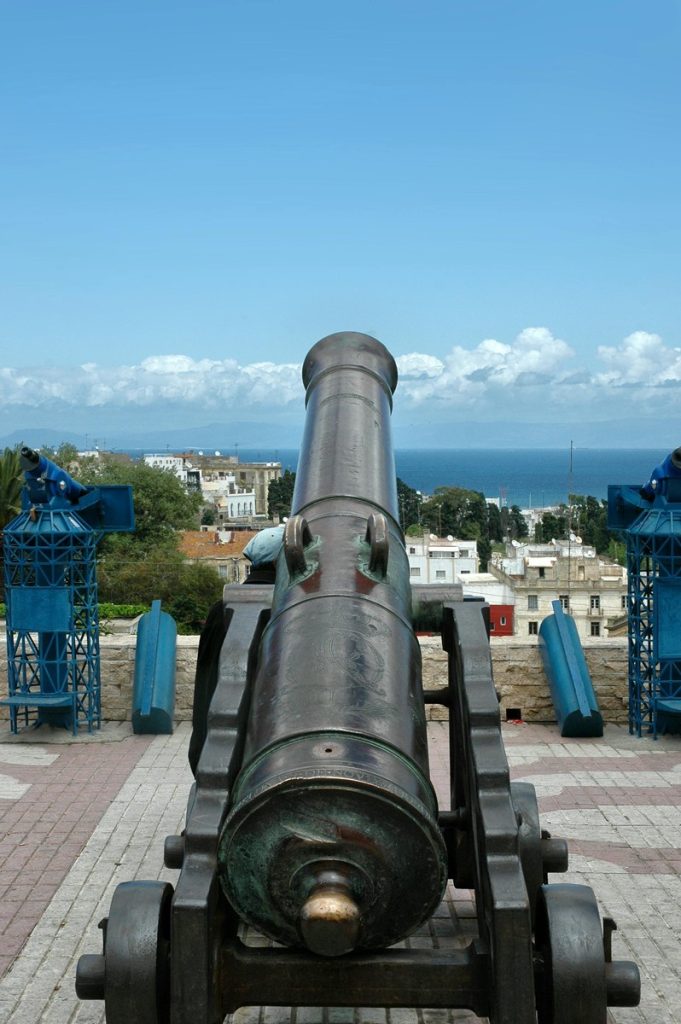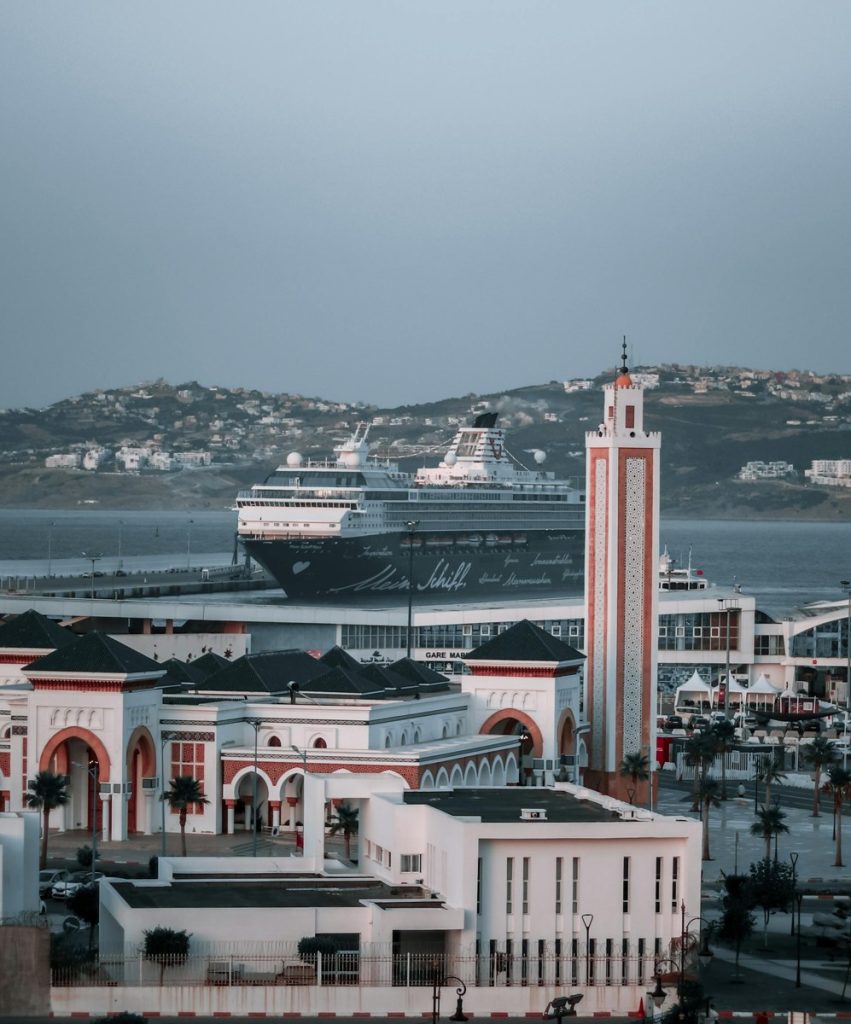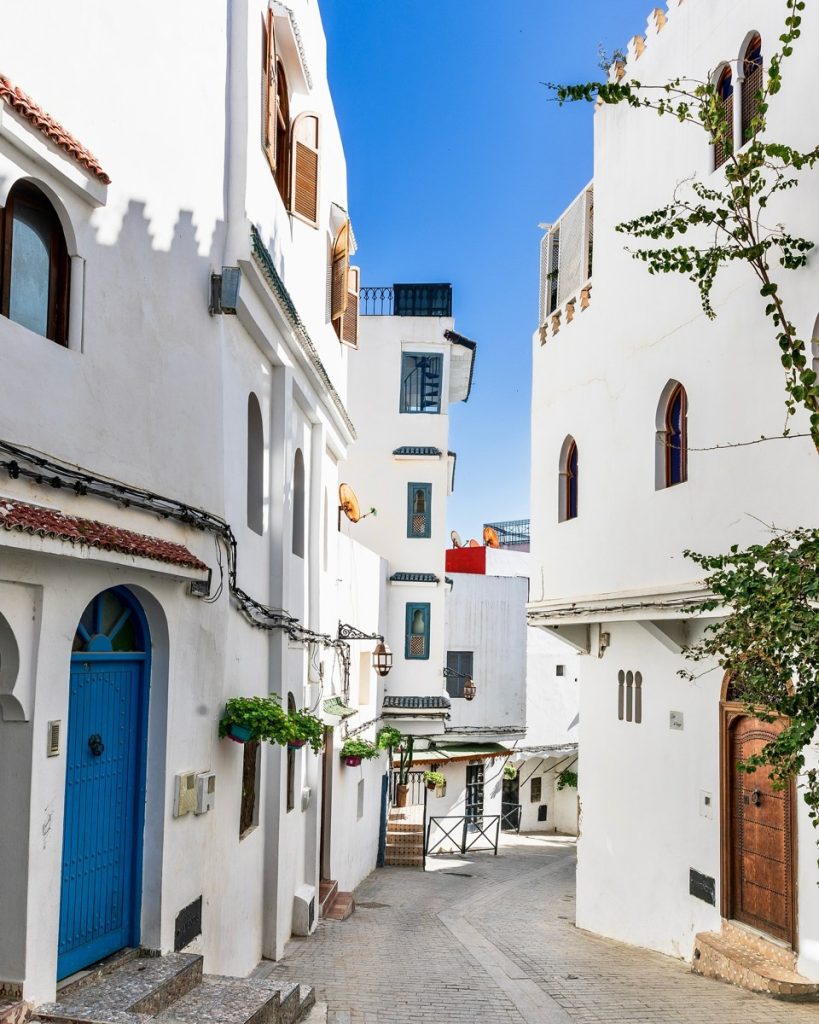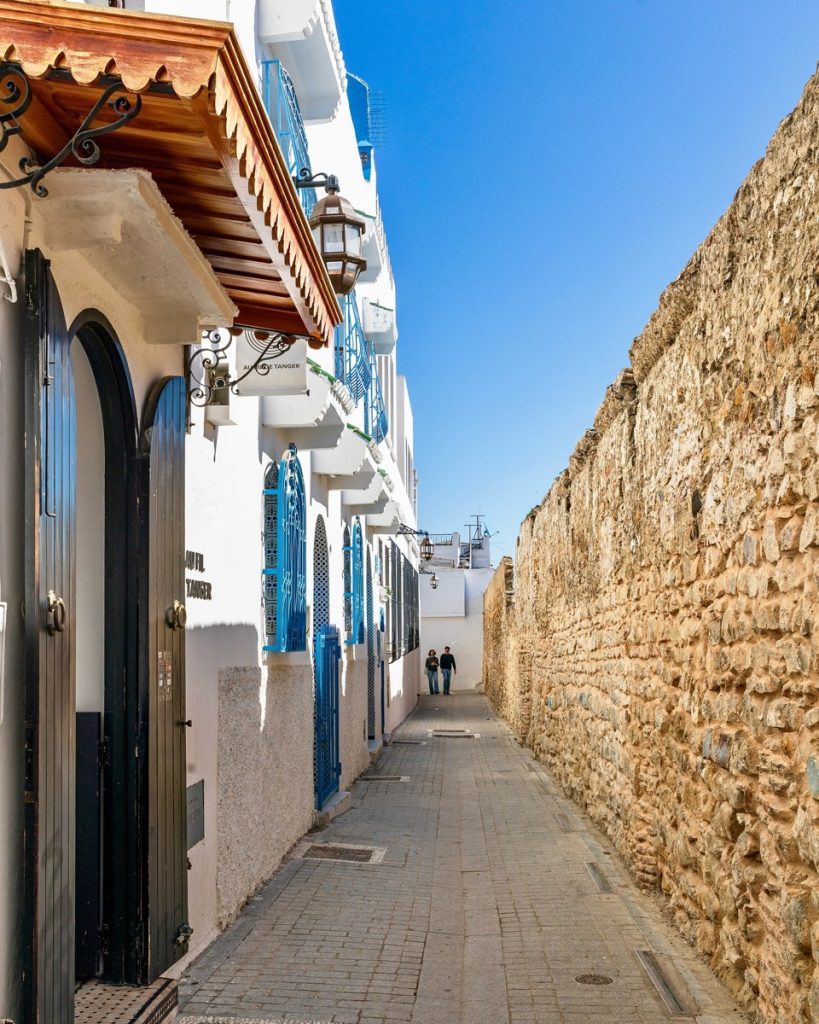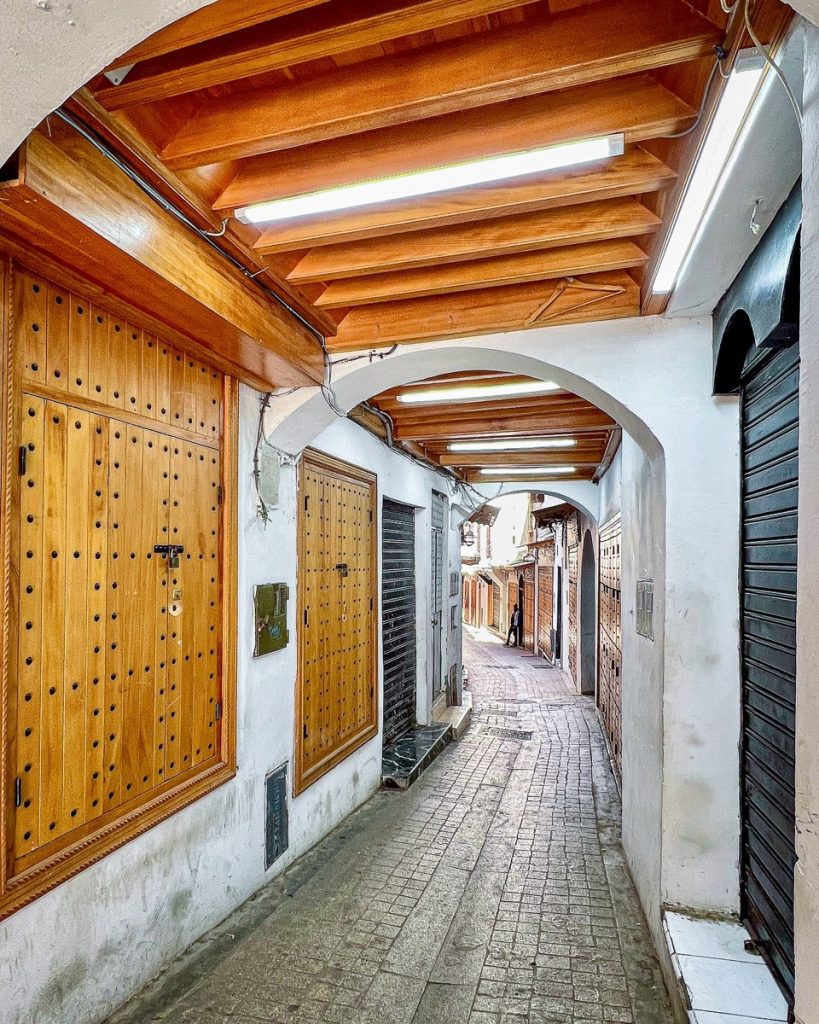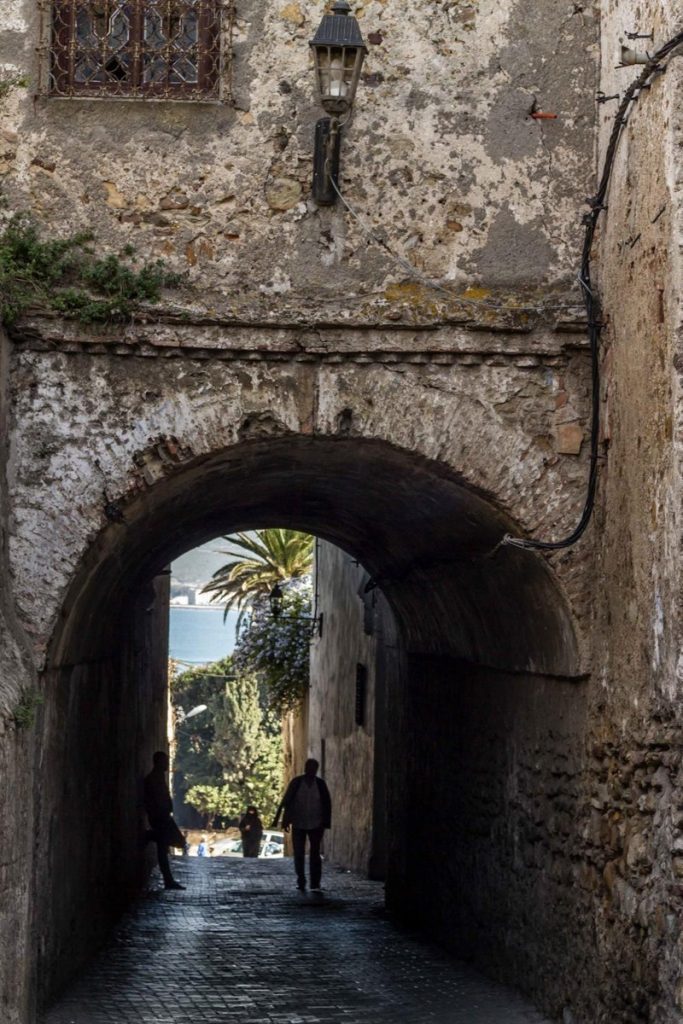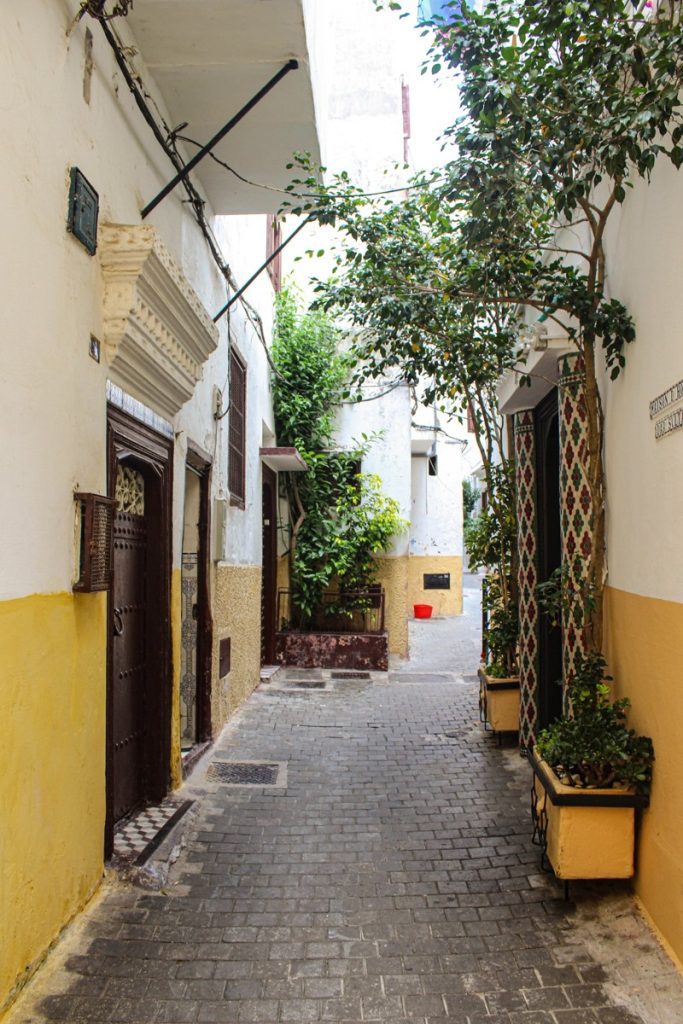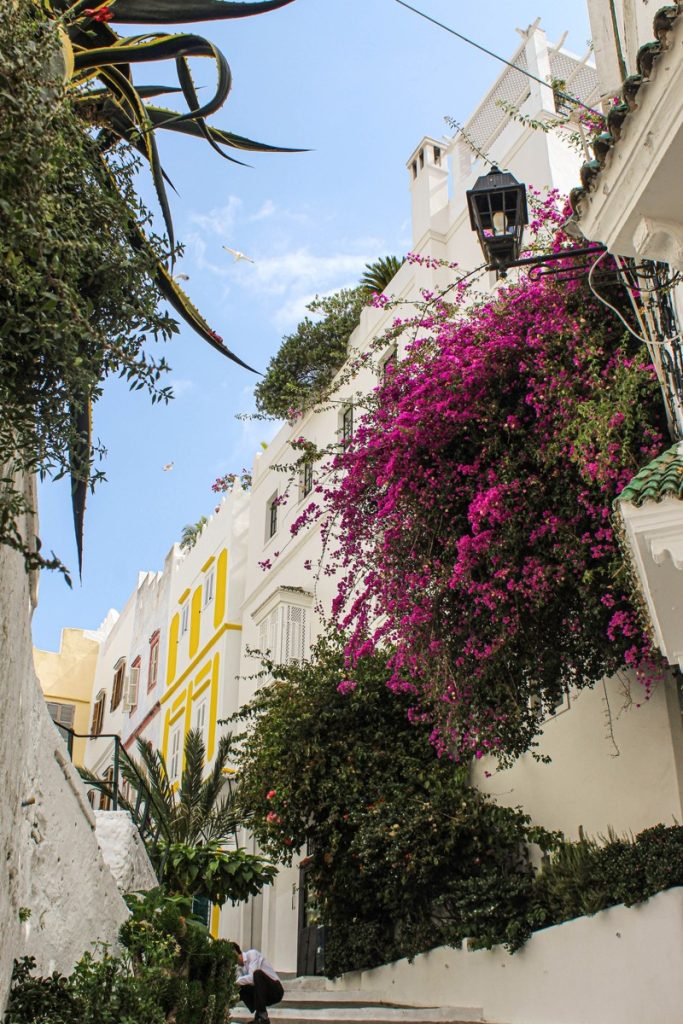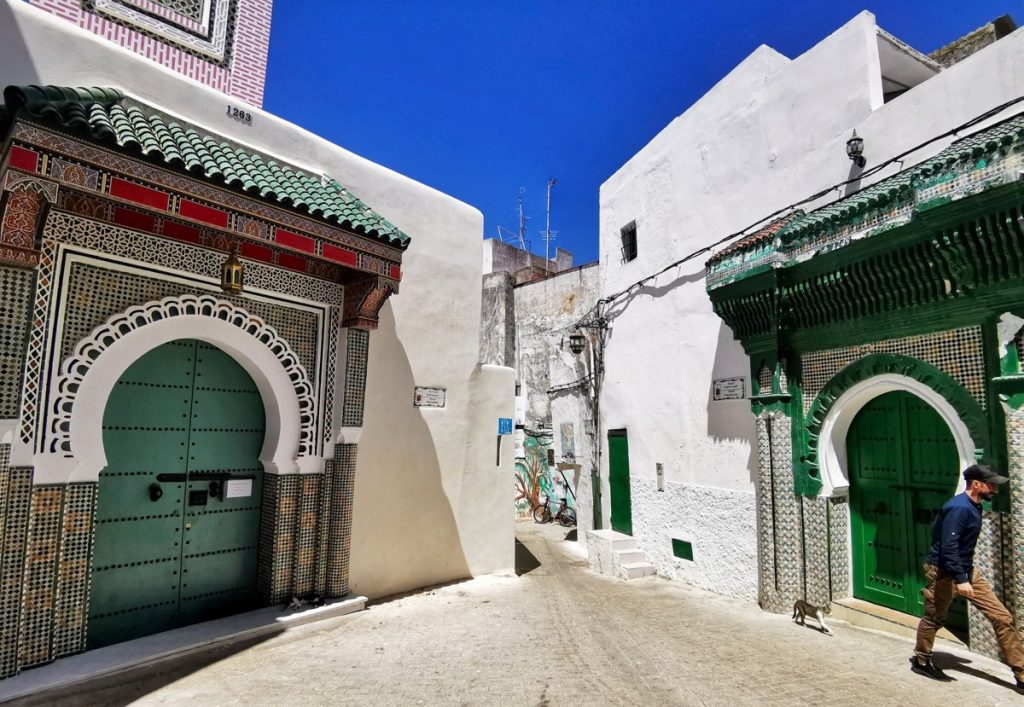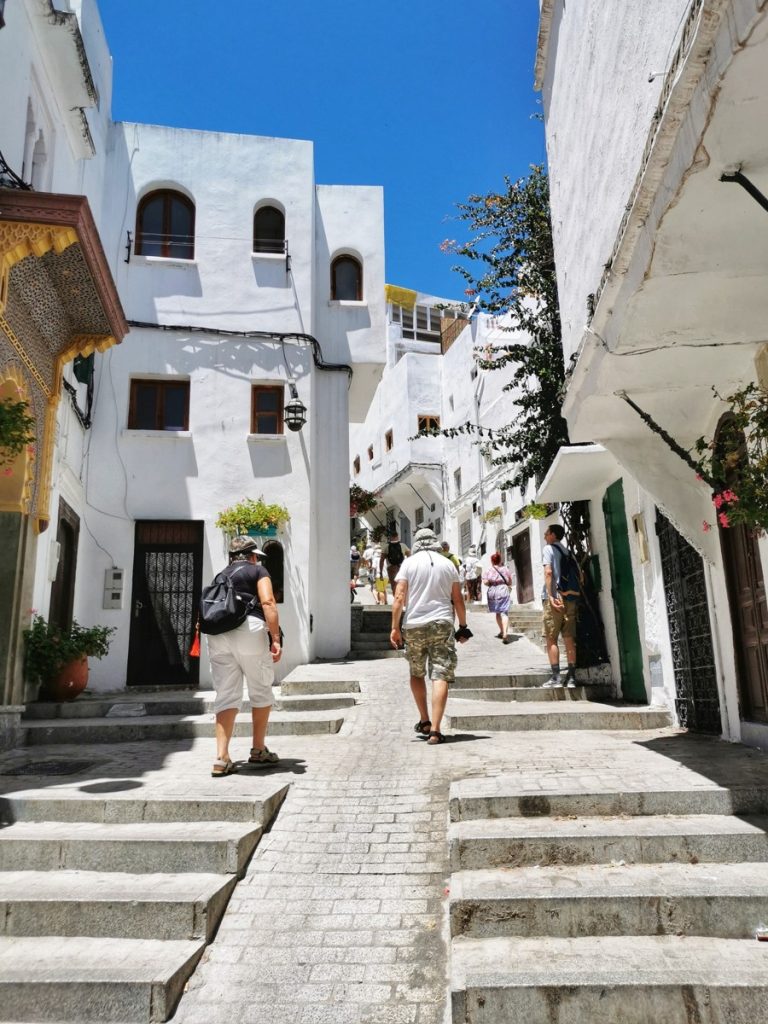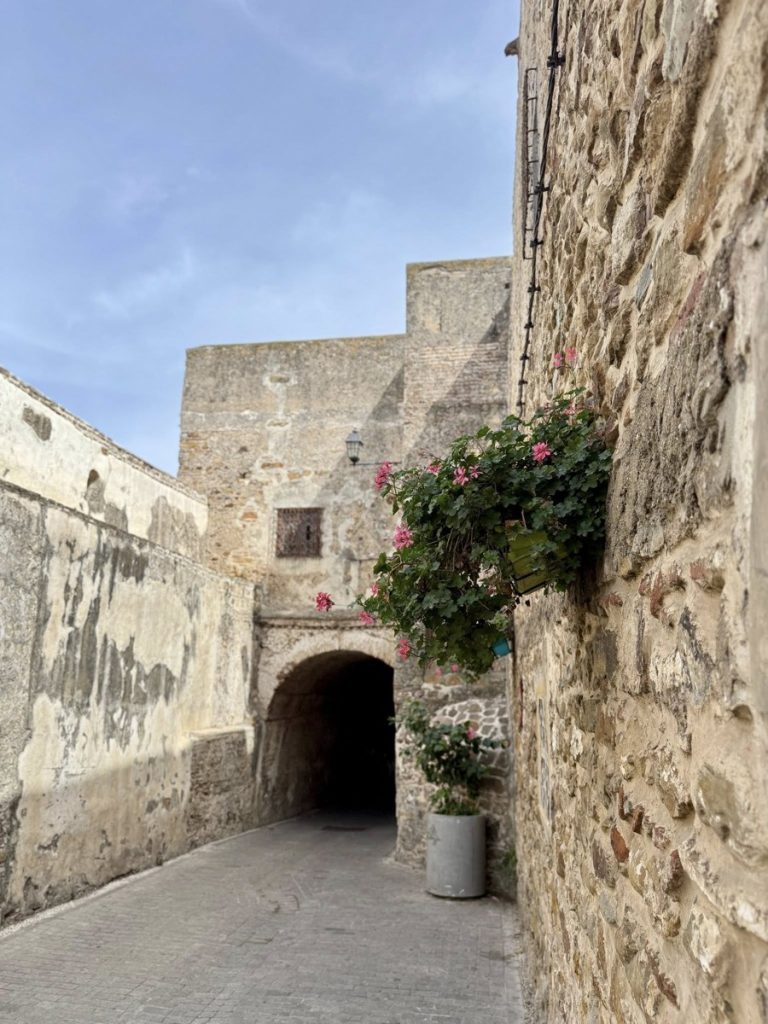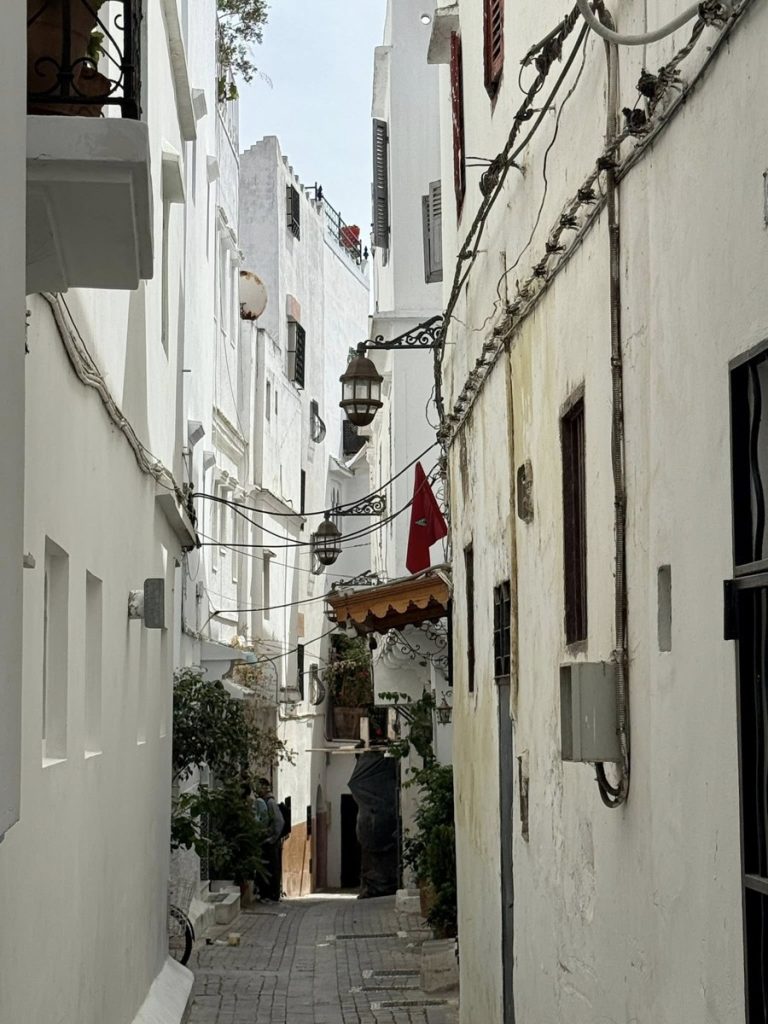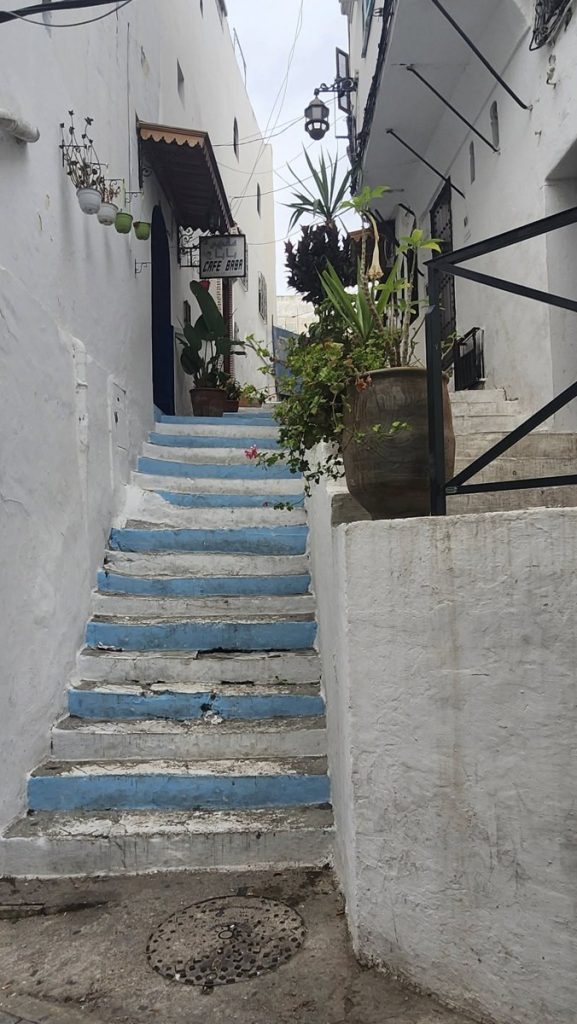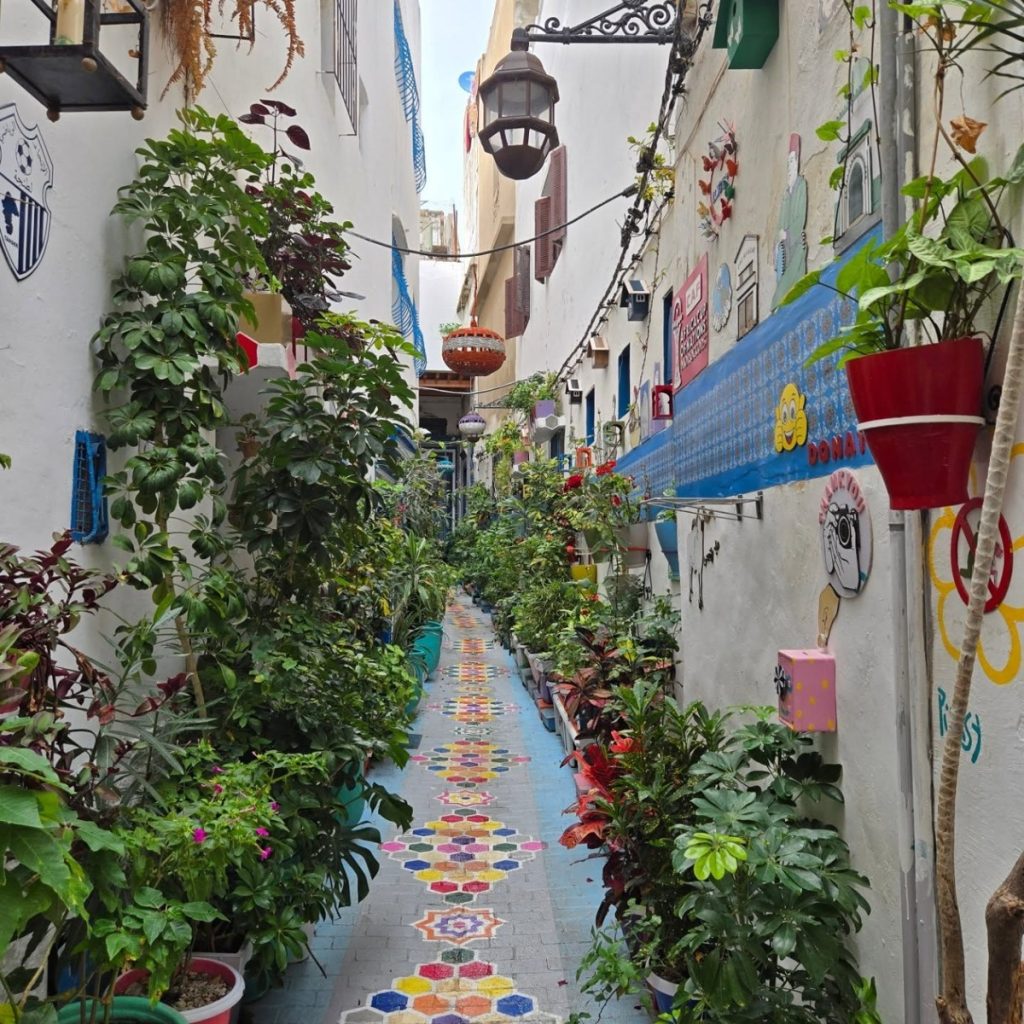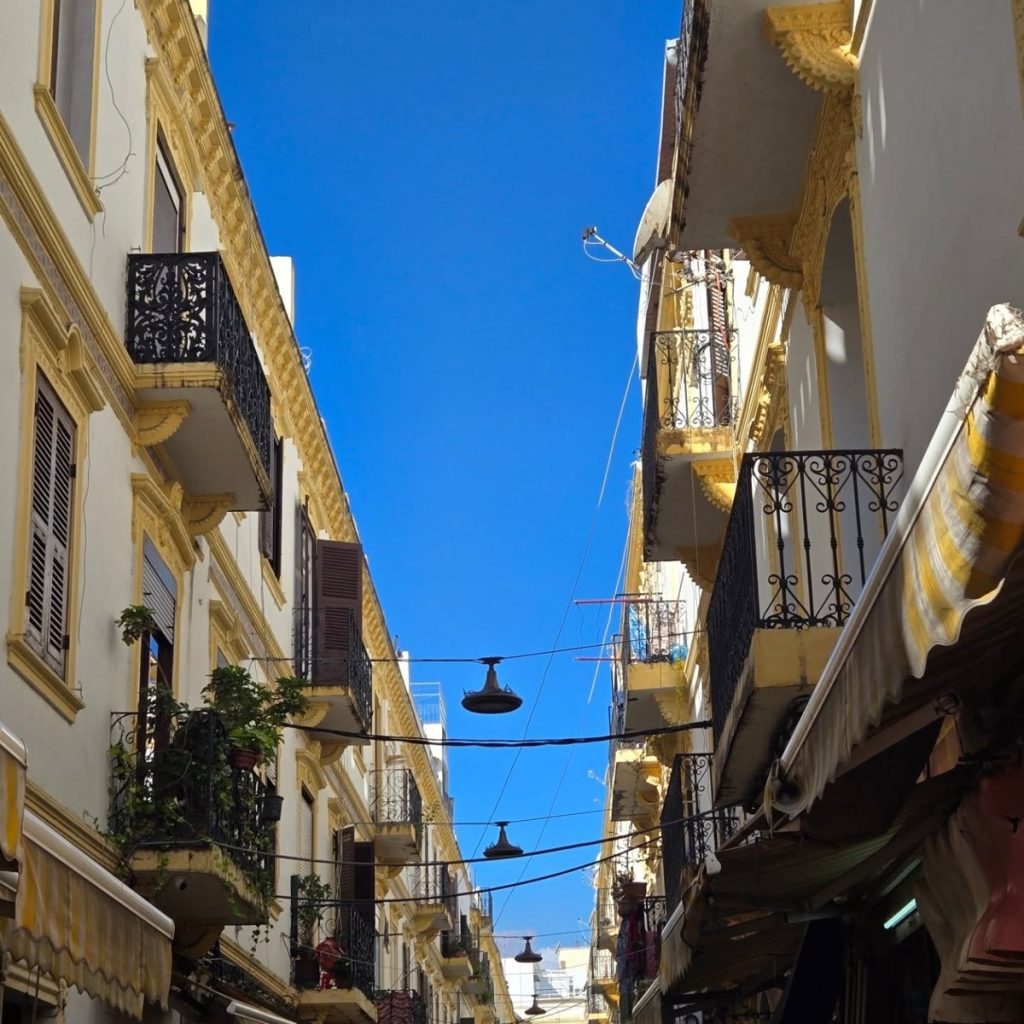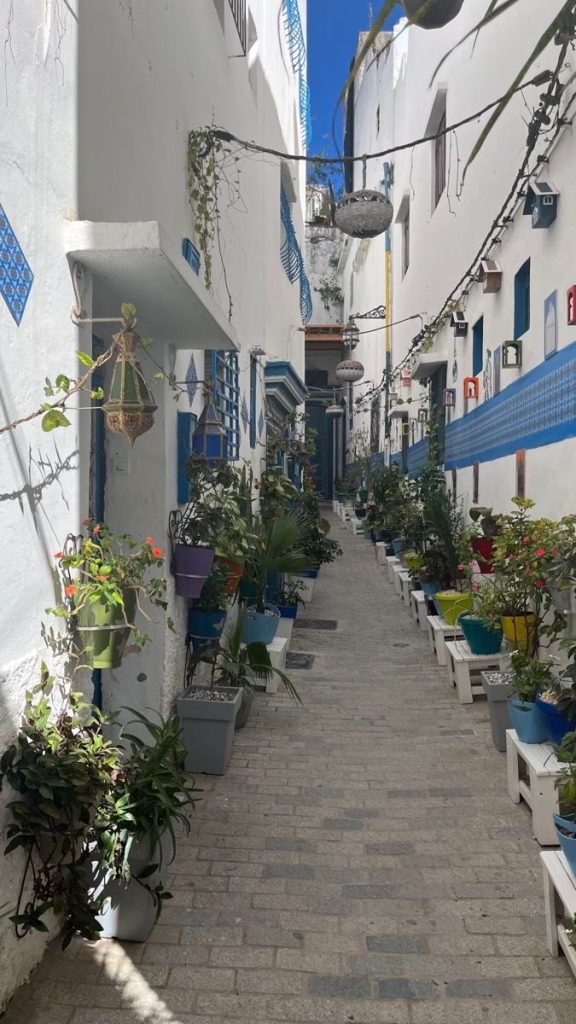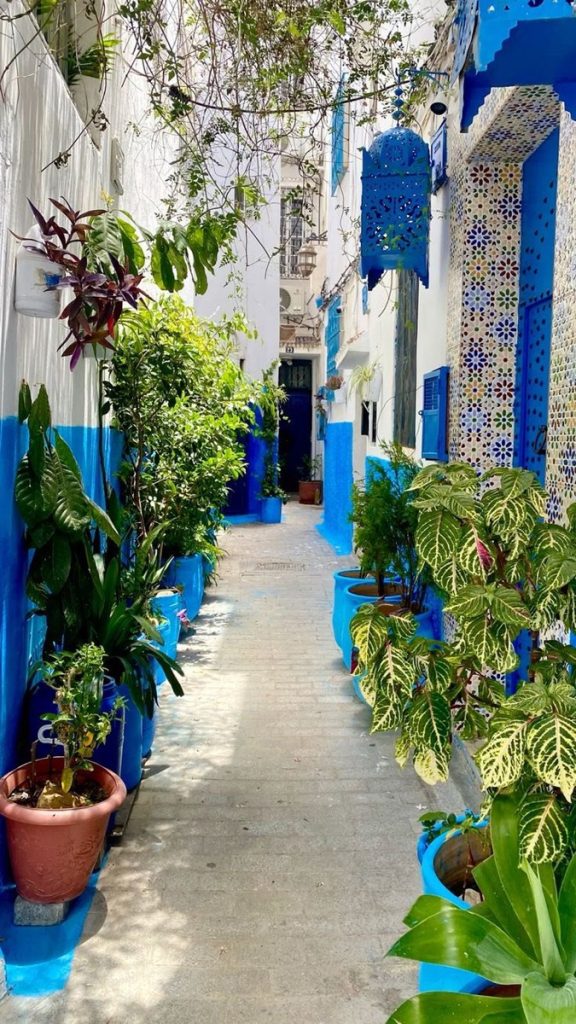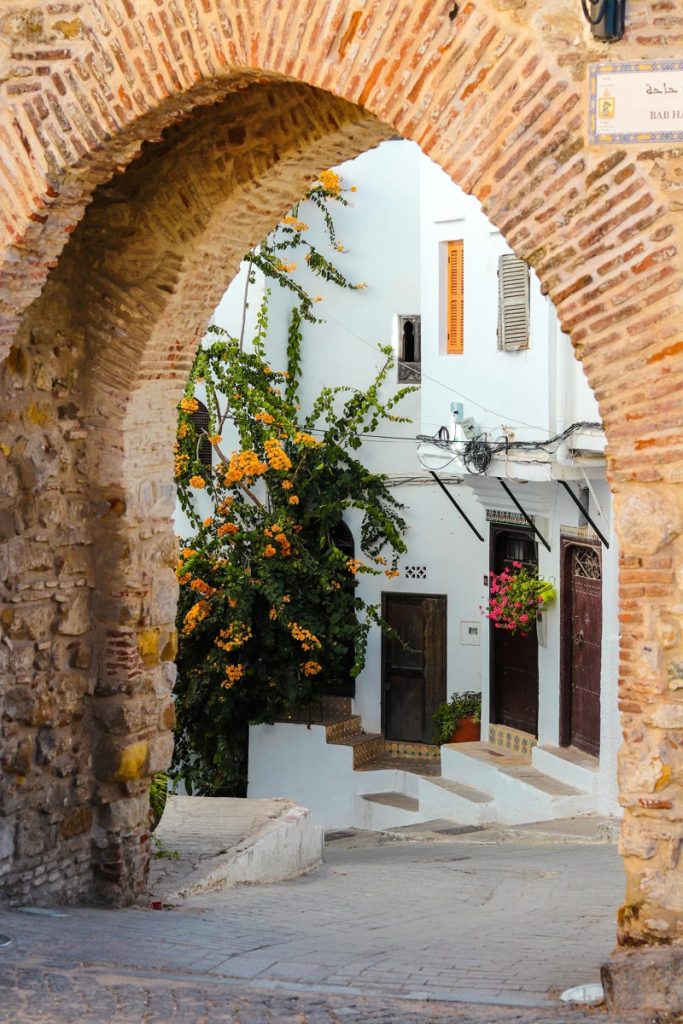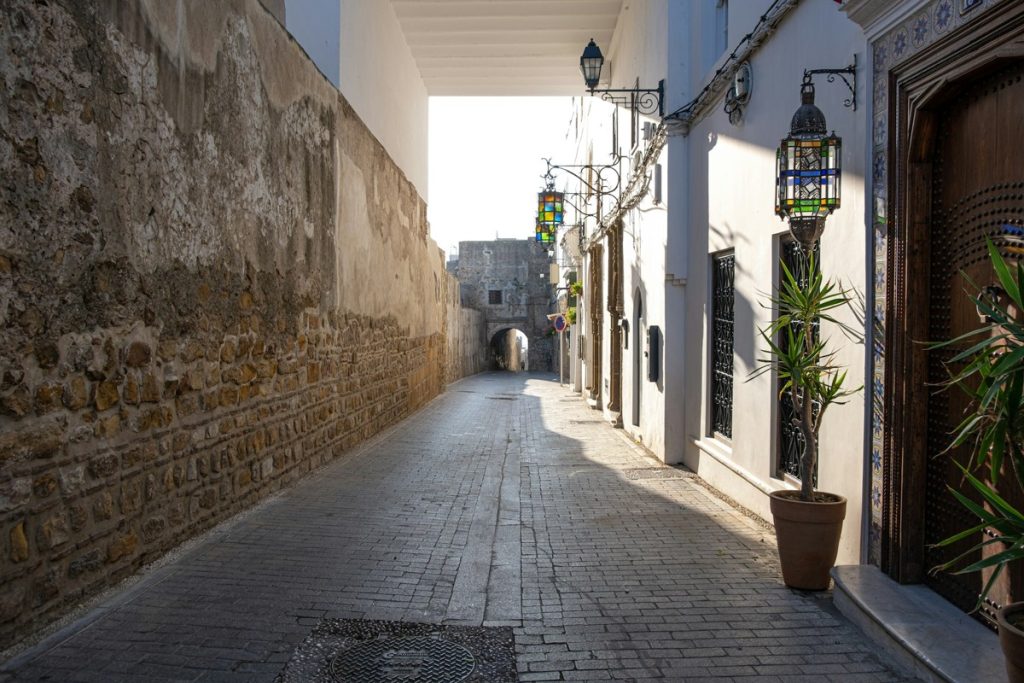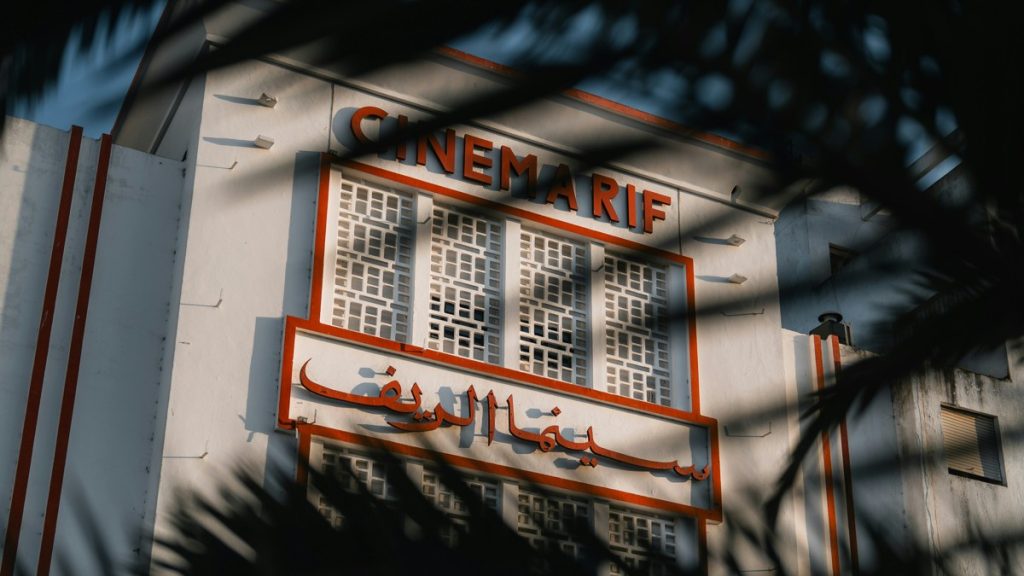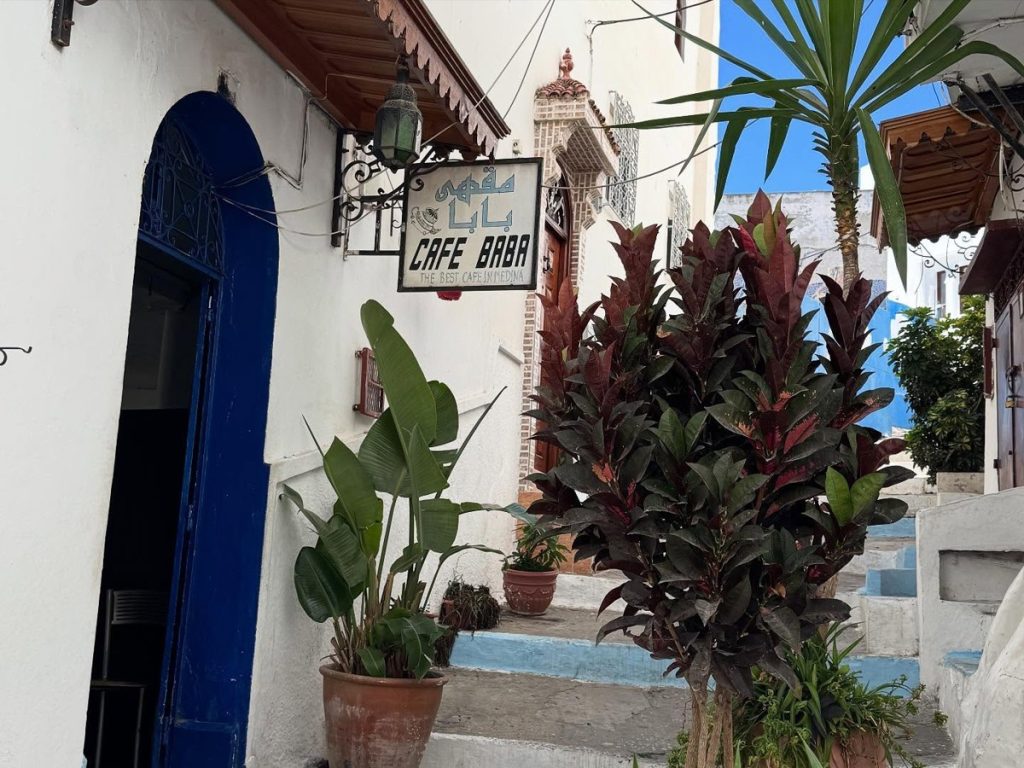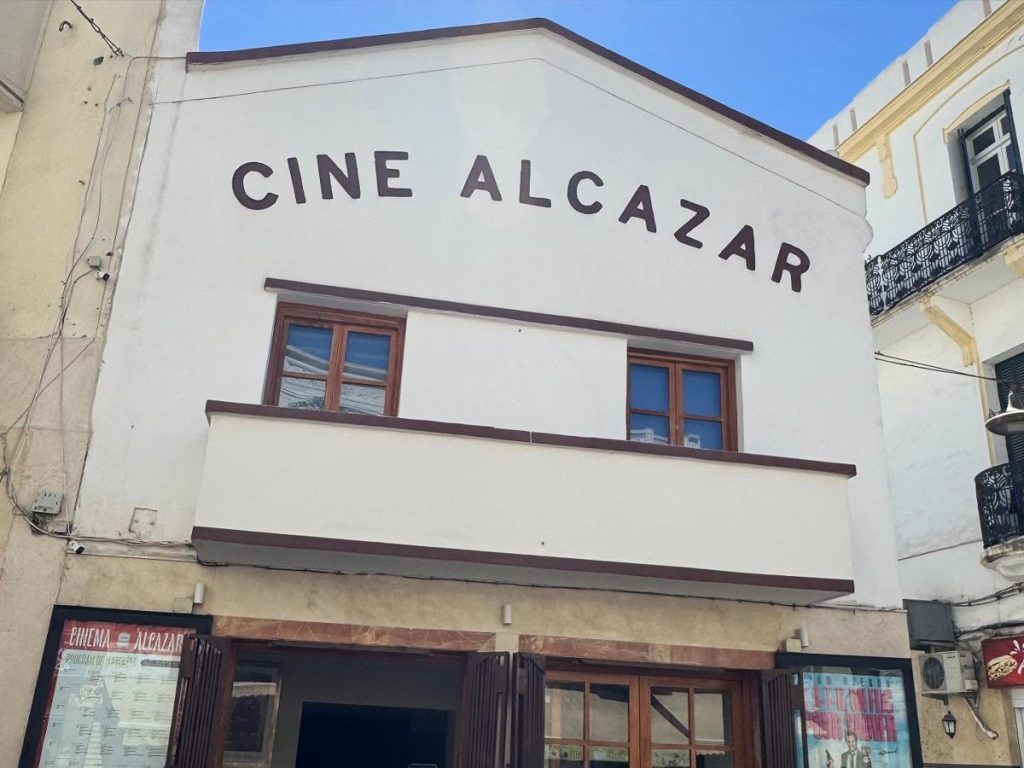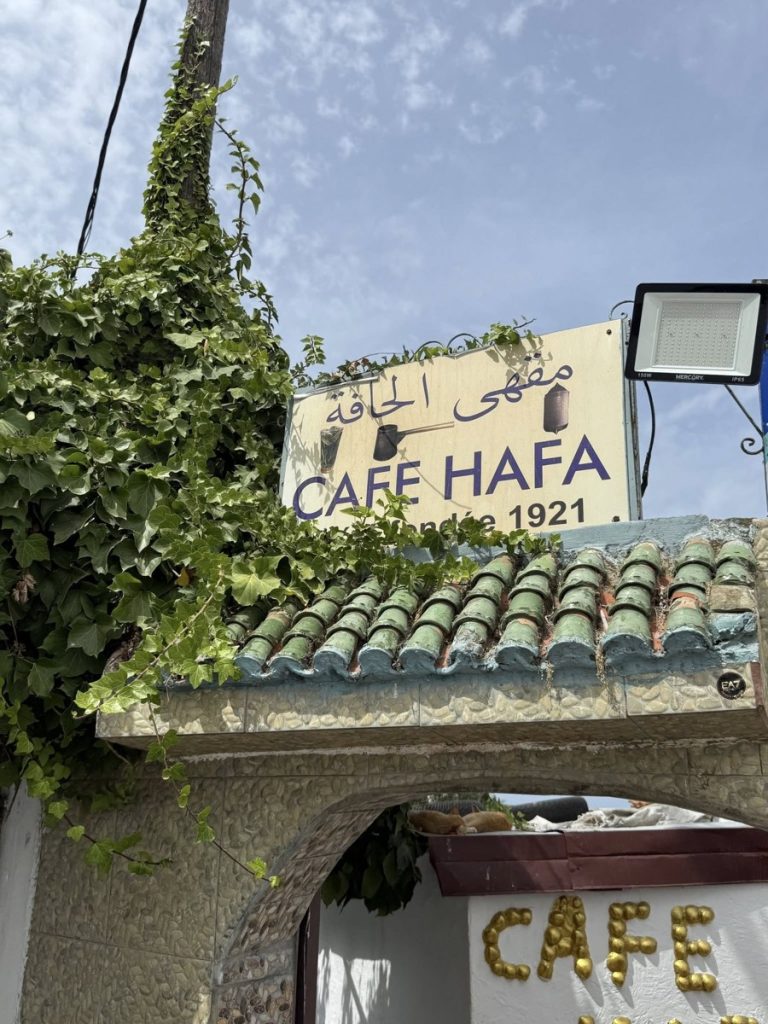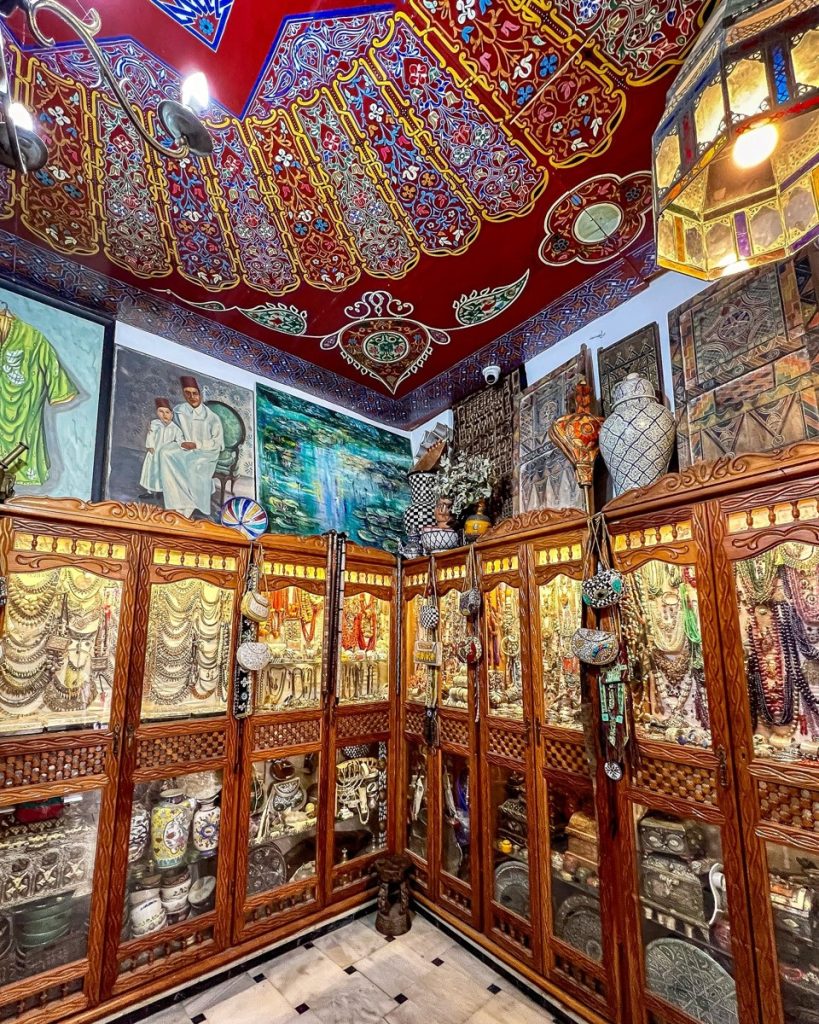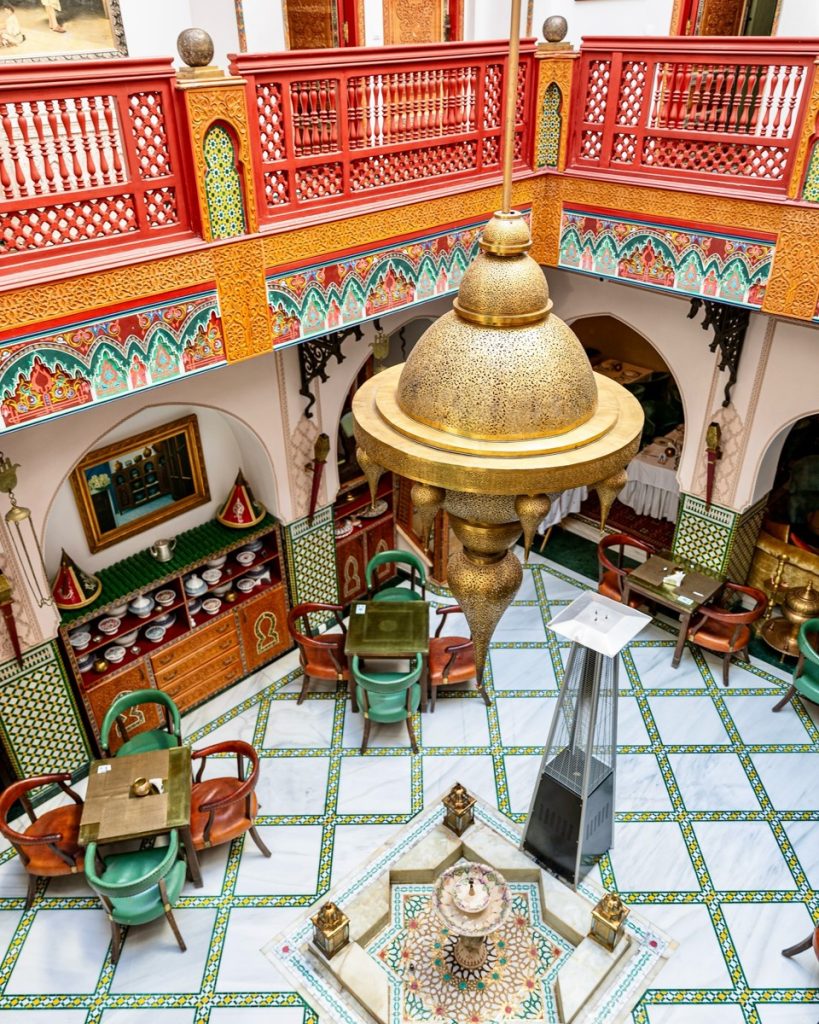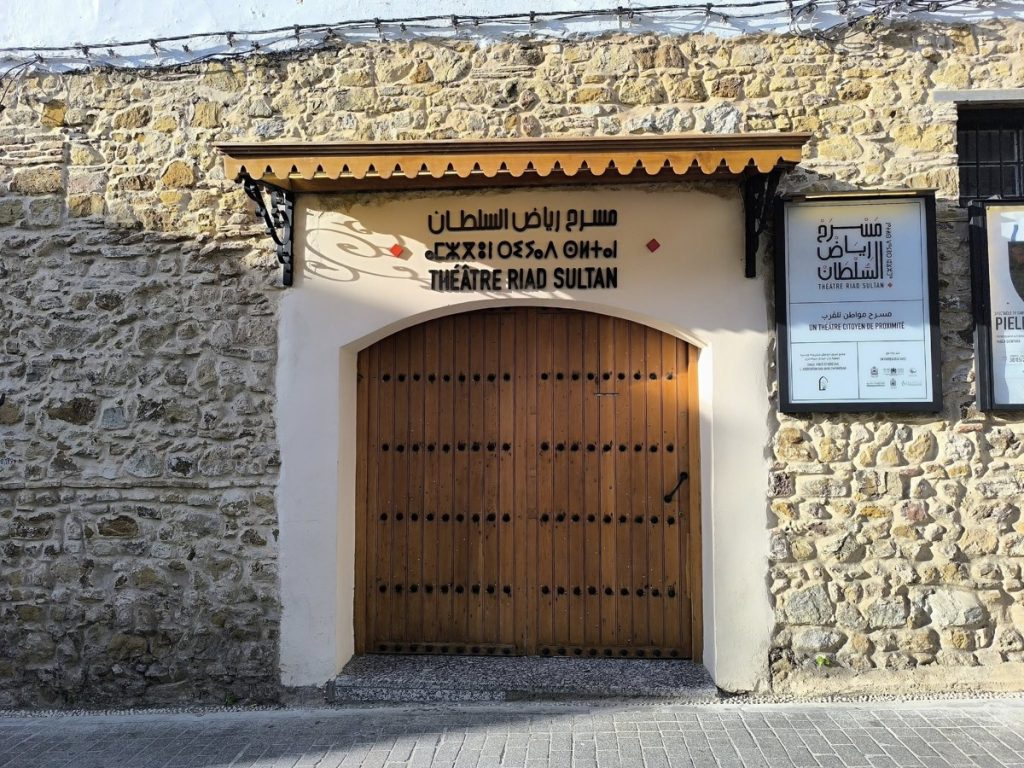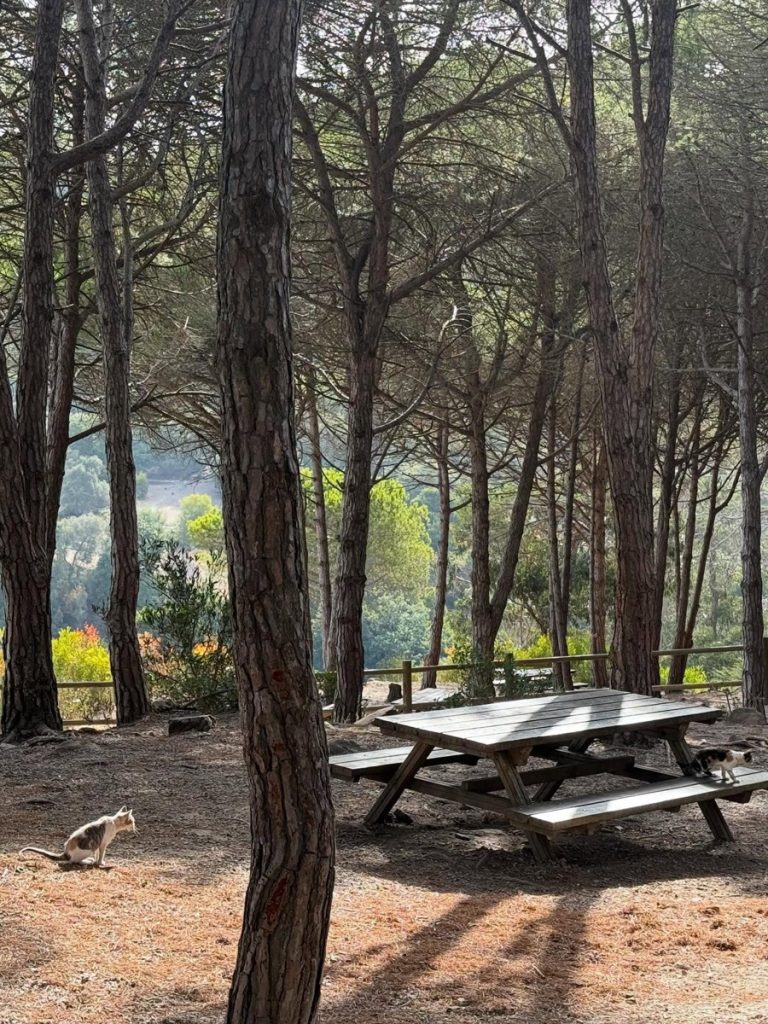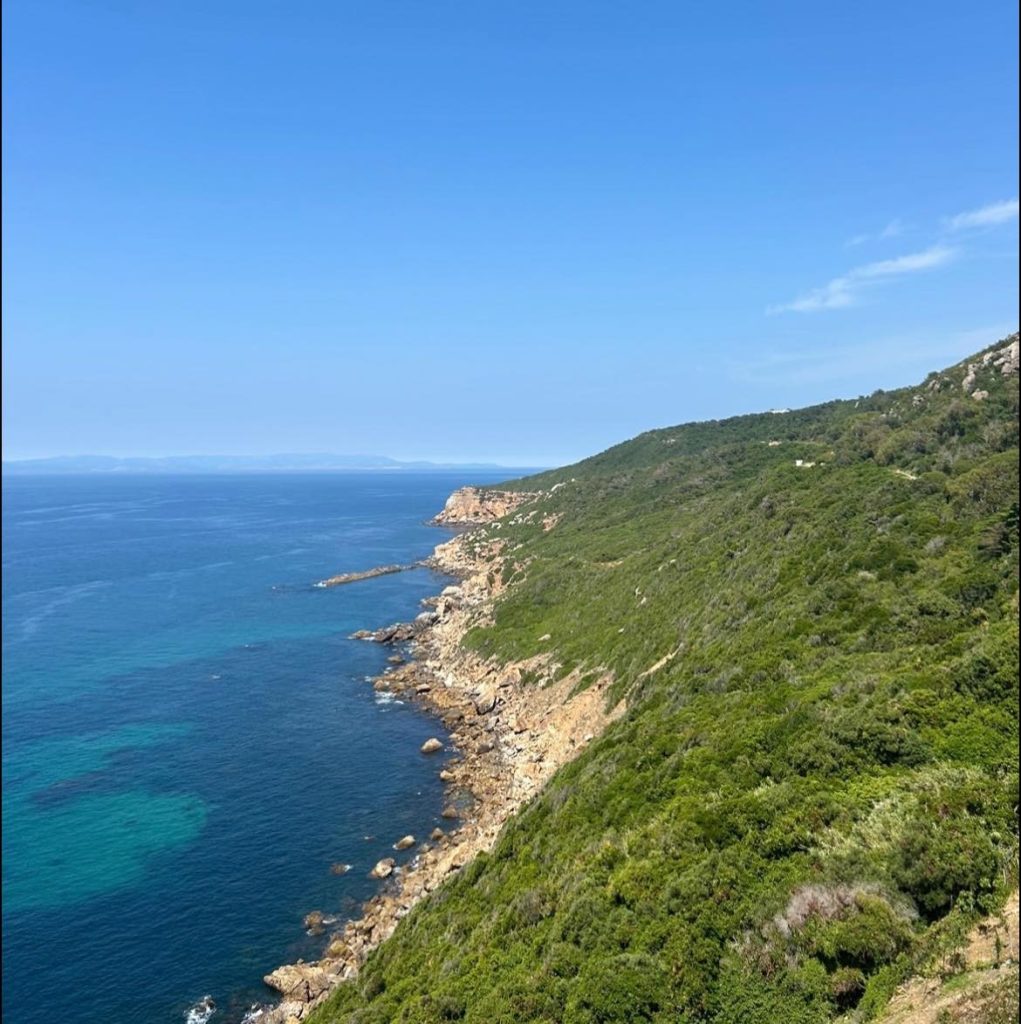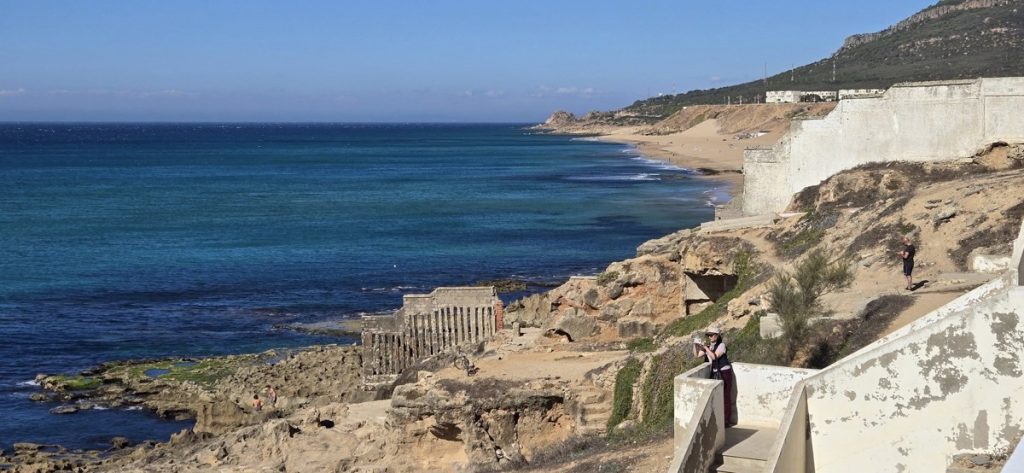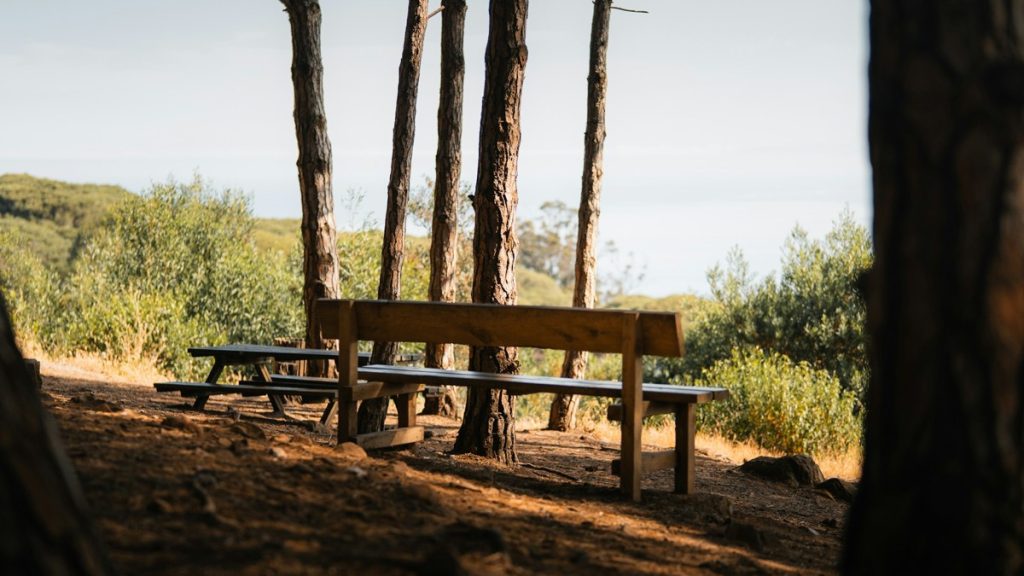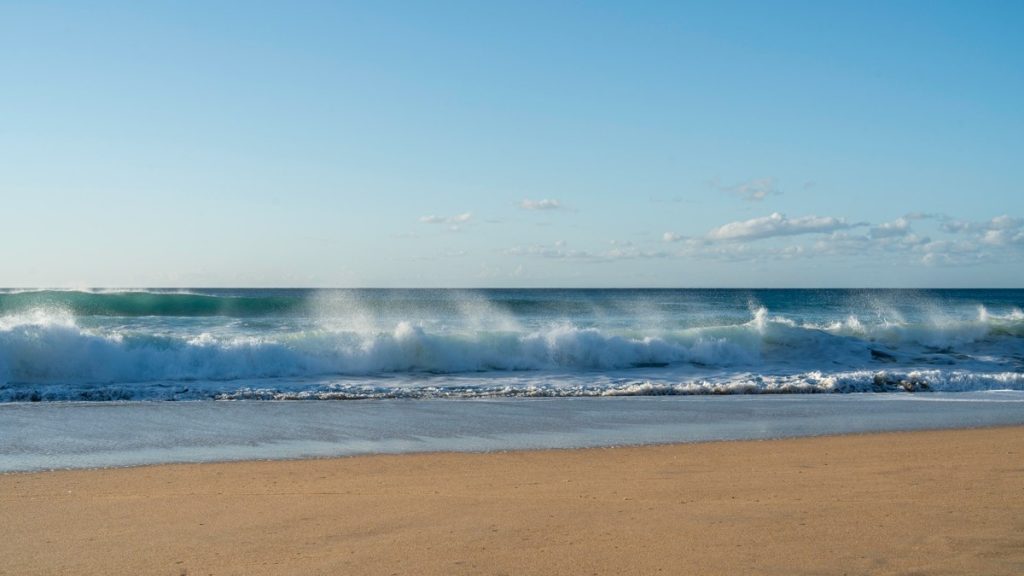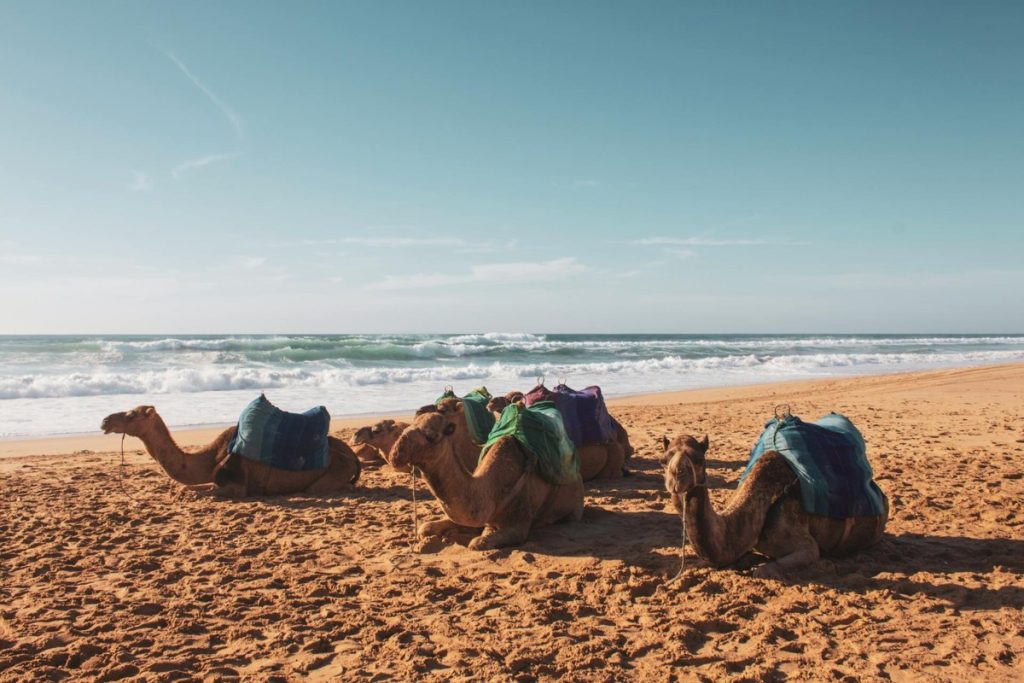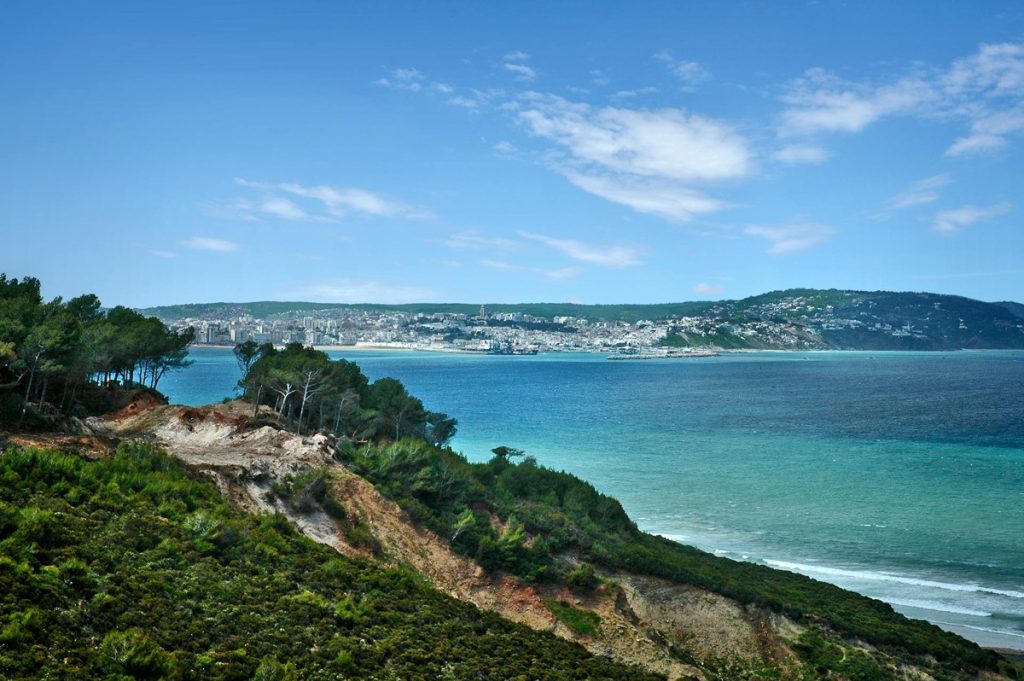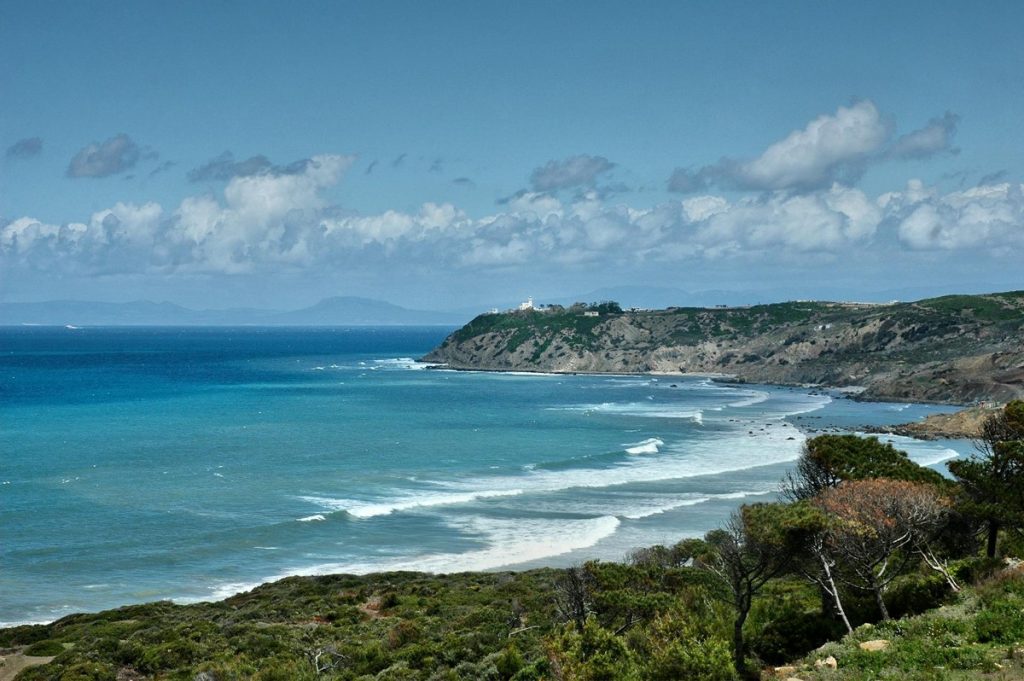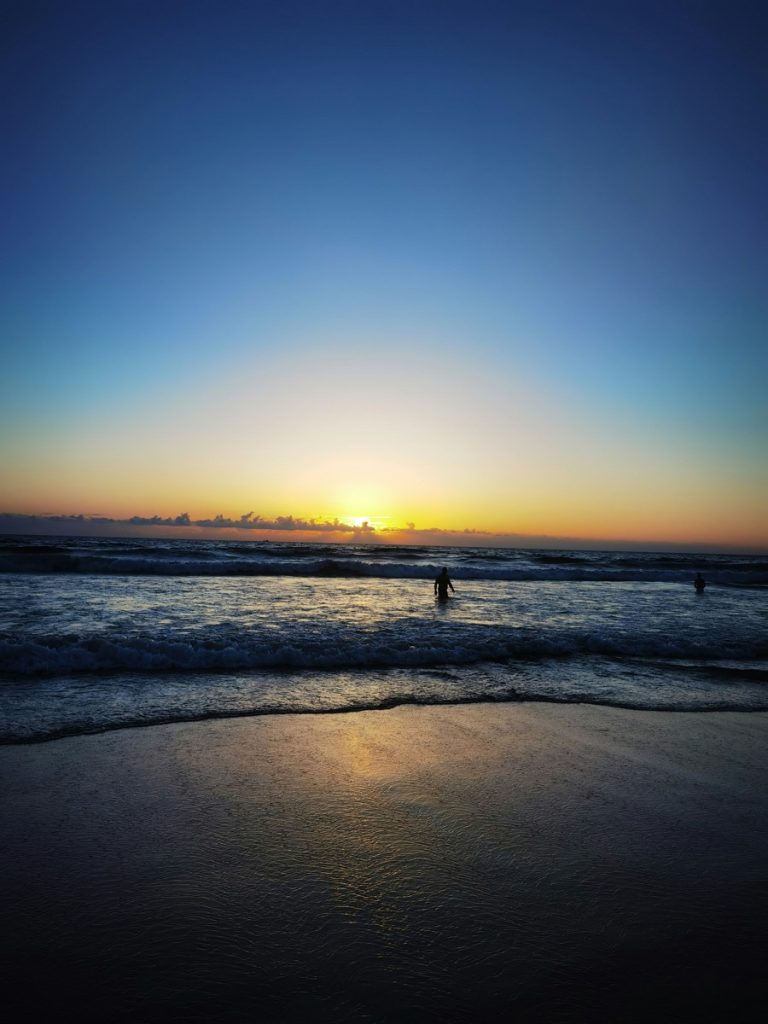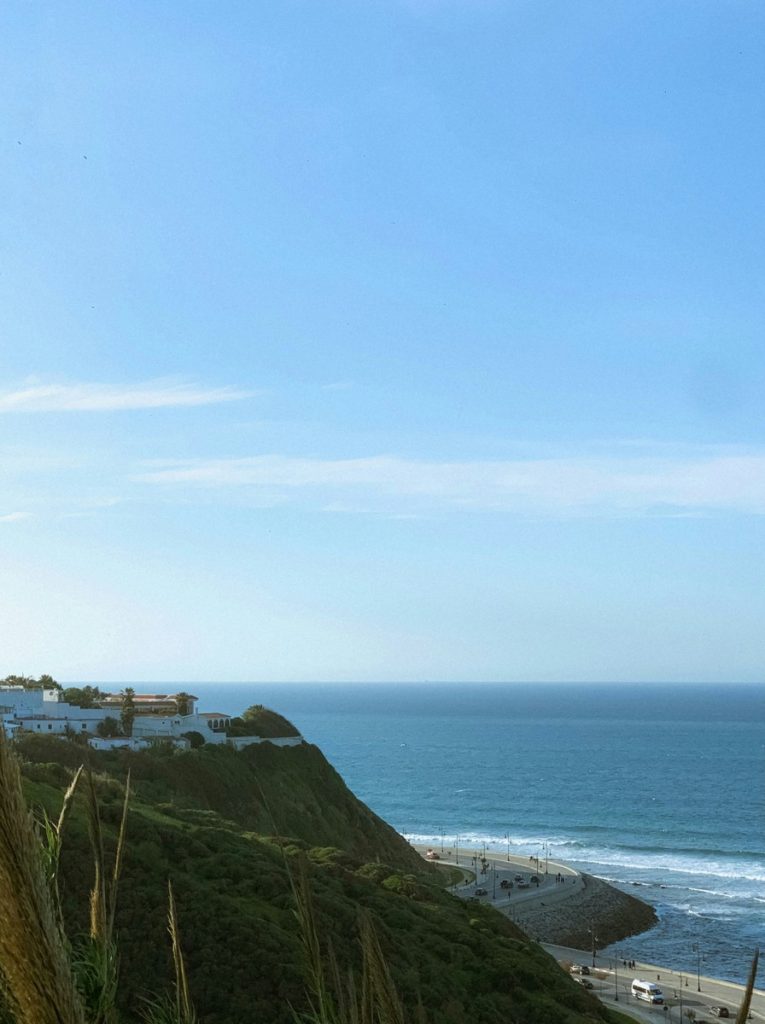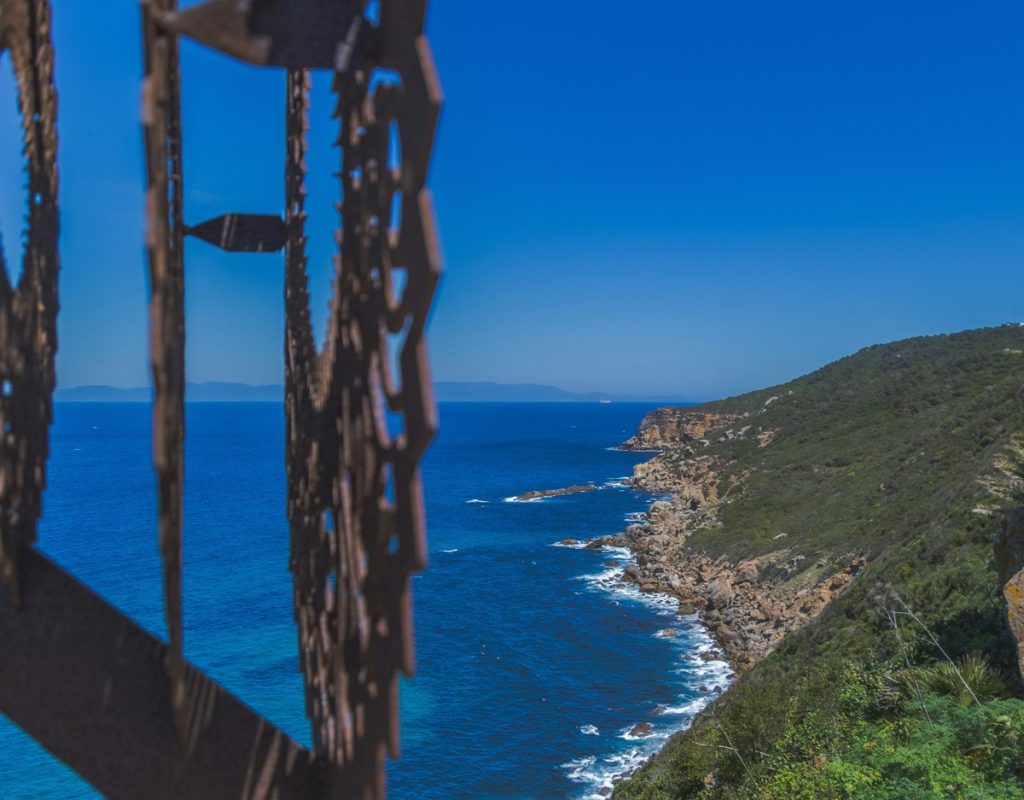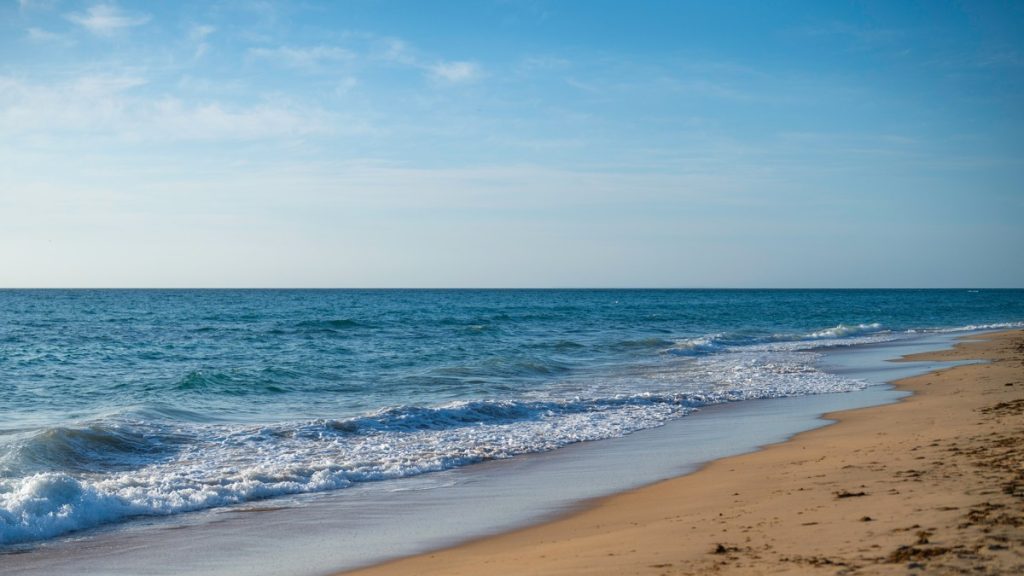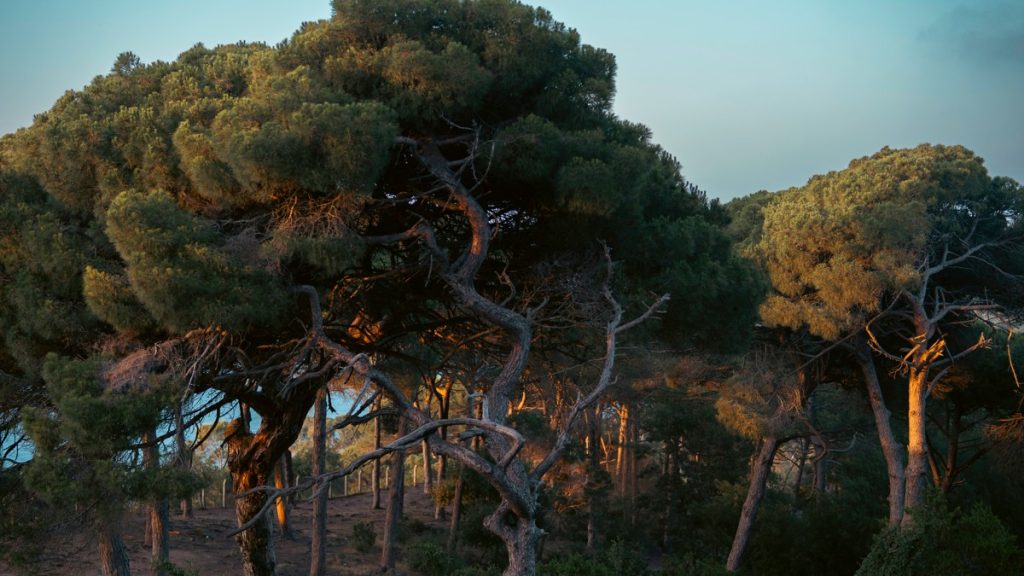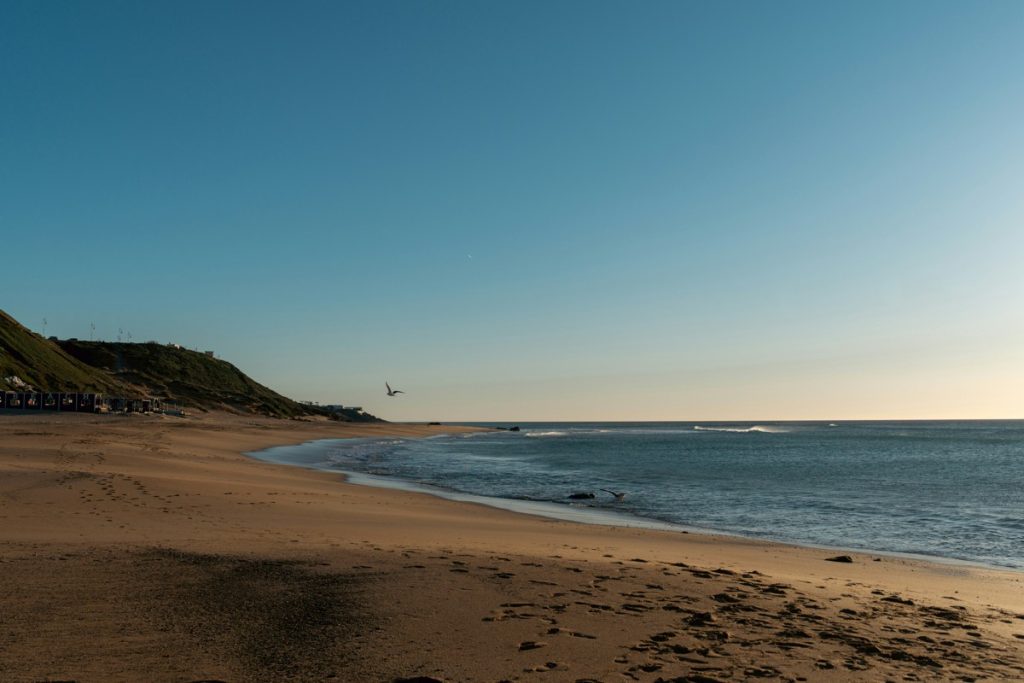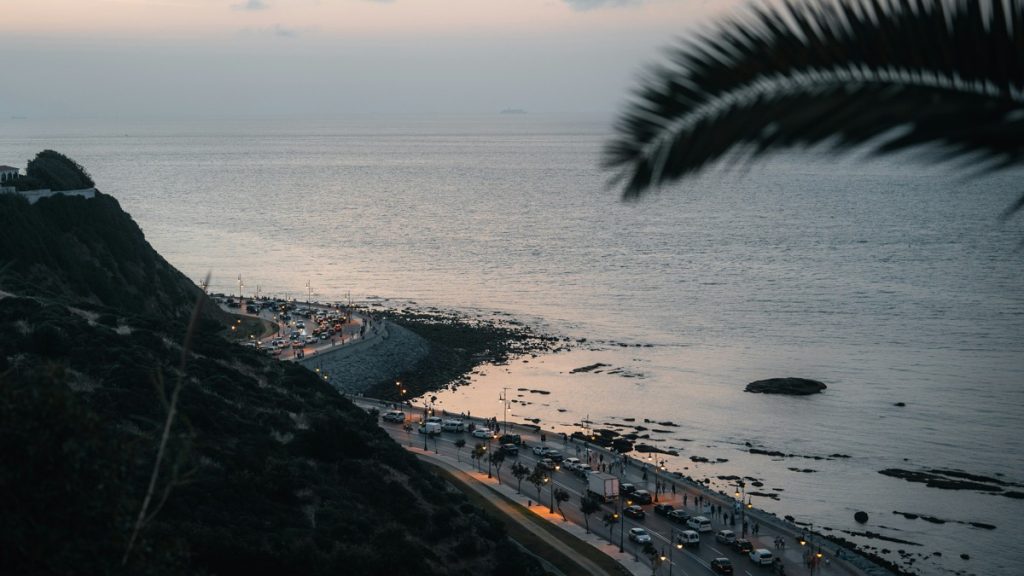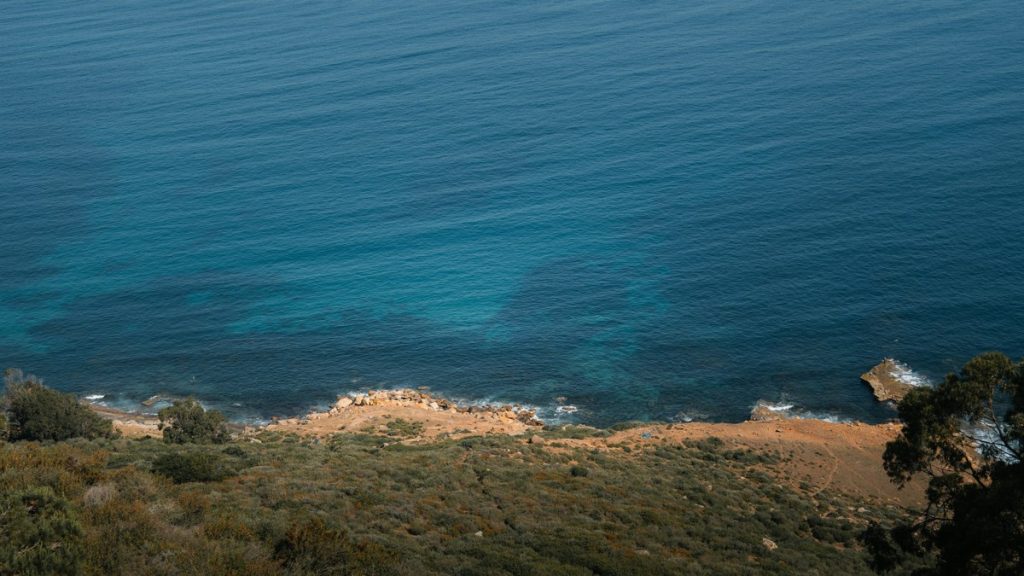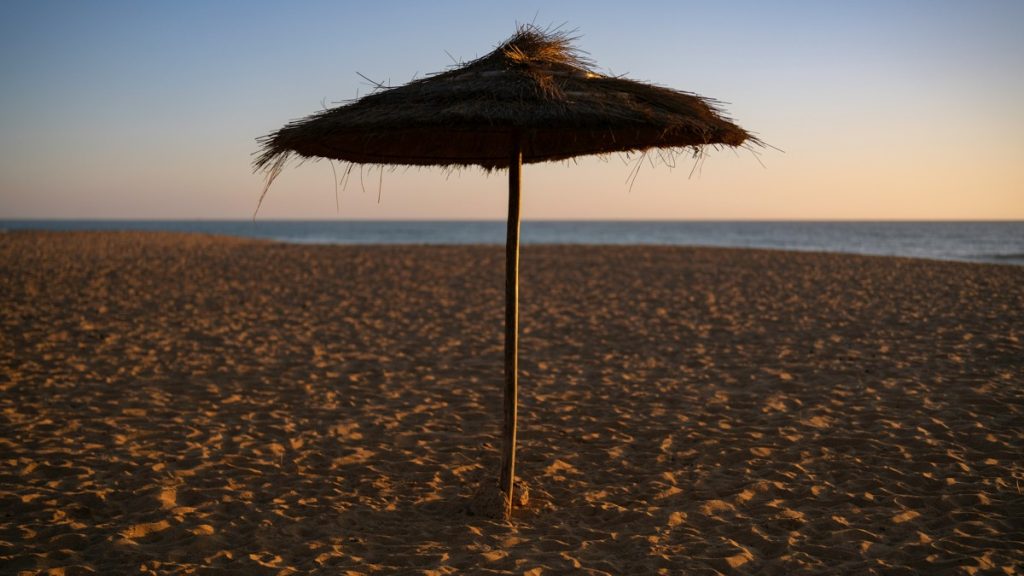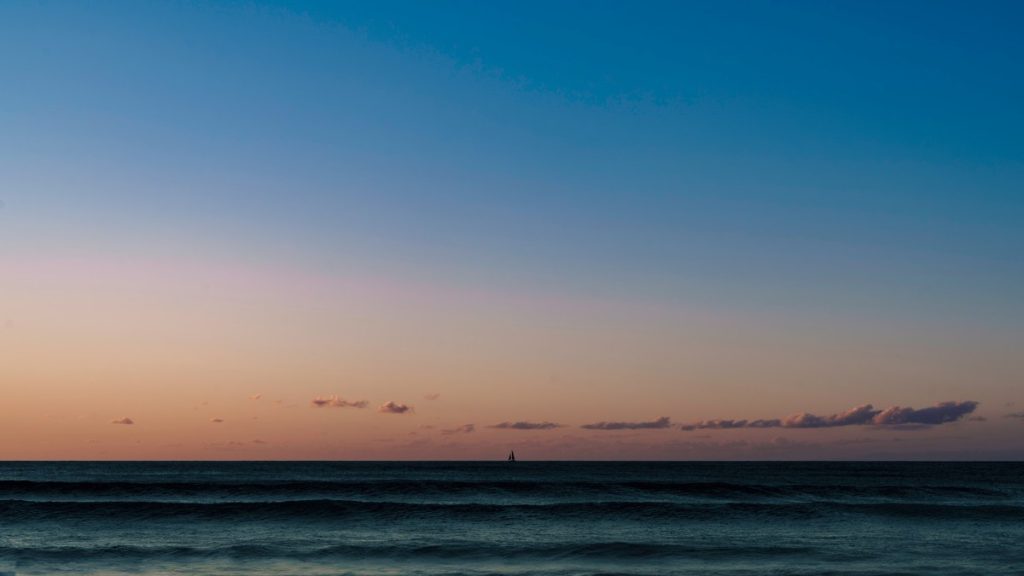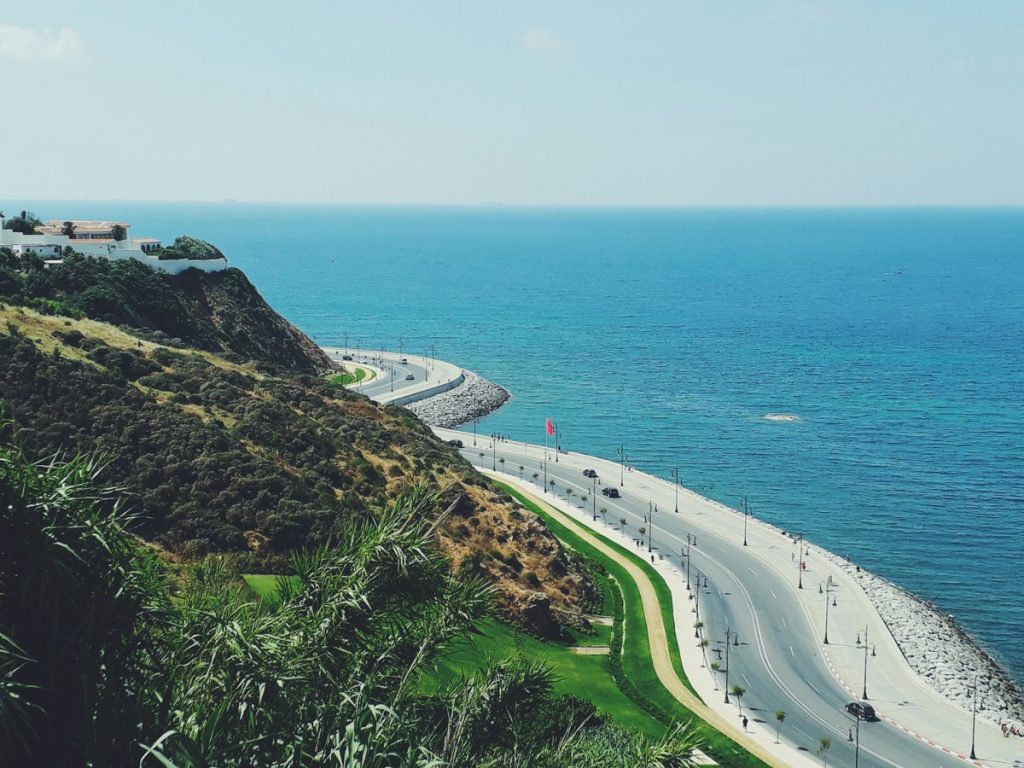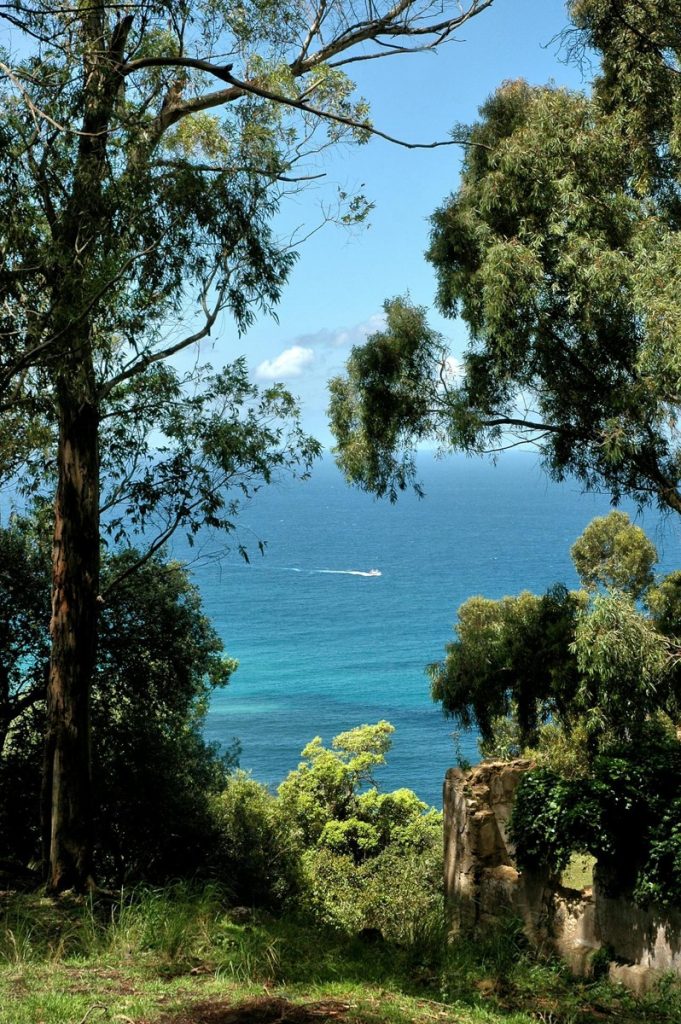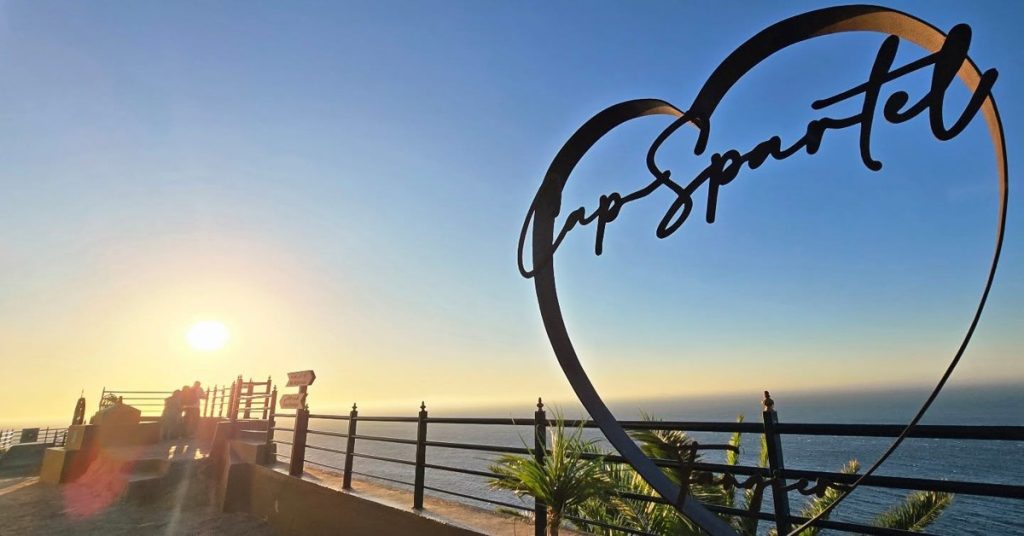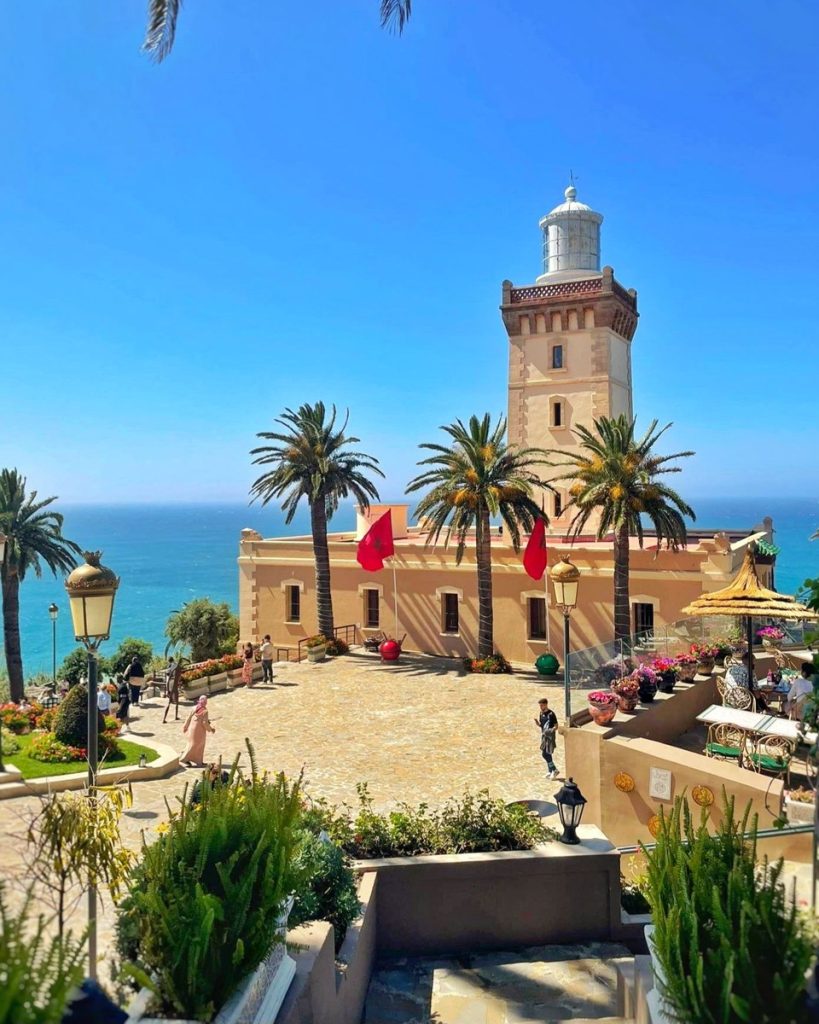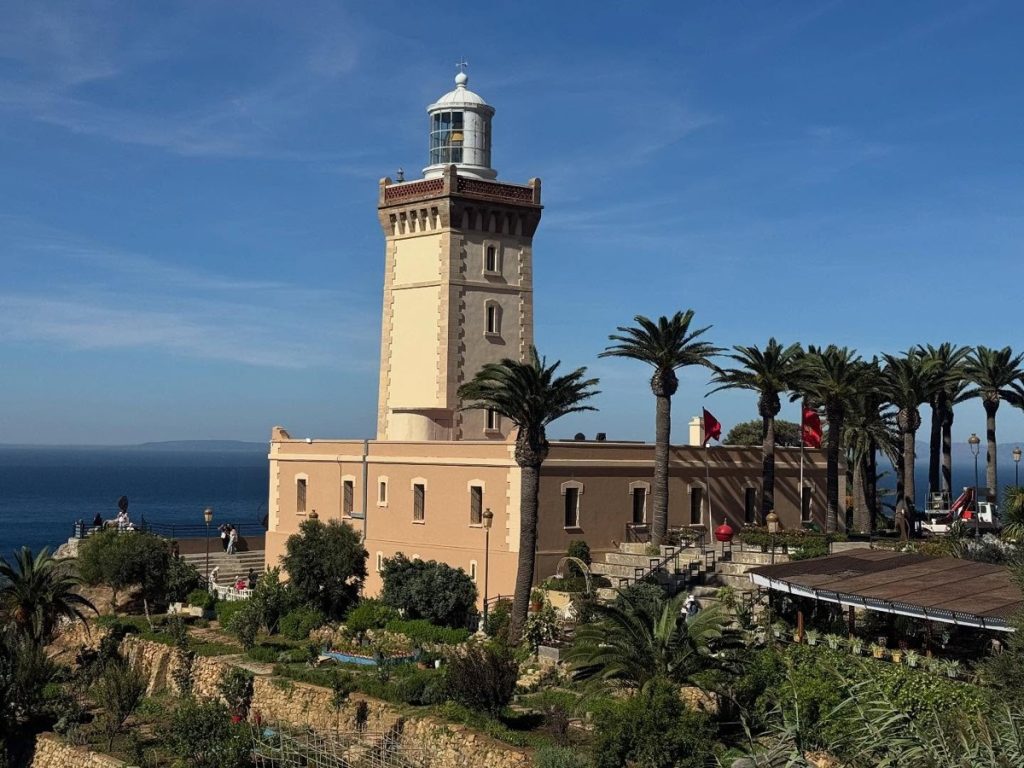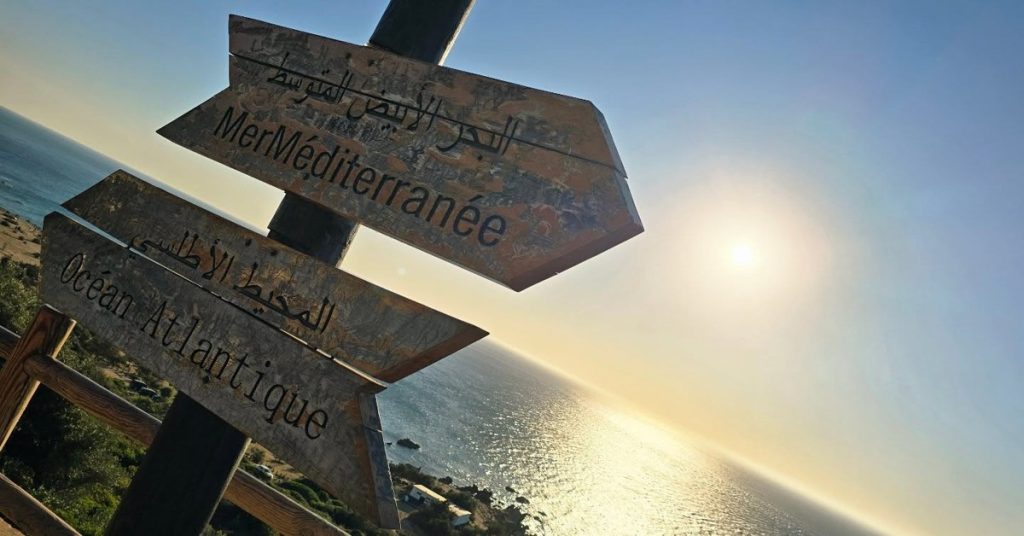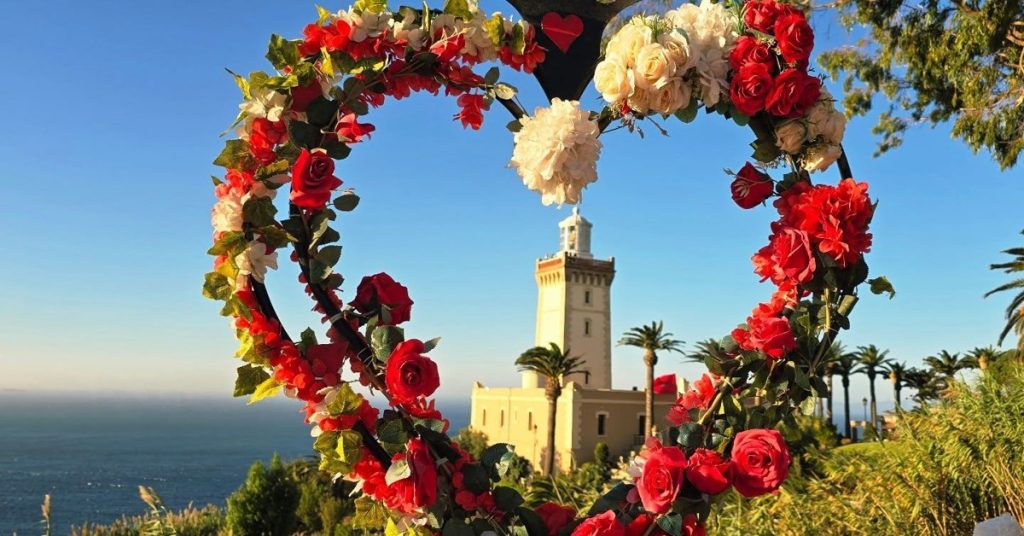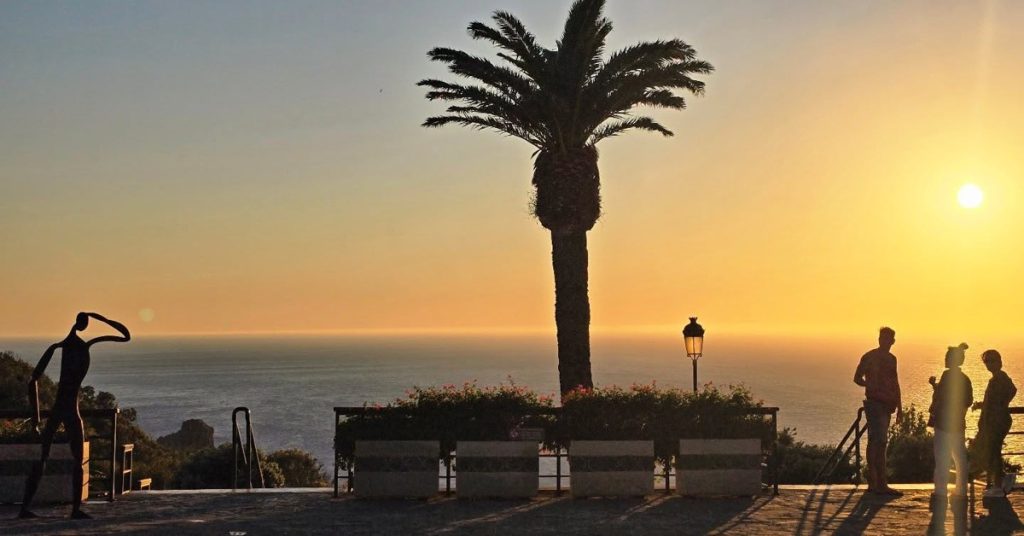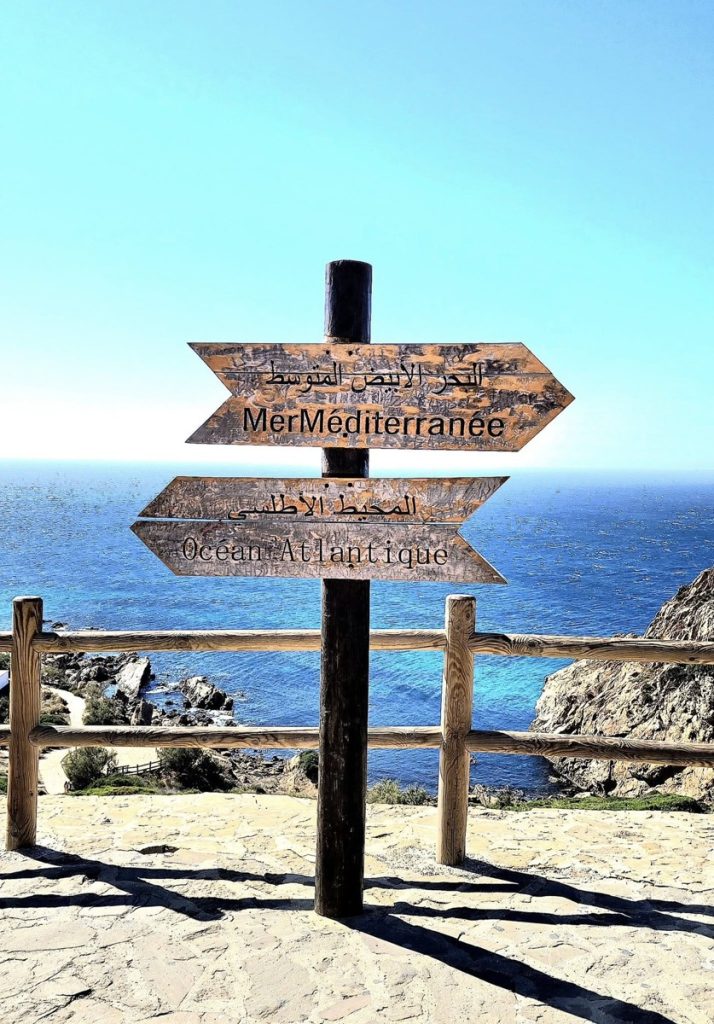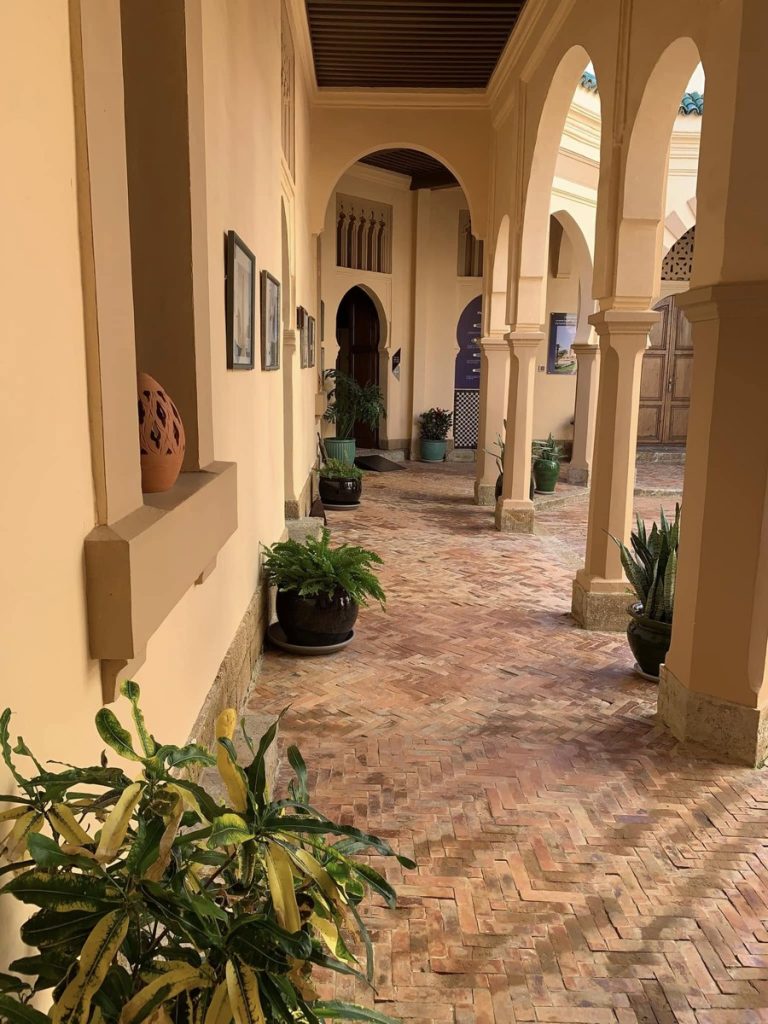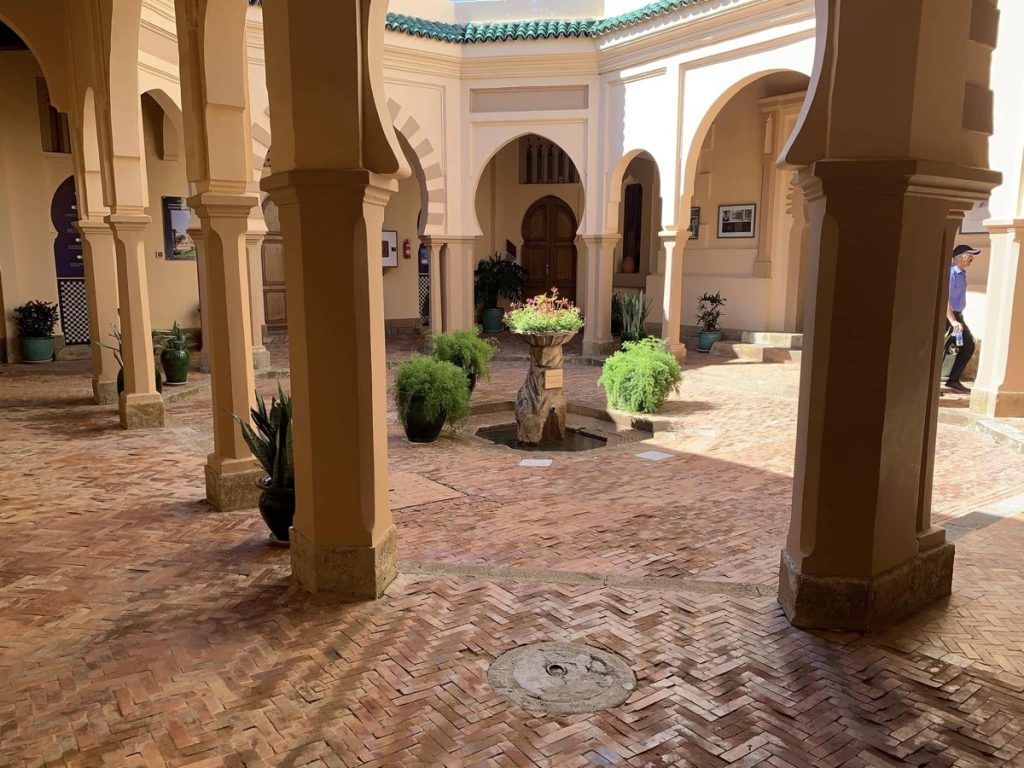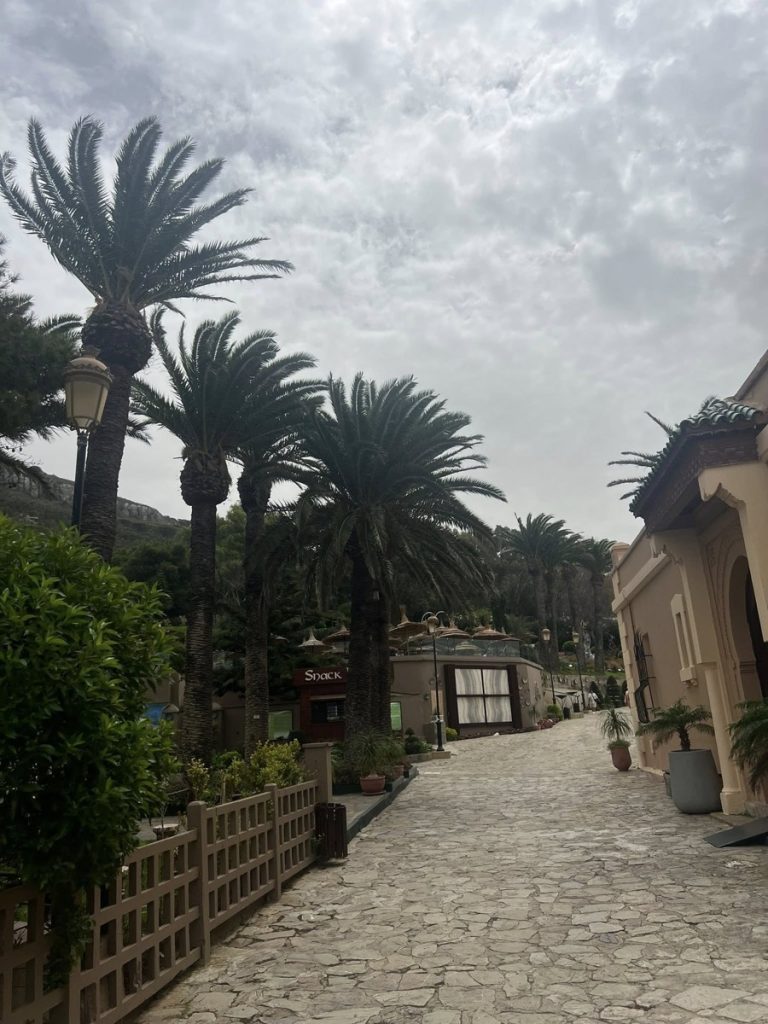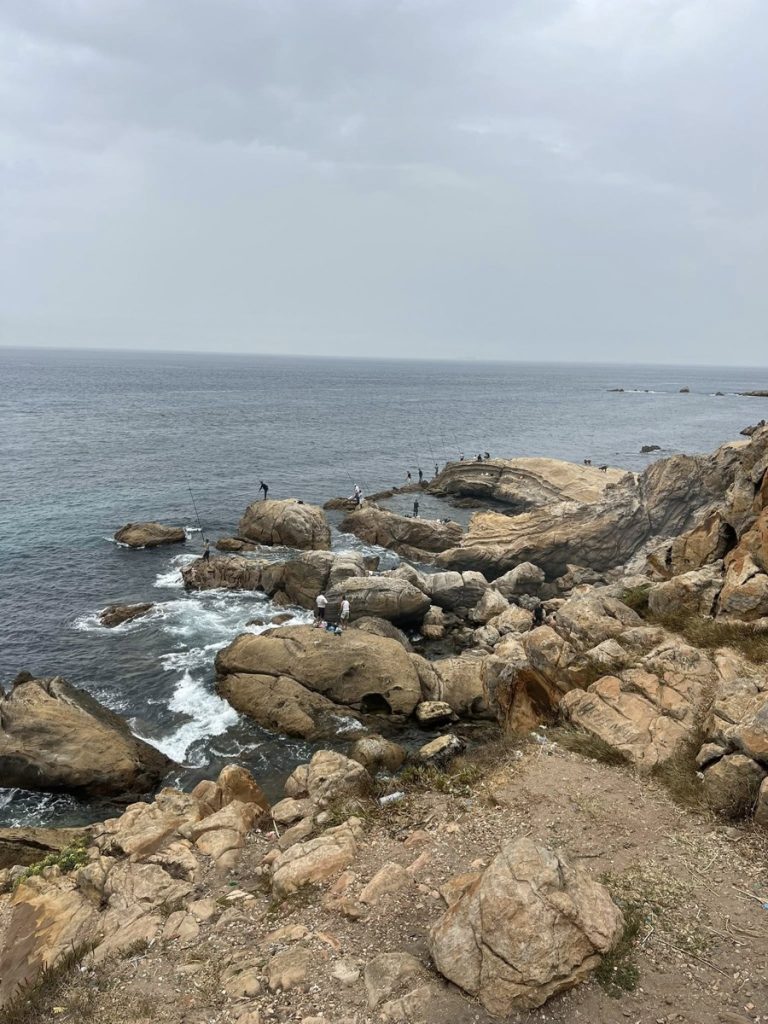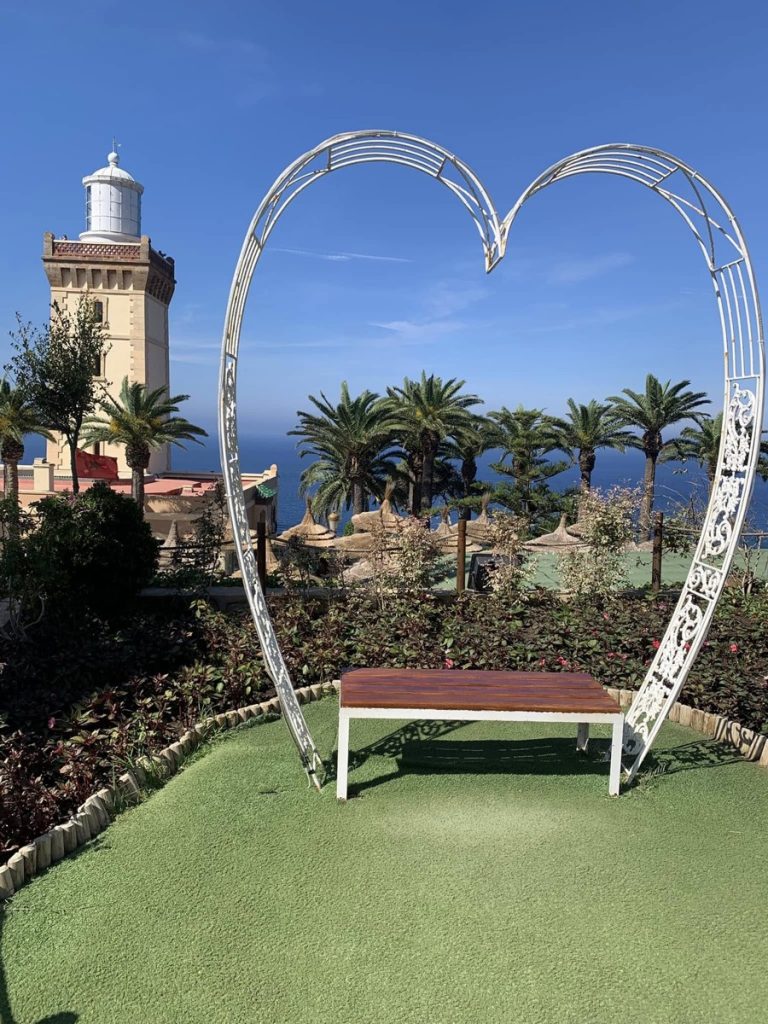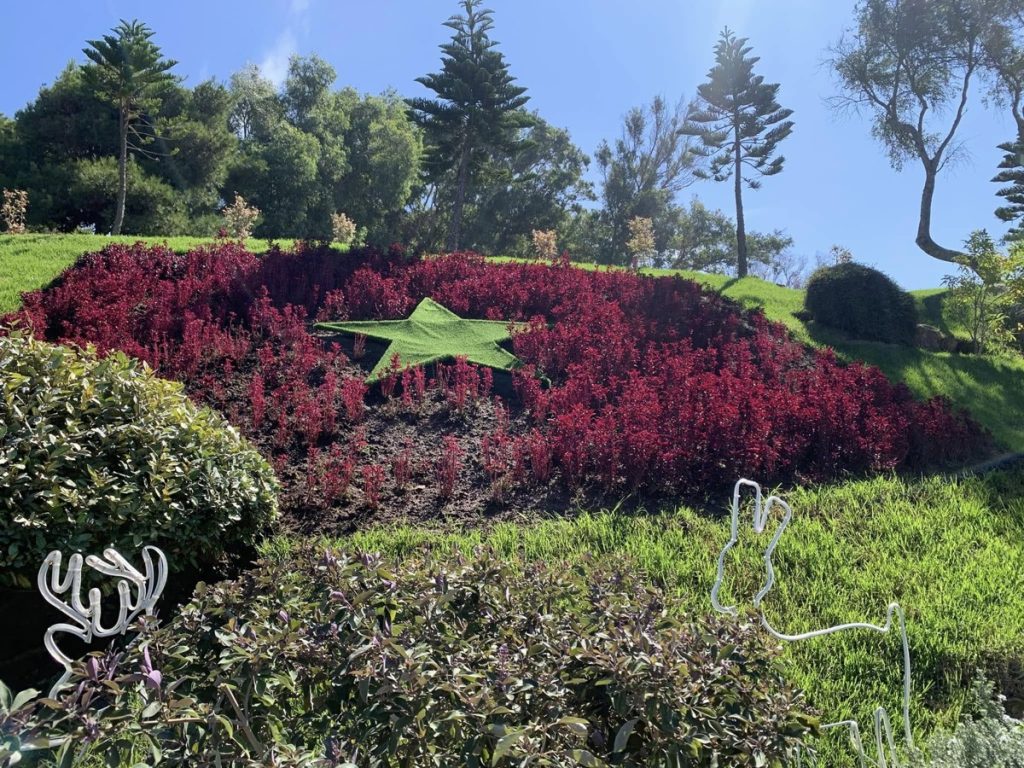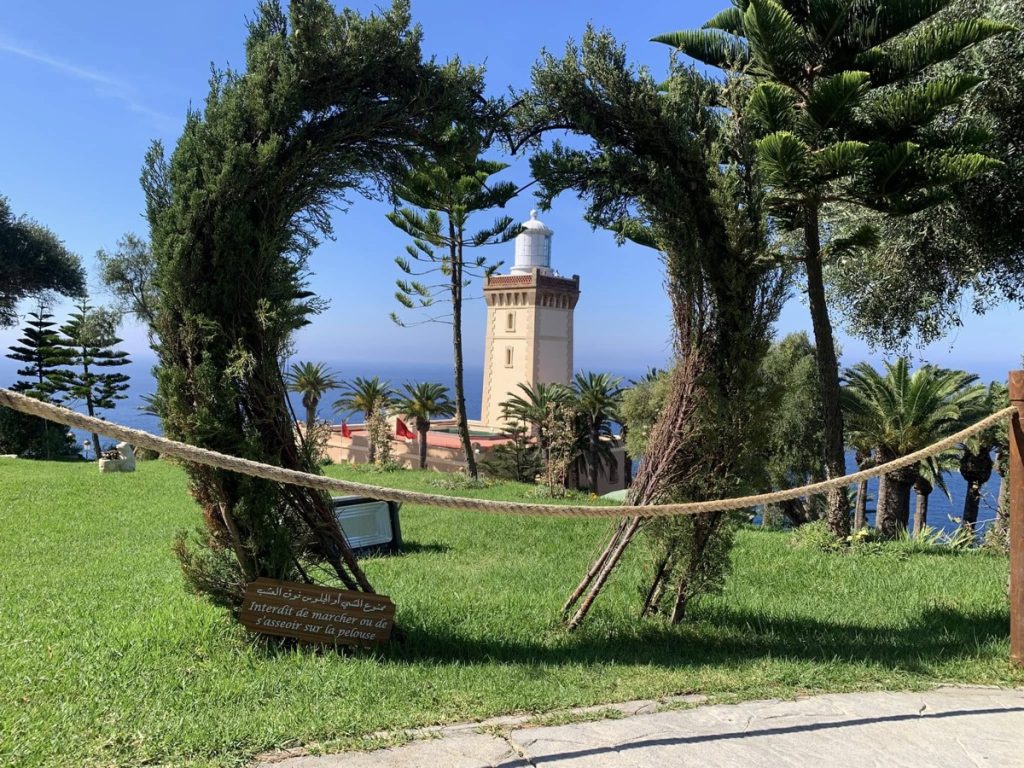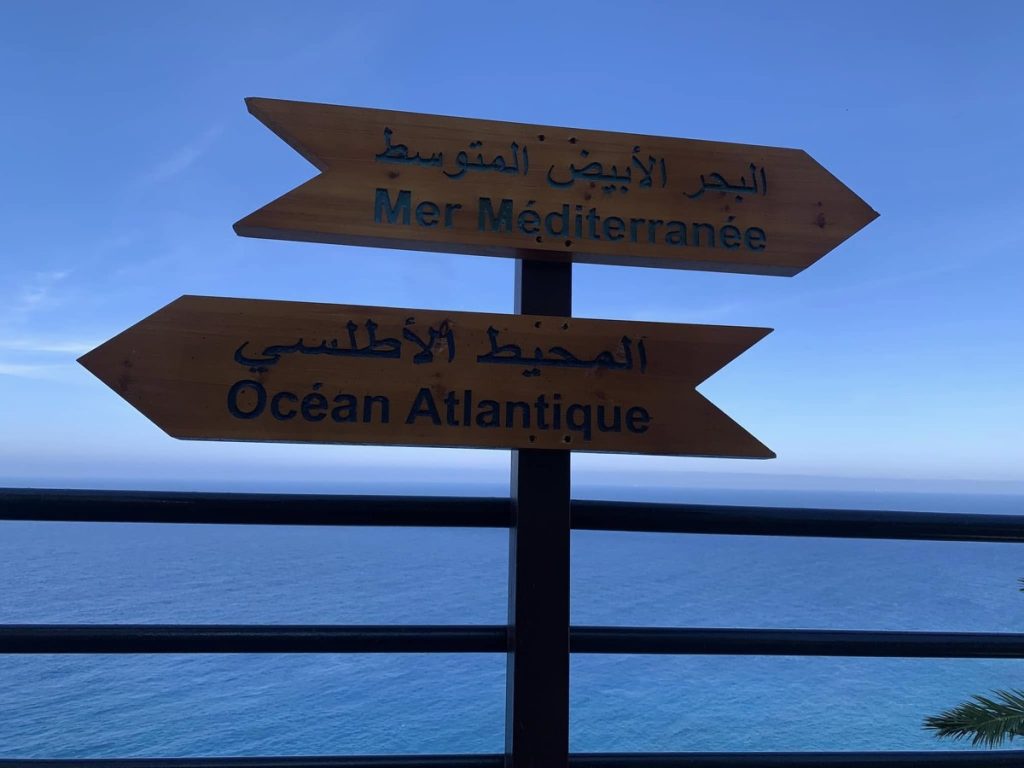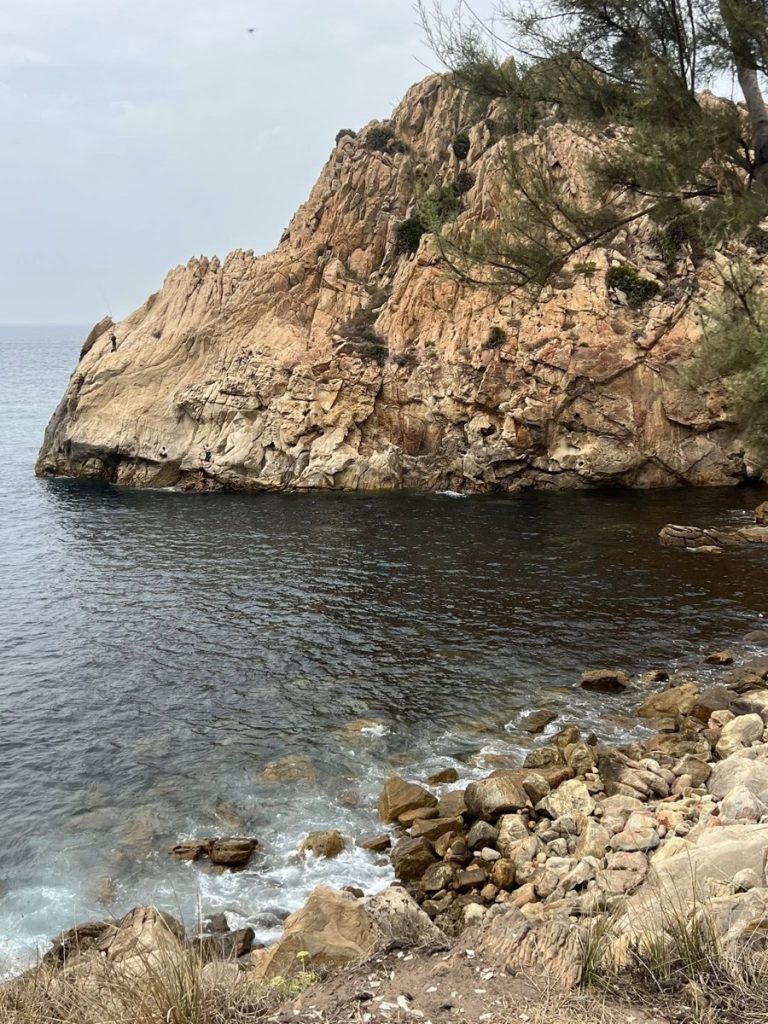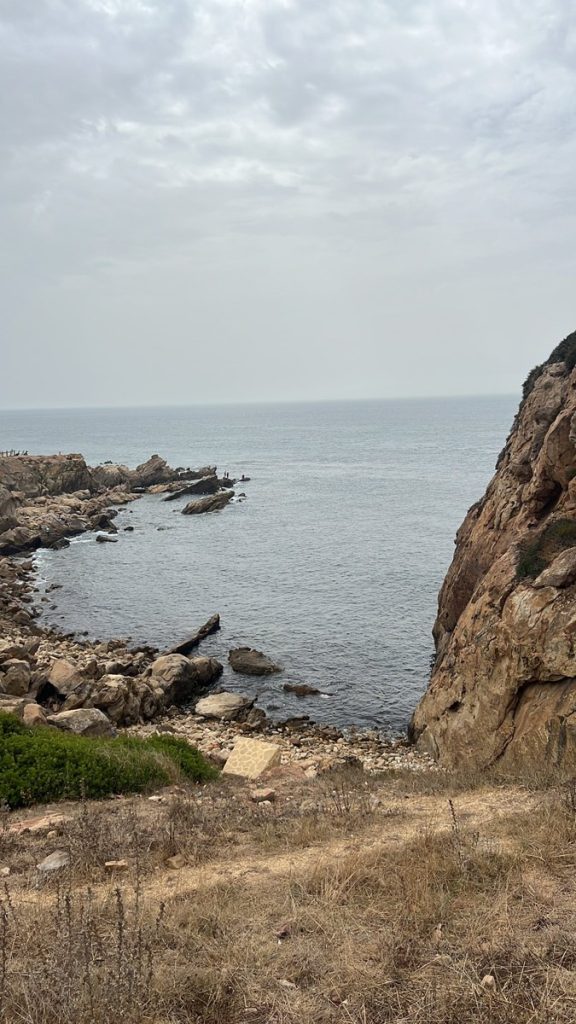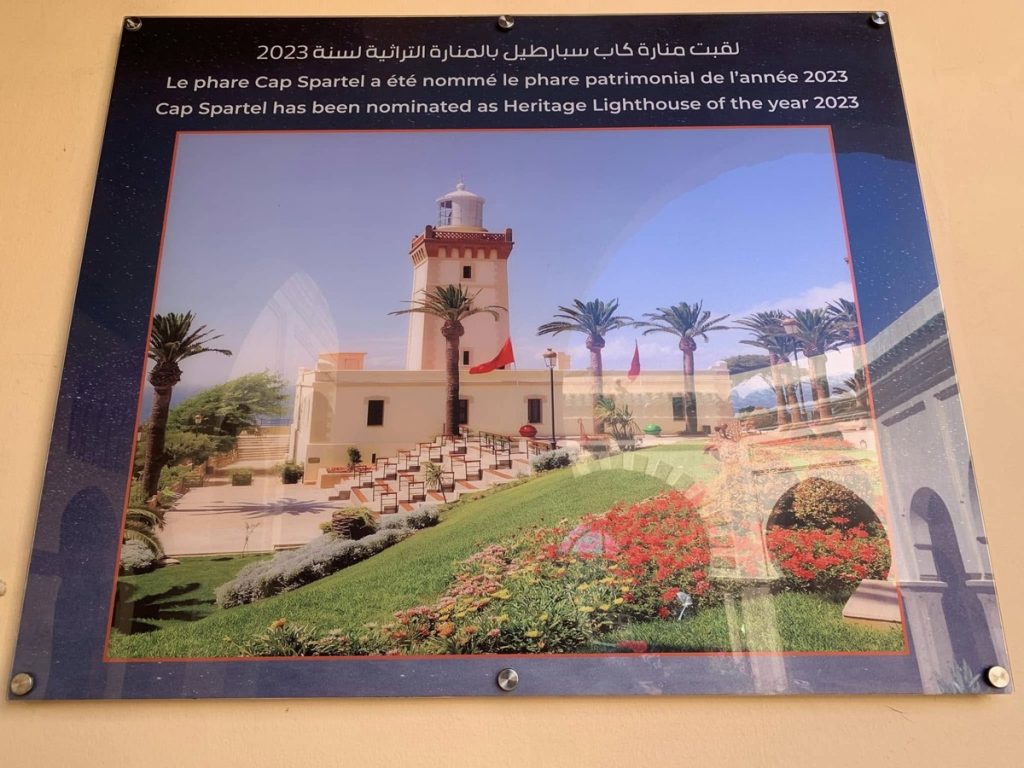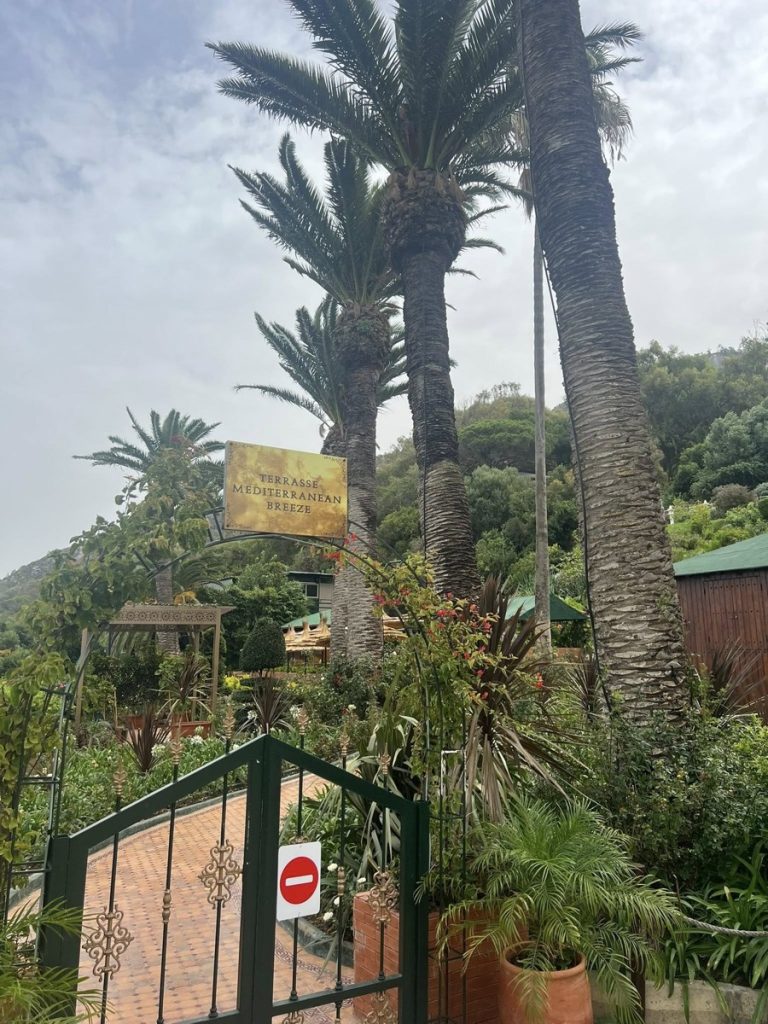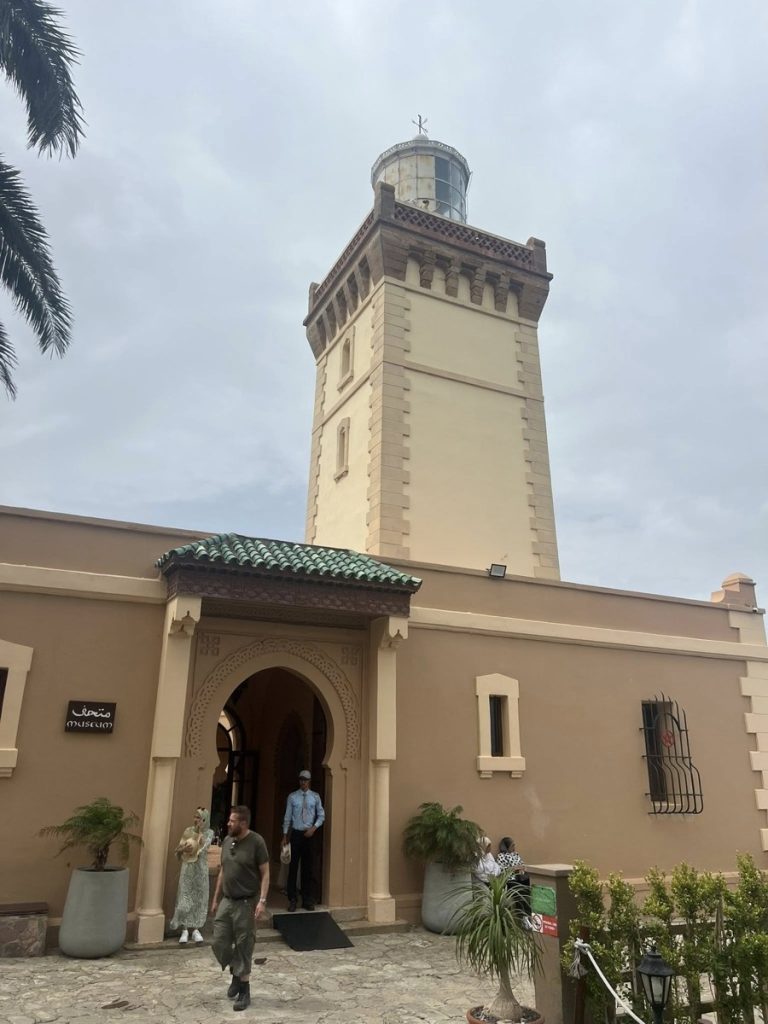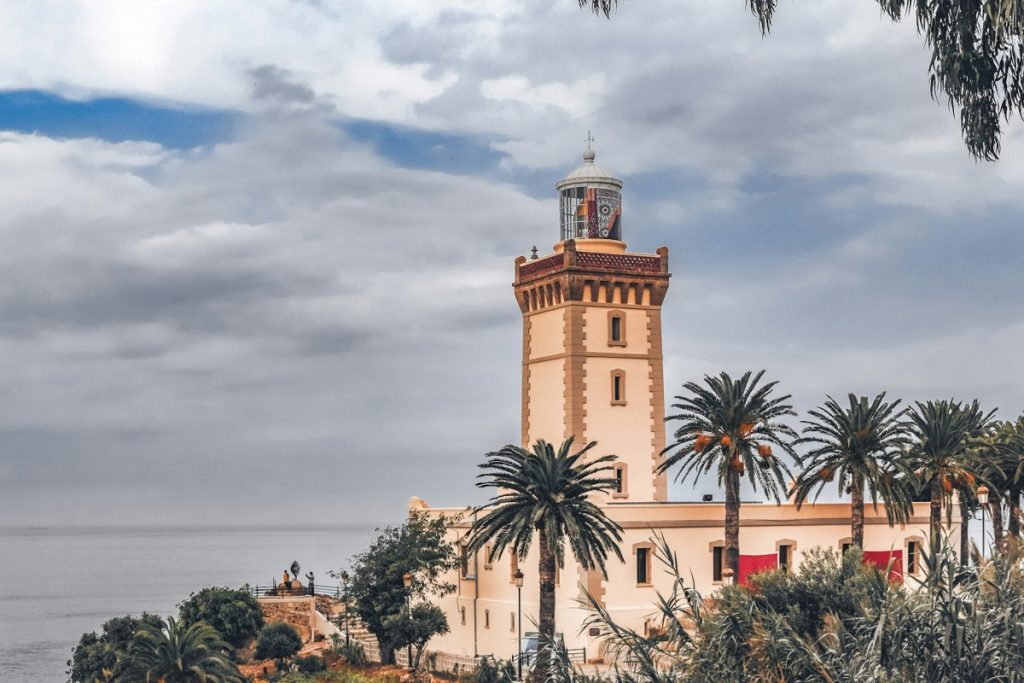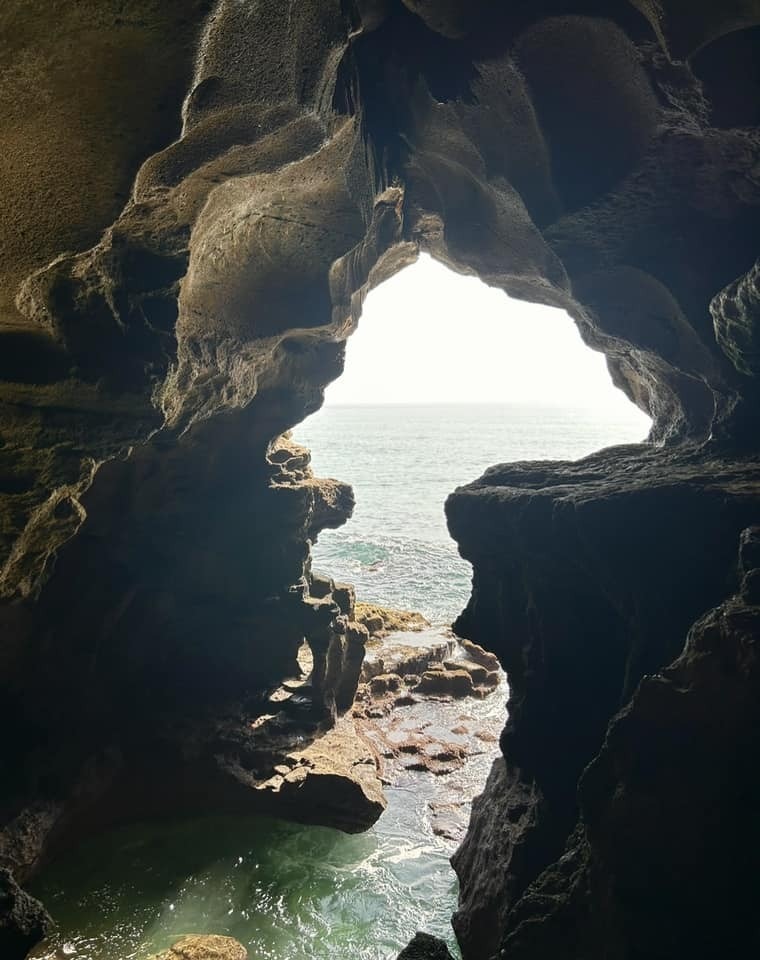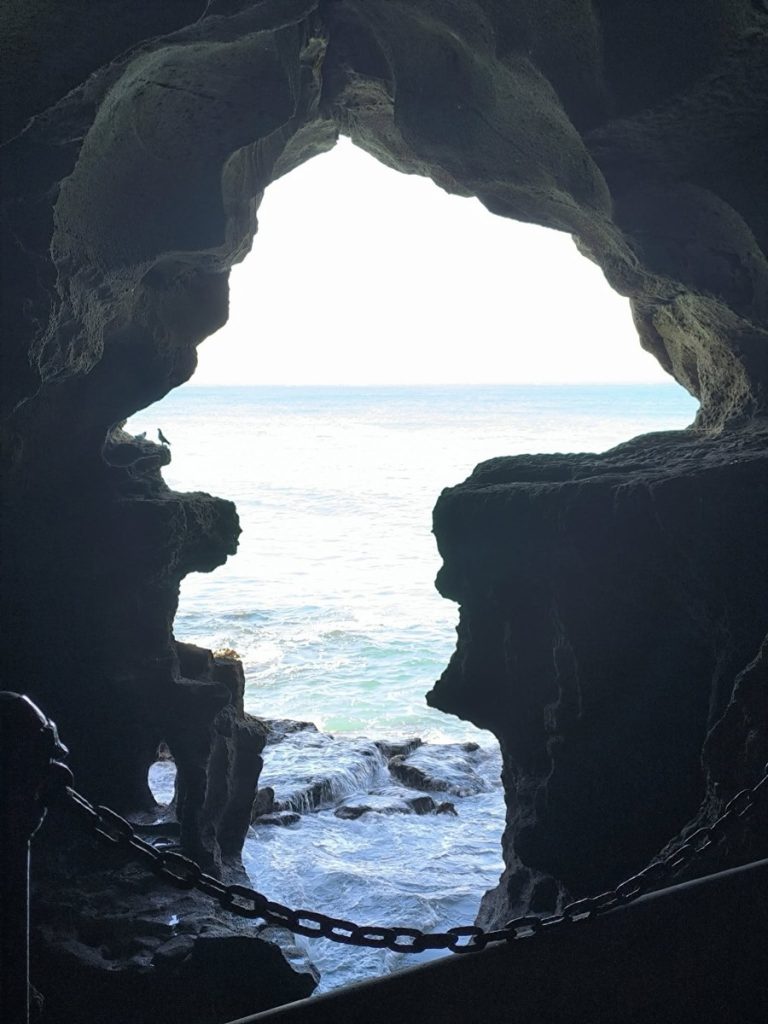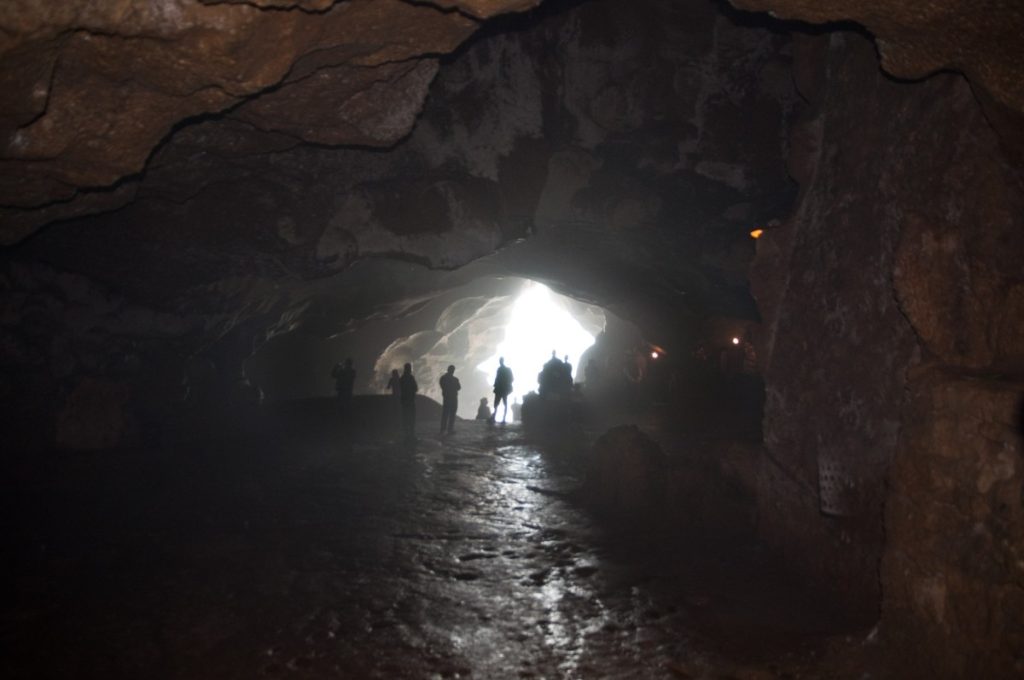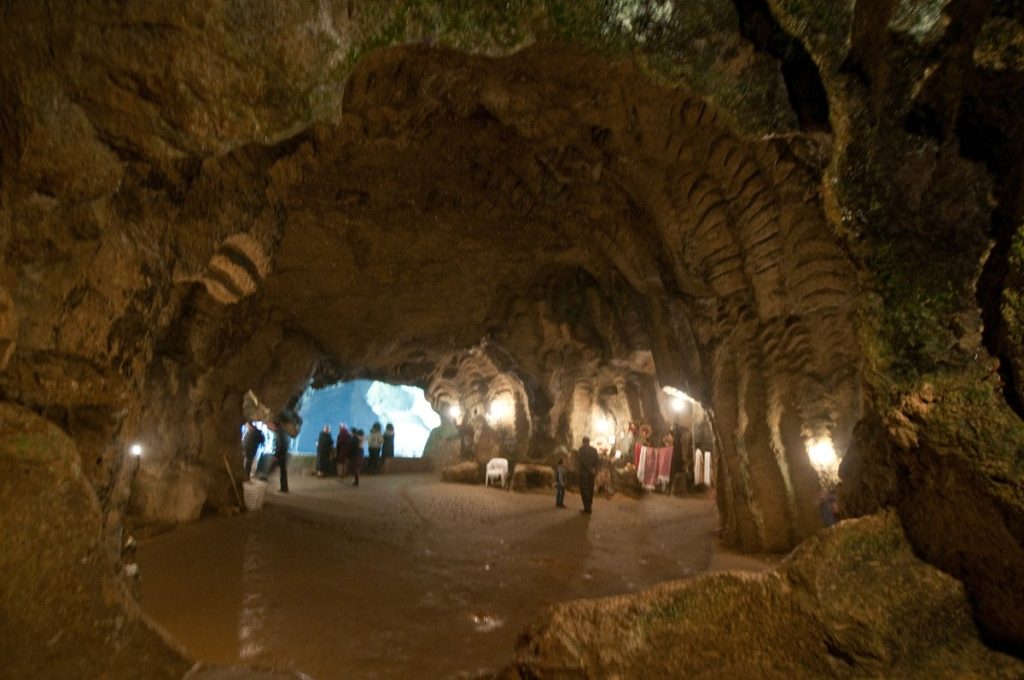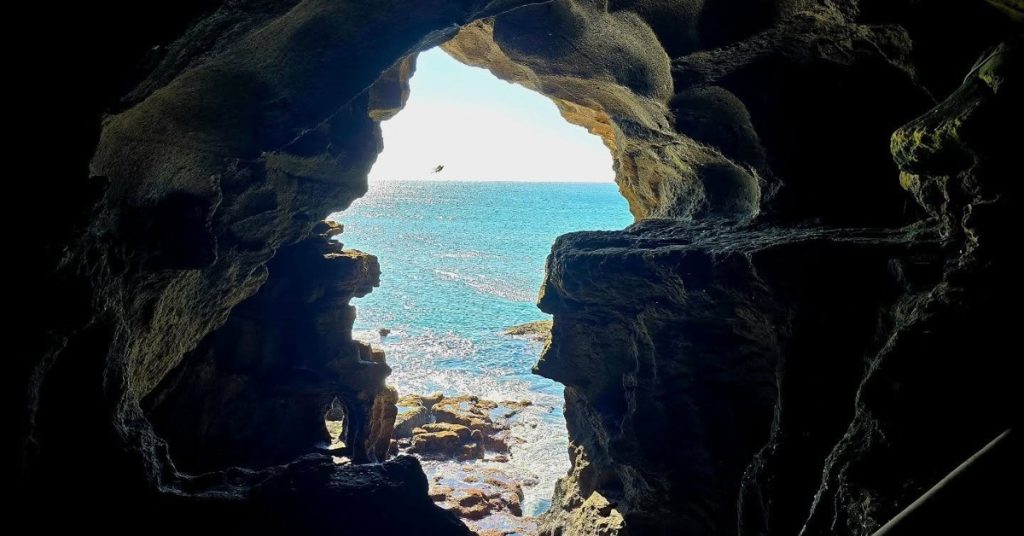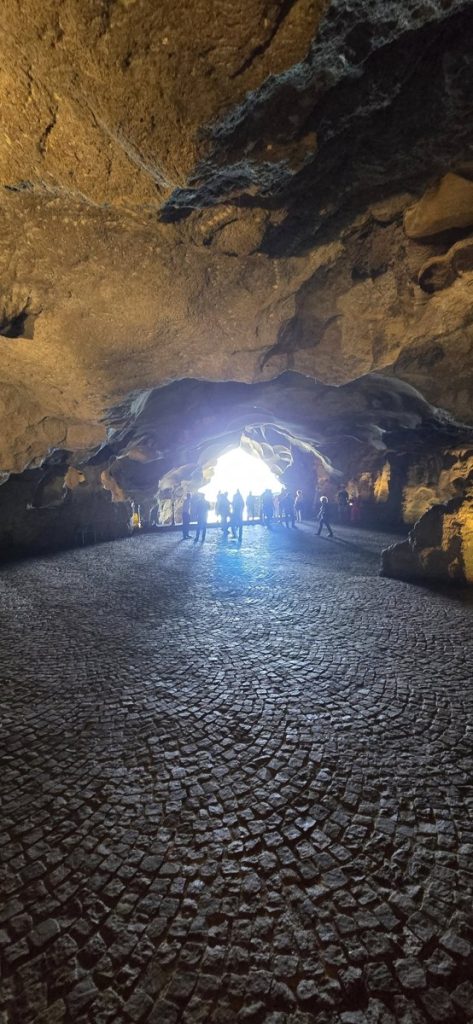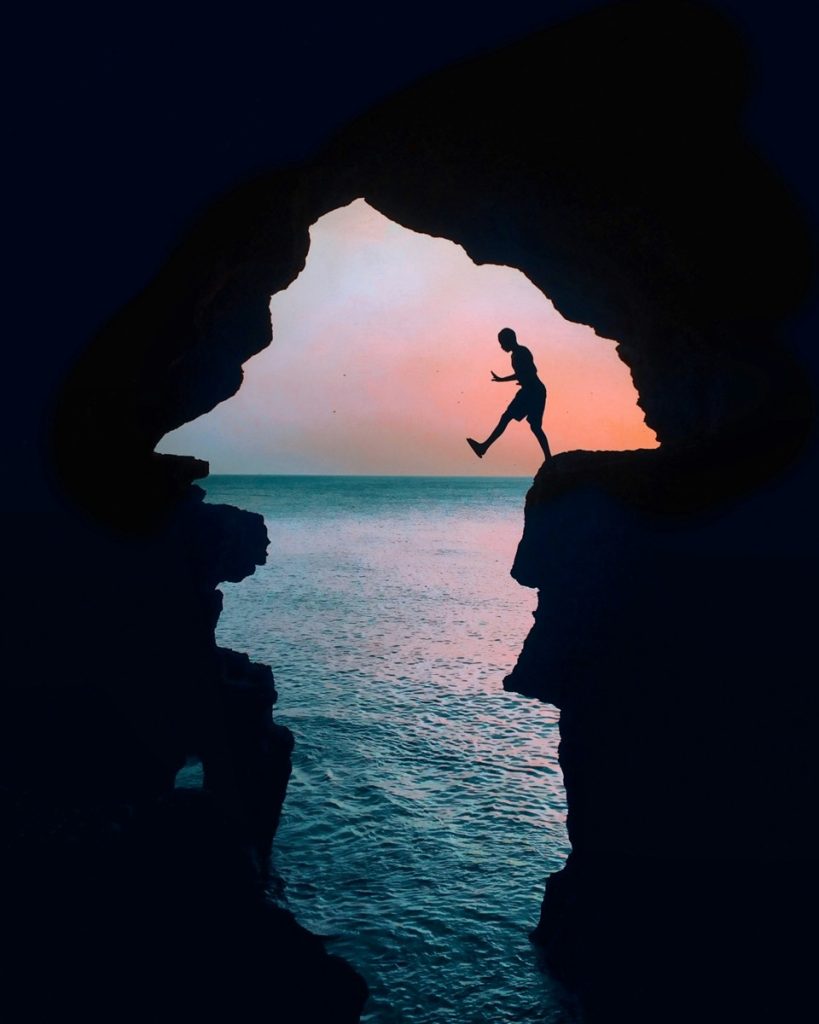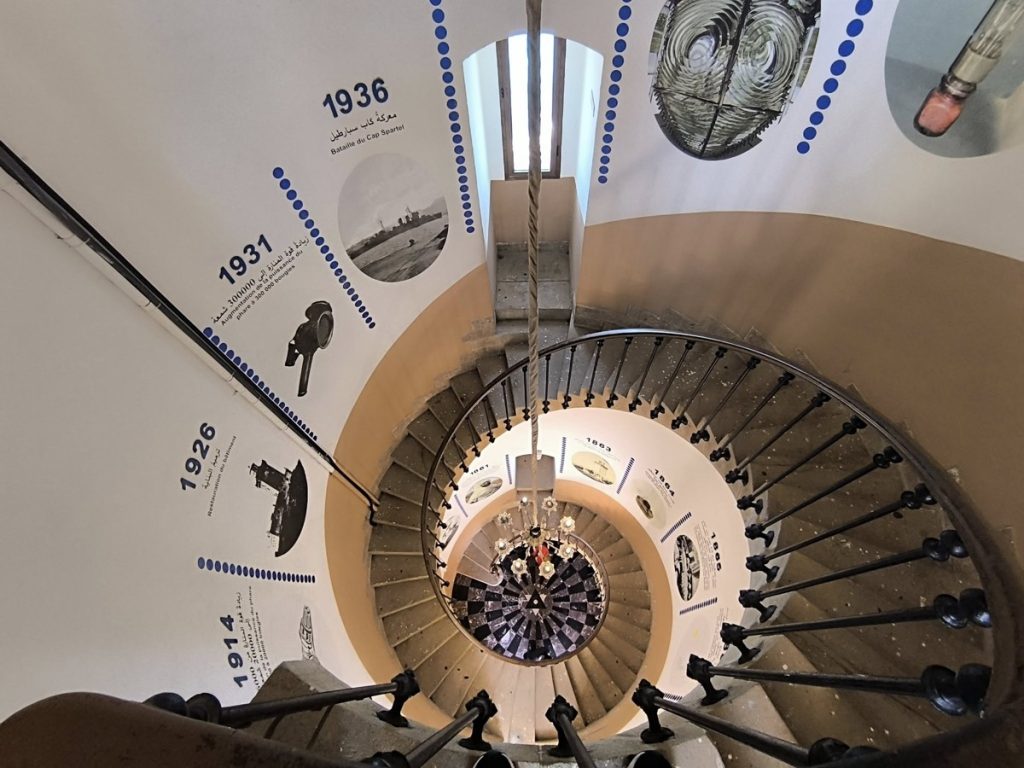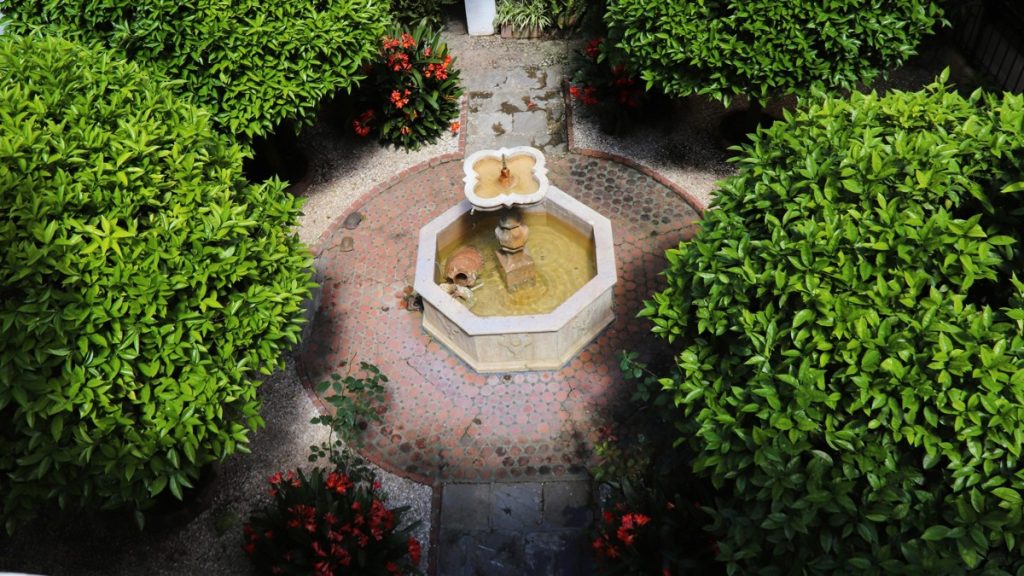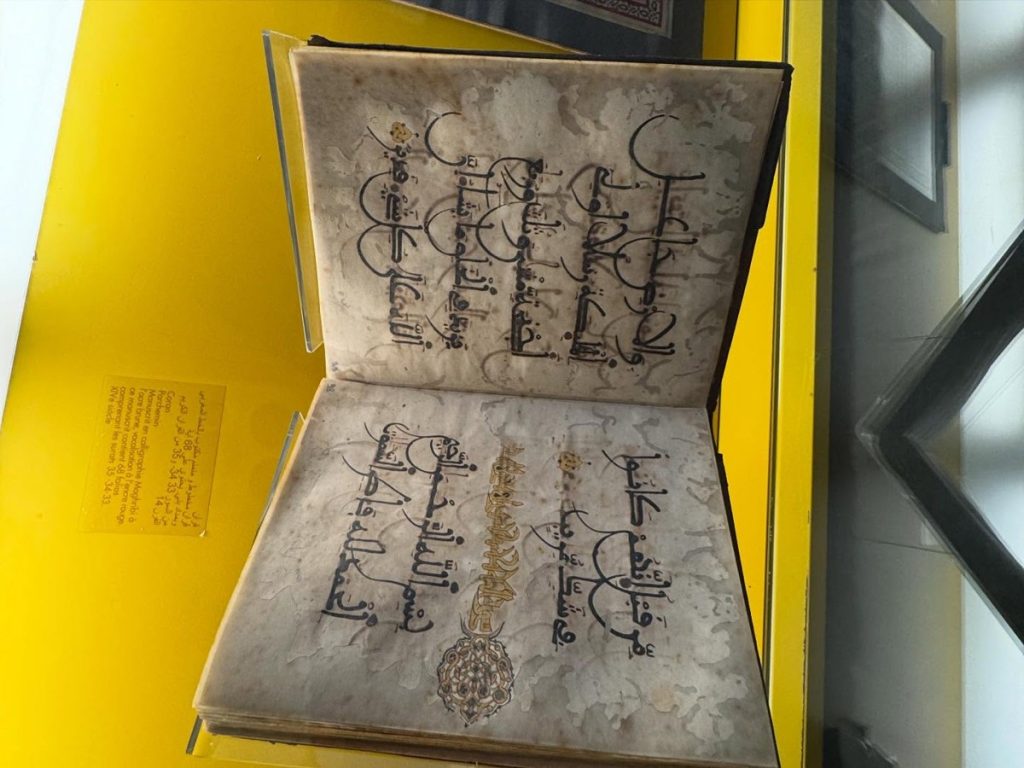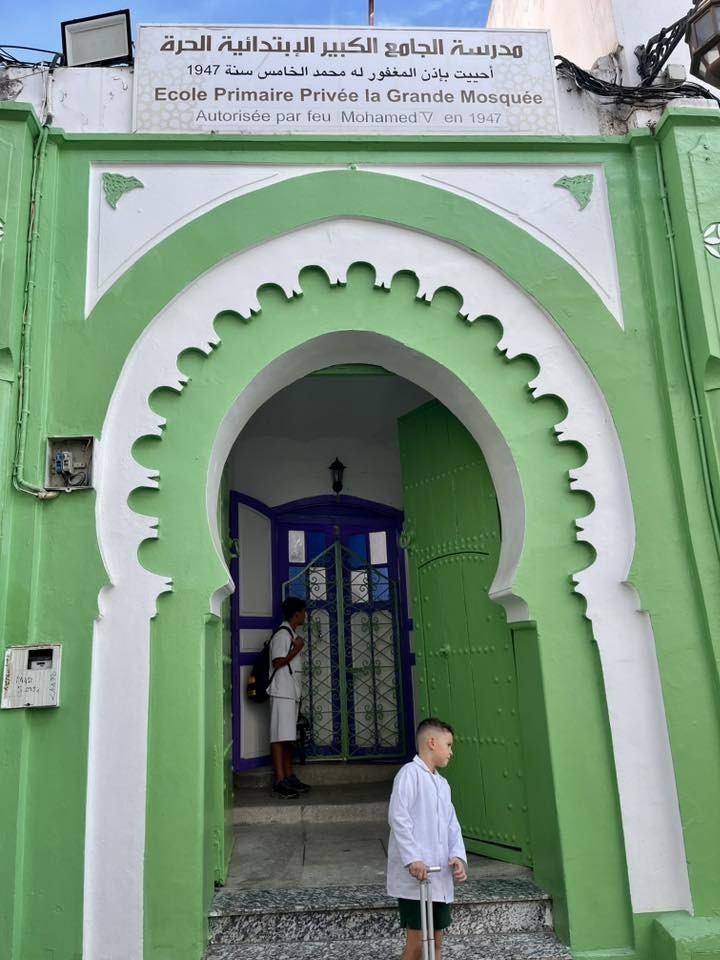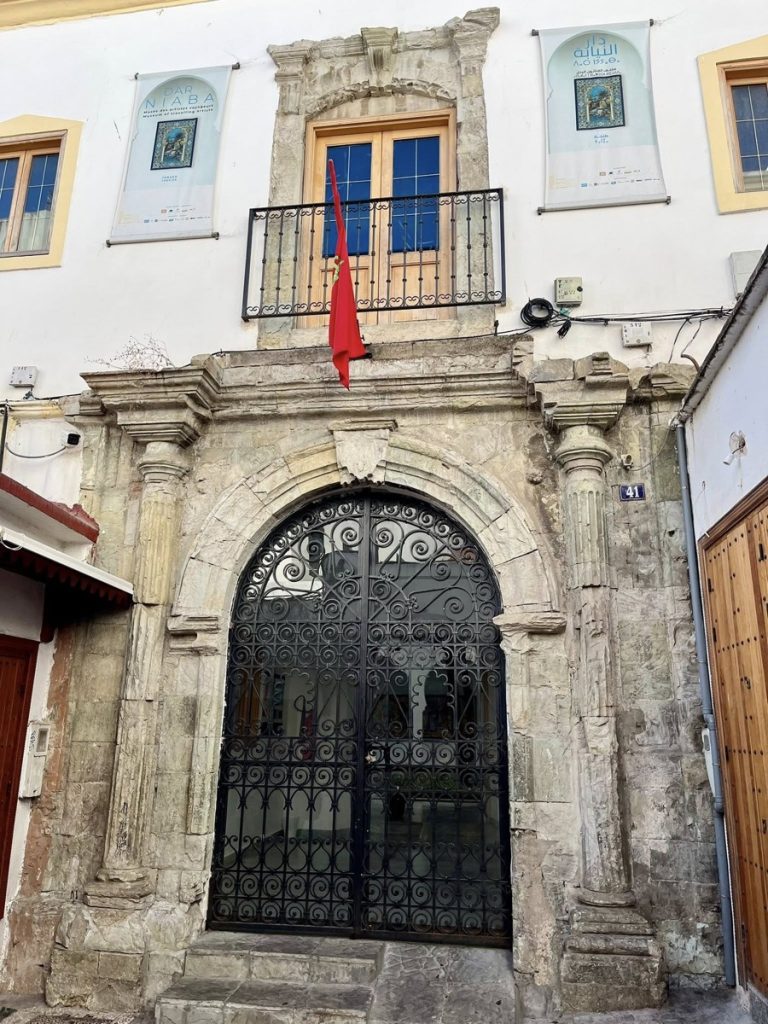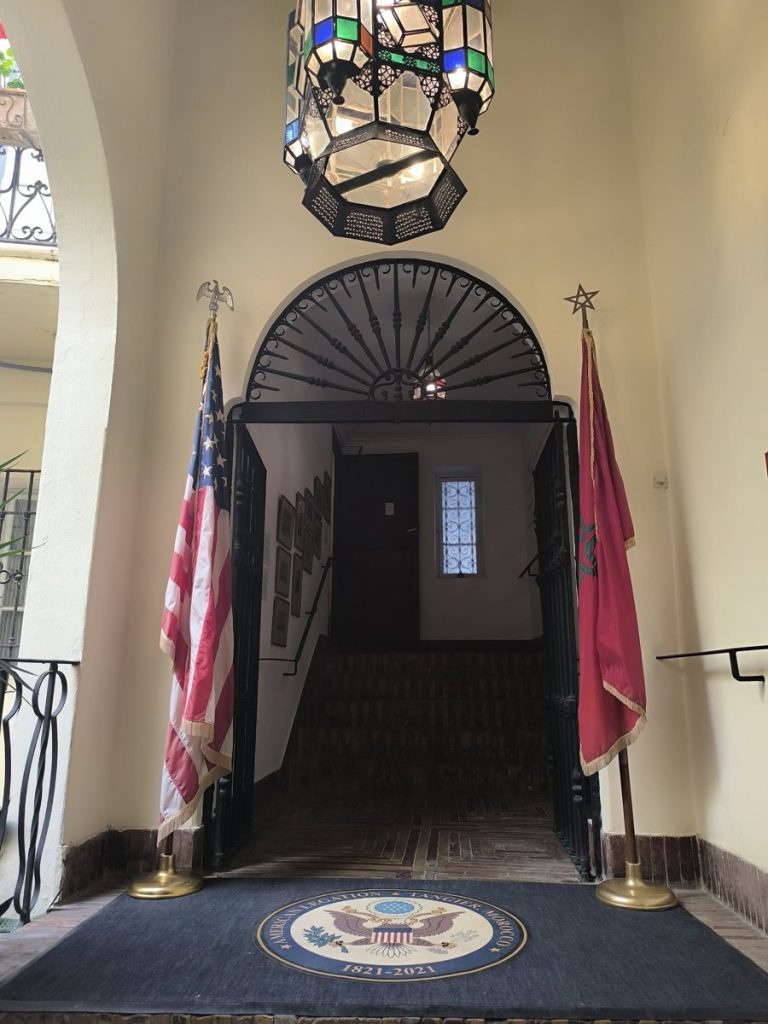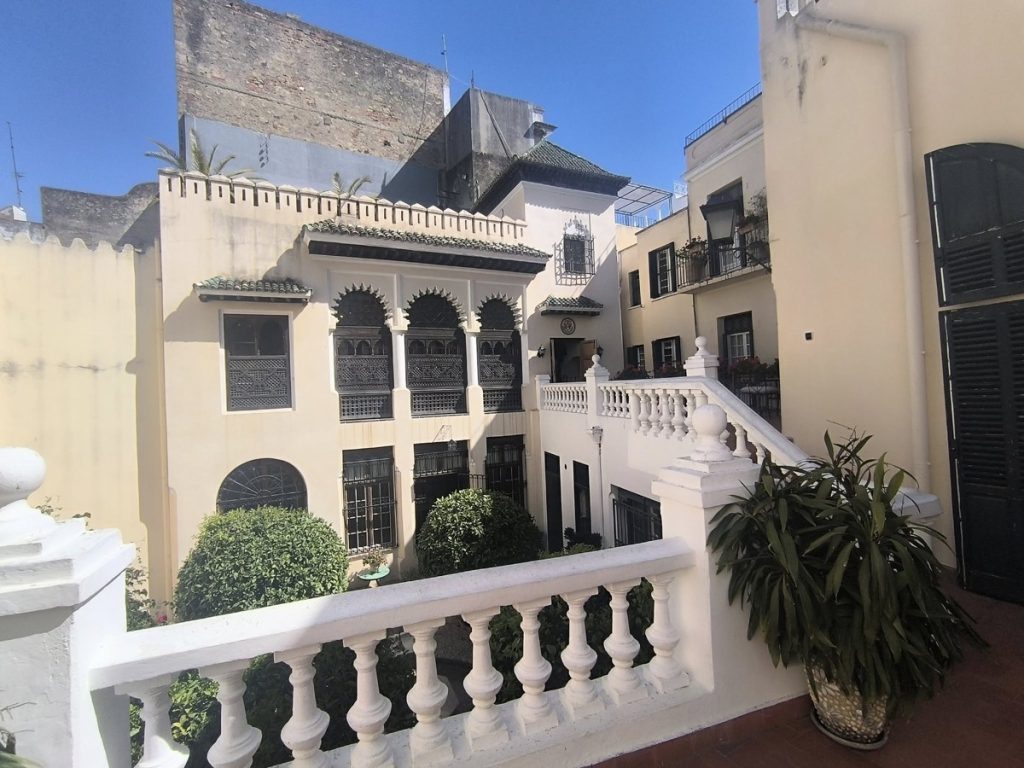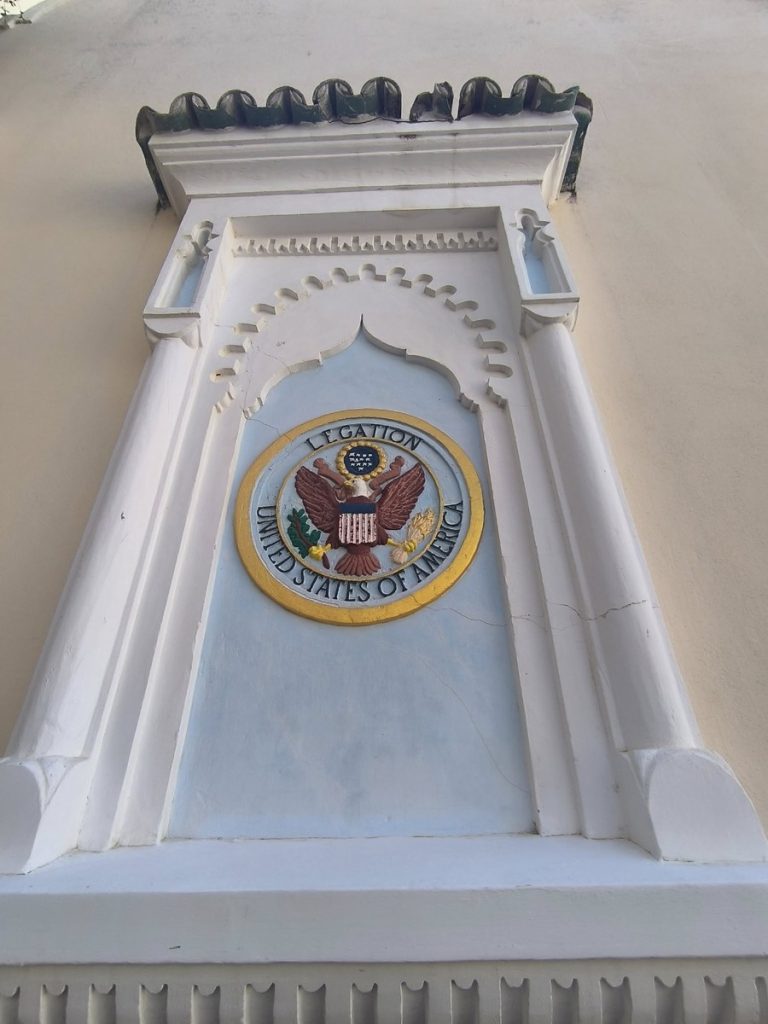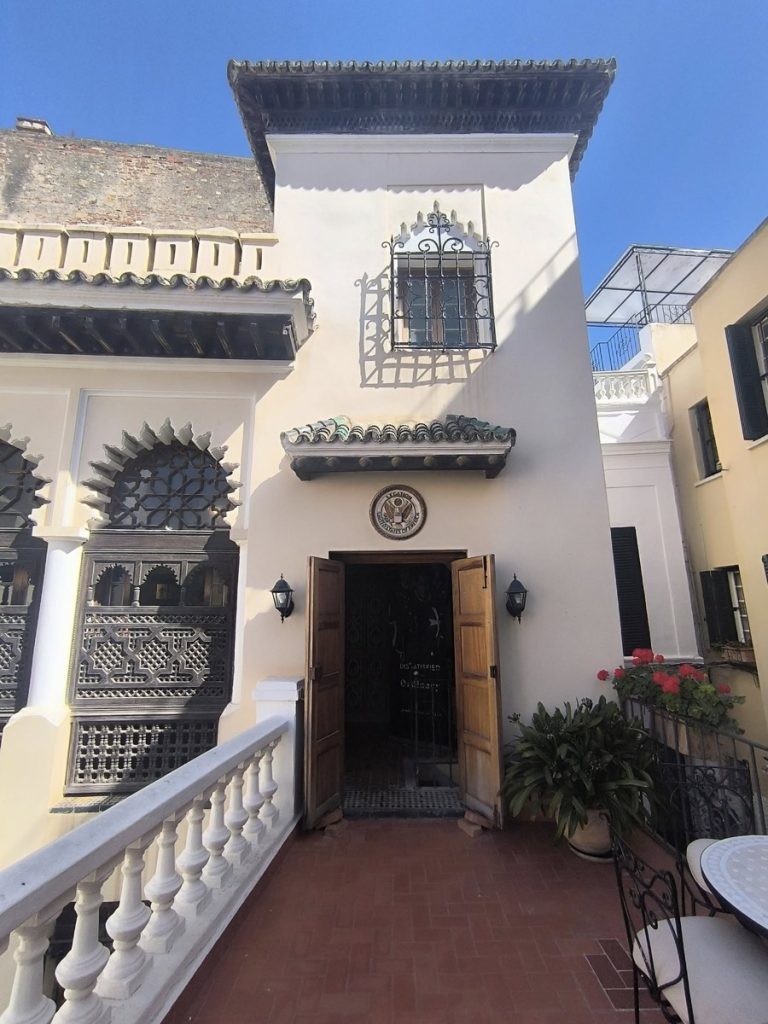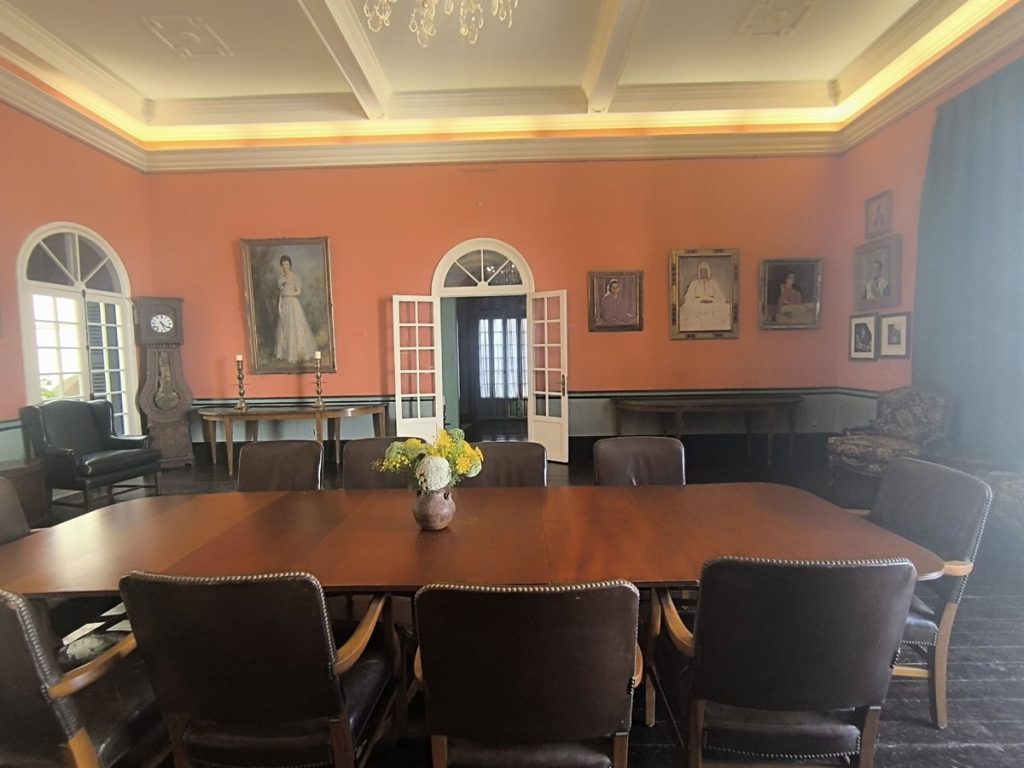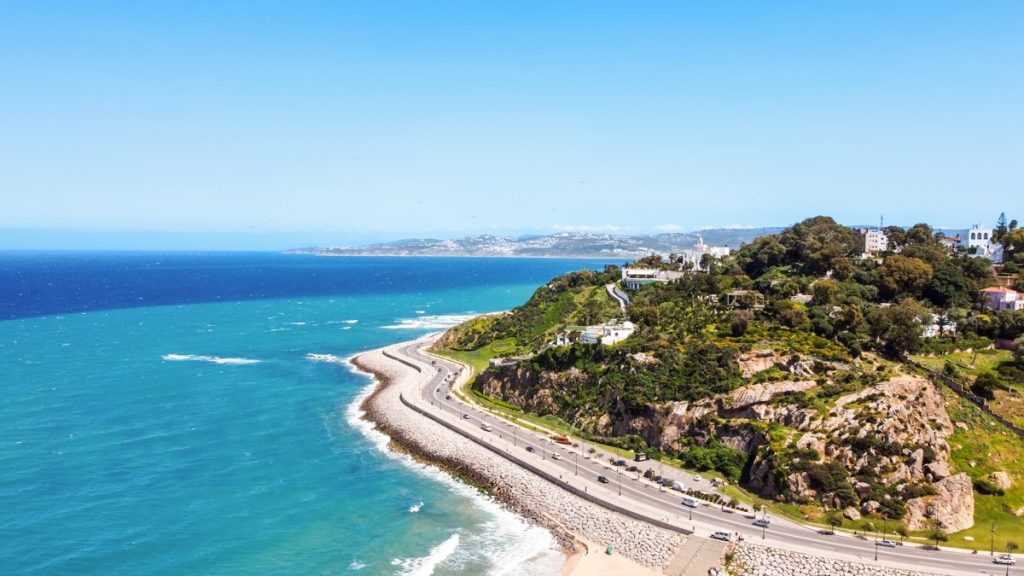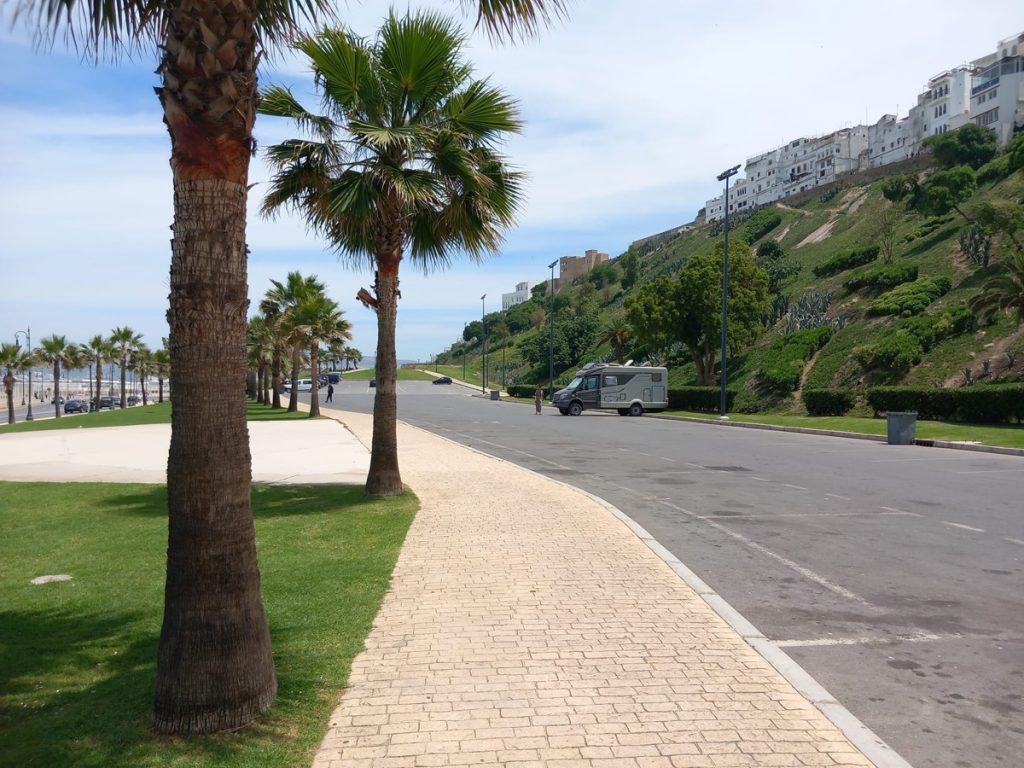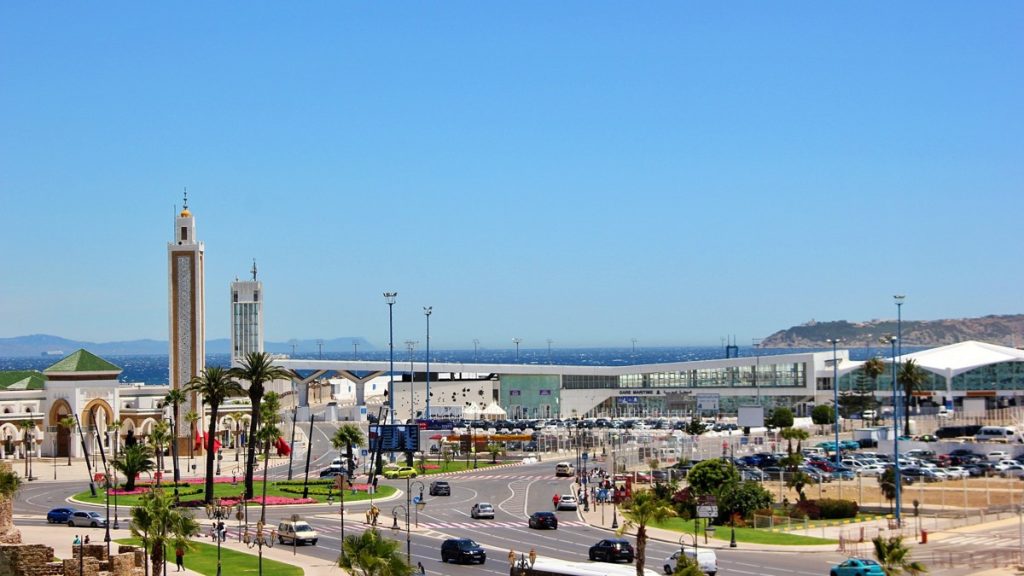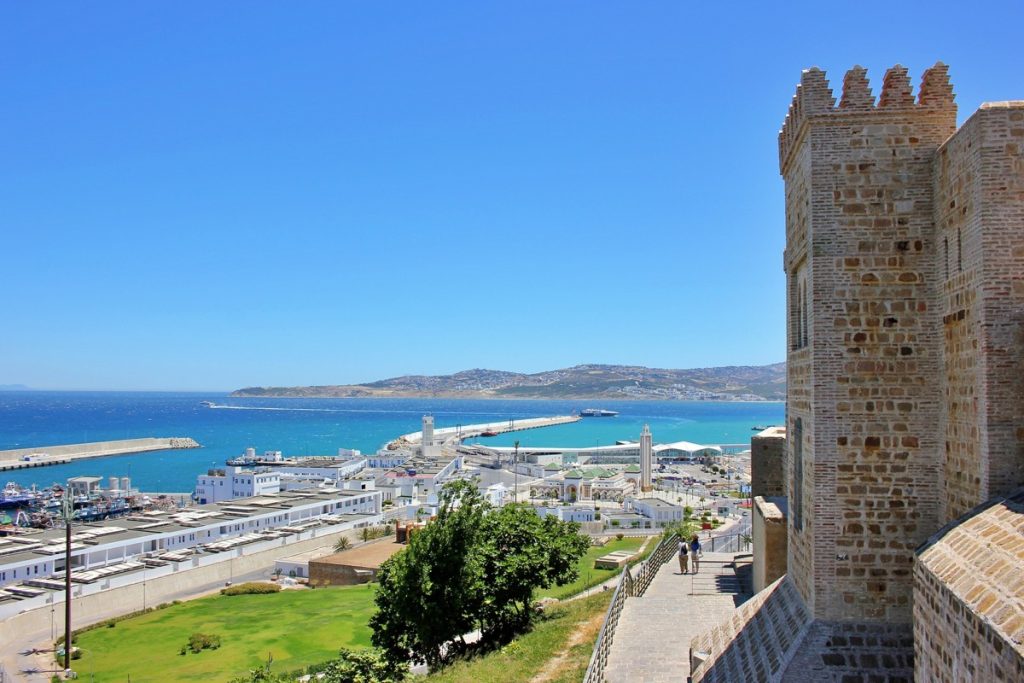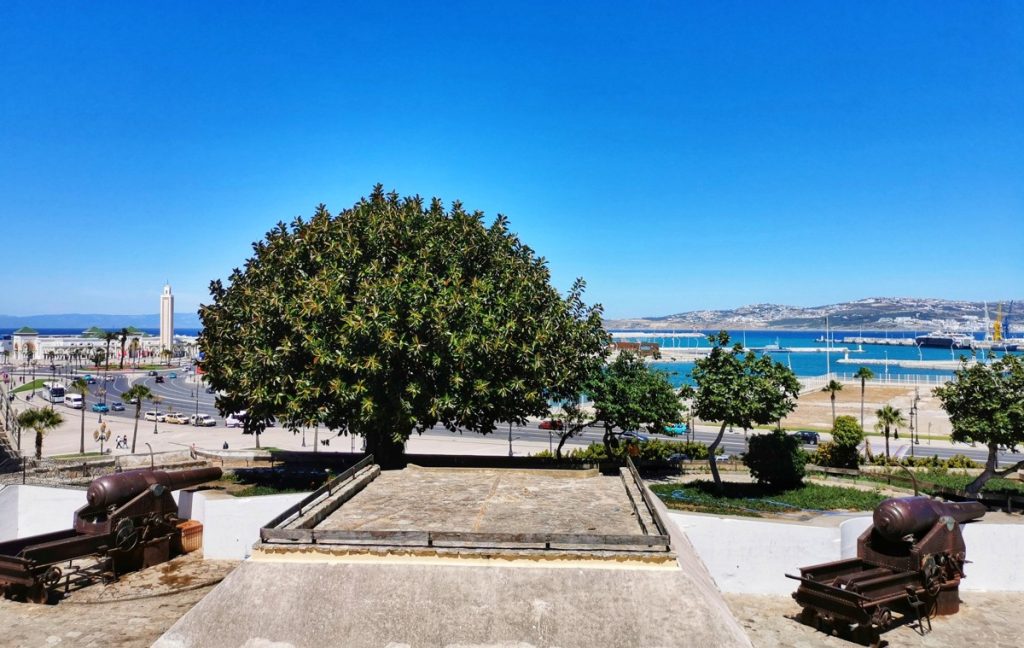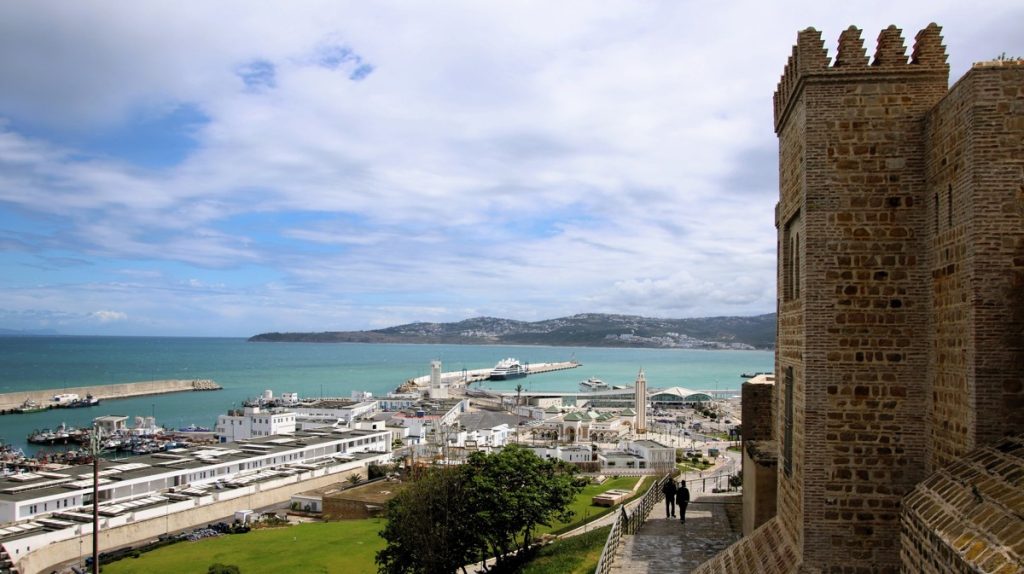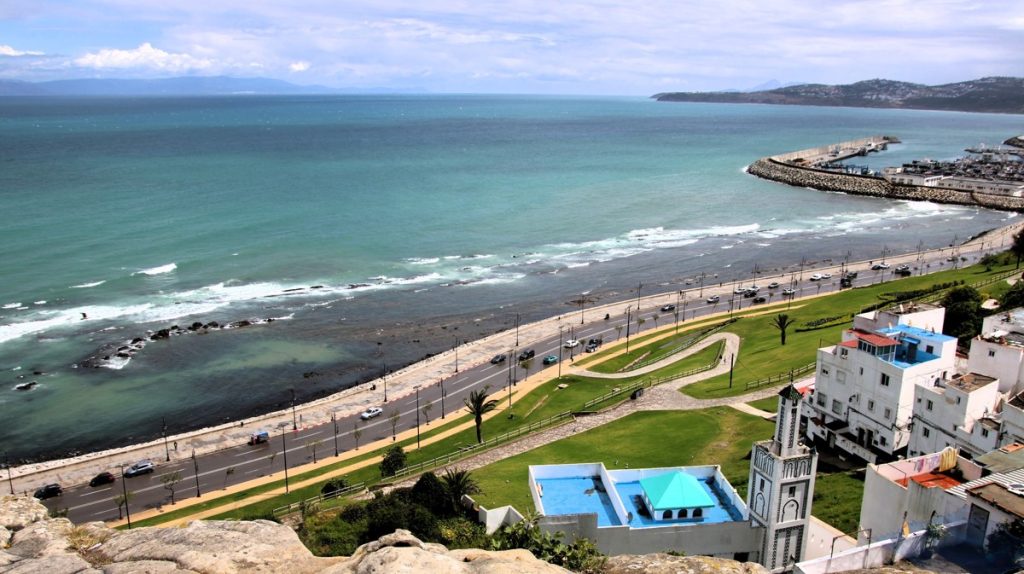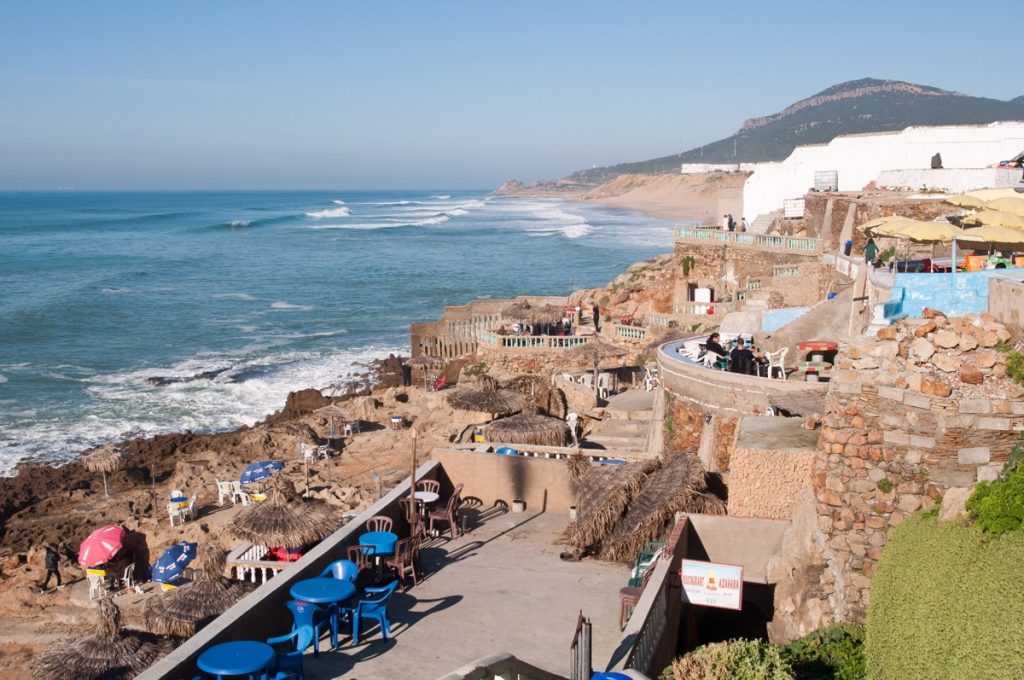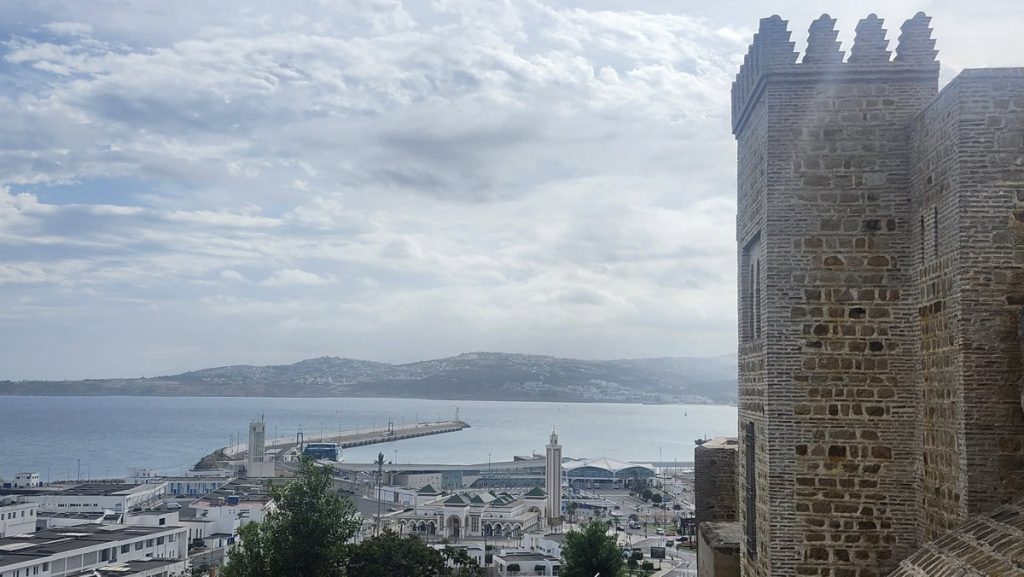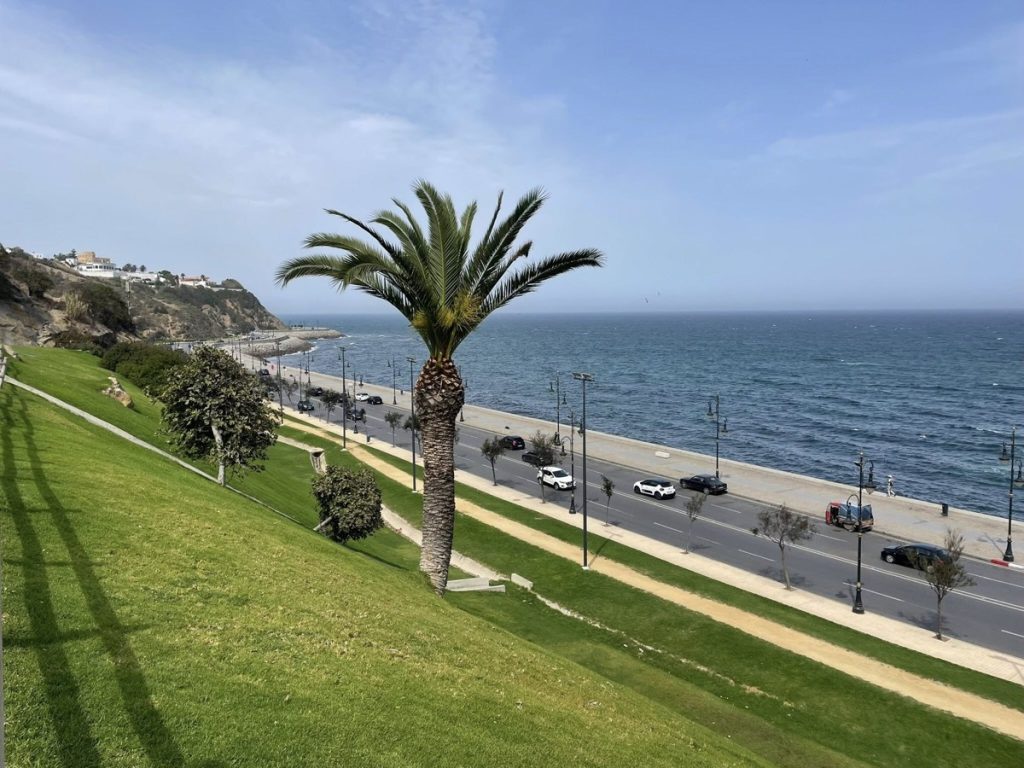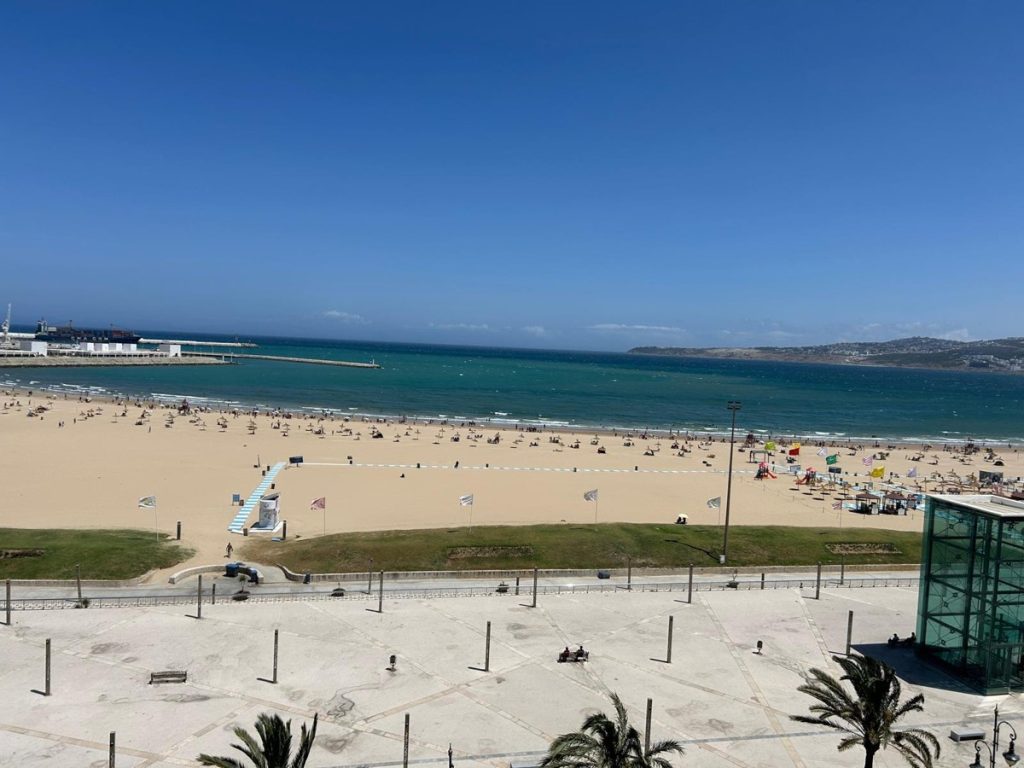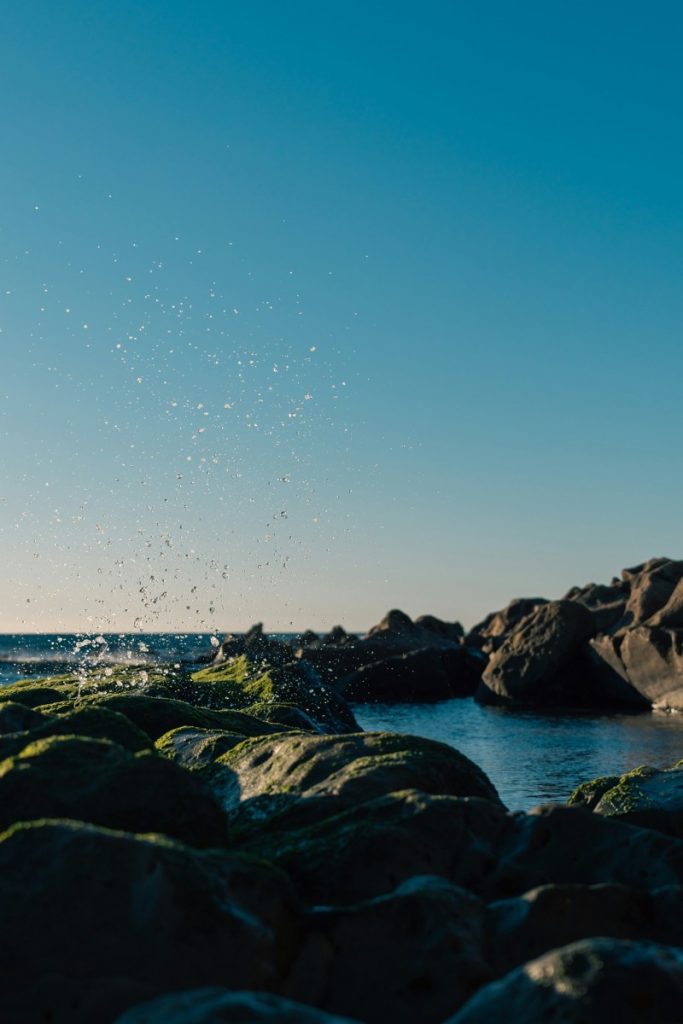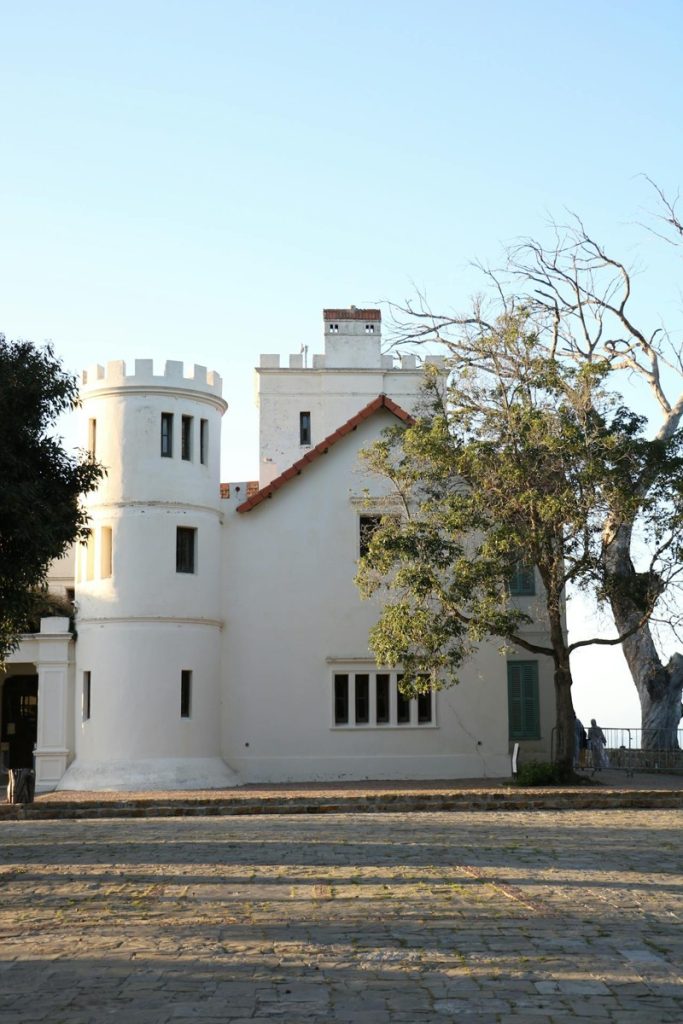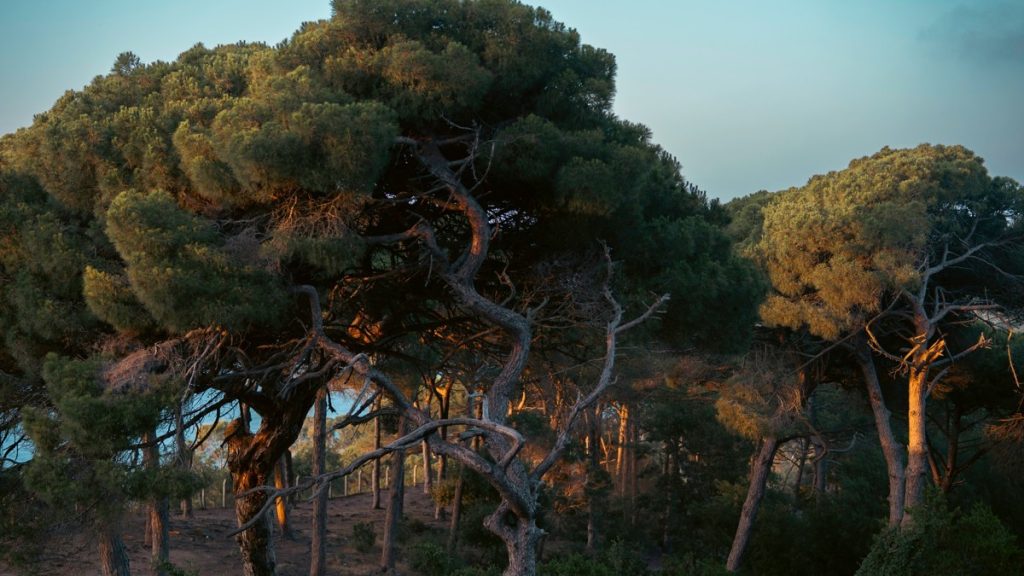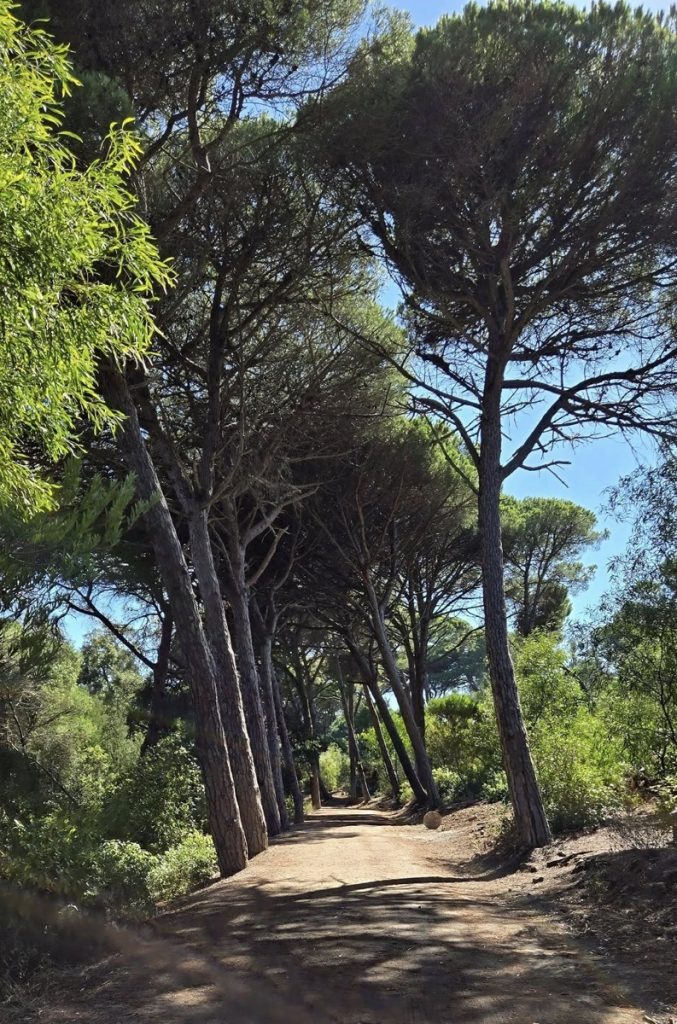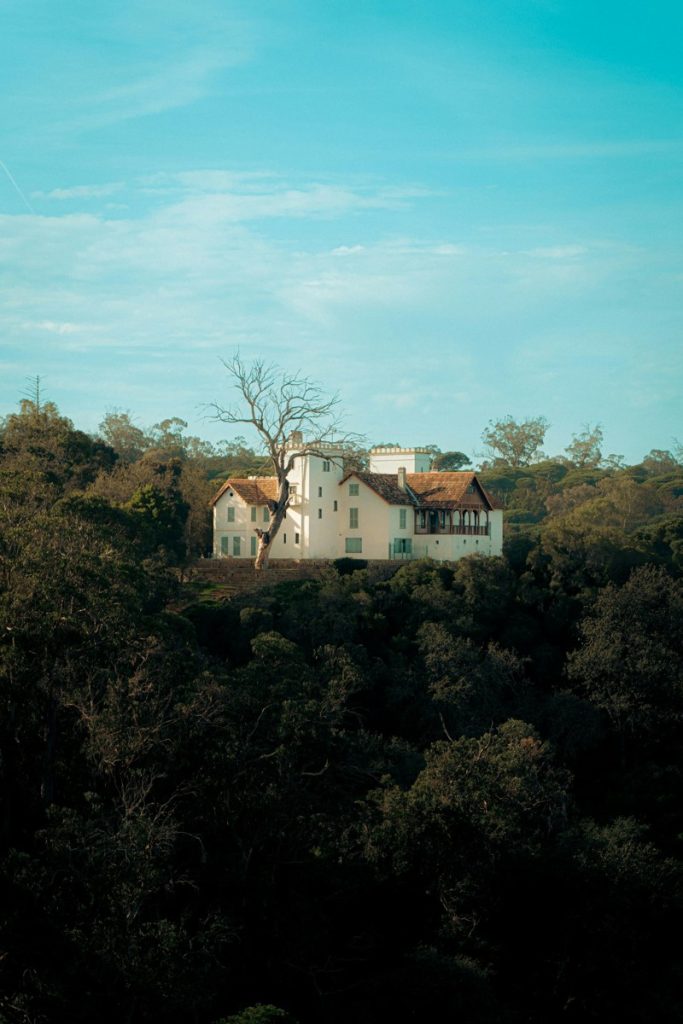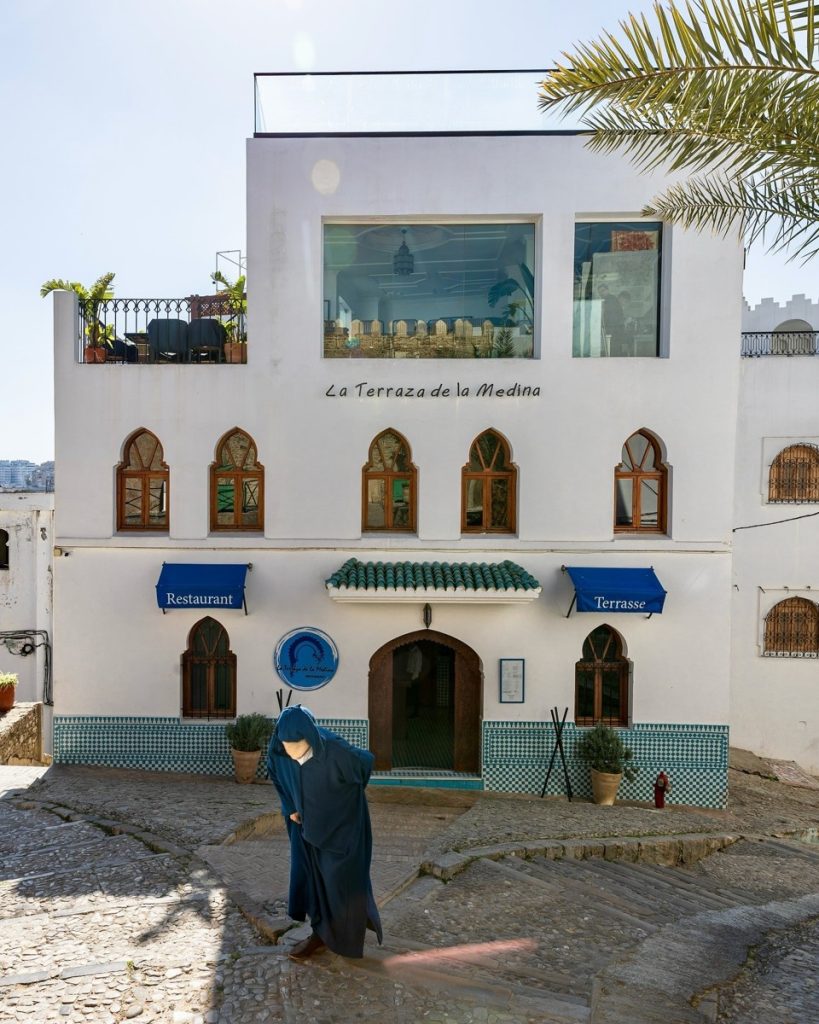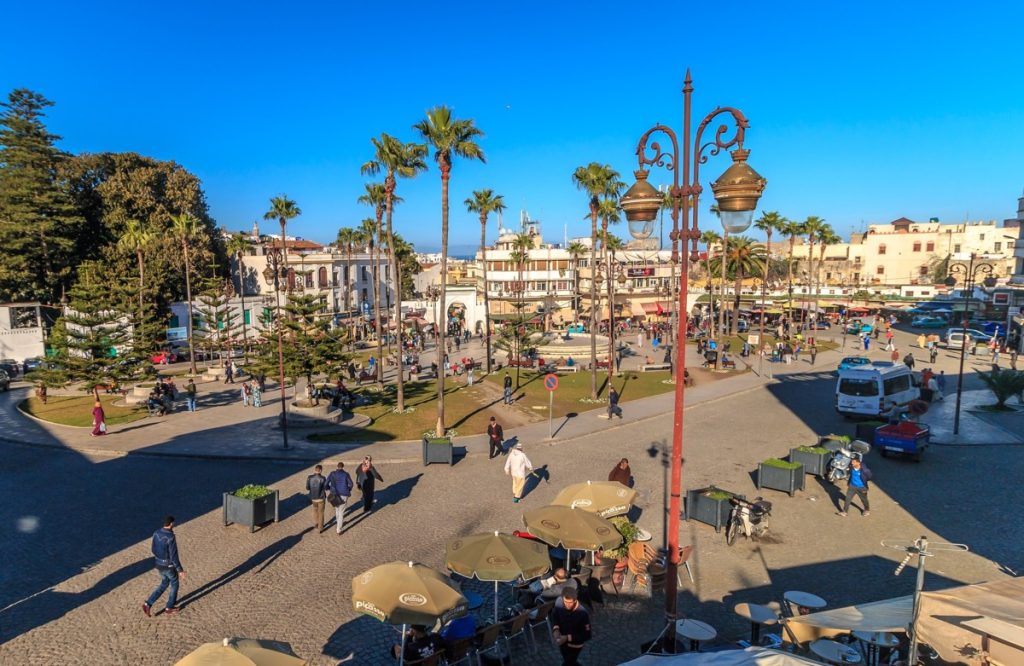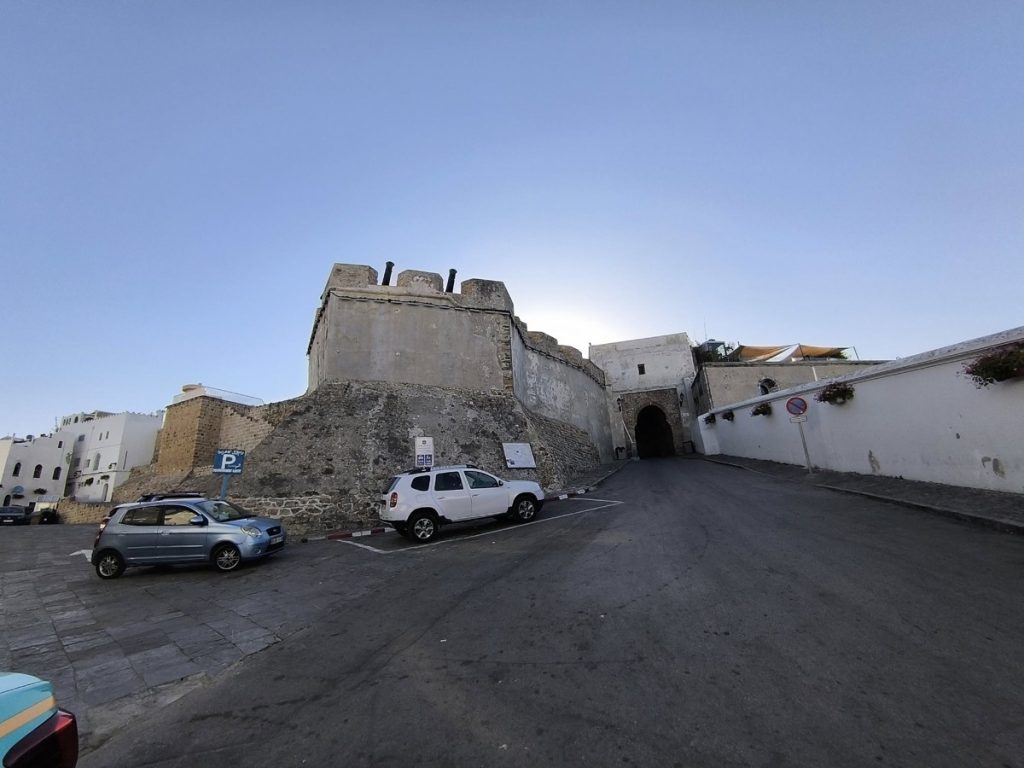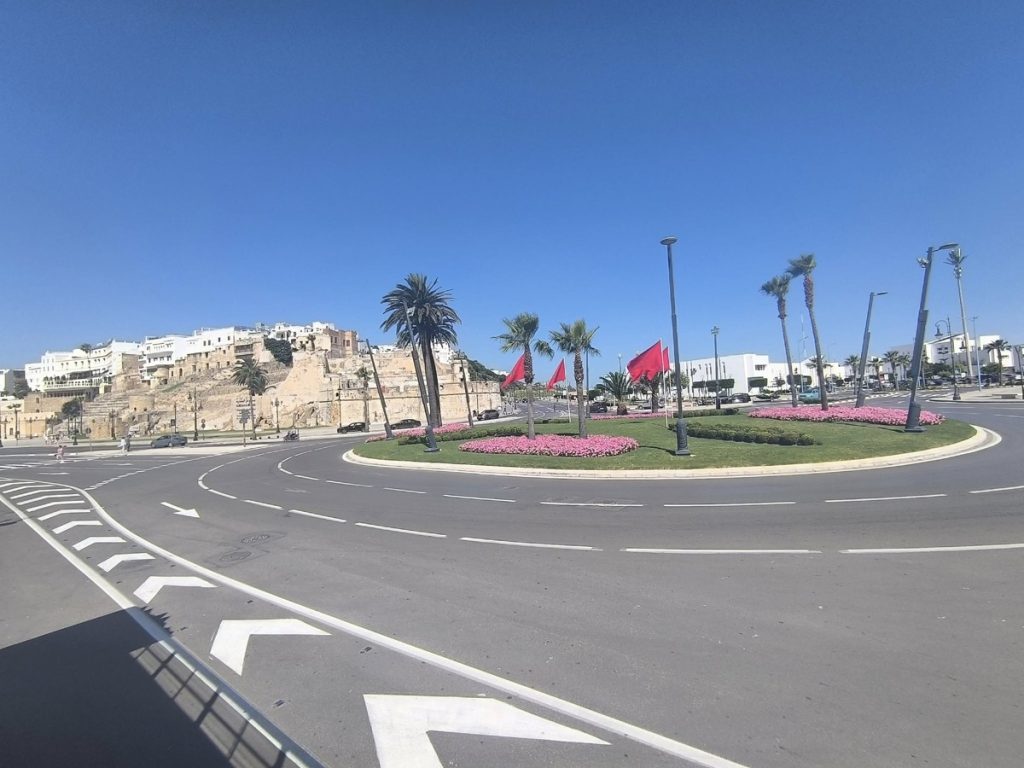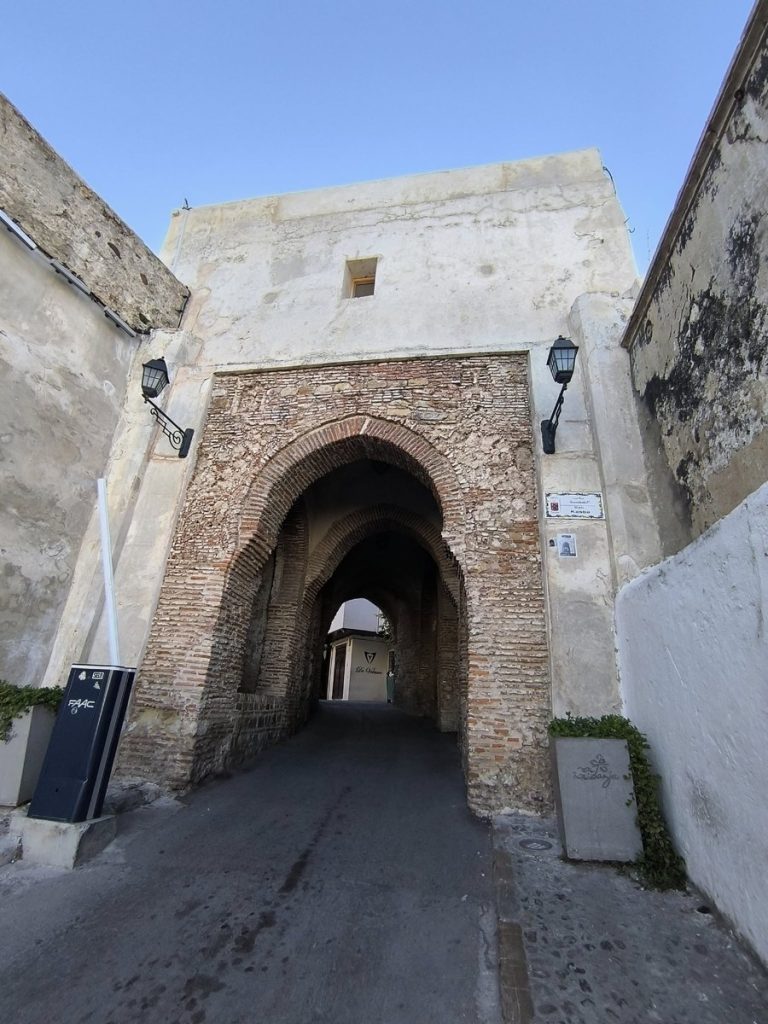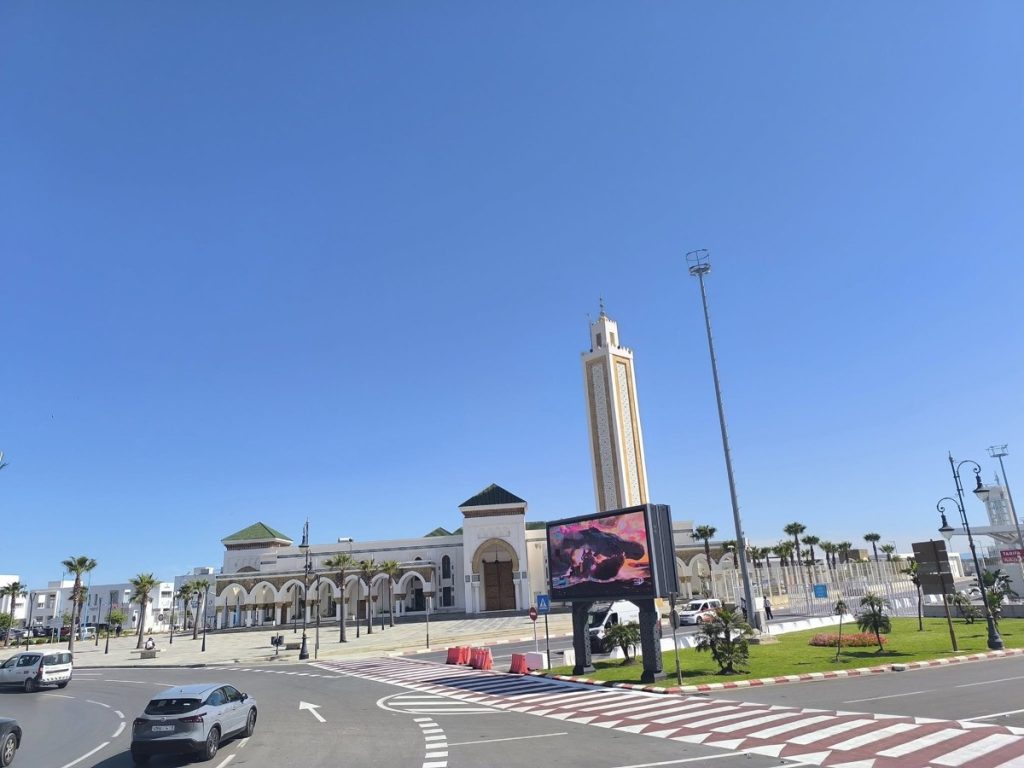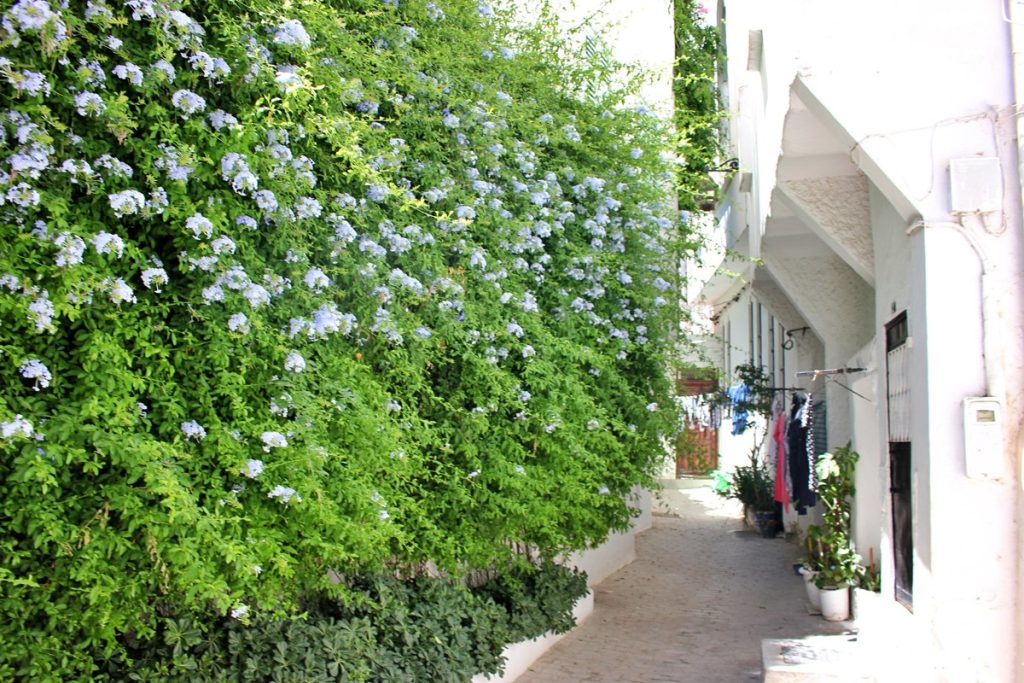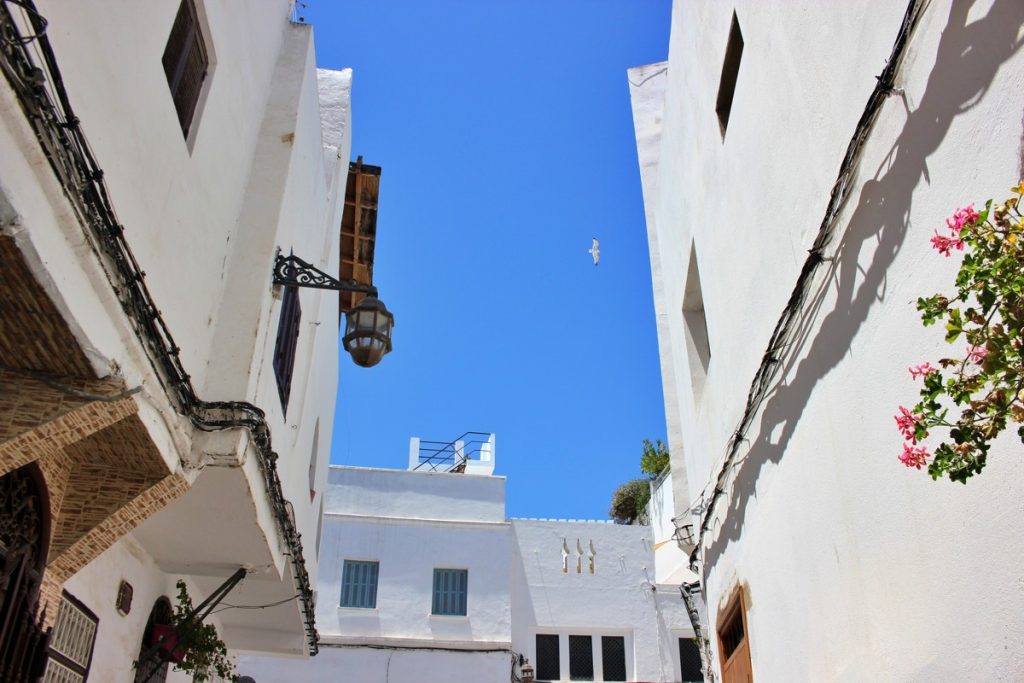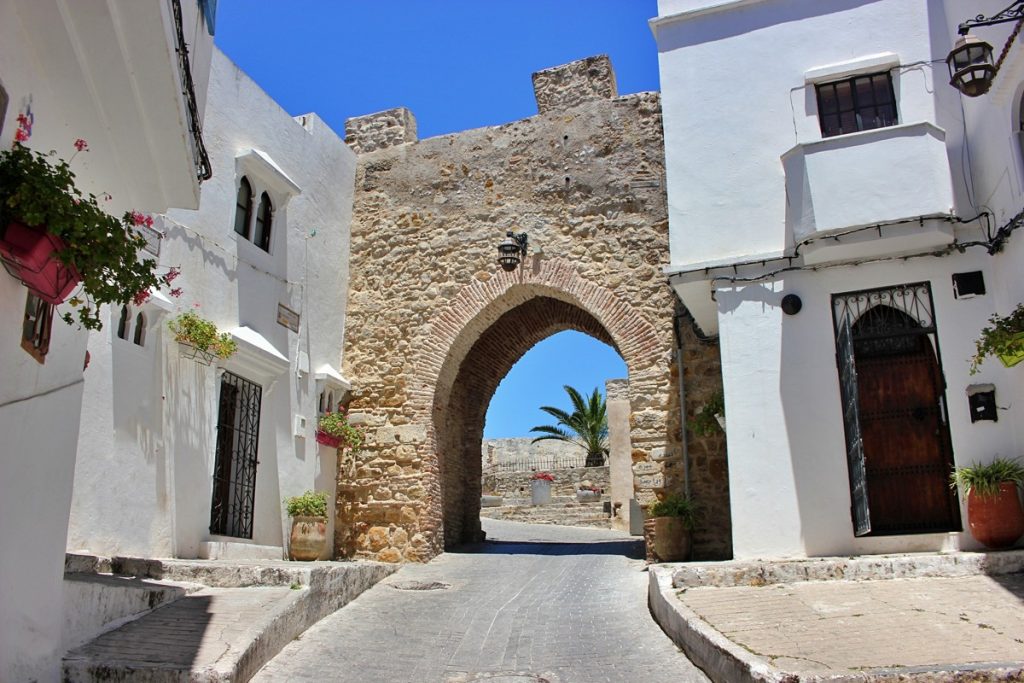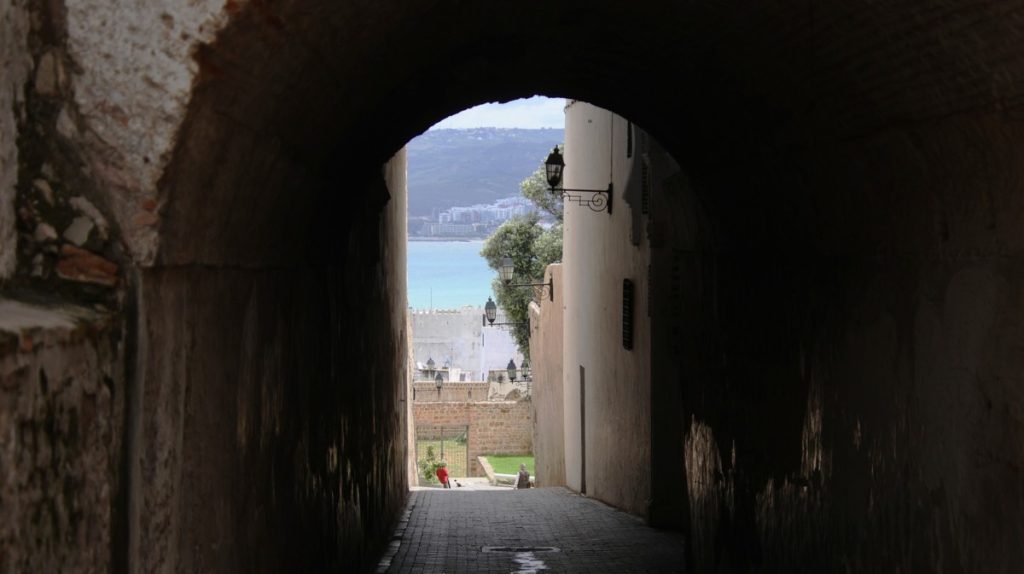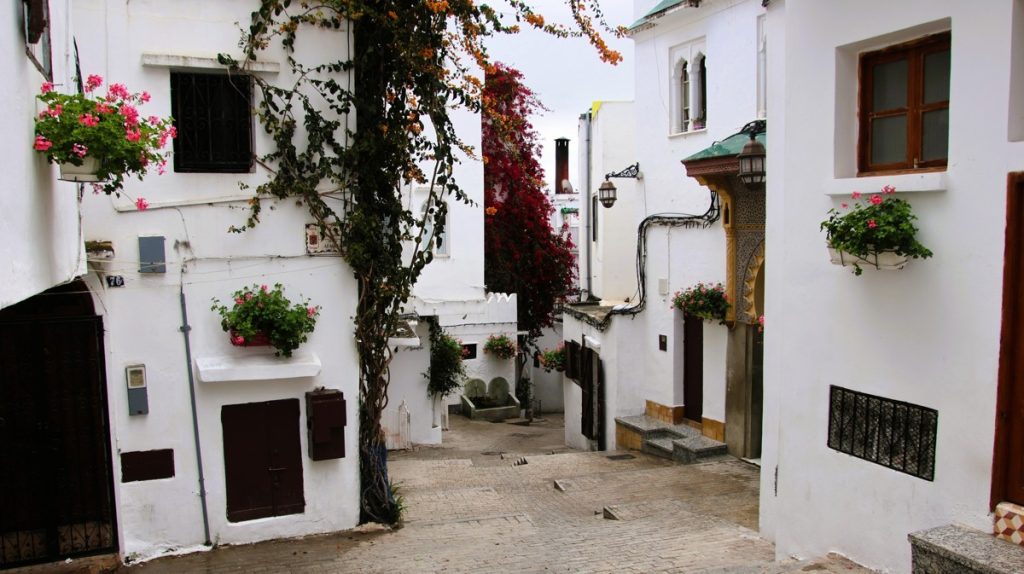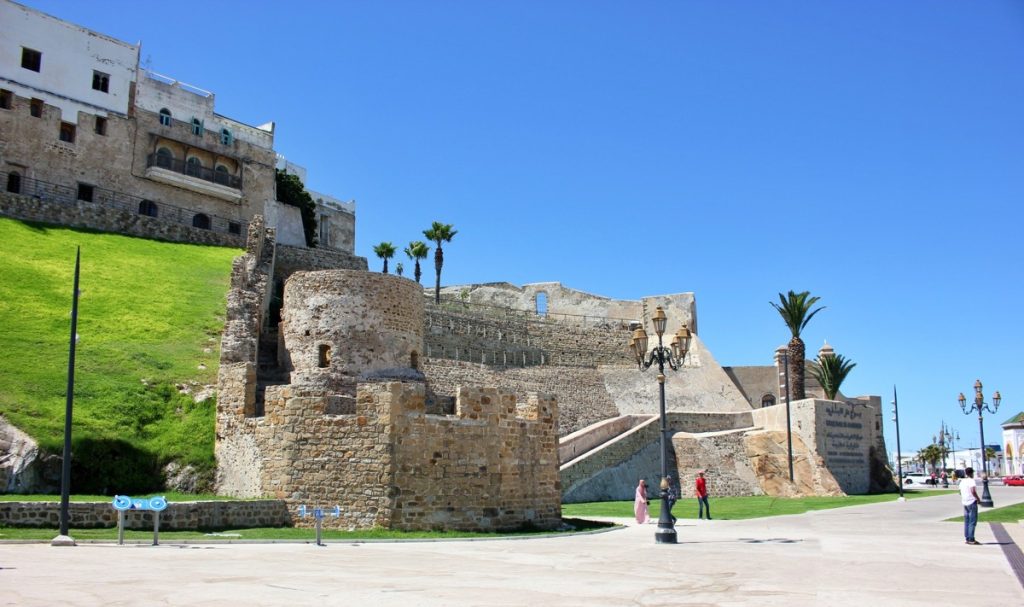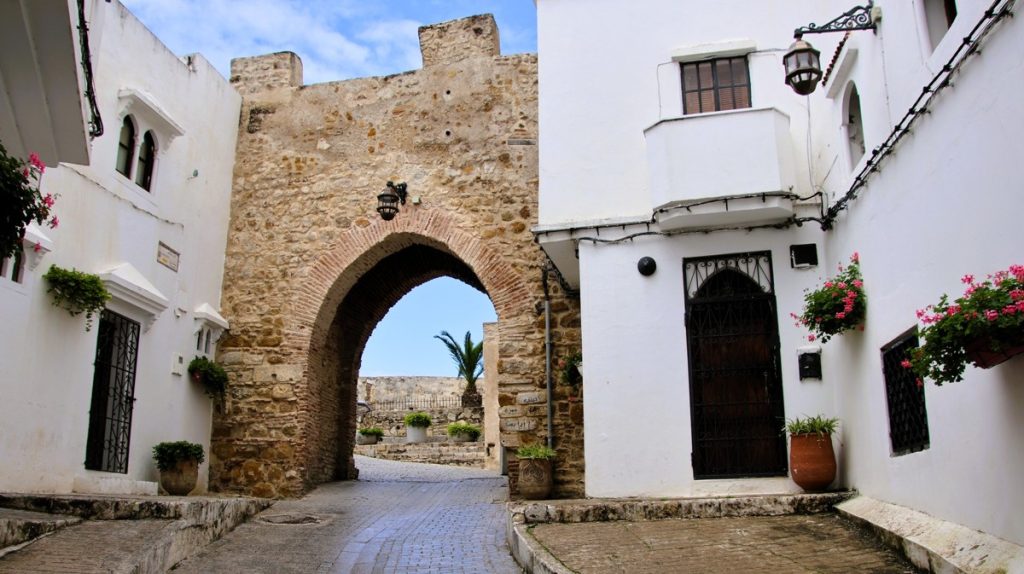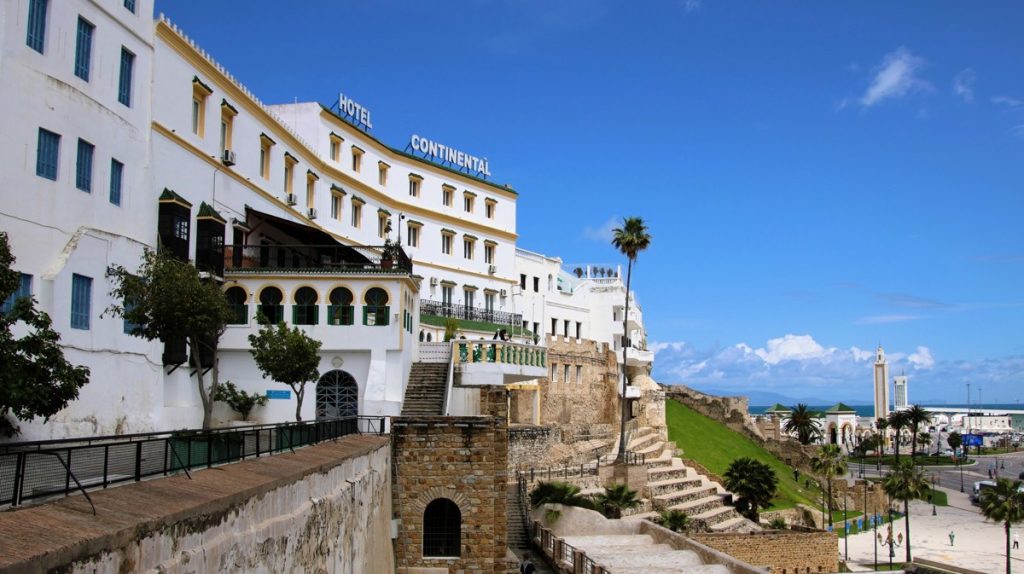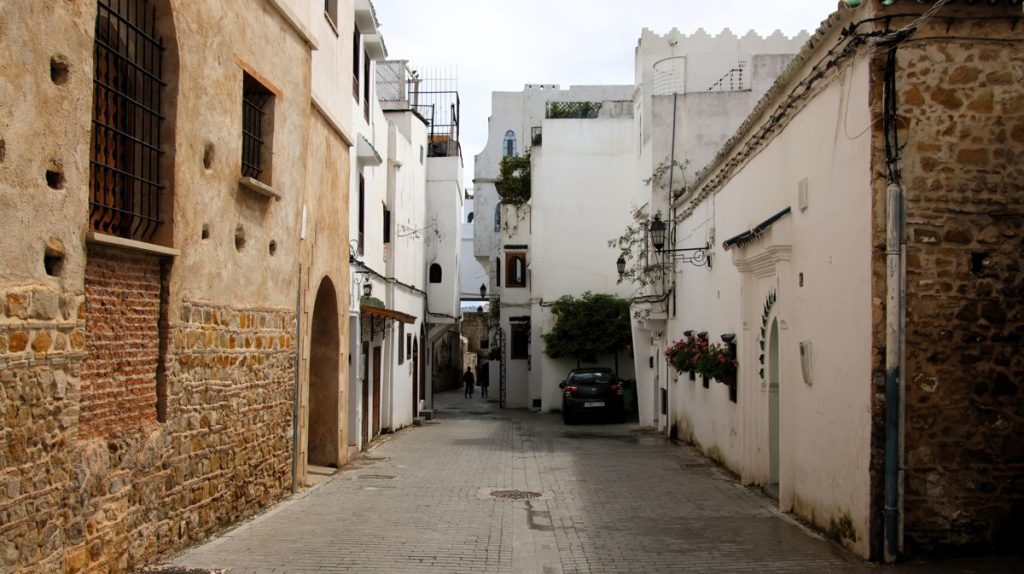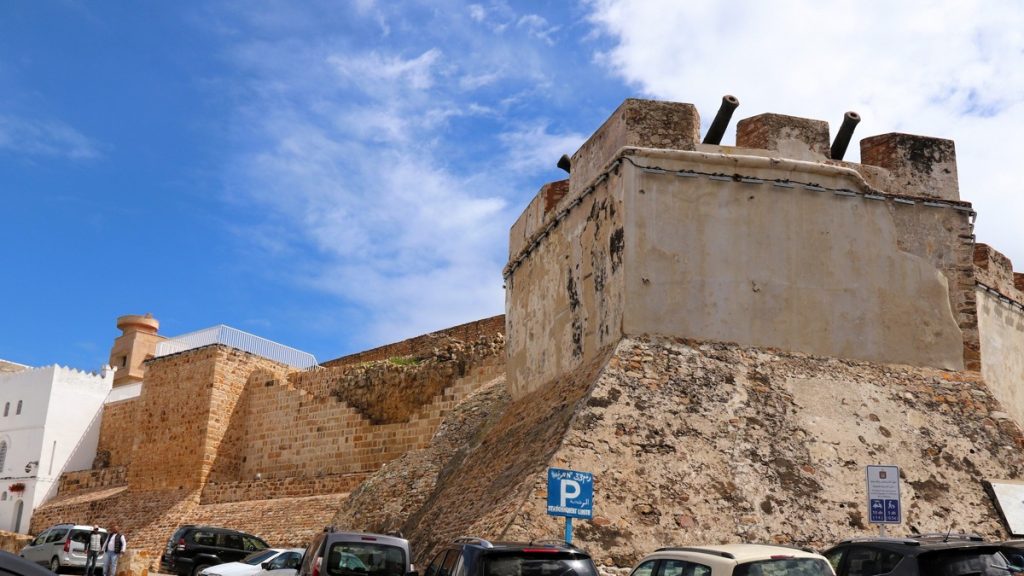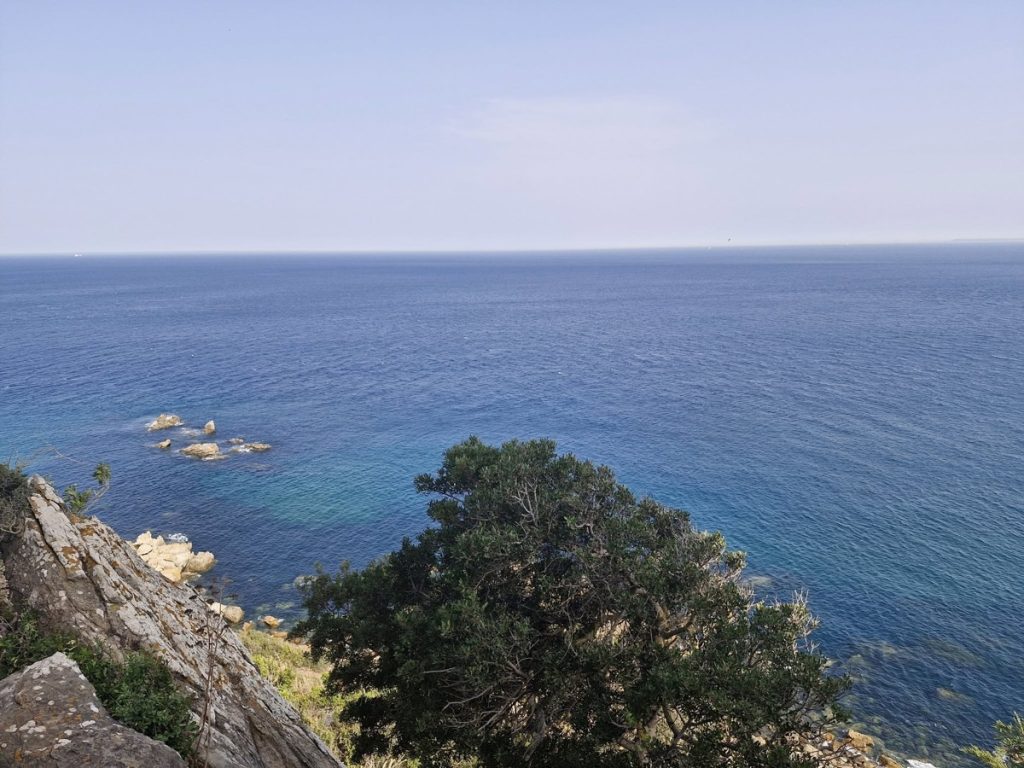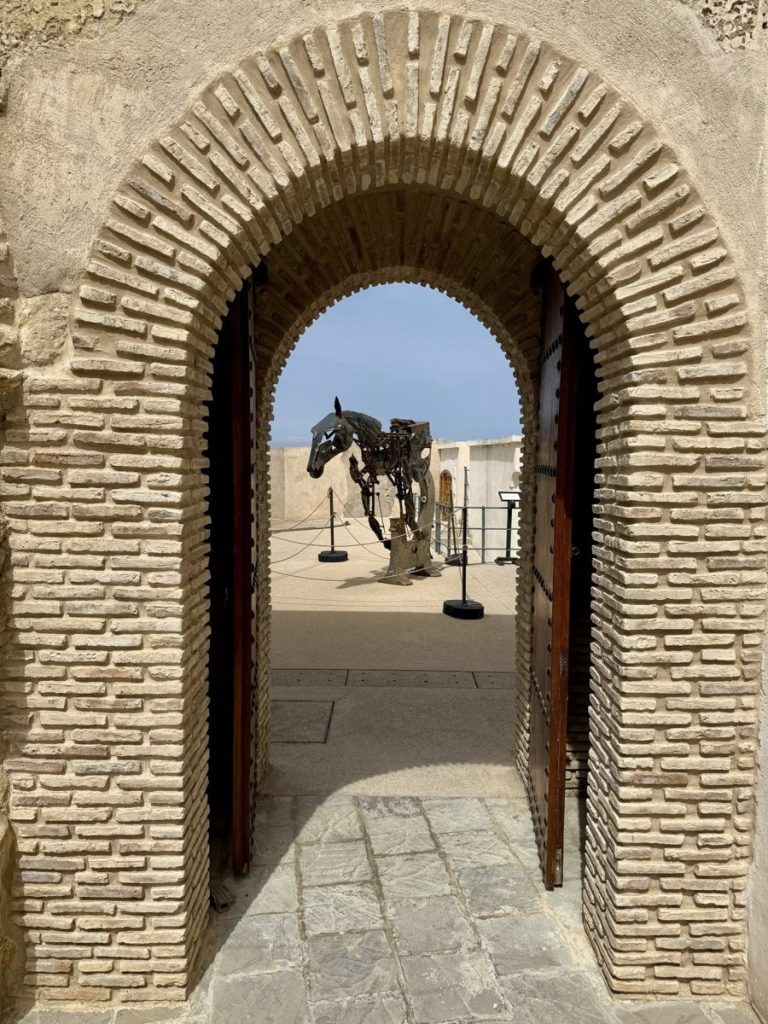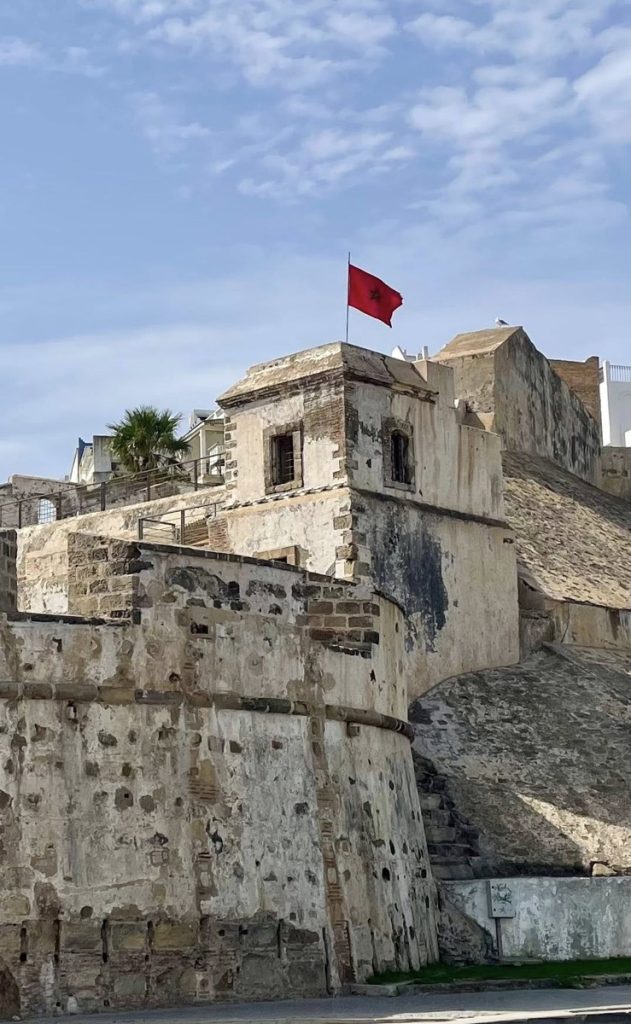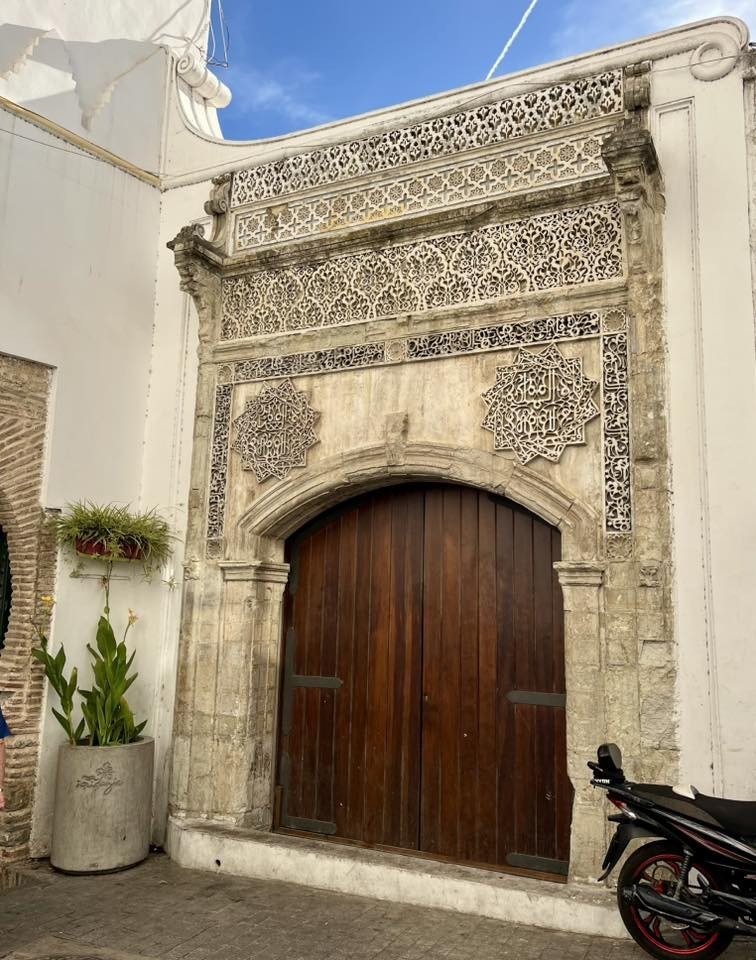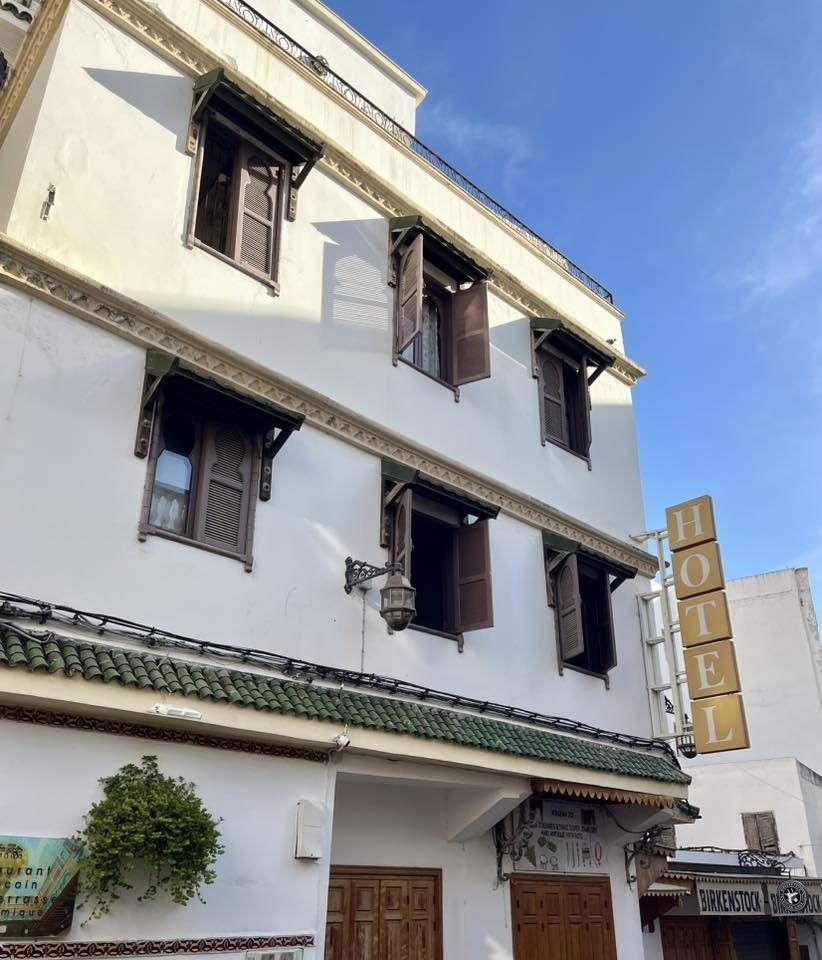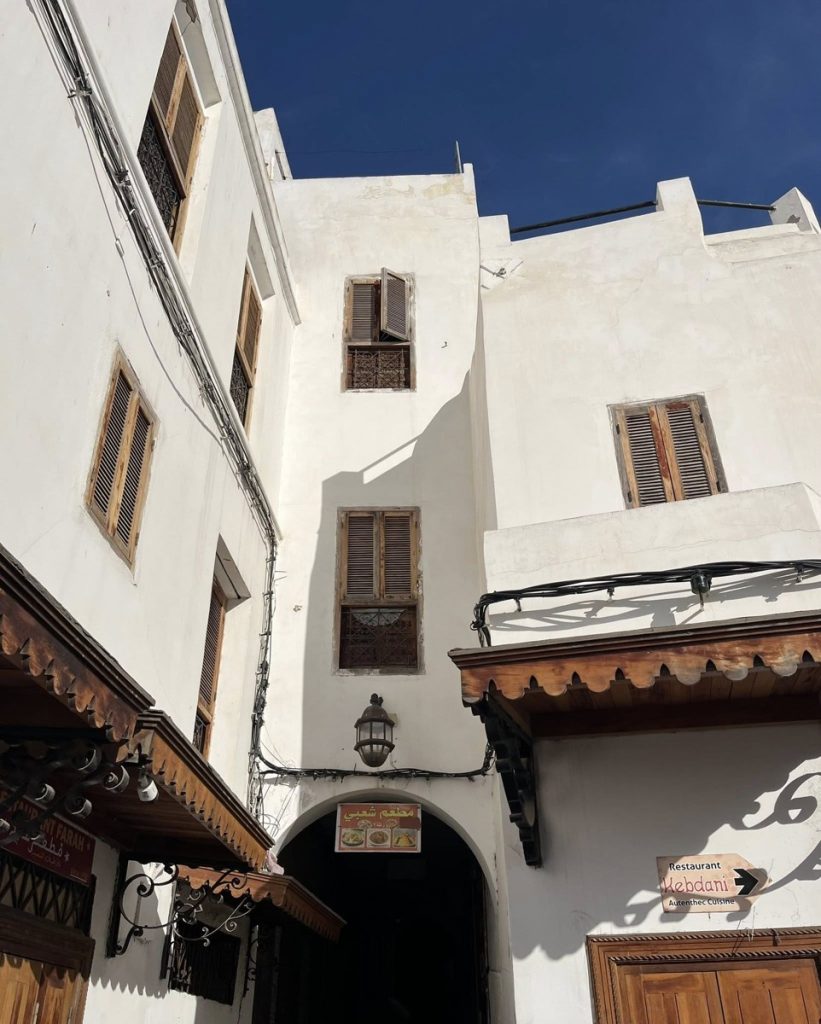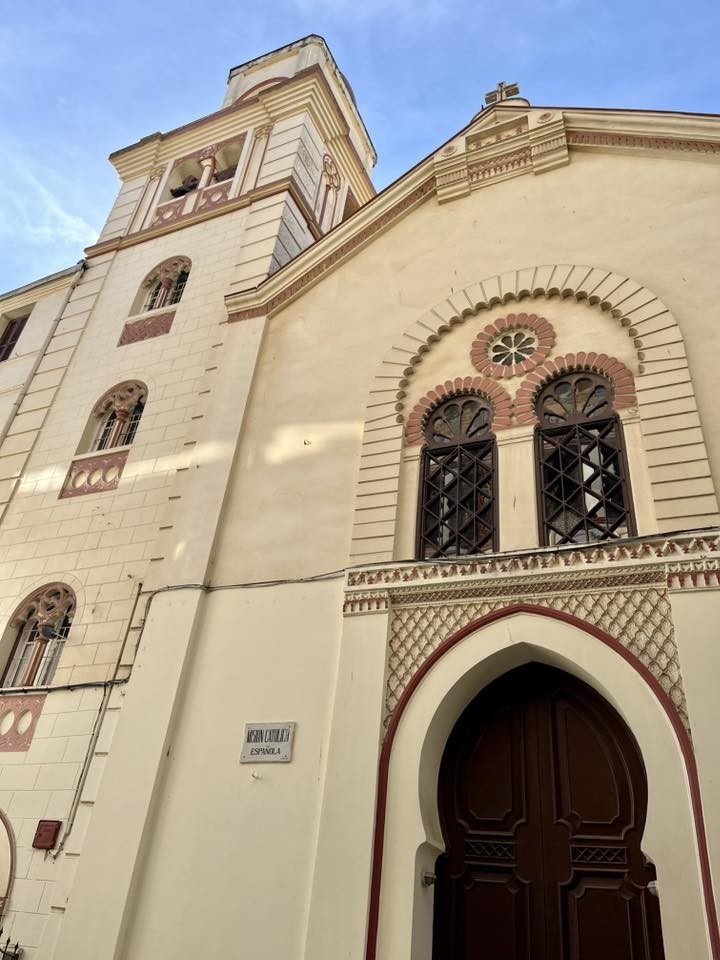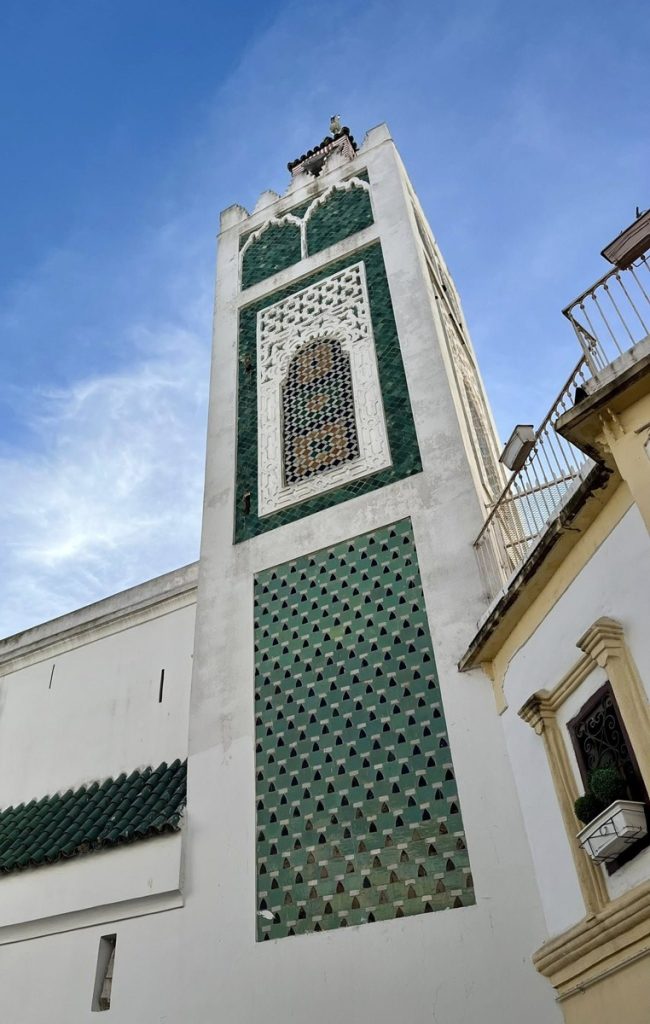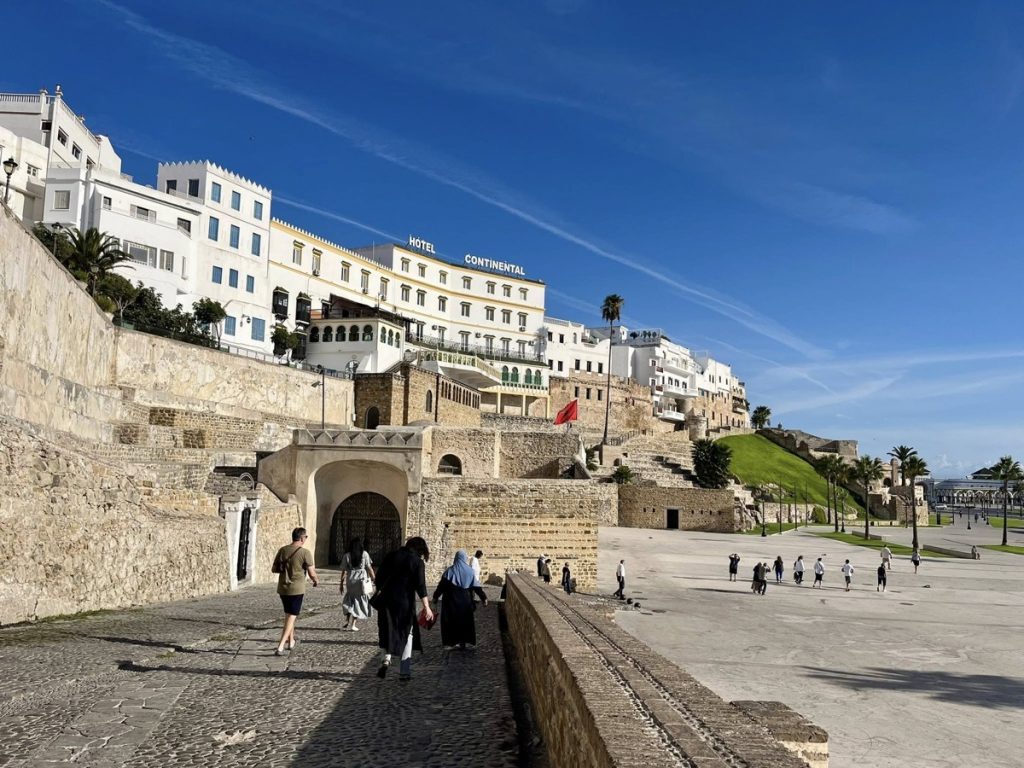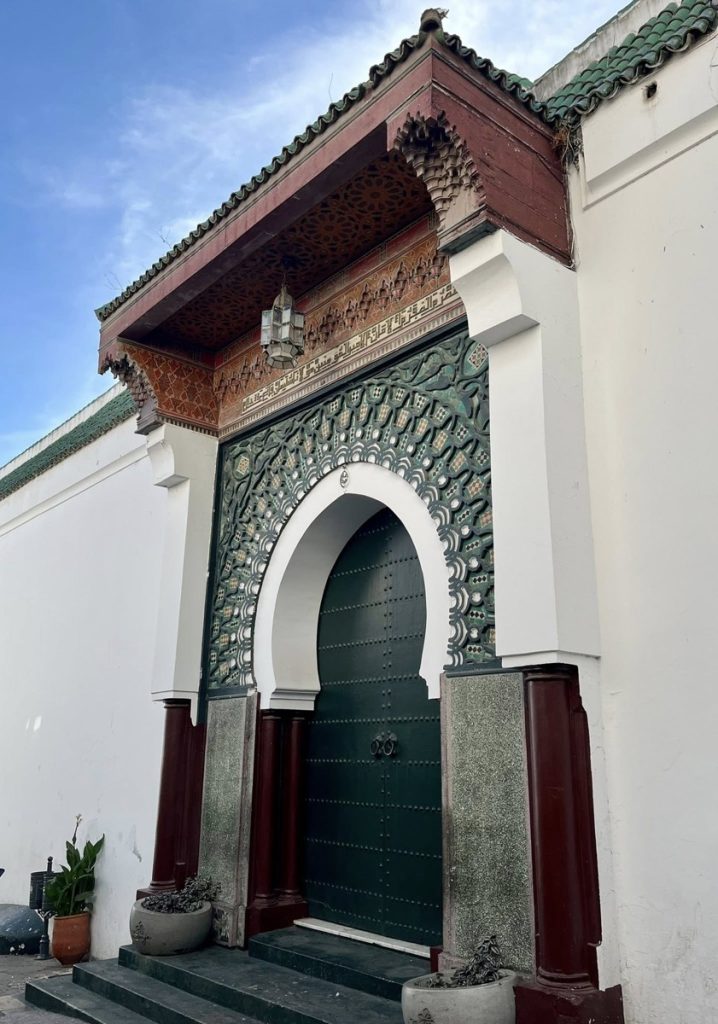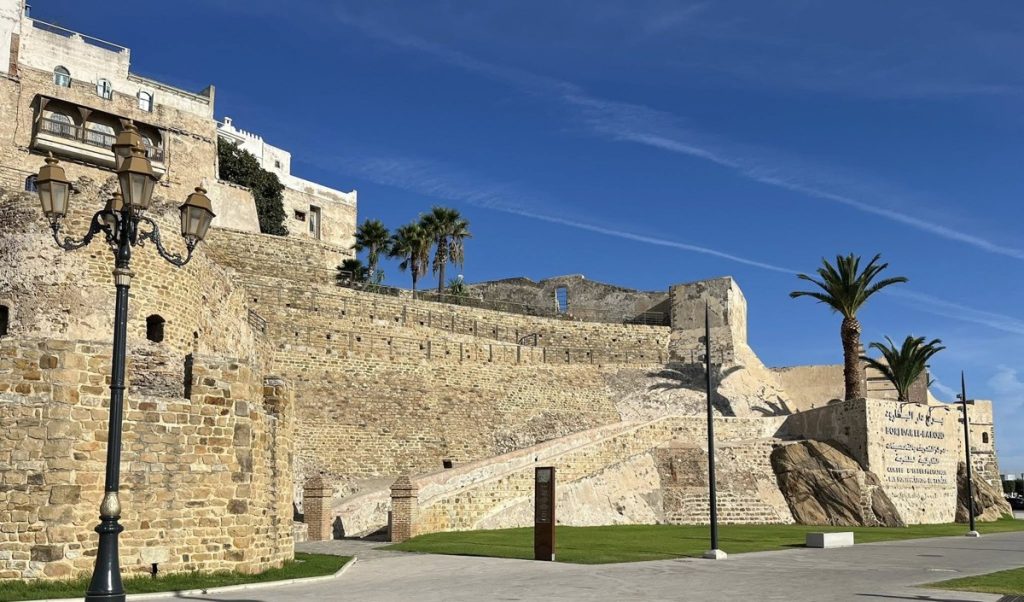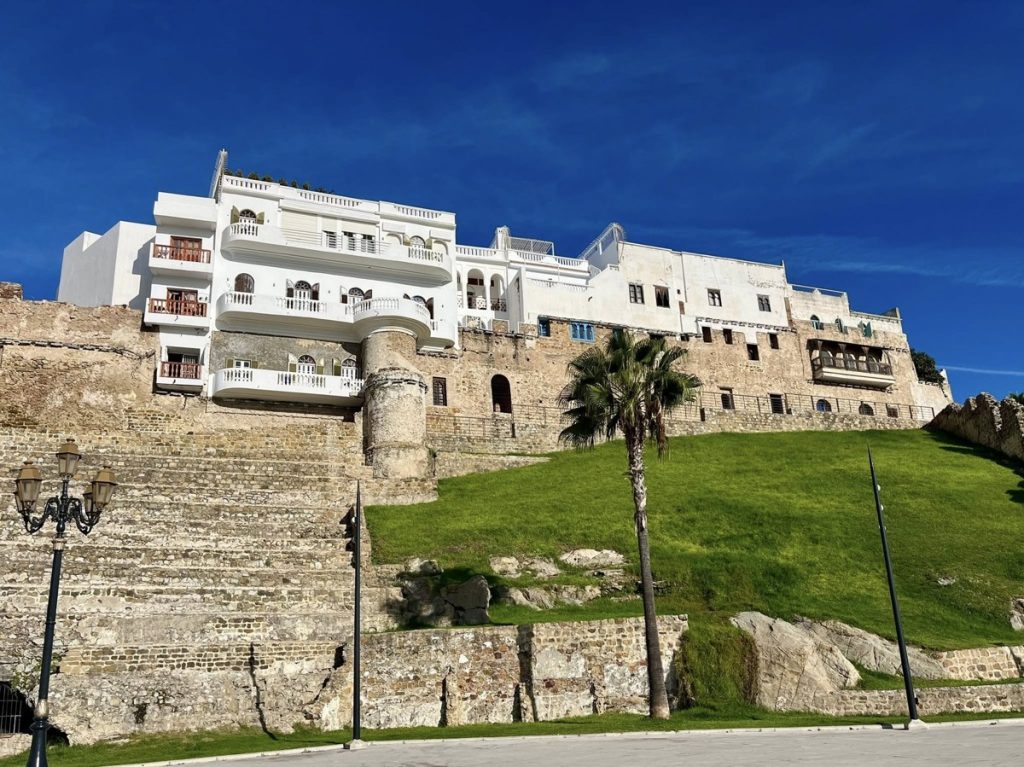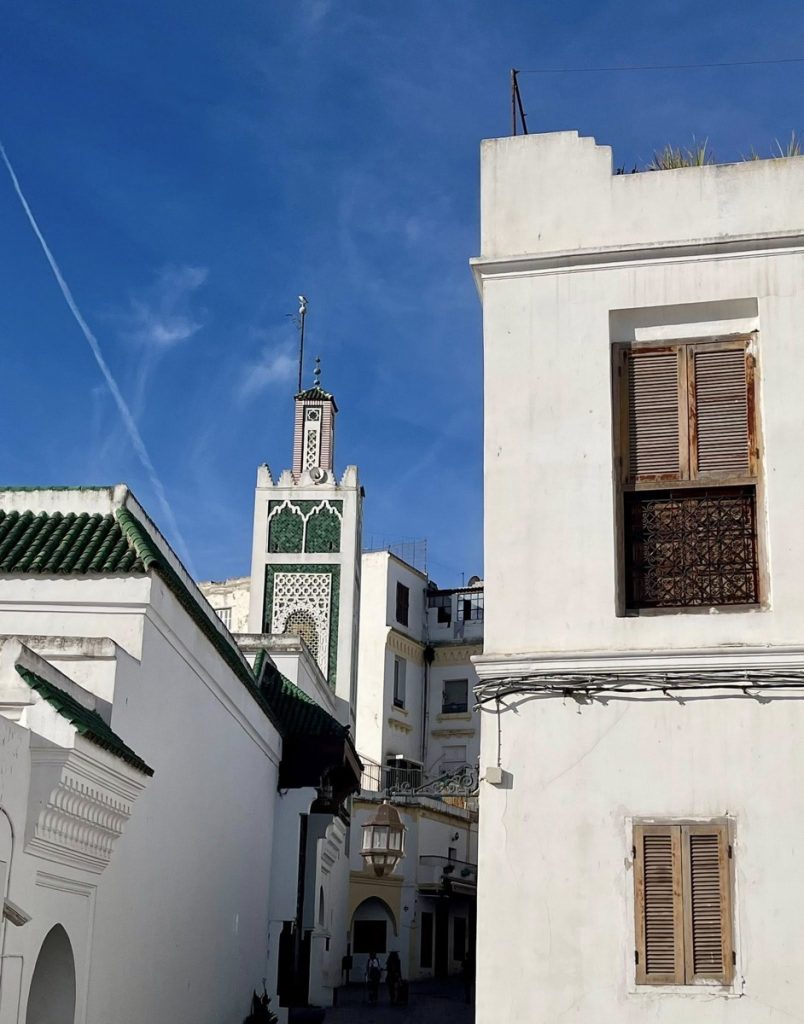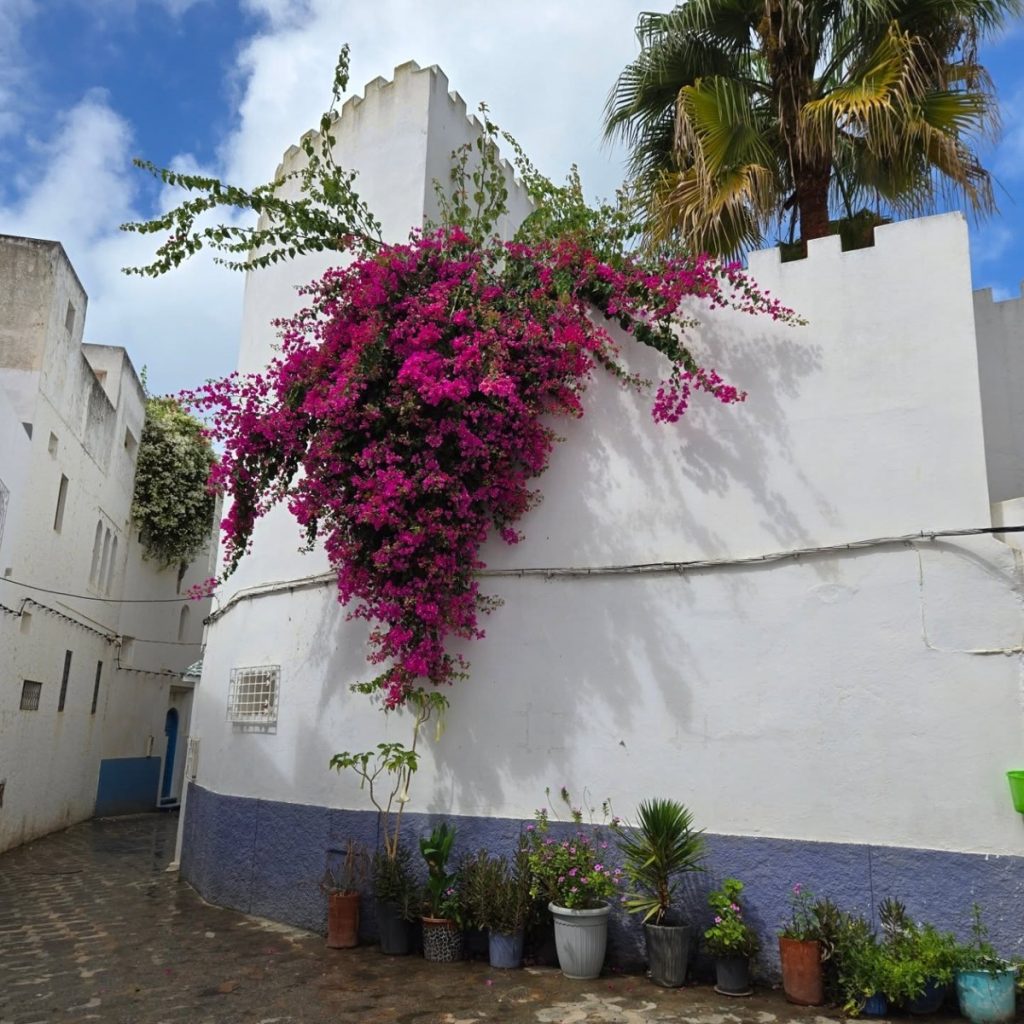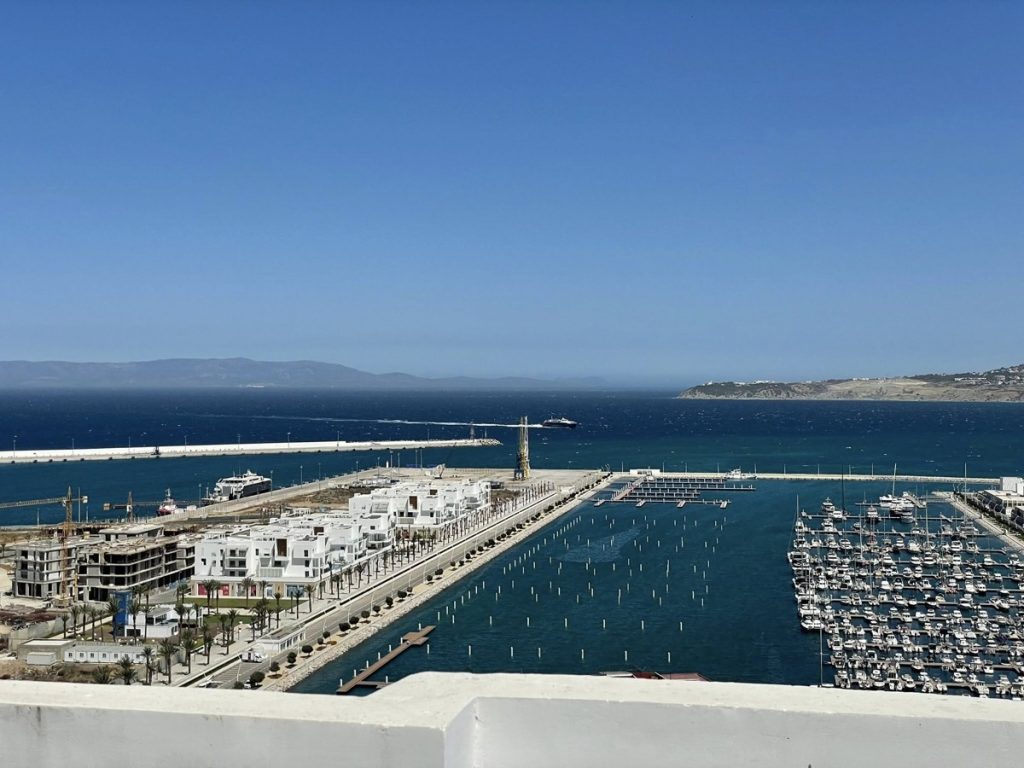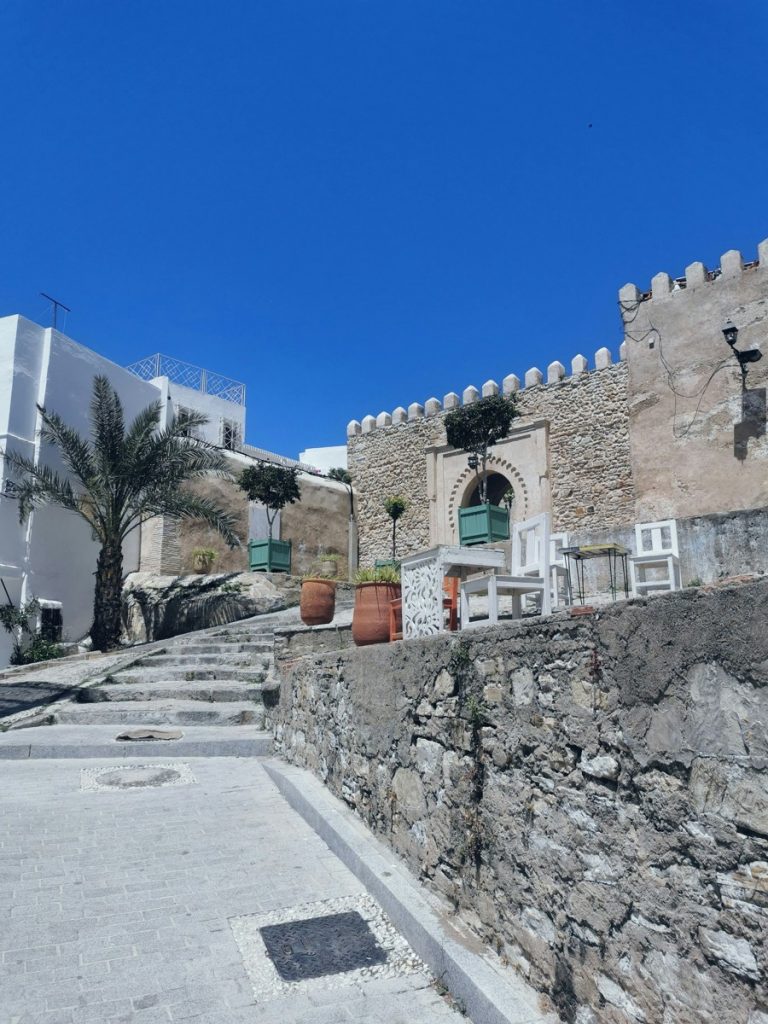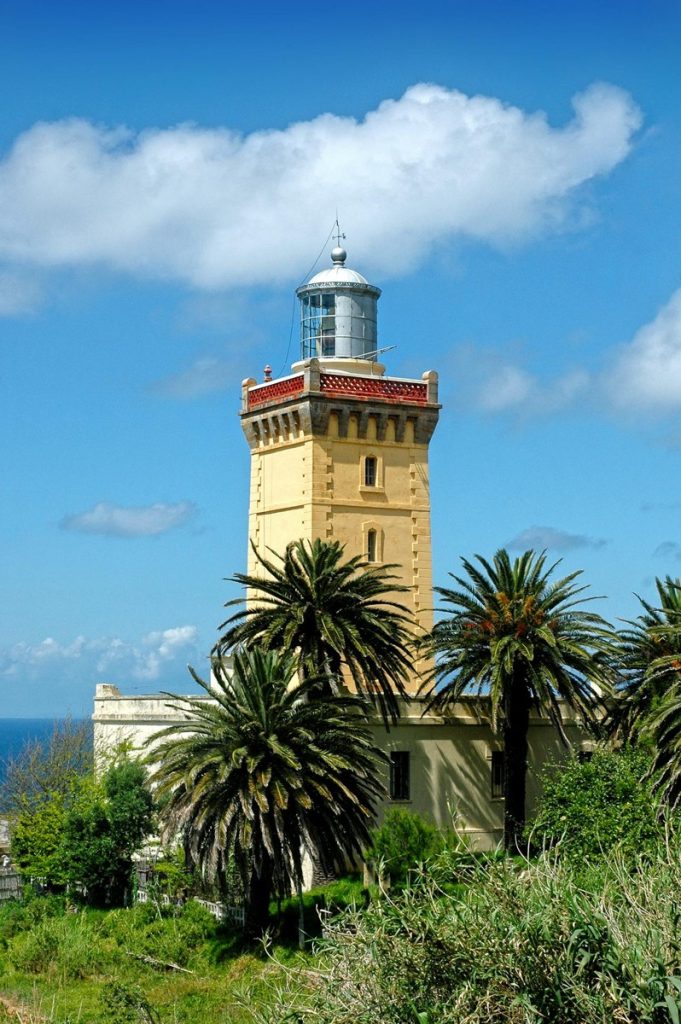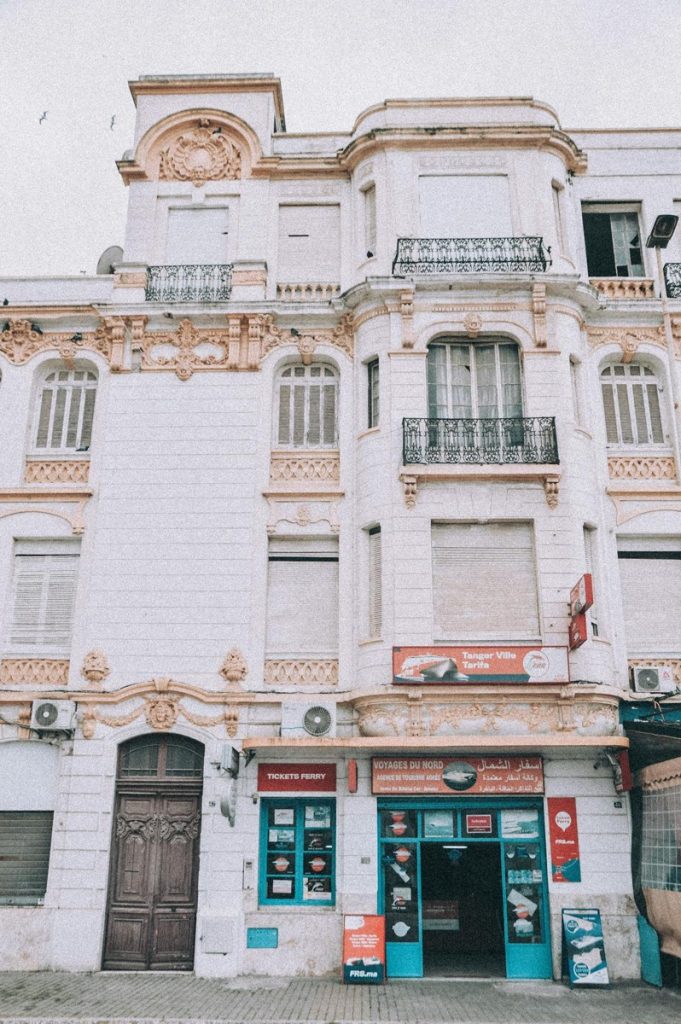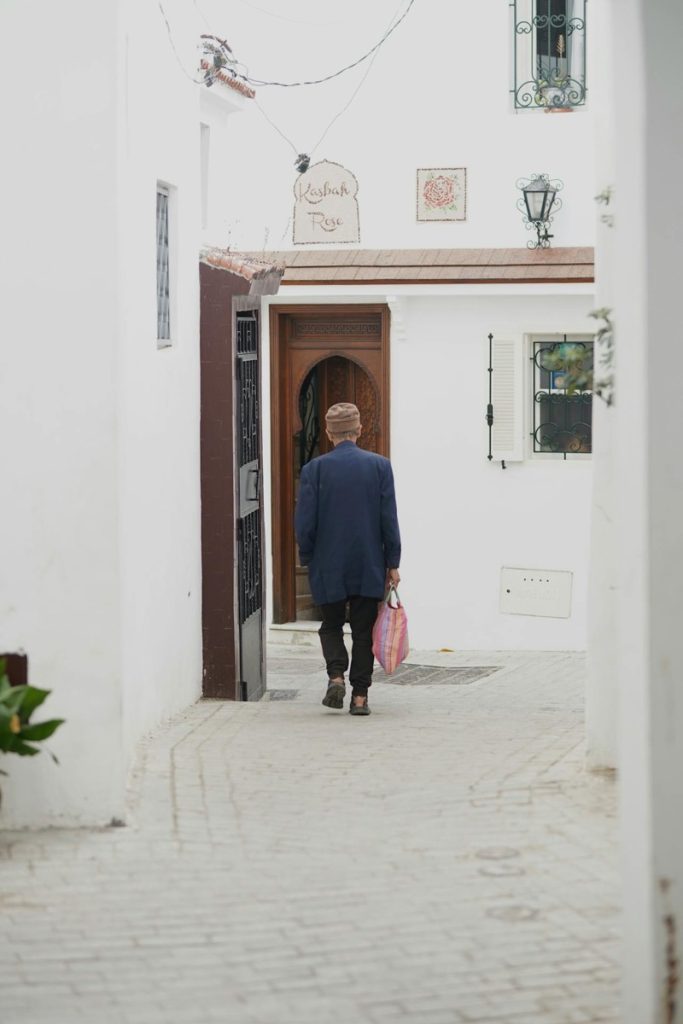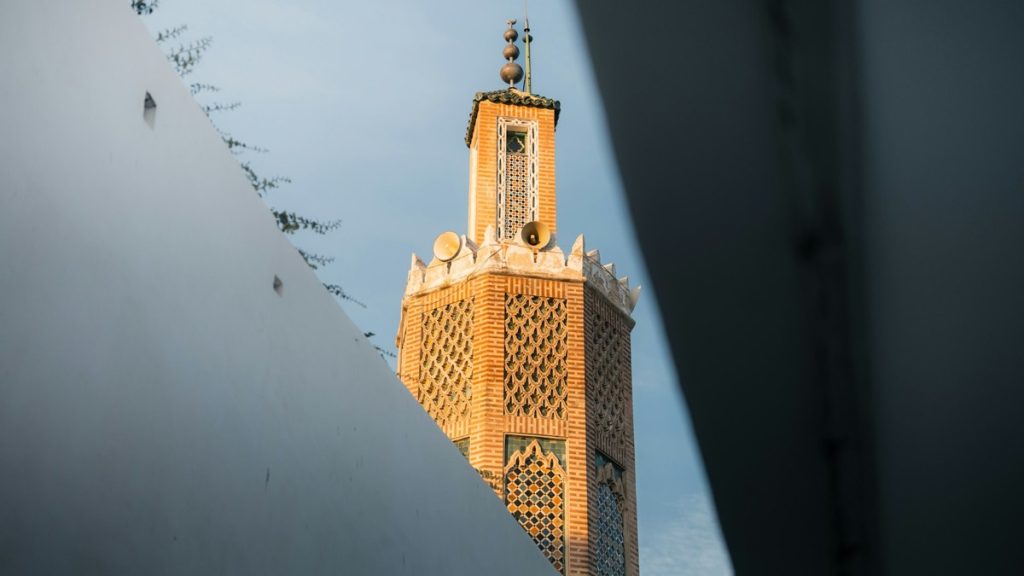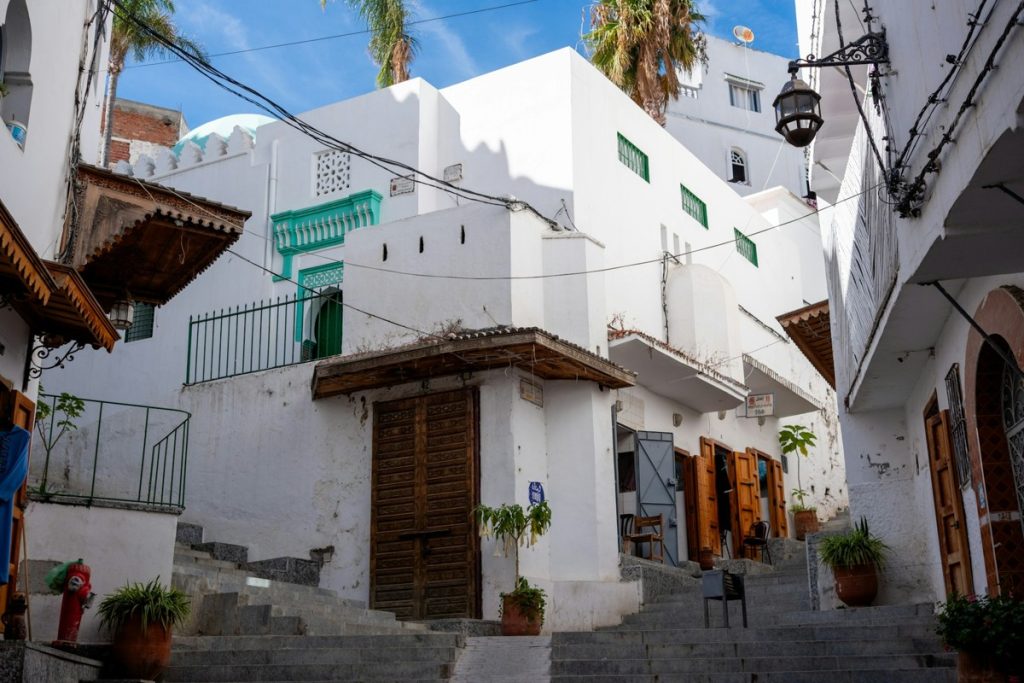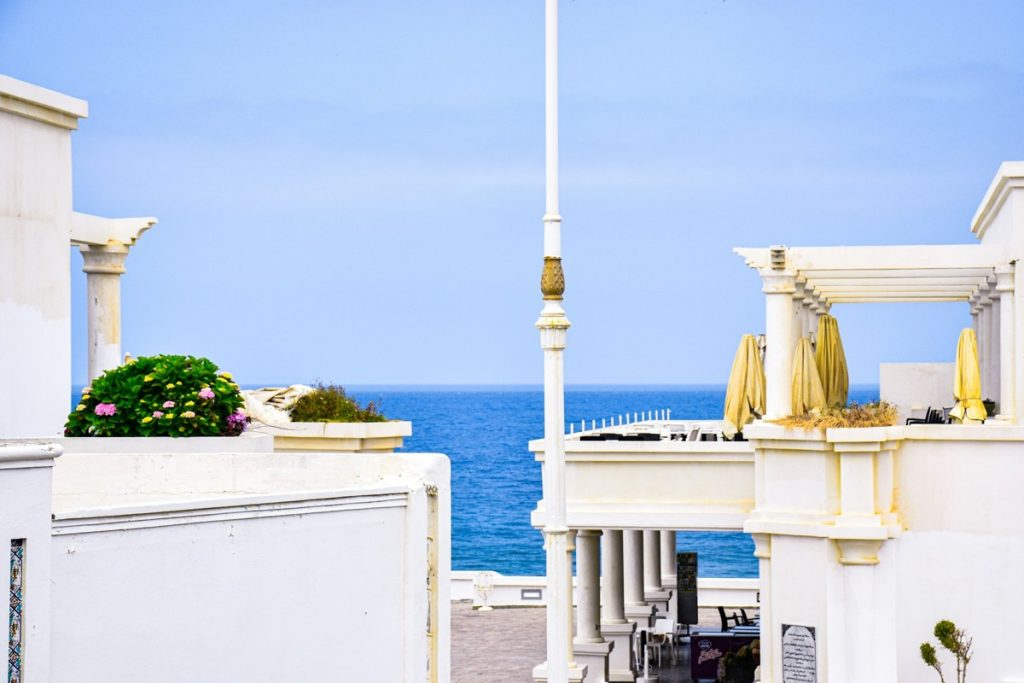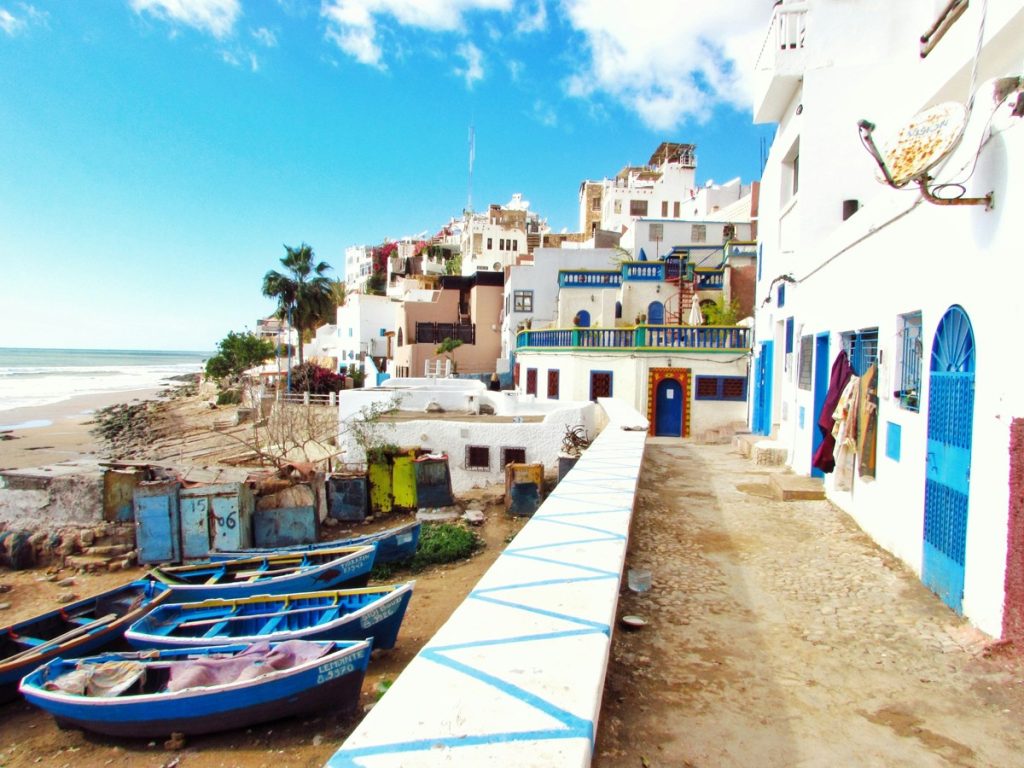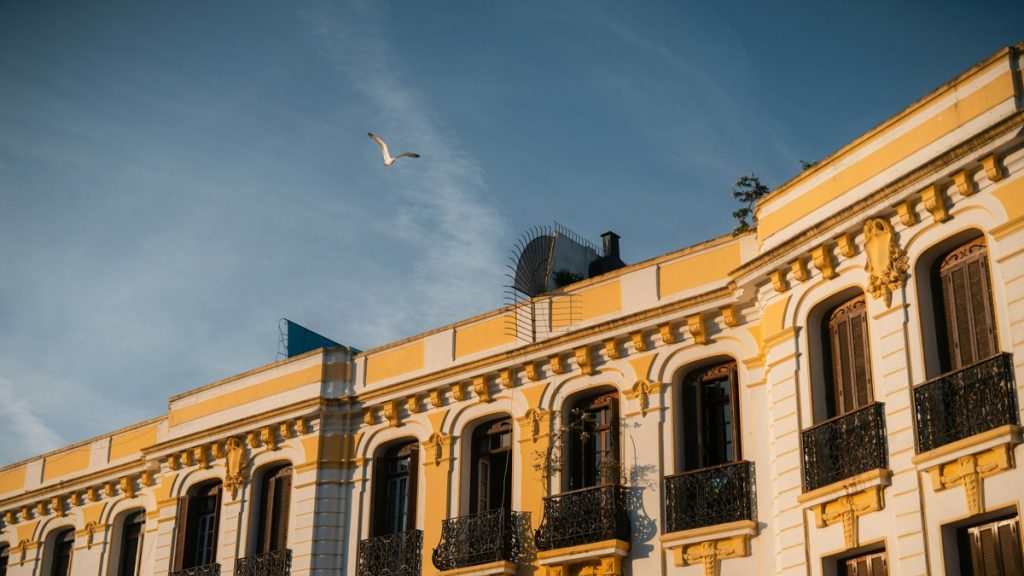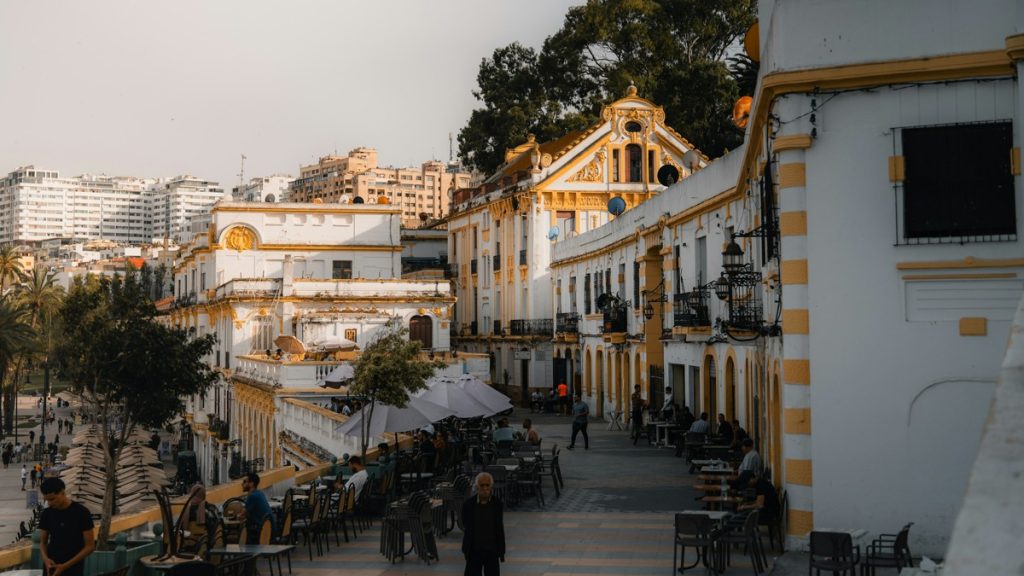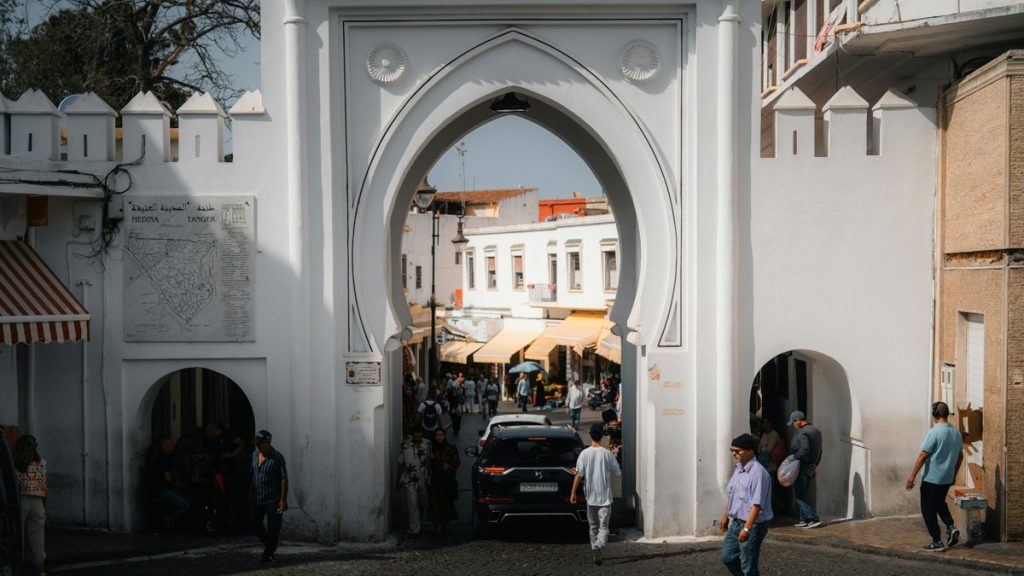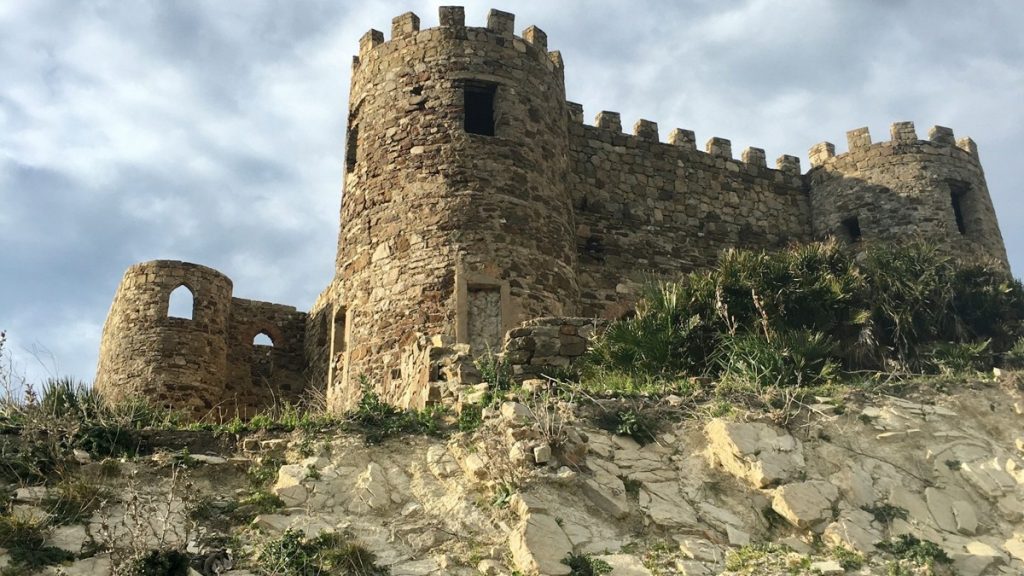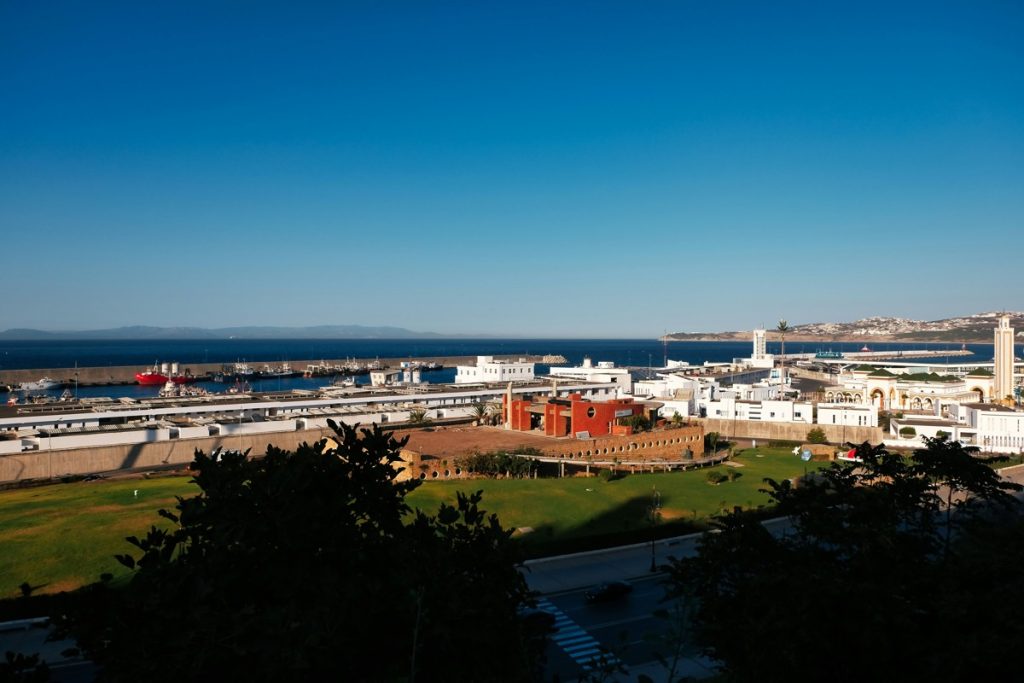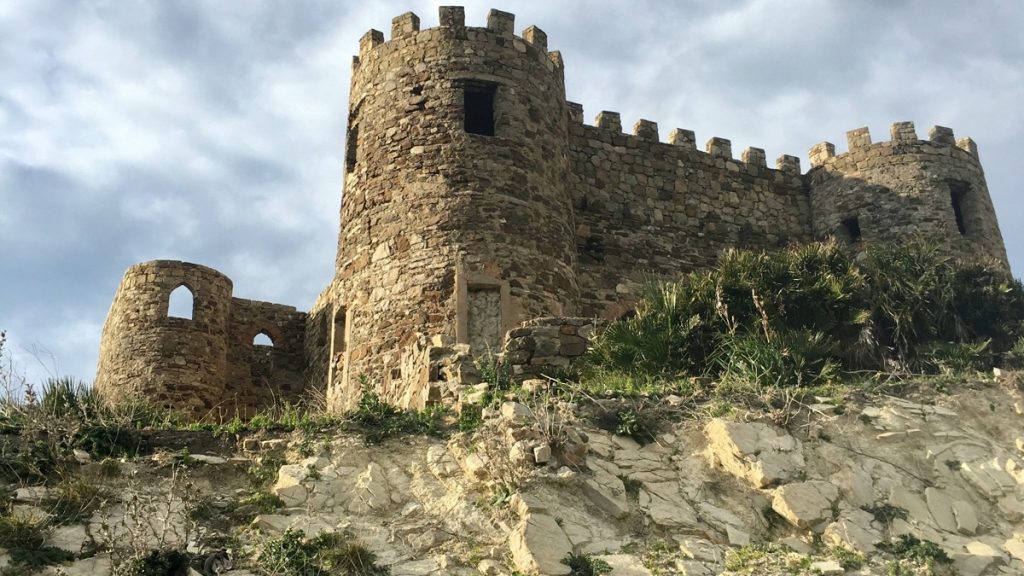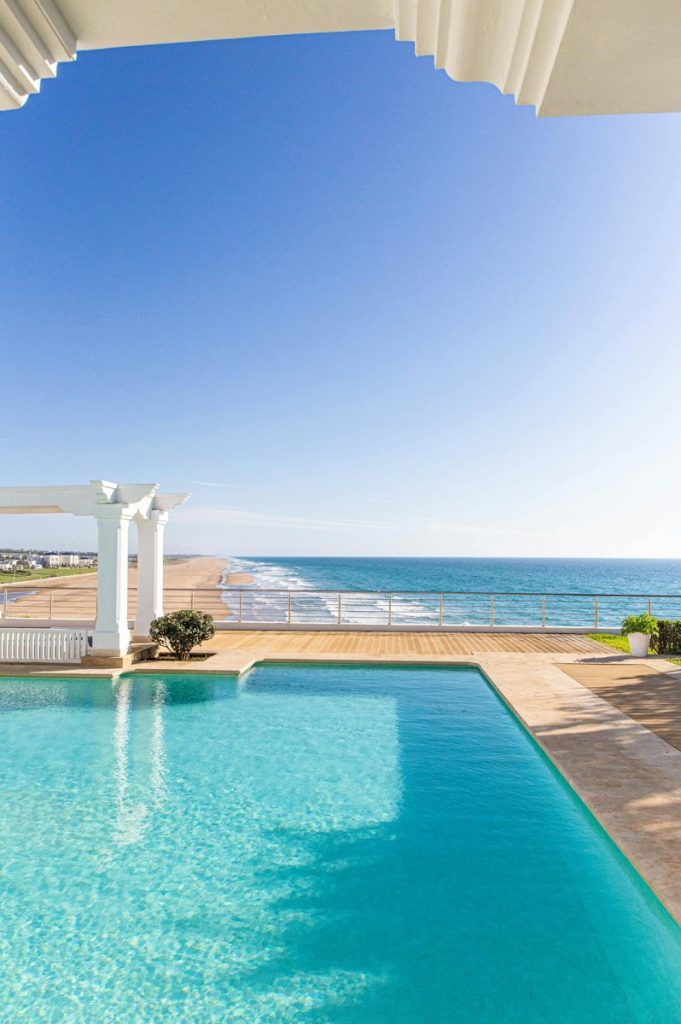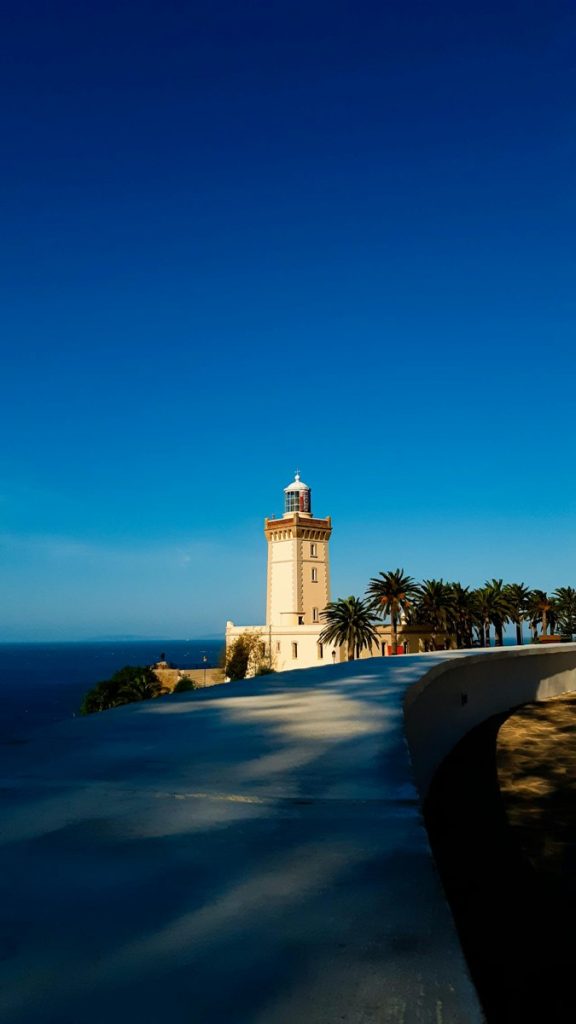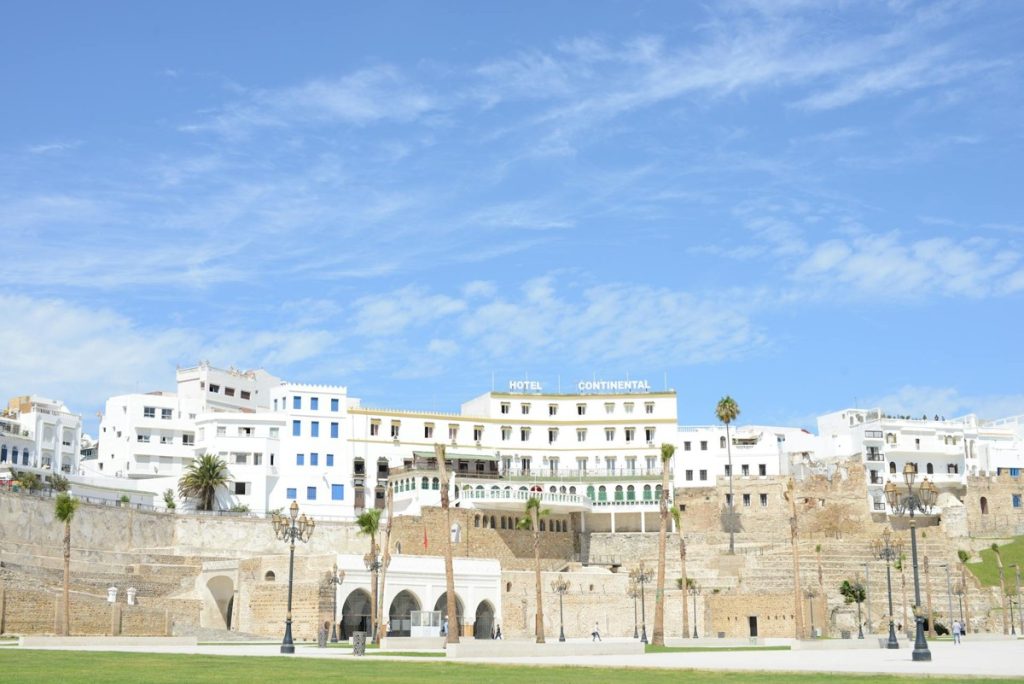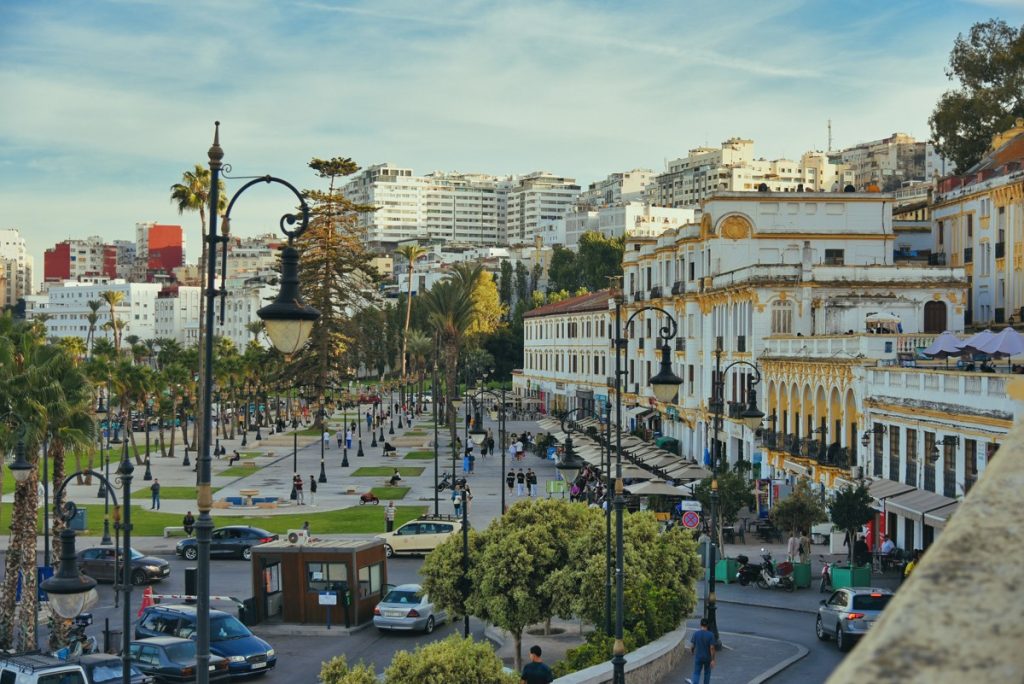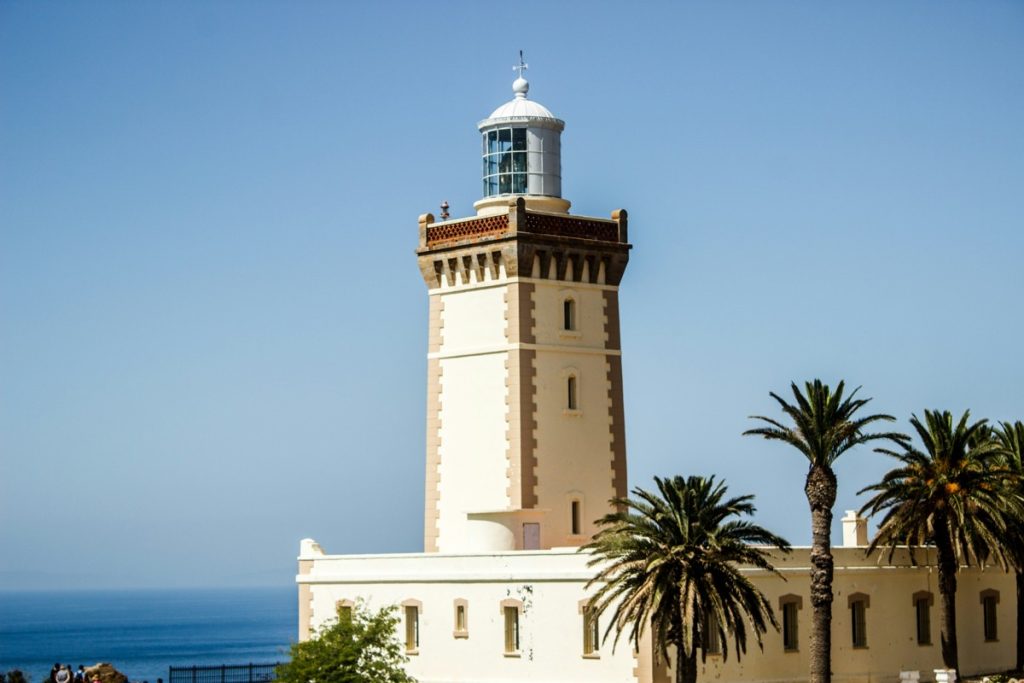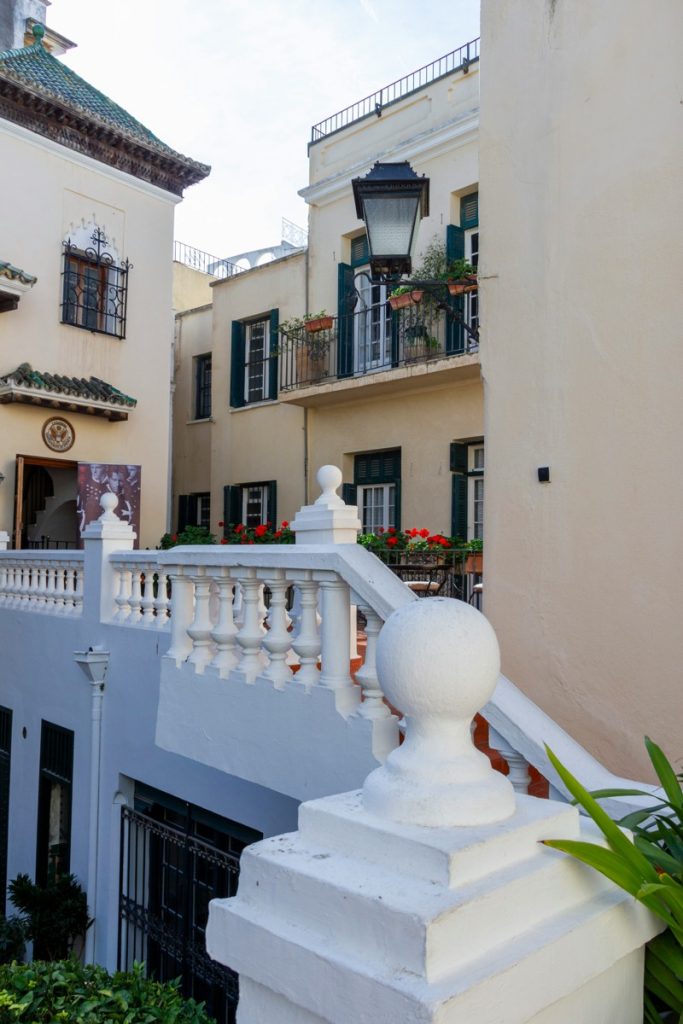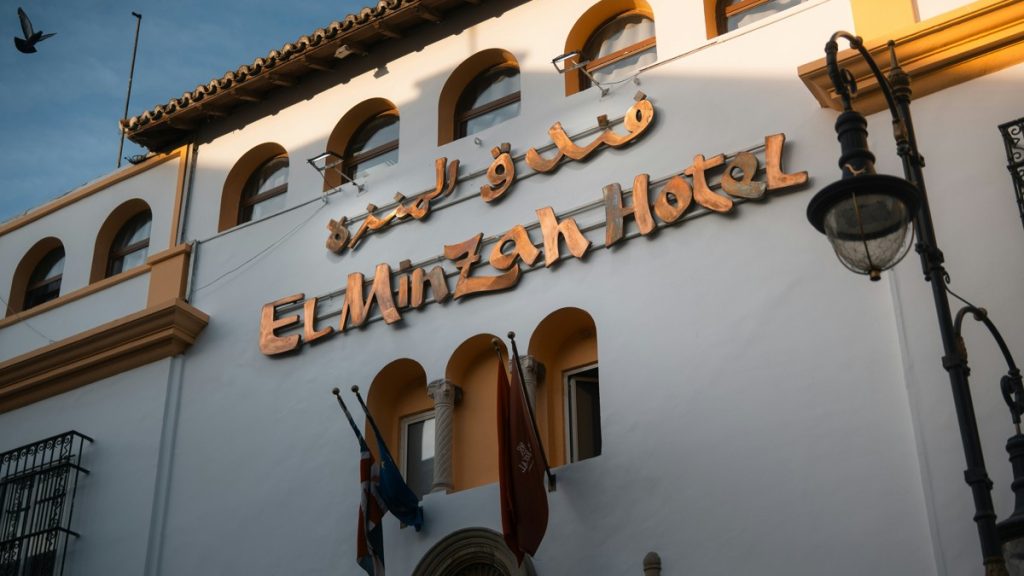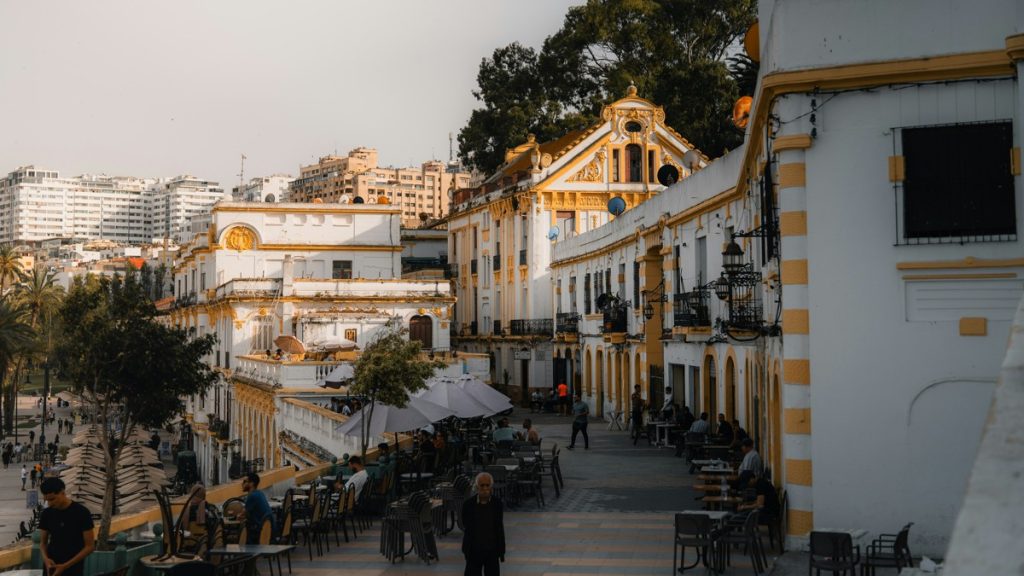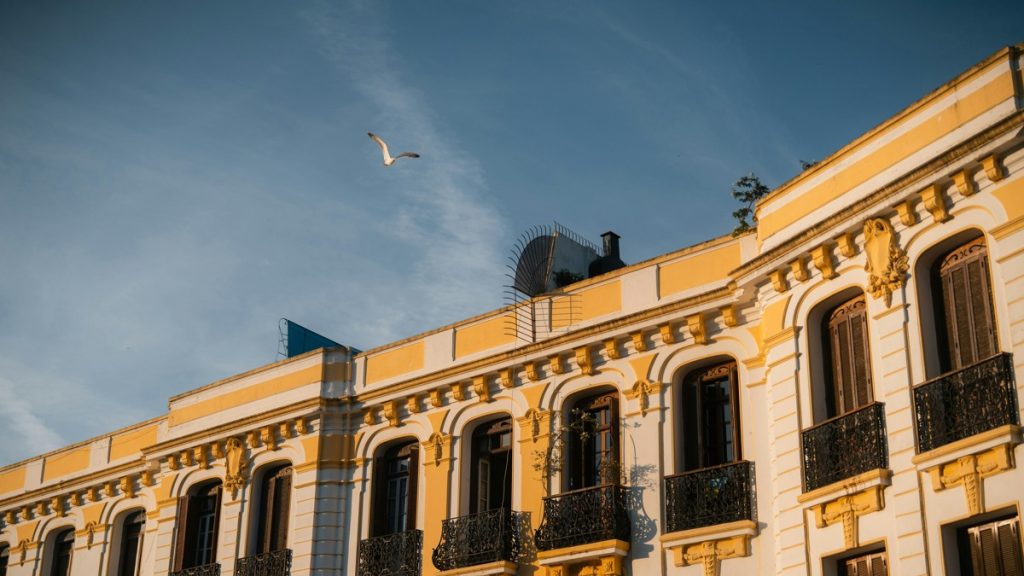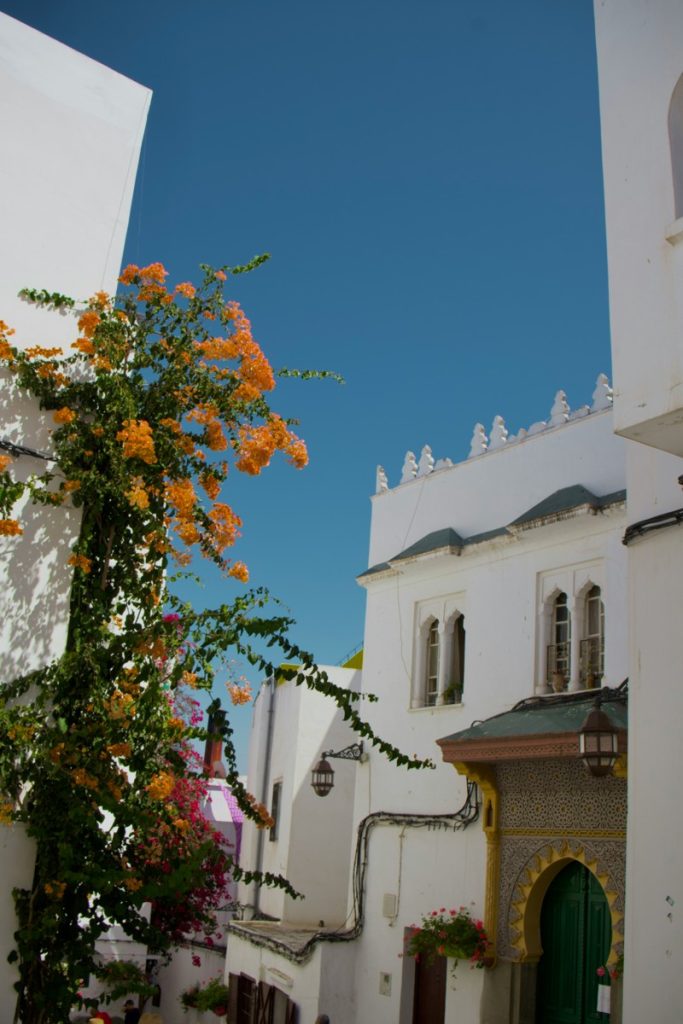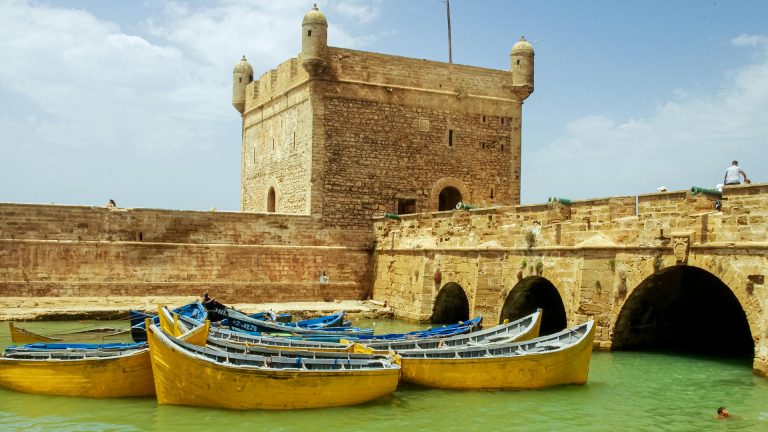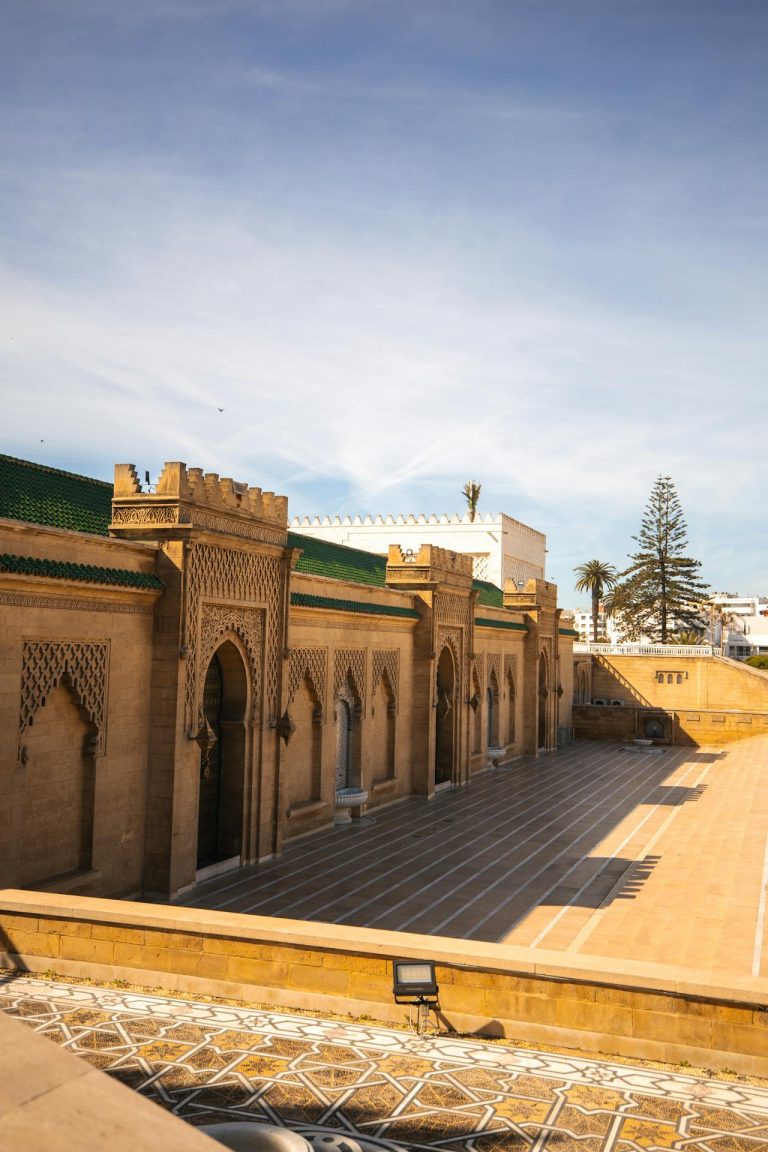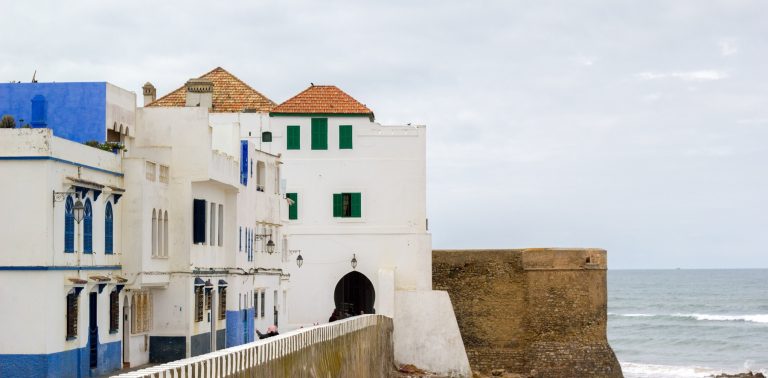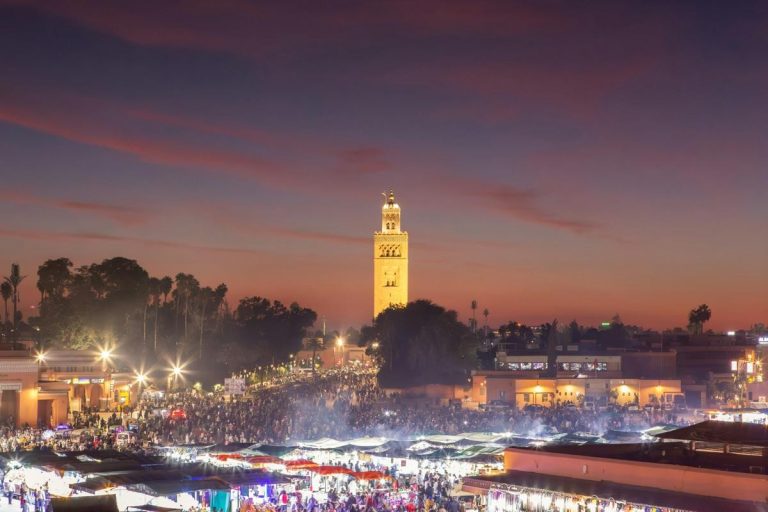Tangier’s Cultural Renaissance: A City Reborn
Tangier’s cultural renaissance wasn’t something I expected to witness so dramatically when I first arrived here fifteen years ago, but standing at the newly renovated Corniche watching the sunset paint the Strait of Gibraltar in impossible shades of amber and rose—well, I realized this city had fundamentally transformed itself. This transformation was not the sanitized, tourist-board version. Something deeper and more authentic was happening in these winding streets where Matisse once set up his easel and Burroughs typed out his fever dreams.
The change swept across this rakish city perched at the northern tip of Africa starting around 2010, though honestly the seeds were planted earlier than that. Heavy investment moved the massive container port out of the city center—a decision that seemed controversial at the time but proved absolutely crucial. Suddenly the waterfront could breathe again. The once-impenetrable Medina, which used to make even seasoned travelers nervous after dark, feels safer now without losing that essential edge that makes Tangier, well, Tangier. The beaches earned their Blue Flags for cleanliness, and in 2018 the Bayfront Corniche underwent a regeneration that somehow managed to preserve its character while making it genuinely pleasant to stroll along.
There has never been a better time to explore Tangier and reconnect with the city that inspired Delacroix, Matisse, and Paul Bowles—where William S. Burroughs wrote Naked Lunch in a haze of questionable substances and even more questionable decisions. You can still try to make sense of the Medina’s impossible geometry, sip mint tea at a rooftop café while contemplating absolutely nothing, stroll along the Corniche as the Atlantic crashes against the seawall, and battle your way up to the 17th-century Kasbah with its magnificent archaeology museum that most visitors somehow miss.
The New Tangier: Where History Meets Contemporary Culture
I remember my first visit to Tangier back in 2009. The city evoked a combination of fascination and a hint of menacing, akin to a captivating stranger who could potentially entice you with a kiss or steal your wallet. The Medina was a labyrinth where even locals sometimes got turned around, and the waterfront was dominated by industrial port operations that blocked the view of the strait. Today, the remarkable transformation remains unabated.
The Kasbah, a meticulously restored old fortress district, is the beating heart of Tangier’s cultural renaissance. The narrow streets still climb steeply from the port and still offer those sudden glimpses of the bay between whitewashed walls, but now there’s a density of galleries, artist studios, and cultural spaces that simply didn’t exist before. The Kasbah Museum of Mediterranean Cultures—housed in the former sultan’s palace—deserves at least half a day of your time. The collection spans Phoenician artifacts, Roman mosaics that’ll make you gasp (seriously, the colors are impossibly vivid after all these centuries), and exhibits on the city’s complex history as an international zone.
Walking through the museum’s gardens, where geometric tile work frames views of the strait, I often encounter young Moroccan artists sketching or simply absorbing the atmosphere. This wasn’t happening fifteen years ago. The cultural confidence is new, or perhaps “renewed” would be more accurate.
The Medina: Still Maze-Like, Now Magnetic
The maze-like Medina of the white city spills down the slope from the Kasbah in the north, granting brief glimpses of the Bay of Tangier through its gorge-like alleys. Market stalls laden with leather goods, carpets, spices, fruit, vegetables, fish, and handmade copper and brass jewelry create a sensory assault—in the best possible way. The sensory assault comes from the aroma of fresh mint mingling with leather and spices, the sound of shopkeepers calling out in Darija, French, Spanish, and occasionally English, and the visual riot of colors from piled textiles and hanging lanterns.
However, it’s in this ancient city, which was once off-limits to tourists after sunset, that you’ll experience the most profound shift in Tangier’s mood. I was walking through Petit Socco recently—that historic square at the Medina’s heart where Phoenicians traded goods two millennia ago—and realized I was surrounded by young Moroccans sipping coffee at the outdoor cafés, mixing freely with European tourists and expat residents. A street musician was playing something that sounded like traditional Gnawa music filtered through modern electronic sensibilities. Nobody seemed particularly fazed by any of it.
The Medina has always been the soul of Tangier, but now it feels like a living, breathing neighborhood rather than an open-air museum or a slightly dangerous adventure. You’ll still become lost—everyone does; it’s practically a rite of passage—but now when you emerge confused onto some unfamiliar alley, the locals are more likely to help than hassle you.
Café Culture and Creative Spaces
Straddling the Medina and the Ville Nouvelle is the Grand Socco, Tangier’s former central marketplace, which has been given a thoughtful facelift and transformed into a transport hub and gathering space. Where there were once storytellers, musicians, and snake charmers, there’s now a landscaped space with palms and little lawns all converging on a grand central fountain. The name Grand Socco itself tells Tangier’s story—it’s a Spanish corruption of “souk,” layers of linguistic history baked into two words.
Cafés line the borders, offering a glimpse into the intersection of new and old Tangier. I spent an entire afternoon at Café de Paris last month, watching the human parade and nursing a pot of mint tea that was periodically refreshed by a waiter who seemed genuinely concerned about my hydration levels. There is no friction as students with laptops, elderly men playing dominoes, tourists consulting maps, and artists with portfolios share the same space.
But if you want to dive deeper into Tangier’s creative renaissance, you need to venture onto the side streets. Cinémathèque de Tanger, opened in 2006 in a restored Art Deco cinema, has become a crucial cultural anchor. They show everything from new Moroccan wave films to restored classics from the city’s cinematic golden age. The surrounding streets have seen an explosion of galleries and artist-run spaces. Galerie Delacroix (the name is no accident) represents contemporary Moroccan artists whose work engages with the city’s complex identity. Atelier 21, run by a collective of young painters and sculptors, opens its doors for exhibitions and workshops.
These aren’t slick commercial galleries—they’re rough-edged spaces where genuine experimentation happens. I’ve seen exhibitions that made me uncomfortable, made me think, and made me reconsider what contemporary Moroccan art could be. That’s what a real cultural renaissance looks like, not just pretty pictures for tourists to photograph.
The Beaches: Blue Flags and Natural Beauty
Between the Caves of Hercules and Cap Spartel lies Achakar Beach, a glorious stretch of public beach that has earned consecutive Blue Flags recently for hygiene, water quality, facilities, and lifeguard provision. But the real headliner is the sheer natural wonder of this long, wide beach facing west and backed by sloping, gravelly cliffs. For breathtaking sunset views, this spot is difficult to beat.
The open Atlantic means the surf can be strong—probably too much for young children—but the waves break a long way out, and there’s a large shallow area where even nervous swimmers can paddle safely with supervision. Moroccan families from Tangier and beyond flock here on summer weekends, a sight I truly adore. You want an authentic beach experience? This is it—complete with the smell of grilled sardines from impromptu beach cookouts and the sound of kids shrieking with joy as they chase retreating waves.
Closer to the city center, the Plage Municipal (Municipal Beach) is hugged by the Corniche—the most convenient place to feel sand between your toes if you’re staying in central Tangier. Indeed, similar to other urban beaches across the globe, the water quality may cause concern, and it will take some time for this beach to receive a Blue Flag designation. But with the recent development of the Corniche, the sand is now well-maintained and genuinely pleasant for sunbathing and people-watching. The camel rides available here are actually—and I checked on this—provided by animals that appear healthy and well cared for, which isn’t always the case at tourist beaches.
Further east, about 10 kilometers from central Tangier near Cabo Negro, you’ll find Dalia Beach on the Mediterranean side of the strait. Held as one of the best beaches in Morocco, Dalia is a complete contrast to Achakar—sheltered, with water in shades of pale blue that look Photoshopped but absolutely aren’t, set against a bowl of rocky hills covered with pines. It’s worth the extra effort to get there.
Cape Spartel and the Caves of Hercules
Up the coast from Achakar Beach, Cap Spartel marks the entrance to the Strait of Gibraltar. This scrub-topped promontory rises more than 300 meters above the ocean, protected by a nature reserve. The lighthouse here has been guiding ships since 1864, and the views—my god, the views. On clear days you can see Spain across the strait, and if you’re lucky enough to be there around sunset, you’ll understand why artists have been obsessed with this coastline for centuries.
The waters off Cap Spartel have witnessed naval battles during the American War of Independence and the Spanish Civil War. The cape is named for the Spartel Bank, an archipelago thought to have been submerged around 9,400 BC—some researchers have even suggested (controversially, very controversially) connections to Atlantis legends. The highest point of the bank now sits 56 meters below the surface, a reminder that coastlines and kingdoms rise and fall.
Just south of Cap Spartel, the Caves of Hercules offer something between a natural wonder and a mythological site. Part natural, part manmade, the cave is steeped in legend. According to the stories, Hercules stayed here while preparing for his 11th labor—stealing the golden apples from the Garden of the Hesperides. Some ancient Greek writers placed that garden a bit further down the Atlantic coast at the ancient city of Lixus. The legend says Hercules had to contend with the Atlas Mountains on his way to the cave, and instead of crossing them, he smashed straight through, creating the Strait of Gibraltar in the process.
The cave opens dramatically to the Atlantic, and the opening is shaped—I’m not making the name up—like the continent of Africa. It’s become something of a cliché in tourism photos, but standing there with the waves crashing through, you understand why people have been drawn to this spot for millennia. During peak season, the site becomes crowded, so I recommend arriving early morning or late afternoon.
Contemporary Art and Cultural Institutions
Tangier’s cultural renaissance isn’t just about restored buildings and cleaned beaches—it’s about unleashing creative energy. The American Legation Museum has transformed from a dusty historical curiosity into a vibrant cultural center, housed in the first American public property outside the United States. Their contemporary art exhibitions bring together Moroccan and international artists, and their library and archives are invaluable resources for researchers exploring Tangier’s role as a cultural crossroads.
The Mohammed VI Museum of Modern and Contemporary Art is a big investment by the National Foundation of Museums to make modern art more available. The permanent collection includes works by major Moroccan artists—Ahmed Cherkaoui’s spiritual abstractions, Mohamed Melehi’s geometric precision, and Hassan El Glaoui’s bold expressionism. But what excites me more are the temporary exhibitions showcasing emerging artists who are pushing boundaries and asking difficult questions about identity, modernity, and Morocco’s place in the world.
I spent a morning there recently looking at an exhibition exploring gender and public space through photography and video installation. It was challenging, occasionally uncomfortable, and absolutely necessary work. A group of art students from Tétouan were having an animated discussion in front of one piece, gesturing and arguing and clearly engaged. That’s what healthy cultural discourse looks like.
Music and Performance
Tangier’s musical heritage runs deep, from the Andalusian classical traditions brought by refugees from Al-Andalus in the 15th century to the trance-inducing sounds of Gnawa spiritual music to the Master Musicians of Jajouka in the nearby Rif Mountains. William Burroughs called them “a 4,000-year-old rock and roll band,” and while that might be romantic exaggeration, their musical lineage is genuinely ancient.
Tangier’s music scene today mixes all of these styles with modern ones from around the world. Every September, the Tanjazz festival brings jazz musicians from all over the world to venues all over the city, from big concert halls to small clubs. But what I love even more are the impromptu sessions that happen in cafés and private homes—a mix of traditional instruments like the oud and guembri with electric guitars and synthesizers, creating something that’s distinctly Tangerine.
The re The magnificent Art Deco theater, the Gran Teatro Cervantes, has been slowly reviving after decades of ruin. Restoration has been complicated—structural issues, funding challenges, debates about how to balance historical preservation with modern functionality. But even in its current state of partial restoration, it hosts performances and serves as a powerful symbol of Tangier’s commitment to cultural heritage.
The Corniche: Where the City Meets the Sea
The Corniche de Tanger bends around the entire Bay of Tangier from Marshan Beach in the west to Cabo Negro in the east. The section that most people associate with the Corniche runs between the new tourist port and Villa Harris, encompassing the beaches at Plage Municipal and Plage Malabata to the east. Numerous restaurants and cafés, each with its unique character and clientele, trace the Corniche.
The promenade dates to the 19th century but has been utterly transformed in the 2000s with smooth paving, geometric lawns, clusters of palms, and benches positioned to maximize sunset views. On weekend evenings it becomes a parade ground—families strolling, couples holding hands, teenagers showing off on skateboards, and vendors selling roasted nuts and fresh-squeezed orange juice.
I walk the Corniche several times a week, and I’ve watched it evolve from a somewhat tired waterfront into a genuinely world-class public space. The lighting at night creates this magical atmosphere, and there’s a mixing of social classes and backgrounds that you don’t always see in Moroccan cities. Wealthy families from the Marshan neighborhood share the space with working-class kids from the Medina, and expats jog past elderly men fishing off the seawall. It’s democratic in the best sense.
Parc Perdicaris: Urban Wilderness
On the road to Cap Spartel, you’ll pass along the southern edge of Parc Perdicaris, a blissful coastal forest adding up to almost 70 hectares on the western edge of the city. It’s named after Ion Perdicaris, a Greek-American consul and playboy whose kidnapping in 1904 triggered an international crisis. The response to the “Perdicaris Affair” by Theodore Roosevelt—he sent battleships and demanded “Perdicaris alive or Raisuli dead”—is thought to have helped him win the election that year. History is weird.
The park itself is a network of trails winding through Mediterranean pine and eucalyptus forest, with occasional dramatic views out to the Atlantic. It’s popular with joggers and families, and there’s something wonderful about being able to escape into genuine nature just minutes from the city center. I’ve seen wild boar here early morning (keep your distance), and the birdwatching is surprisingly good—everything from common bulbuls to the occasional Eleonora’s falcon riding the updrafts.
There’s a modest entry fee that helps fund maintenance, and while the facilities are basic, the park is well-kept. Bring water, wear decent walking shoes, and don’t expect much shade on the more exposed trails. But for a few hours of peace and actual wilderness, it’s perfect.
The Food Scene: Beyond Tagines
Tangier’s culinary landscape reflects its history as a crossroads—you’ll find influences from Berber mountain traditions, Andalusian sophistication, French colonial cuisine, and Spanish tapas culture all mingling together. The Medina is packed with tiny restaurants serving traditional Moroccan dishes, but I’m going to point you toward some less obvious choices.
Near the Grand Socco, Restaurant Populaire (locals call it various names—Saveur de Poisson, Popeyes, or the fish place) serves some of the best tagine in the city. The owner, Mohamed Belhaj, sources ingredients from his native Rif Mountains, and he’s obsessive about his herb blends. The back room is dedicated to sorting and drying various herbs, which he mixes according to a secret recipe he claims has all sorts of healthful benefits. I’m skeptical about the claimed medicinal properties, but the food is undeniably excellent.
Everything starts with fresh olives when they’re in season, roasted walnuts, warm bread, and this incredible pulpy purée of figs, raisins, strawberries, and Muhammad’s herbal blend. Then come the tagines—baby shark, calamari, and monkfish with fresh mountain spinach, slowly cooked over charcoal. Or a whole turbot brushed with olive oil, salt, pepper, and coriander, then grilled perfectly. It’s rustic, authentic, reasonably priced (you’ll eat very well for about 200 dirhams), and full of locals rather than tour groups.
For something more upscale, El Morocco Club in a restored mansion near the Kasbah serves contemporary interpretations of Moroccan classics in a stunning setting. The bastilla—traditionally made with pigeon, here offered with either pigeon or chicken—has that perfect balance of sweet and savory, with the warqa pastry impossibly thin and crispy. Their wine list features excellent Moroccan wines from the Meknes region that most visitors don’t even realize exist.
But honestly? Some of my best meals in Tangier have been from street vendors. The man selling Spanish tortilla-style omelets near Café Baba, who sets up around midnight, is perfectly positioned to catch people emerging from the café with the munchies. The grilled sardines at Achakar Beach are sold by vendors who’ve been working the same spot for decades. The fresh goat cheese wrapped in palm leaves at the Grand Socco market, eaten with flatbread while sitting on the fountain’s edge watching the morning unfold.
Living Culture, Not Museum Piece
The most striking aspect of Tangier’s cultural renaissance is its lack of external imposition or deliberate production for tourists. Yes, there’s been government investment and royal attention—King Mohammed VI clearly sees Tangier as crucial to Morocco’s economic and cultural future. But the energy driving the transformation comes from Moroccans themselves, particularly young Moroccans who are claiming their city’s cosmopolitan heritage while creating something distinctly contemporary.
I consider Oatman Nosaere, who runs an urban culture magazine documenting Tangier’s artistic and musical scenes. The collective running Atelier 21, which creates a space for experimental art that challenges conventions, is another example. The young chef I met who’s developing a fusion cuisine that honors traditional Moroccan flavors while incorporating techniques from his time training in Paris. These aren’t people trying to recreate the romantic bohemia of the Paul Bowles era—they’re building something new while respecting what came before.
The challenge is maintaining this delicate balance as investment increases and more tourists discover (or rediscover) Tangier. Real estate prices in the Kasbah and Medina have risen dramatically. Some longtime expat residents complain that the city is losing its edge, becoming too safe and sanitized. Young Moroccan artists, on the other hand, are concerned about their exclusion from the neighborhoods where they have been fostering community and culture.
These tensions aren’t unique to Tangier, obviously. Every city that experiences renaissance and gentrification faces them. But there’s something about Tangier—maybe it’s that centuries-old identity as an international zone, a place where different worlds overlap and influence each other—that gives me hope it might navigate these challenges better than most.
Practical Matters: Getting Around and Staying Safe
Explore Tangier on foot as much as possible—the city reveals itself slowly, in layers, and you’ll miss crucial details if you’re always in a taxi. That said, the petit taxis (blue in Tangier) are cheap and convenient for longer distances. Please ensure that the driver uses the meter or that you agree on a price before departing. From the city center to Cap Spartel, it should cost around 150-200 dirhams for a round trip with waiting time.
The city is dramatically safer than it was fifteen years ago, but you should still exercise normal urban caution. Keep valuables secure, be aware of your surroundings, and if a situation feels wrong, trust your instincts. The Medina is generally safe now even after dark, but stick to more trafficked areas if you’re alone. Solo women travelers should expect some attention but generally report feeling safe with sensible precautions.
Getting to Tangier is easier than ever. The Ibn Battouta Airport has expanded significantly with connections to major European cities and other Moroccan destinations. The high-speed train from Casablanca takes just over two hours and is comfortable and reliable. Alternatively, you can take the ferry from Tarifa, Spain, which takes just 35 minutes to cross the strait; however, be sure to allow extra time for immigration procedures.
Where to Stay: From Riads to Boutique Hotels
Top Hotels/Riads/Hostels in Tangier
La Maison Blanche (Luxury)—This restored 1930s mansion in the Marshan neighborhood is pure elegance without pretension. Nine individually designed suites, a spectacular rooftop terrace overlooking the bay, and service that feels genuinely personal rather than corporate. The owner, Marie-Claire, has impeccable taste and can arrange everything from private cooking classes to introductions to local artists. Expect to pay around 2,000 dirhams per night, worth every dirham.
Dar Nour (Luxury)—Located in the heart of the Kasbah, this restored 17th-century house has been transformed into a stunning seven-room riad. The courtyard with its fountain and orange trees feels like a secret oasis, and the rooftop views across the Medina to the strait are spectacular. The owner, a French architect, obsessed over every detail during the restoration. Around 1,800 dirhams per night, including an excellent breakfast.
El Minzah Hotel (Upper Mid-Range)— This historic hotel has been hosting everyone from Winston Churchill to Aristotle Onassis since 1930. It’s been renovated recently but retains its old-world charm with Art Deco details and traditional Moroccan tilework. The garden bar is perfect for evening drinks, and the location between the Medina and Ville Nouvelle is ideal. Rooms from 1,200 dirhams.
Nord-Pinus Tanger (Upper Mid-Range)— This hotel, part of the small Nord-Pinus group, is located in an Art Deco building near the Grand Socco and manages to feel both stylish and unpretentious. The rooms are relatively compact but beautifully designed, and the rooftop bar has become a gathering place for Tangier’s creative crowd. From 900 dirhams per night.
Pension Tanger (Budget)—Don’t let the dated exterior fool you—this family-run pension near the Medina offers clean, simple rooms and genuinely warm hospitality. The grandmother who runs the place has been hosting travelers for forty years and knows everyone and everything. No luxury here, but immaculate and authentic. Around 250 dirhams per night.
Riad Tanja (Mid-Range) – Located just inside the Medina walls, this charming restored townhouse offers traditional riad living at reasonable prices. The six rooms surround a beautiful courtyard, and the rooftop terrace is perfect for morning coffee or evening wine. The young Moroccan couple who own it are helpful without being intrusive. Rooms from 500 dirhams.
Hotel Continental (Mid-Range/Historic)— This wonderfully eccentric hotel overlooking the port has barely changed since opening in 1870. It’s where Bertolucci filmed scenes from “The Sheltering Sky,” and you can feel the history in every creaky floorboard. The rooms vary wildly in quality—ask to see yours before committing. However, the combination of the period atmosphere and the waterfront terrace restaurant makes staying here worthwhile. From 400 dirhams per night.
Dar Souran (Luxury)—A contemporary riad in the Kasbah that proves traditional Moroccan architecture can accommodate modern design sensibilities. Floor-to-ceiling windows frame views of the strait, the heated plunge pool is perfect after a day exploring, and the owner’s collection of contemporary Moroccan art is museum-quality. Around 1,600 dirhams per night.
Where to Eat: Beyond Tourist Traps
Top 5 Restaurants to Try
Saveur de Poisson—As mentioned earlier, this is where locals go for exceptional fish tagine and traditional Moroccan seafood preparations. The atmosphere is utterly authentic—basic tables, no frills, all the focus on the food. Mohamed’s herb-spiced pulp served before the meal is legendary. Don’t expect menus or English-speaking staff; just point at what looks good. Must-try: the mixed fish tagine with mountain spinach. Around 150-200 dirhams per person.
El Morocco Club—For a special dinner, this restored mansion near the Kasbah serves refined Moroccan cuisine in an atmosphere of candlelit elegance without stuffiness. The service is professional but friendly, and they’re excellent at explaining dishes and ingredients. The wine list showcases Moroccan vintages that surprise most visitors. Must-try: their signature bastilla, either traditional pigeon or the chicken version. Expect 400-500 dirhams per person with wine.
Le Nabab cultural renaissance— A Tangier institution since 1954, this restaurant in the Marshan neighborhood serves classic French-Moroccan fusion in an elegant setting. The grilled fish is simple but perfectly executed, and their take on mechoui (slow-roasted lamb) is exceptional. The atmosphere feels old-school sophisticated—linen tablecloths and formal service, but not stuffy. Must-try: the lamb shoulder with caramelized onions and prunes. Around 350 dirhams per person.
Anna & Paolo—An Italian-Moroccan couple runs this intimate restaurant near the American Legation Museum, serving creative cuisine that draws from both traditions. Fresh pasta made daily, local seafood, and vegetables from their garden outside the city. The portions are generous, the atmosphere convivial, and they genuinely care about every diner’s experience. Must-try: whatever pasta special they’re offering that day; it’s always excellent. Around 250 dirhams per person.
Café Hafa—Technically a café rather than a restaurant, but the experience of sitting on the clifftop terraces overlooking the strait while drinking mint tea (the only thing they serve besides Moroccan coffee) is absolutely essential. Opened in 1921, it’s been hosting everyone from the Rolling Stones to random backpackers ever since. Go in the late afternoon to watch the sun set over the Atlantic. Must-try: mint tea, obviously. The cost per pot is approximately 10 dirhams.
The Future of Tangier’s Cultural Scene
Recently, I stood on the Kasbah walls at sunset, watching the light change across the strait and the city spread out below, and I thought about trajectories and transformations. Tangier’s cultural renaissance isn’t complete—cultural renaissances never really are; they just keep evolving or occasionally regressing. But the momentum feels genuine and sustainable, unlike manufactured tourism developments.
The test will come as more investment pours in, as more tourists discover the city, and as real estate prices continue rising. Can Tangier maintain its essential character—that slightly dangerous edge, that cultural mixing and tolerance, that space for artists and writers and misfits—while also becoming more prosperous and stable? I don’t know. Nobody knows.
But I’m cautiously optimistic, partly because the people driving this renaissance are predominantly Moroccans who have a stake in getting it right. They’re not trying to recreate Paul Bowles’s Tangier or the International Zone of the 1940s. They’re building something new that acknowledges and incorporates that history while moving forward.
The writers and artists who made Tangier famous in the 20th century came here looking for freedom from constraints—sexual, creative, pharmacological, or whatever. The city gave them space to experiment and create. Today’s generation of Moroccan artists and entrepreneurs are claiming that same freedom, but they’re doing it as Moroccans in Morocco, not as expats living apart from the local culture.
That’s the real renaissance—not restored buildings or Blue Flag beaches or boutique hotels, though those are nice. It’s cultural confidence. Young Moroccans are creating modern art, music, and literature that relates to their lives and the world. It’s a city that can remember its complicated past, including the good, the bad, the libertine, and the colonial, while also working toward a future that is truly open and creative.
Come to Tangier now, while the balance still holds between authenticity and development, between edge and comfort. Walk the Medina as afternoon shadows lengthen and merchants begin closing their stalls. Sit at Café Hafa as the sun sets over the Atlantic and understand why artists have been obsessed with this light for centuries. Explore Tangier with open eyes and an open mind, and you’ll discover a city in the midst of genuine cultural rebirth.
The magic is still here. It just wears different clothes now, speaks multiple languages, and somehow contains all its contradictory pasts while reaching toward uncertain but promising futures. That’s always been Tangier’s gift—the ability to be many things simultaneously, to accommodate dreamers and pragmatists, tradition and innovation, East and West, and everywhere in between.
And if you listen carefully in the evening, when the call to prayer echoes across the Medina and the cafés begin filling with after-work crowds and the smell of grilling fish drifts up from the port, you can still hear the heartbeat of the city that inspired so many before you. The beat goes on, just in different rhythms now. Perhaps the rhythms have changed to better ones.

